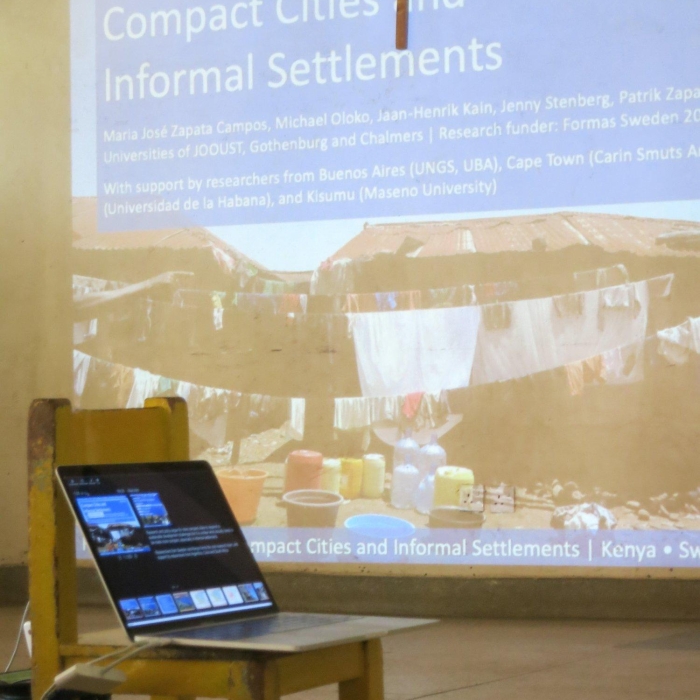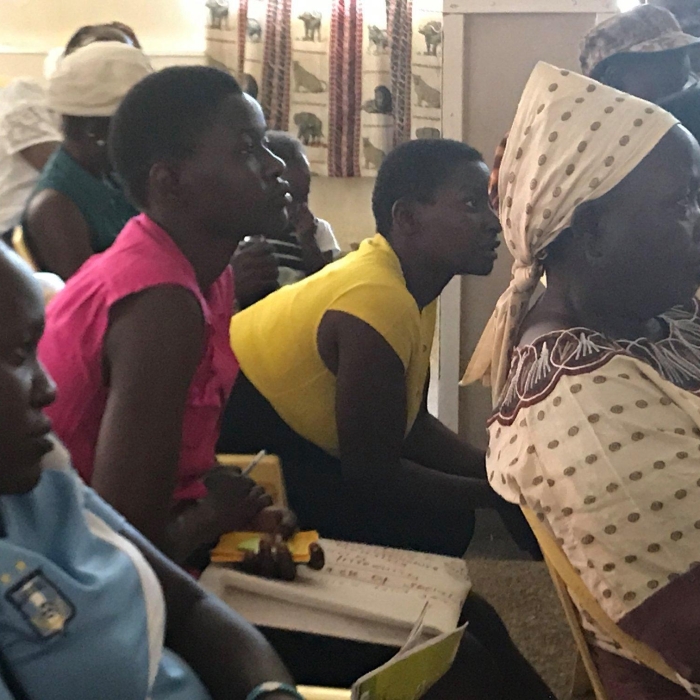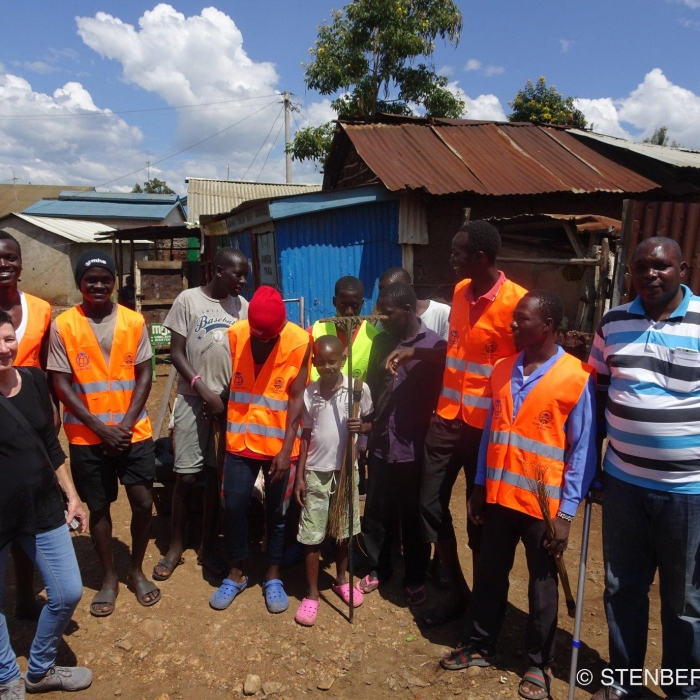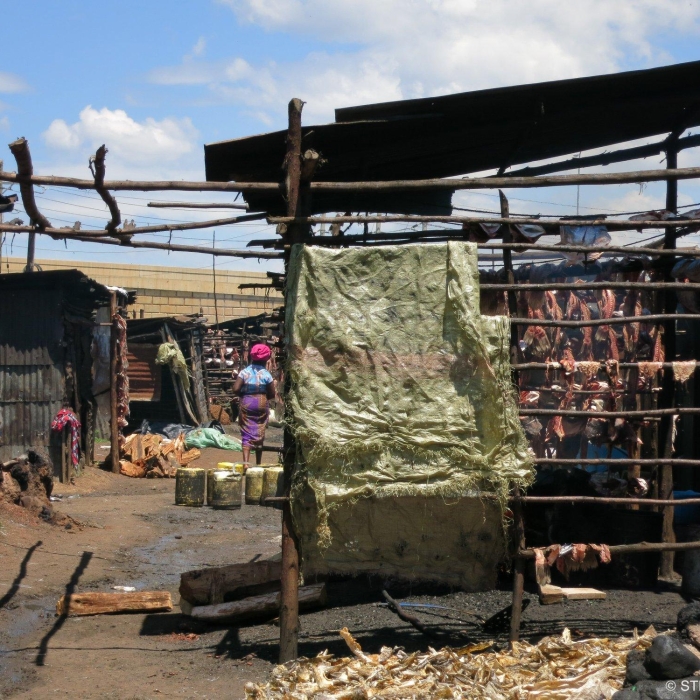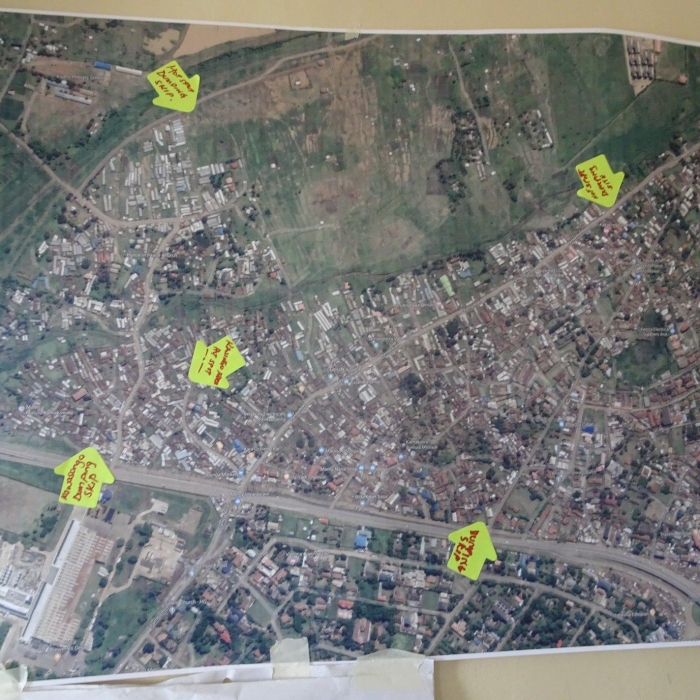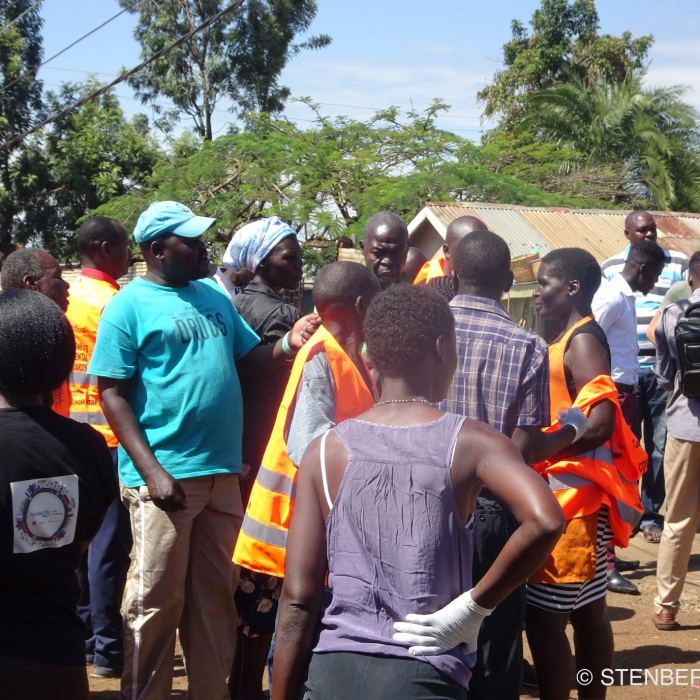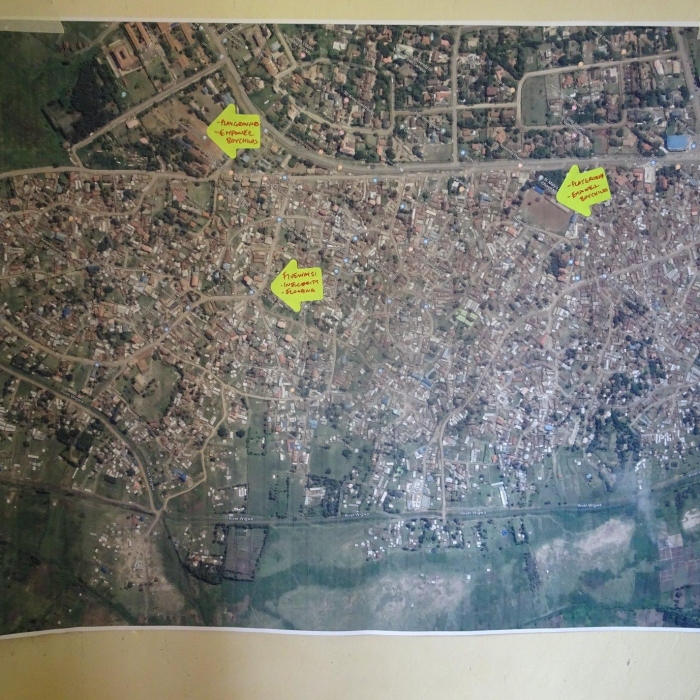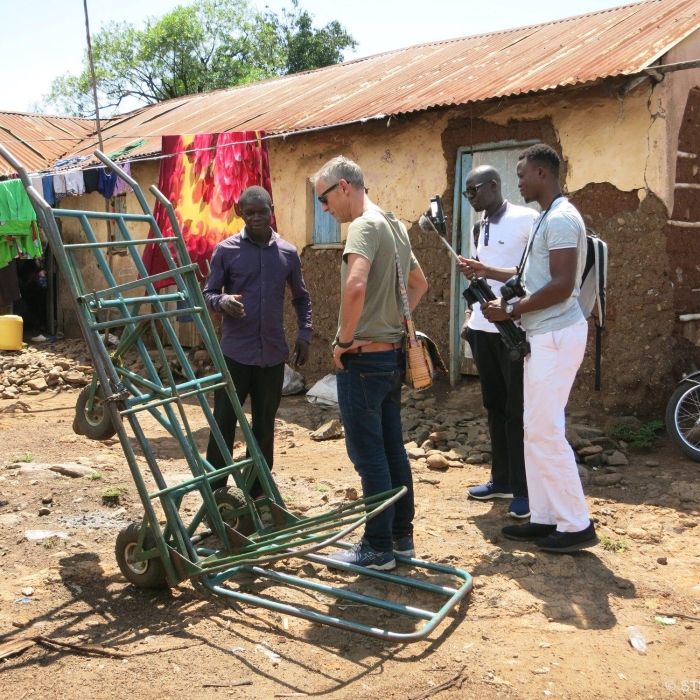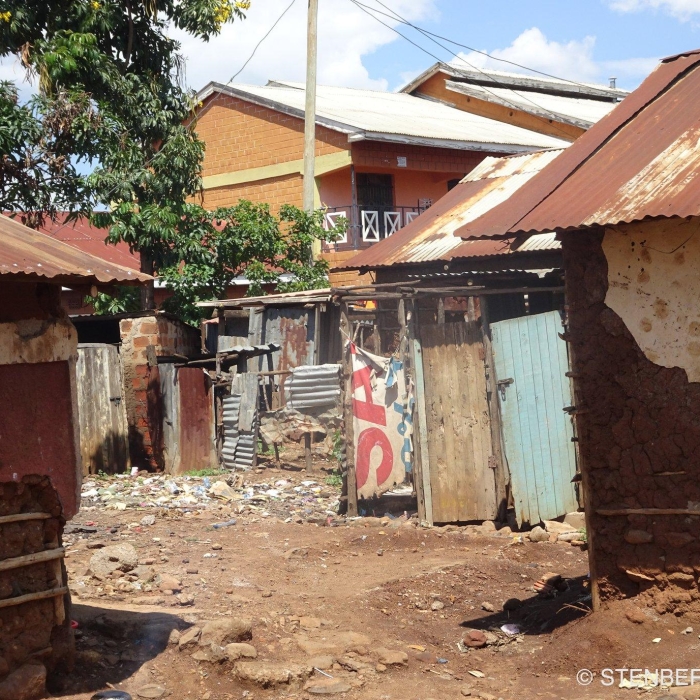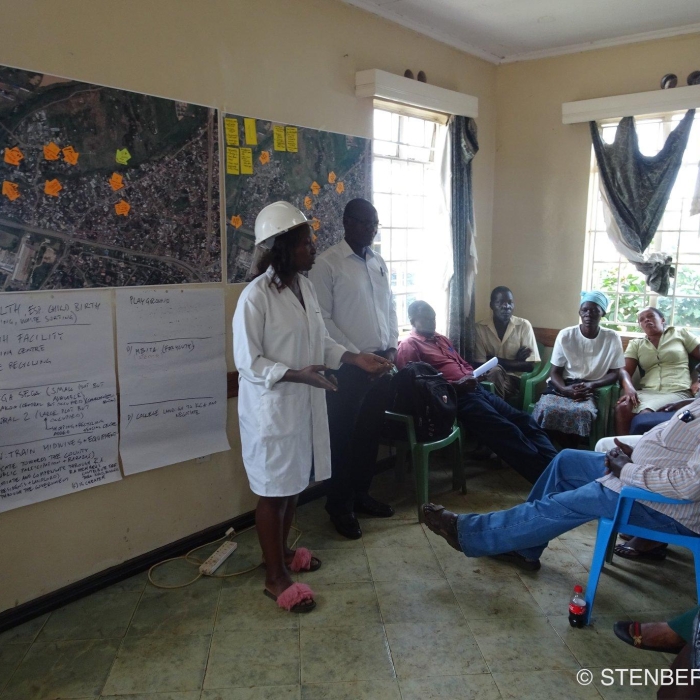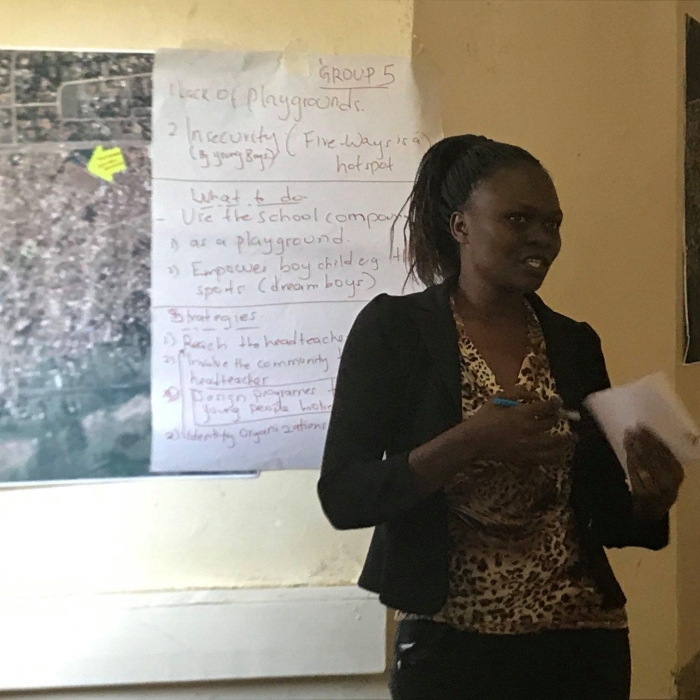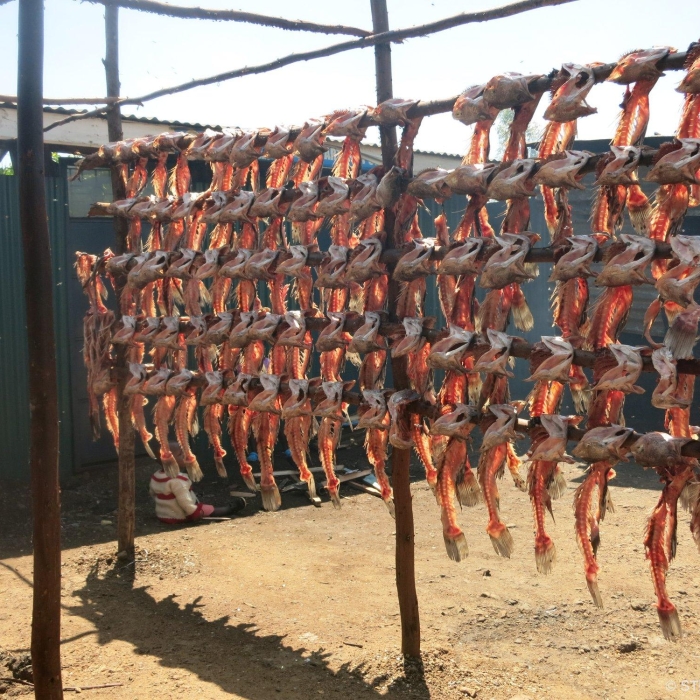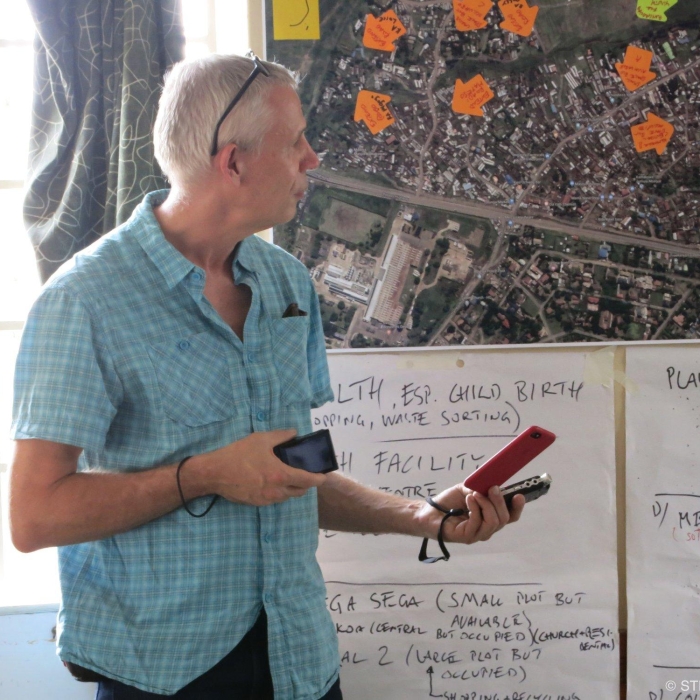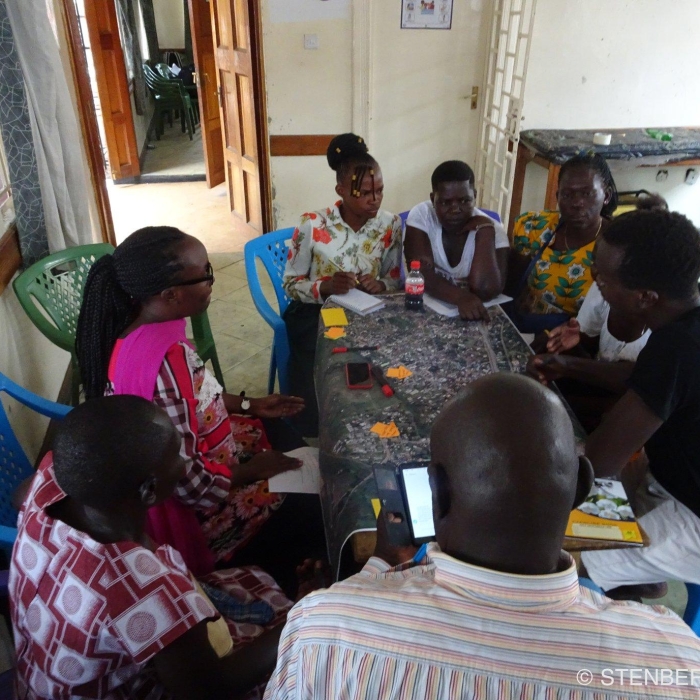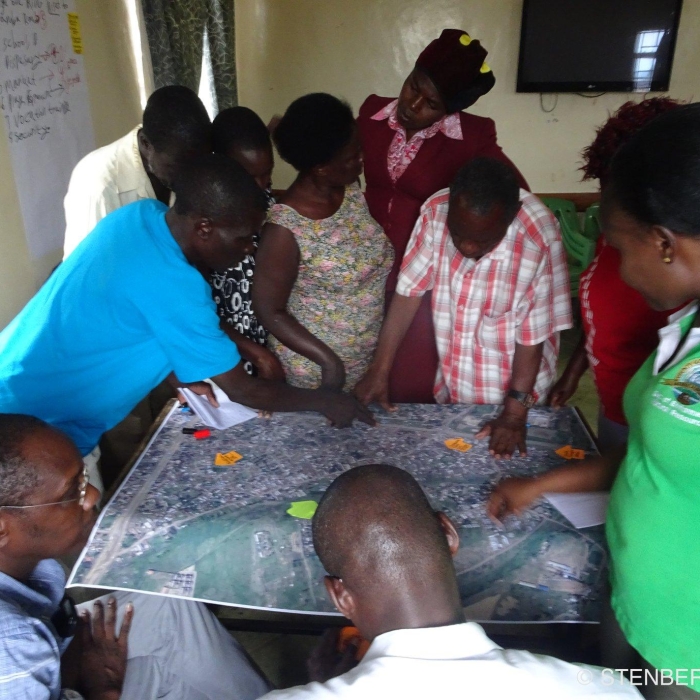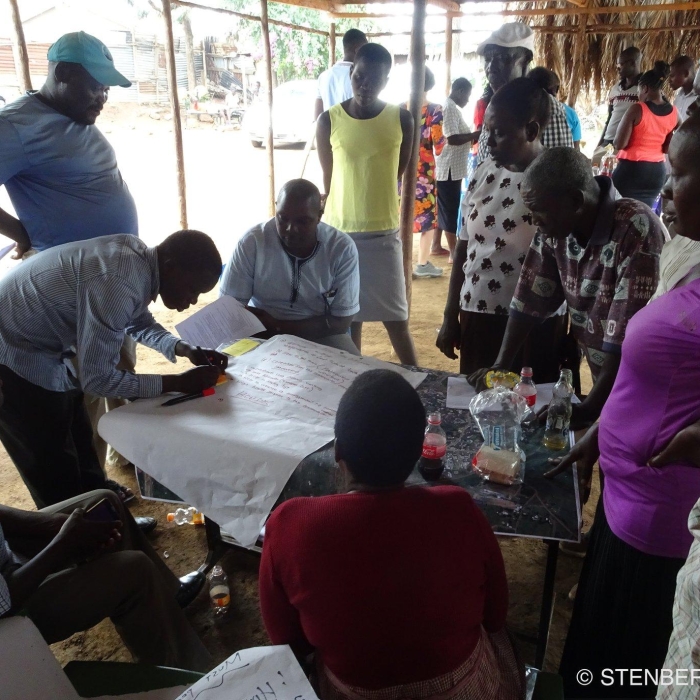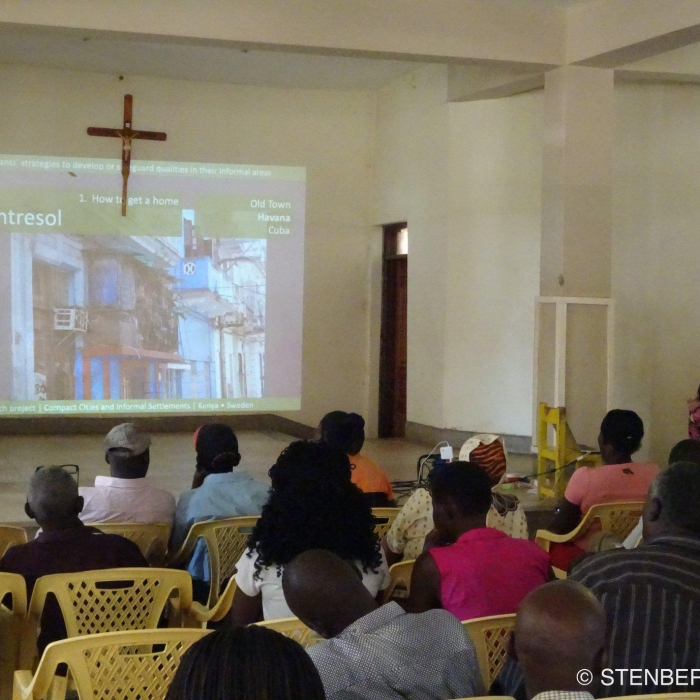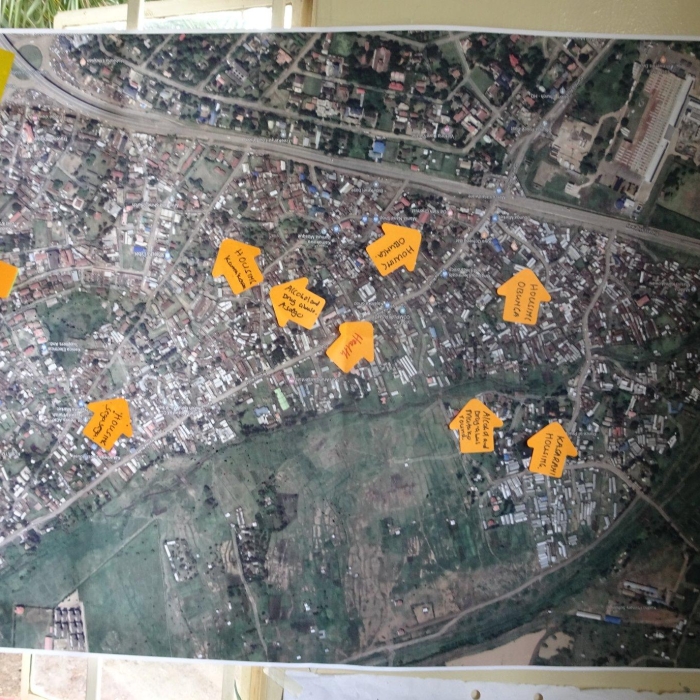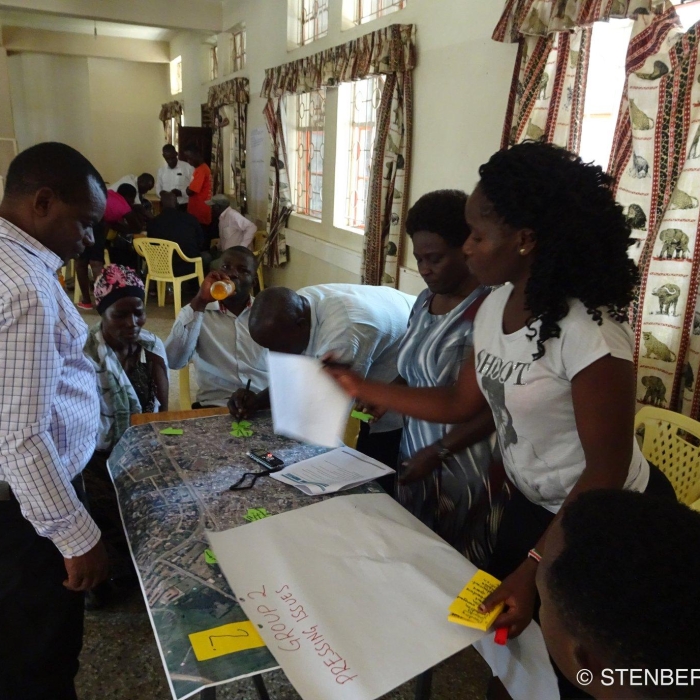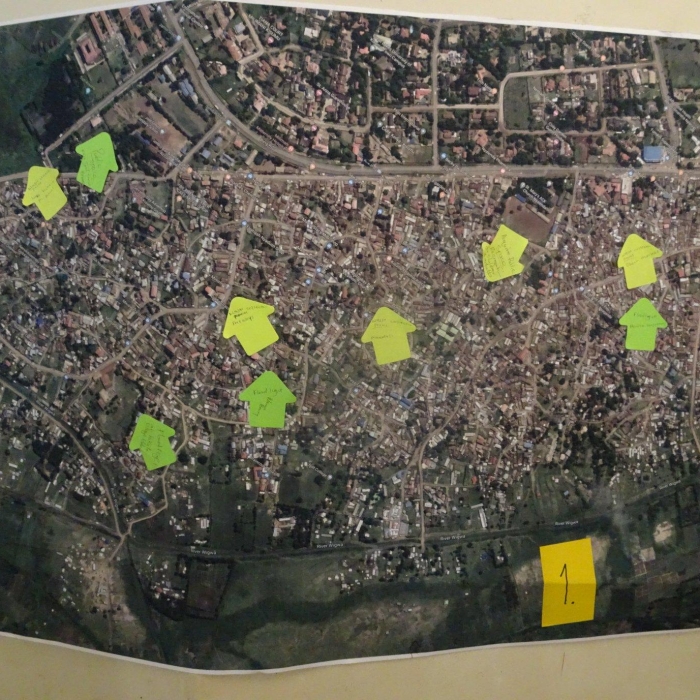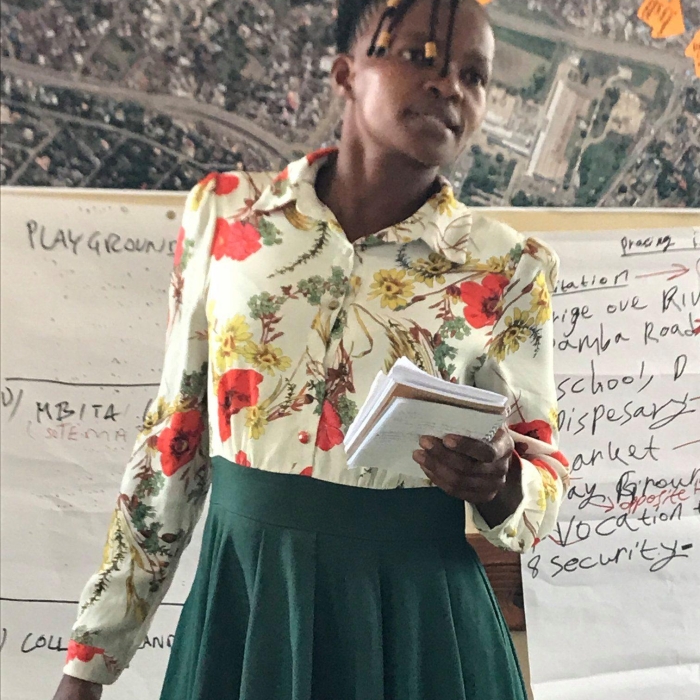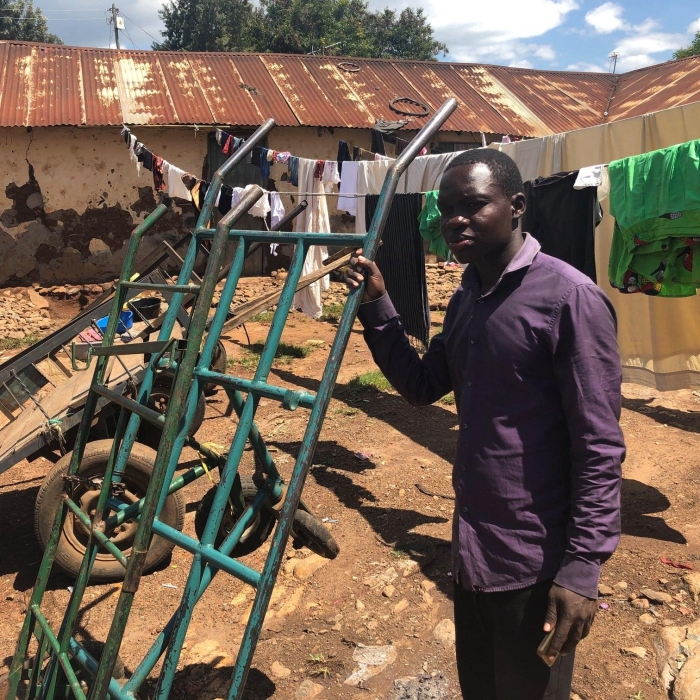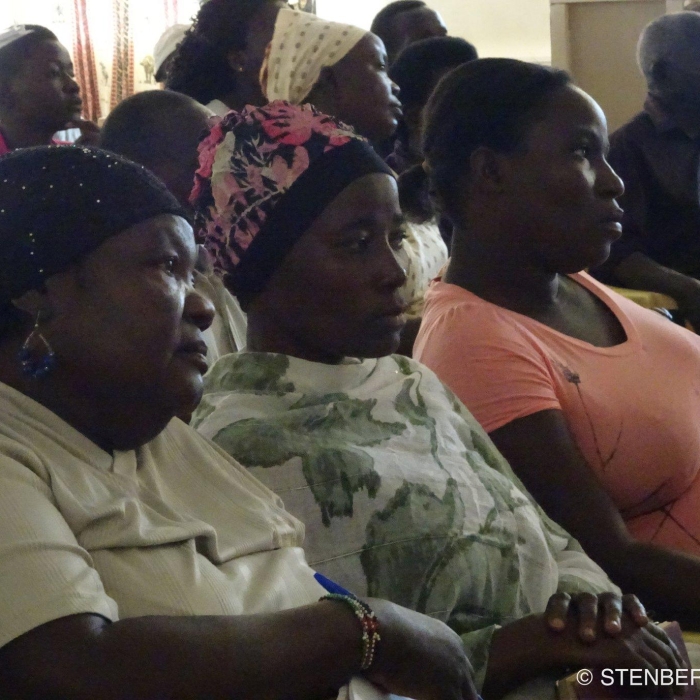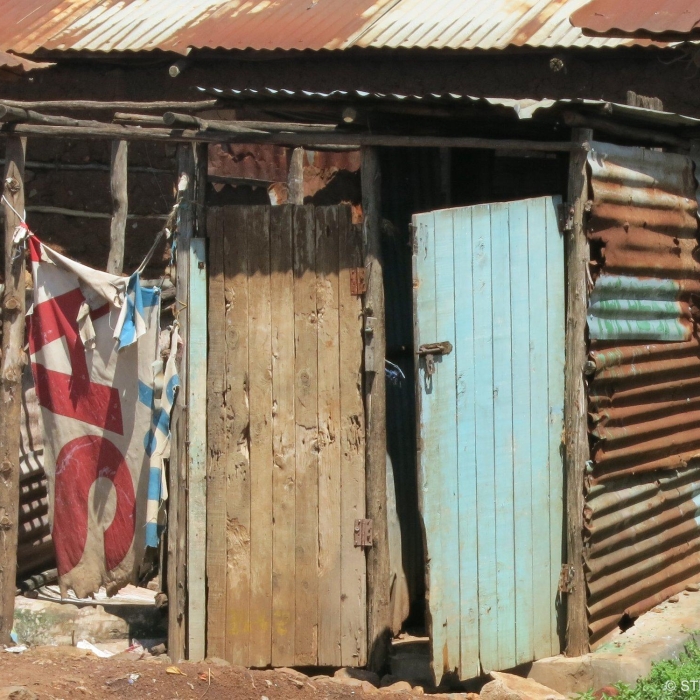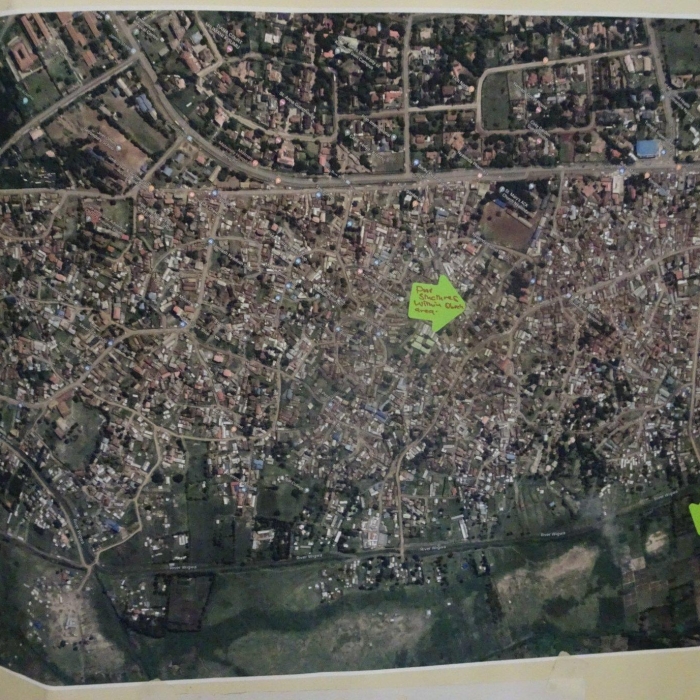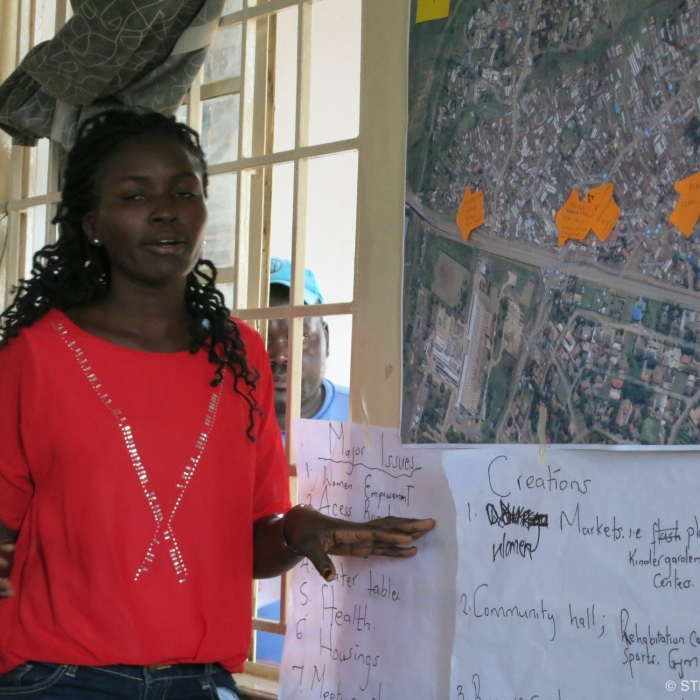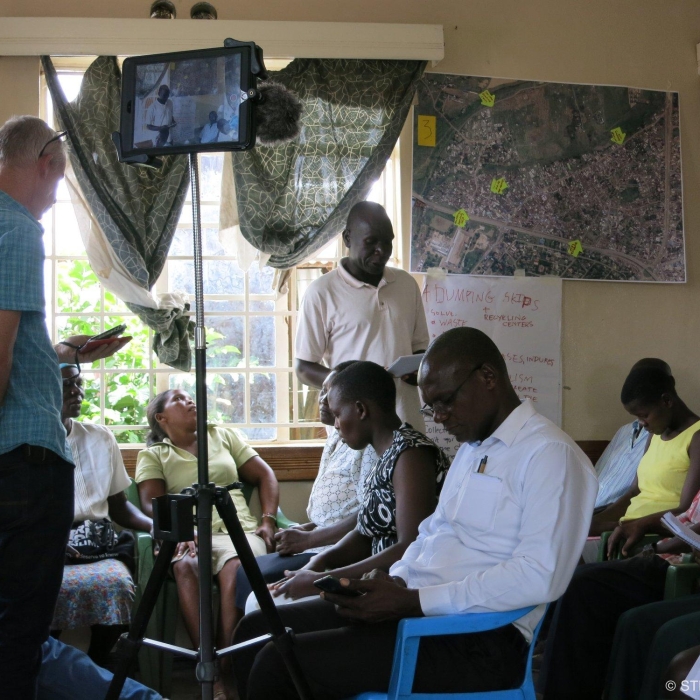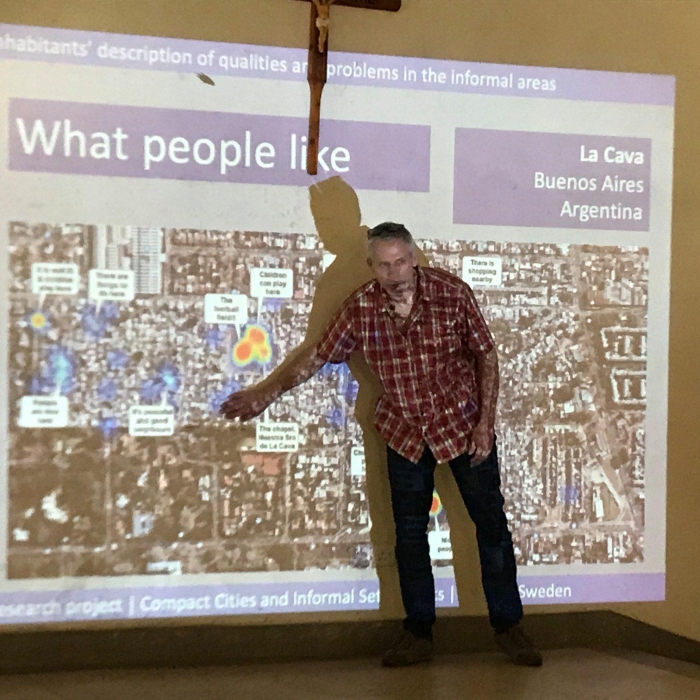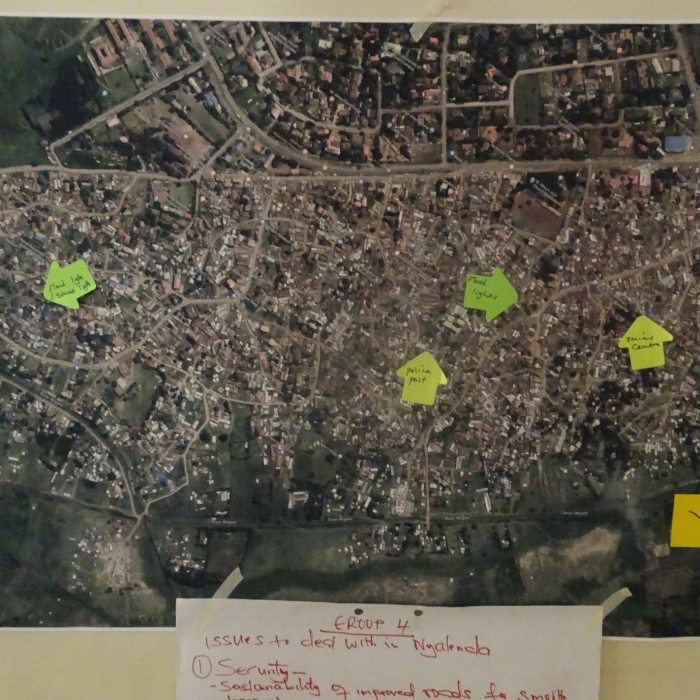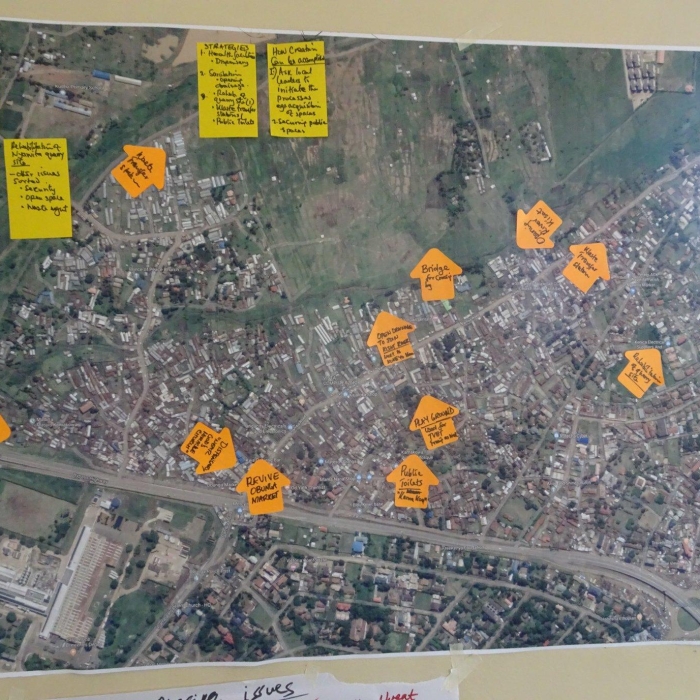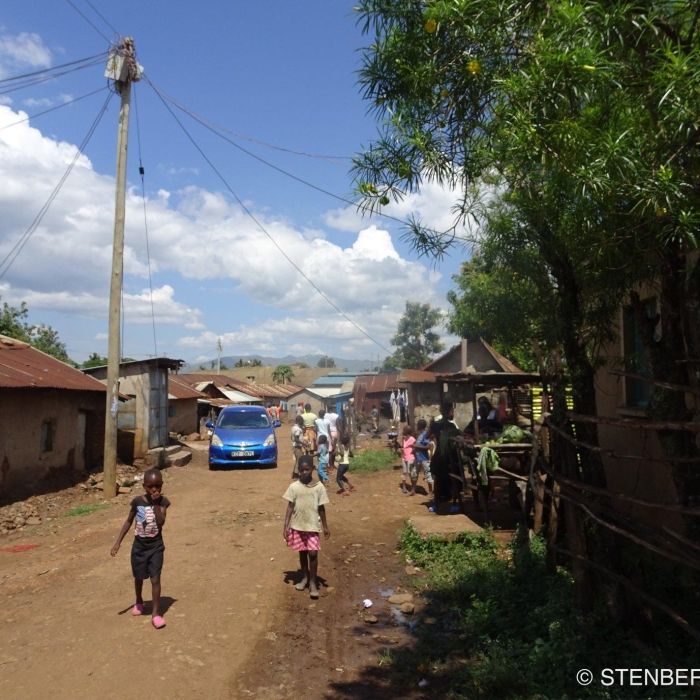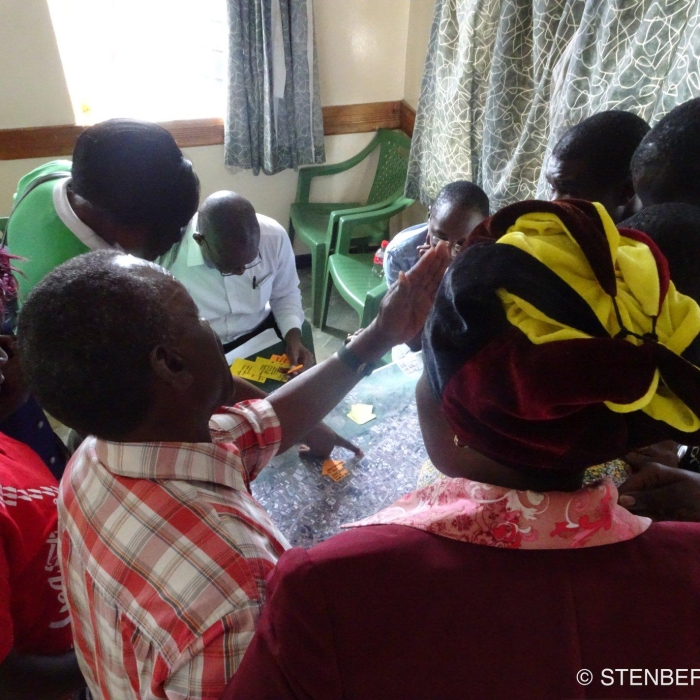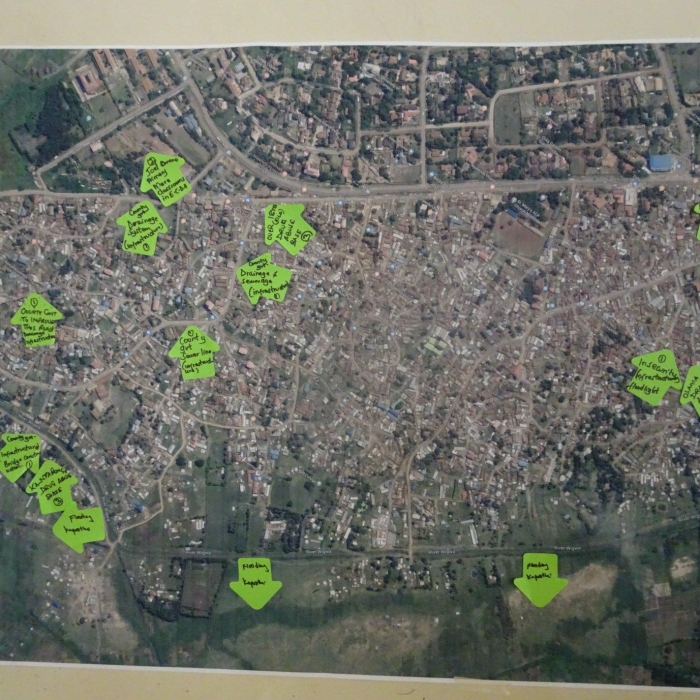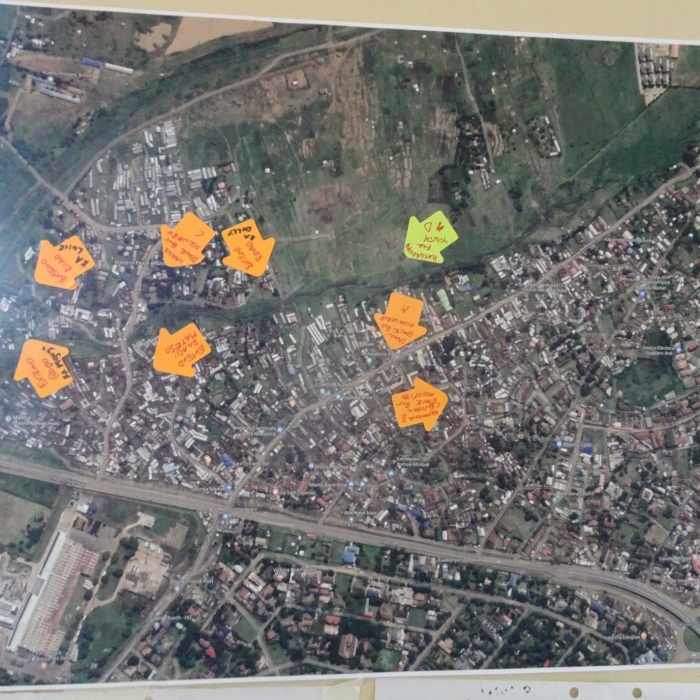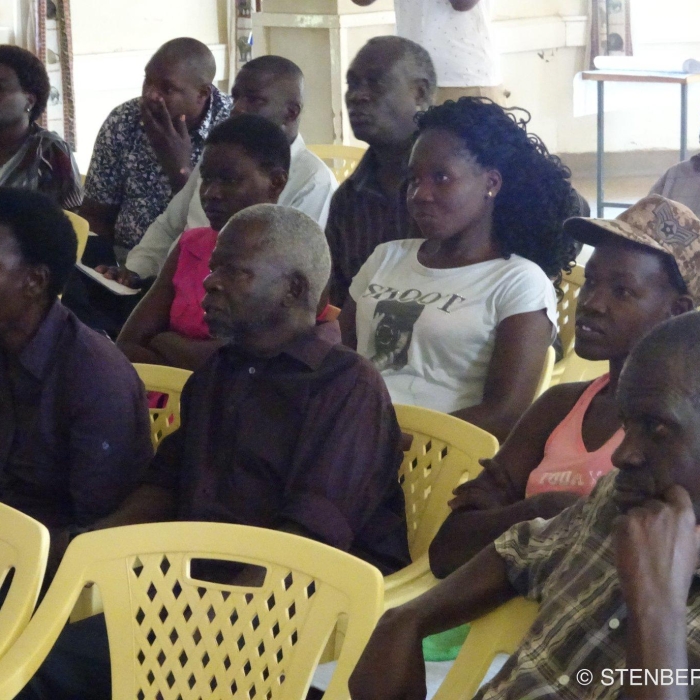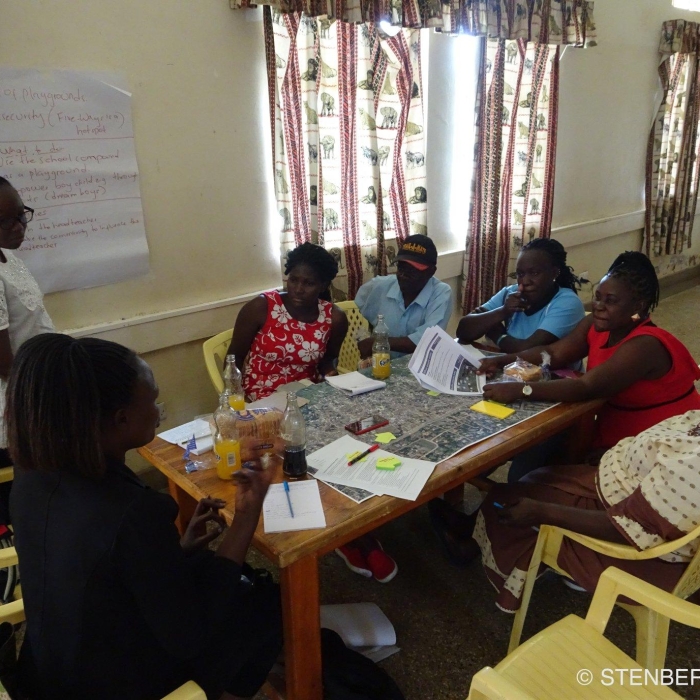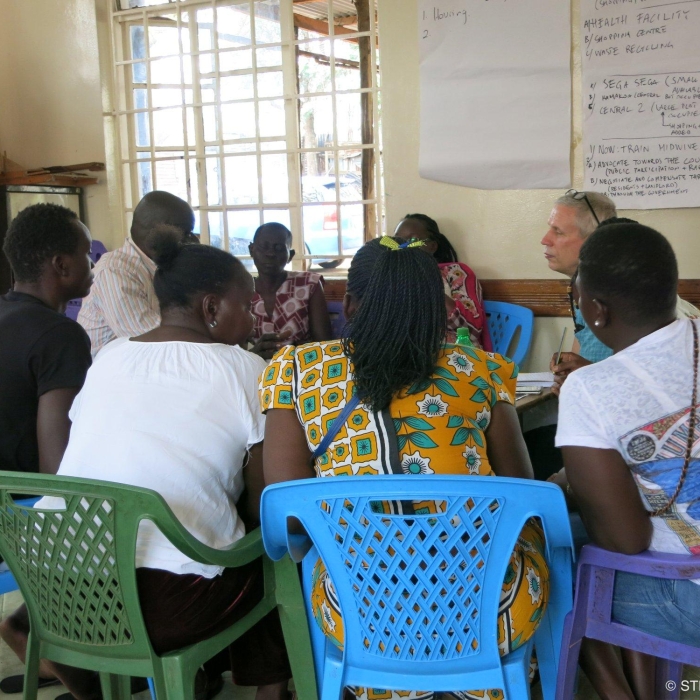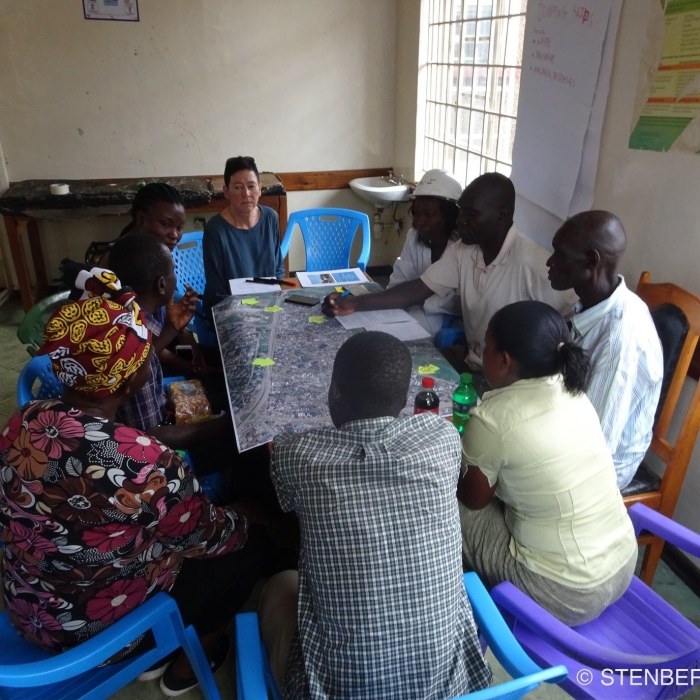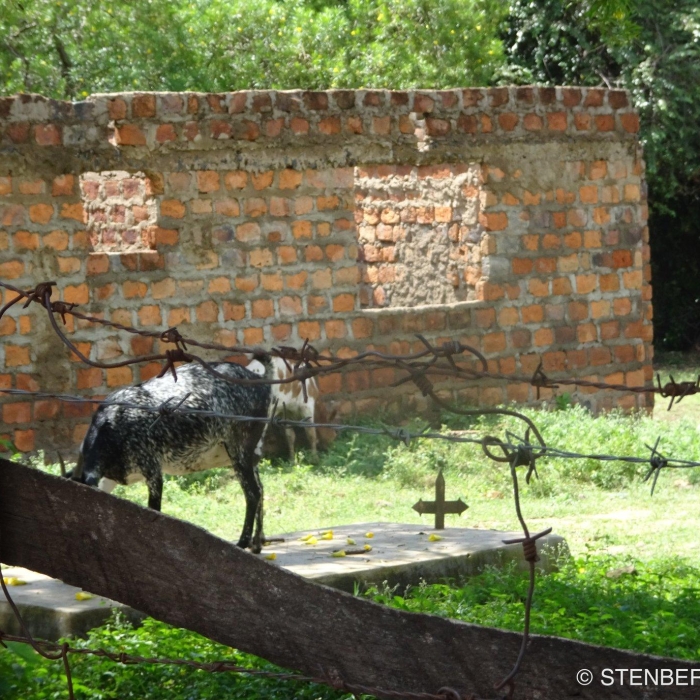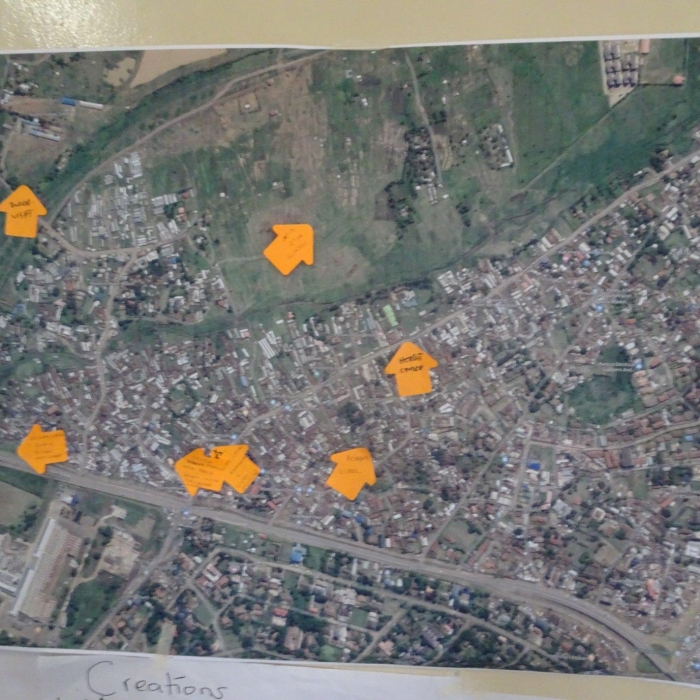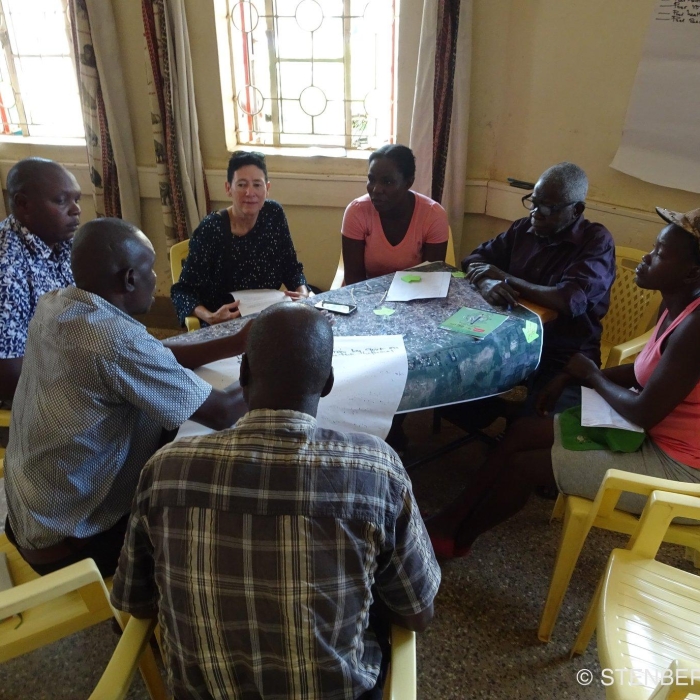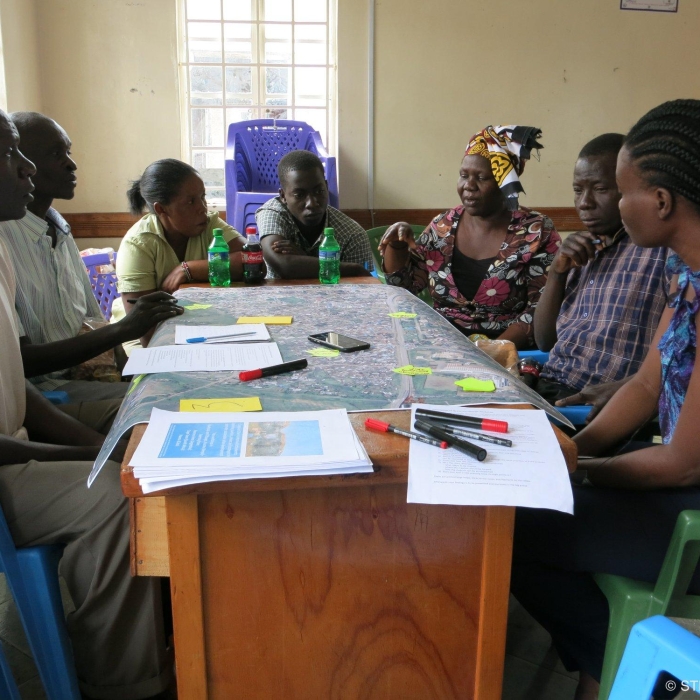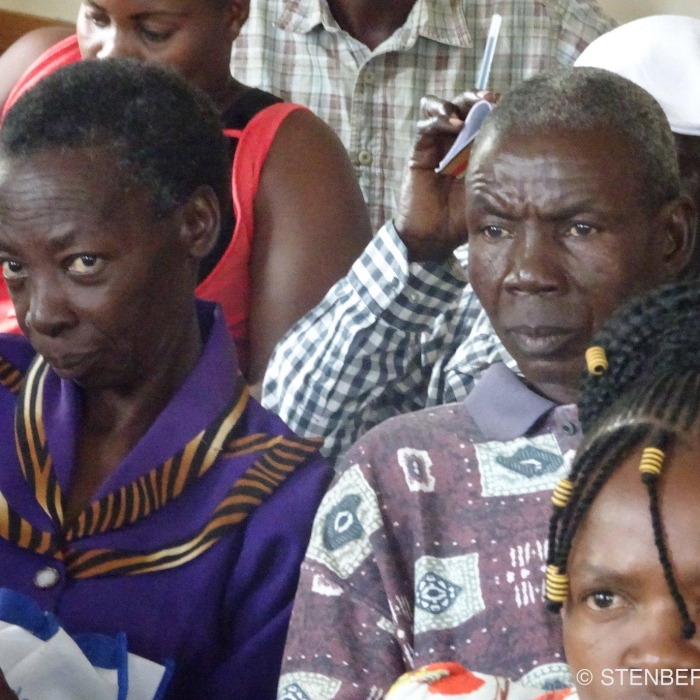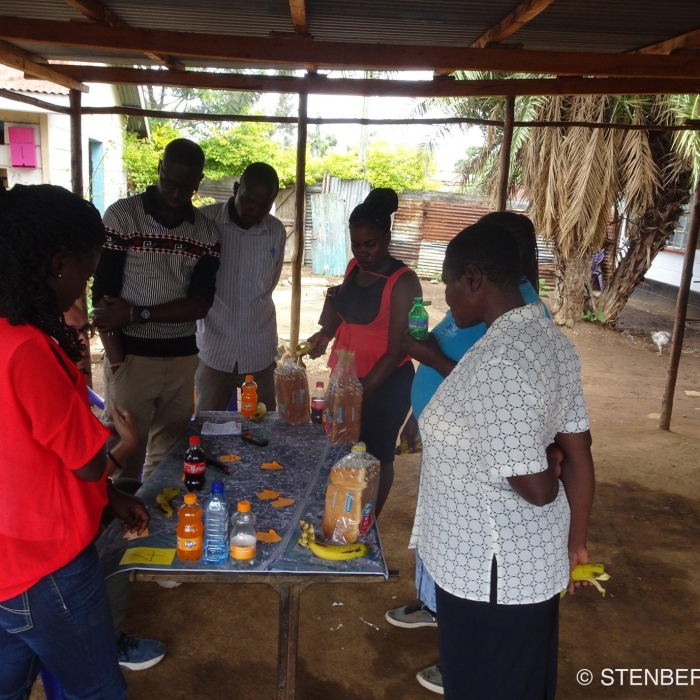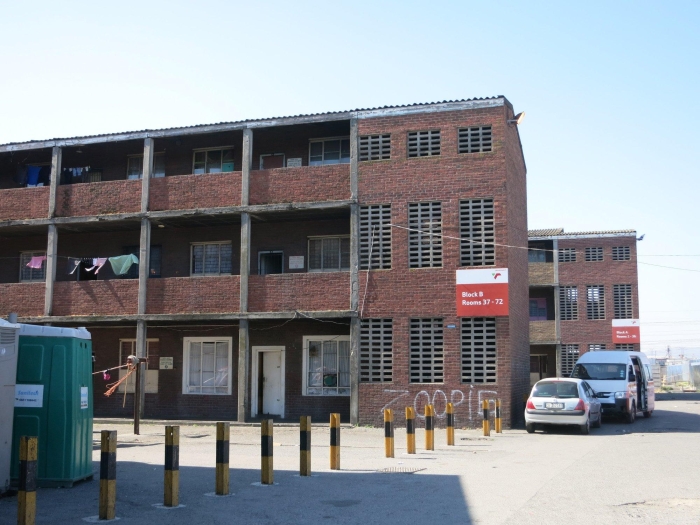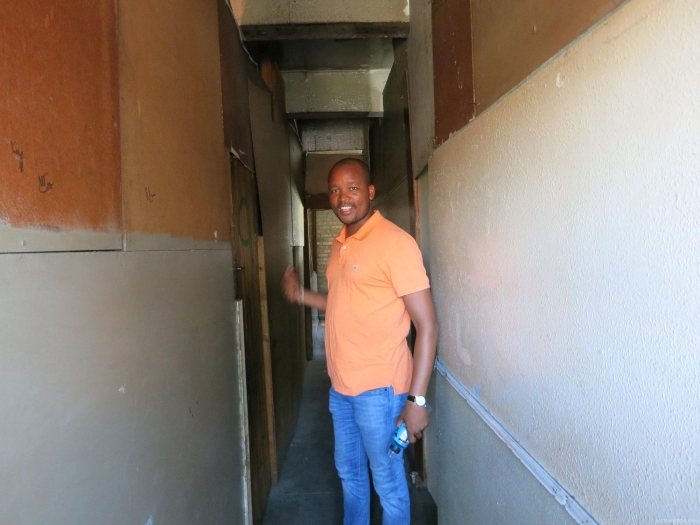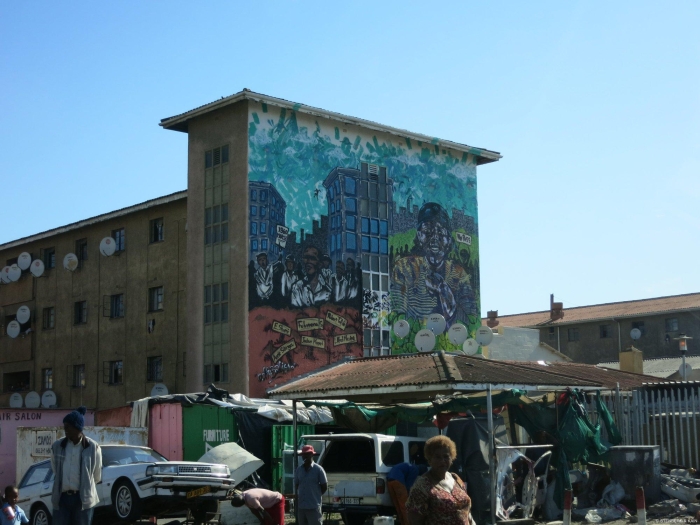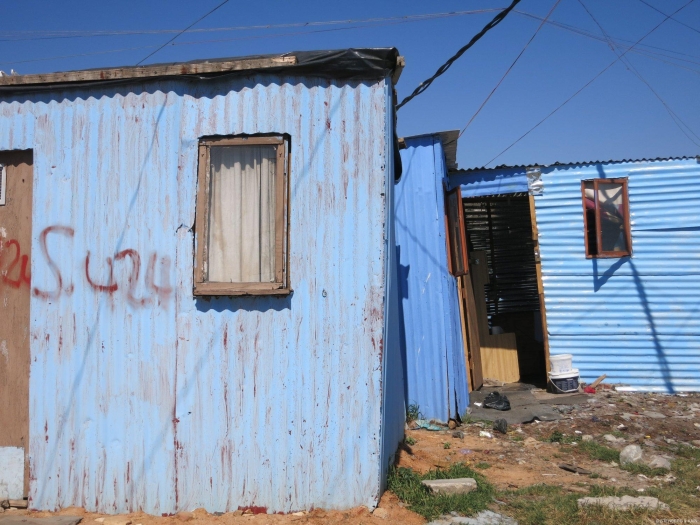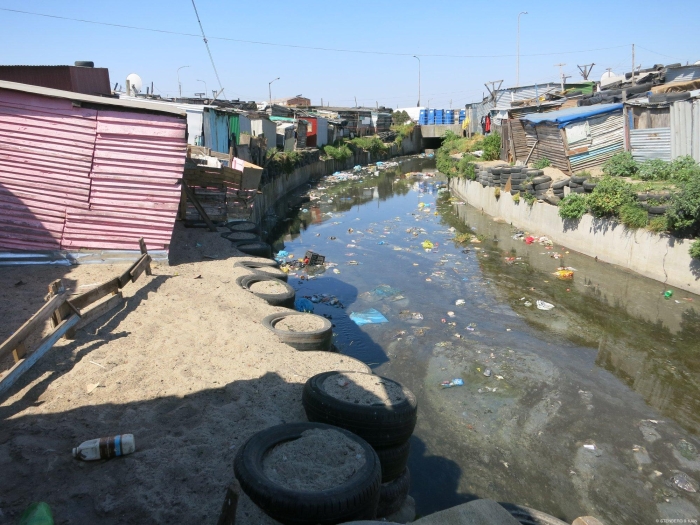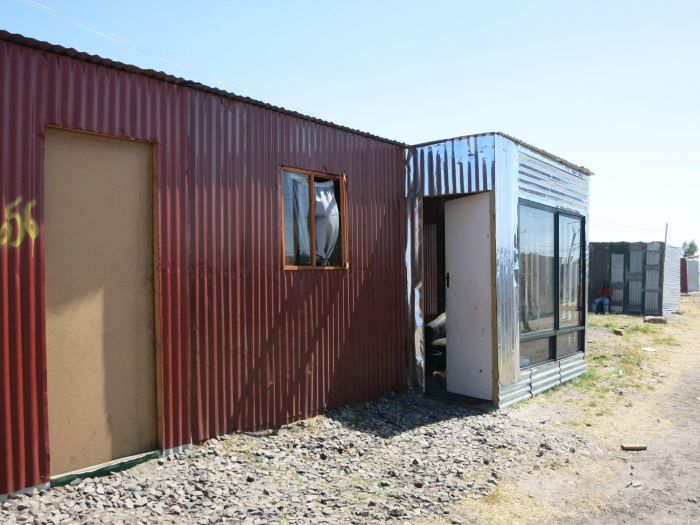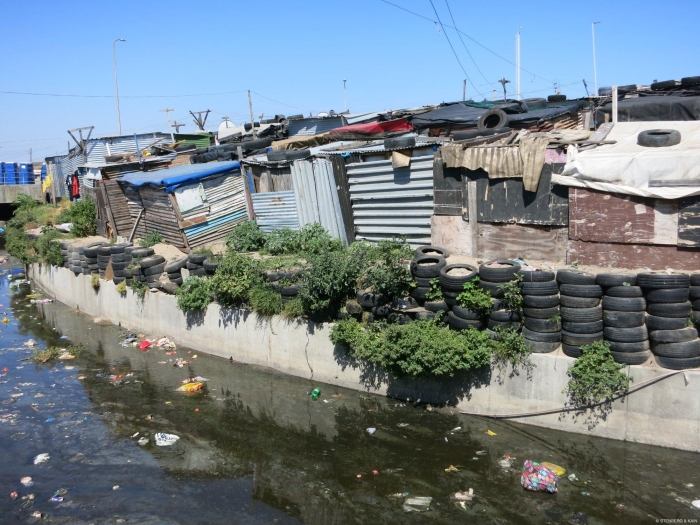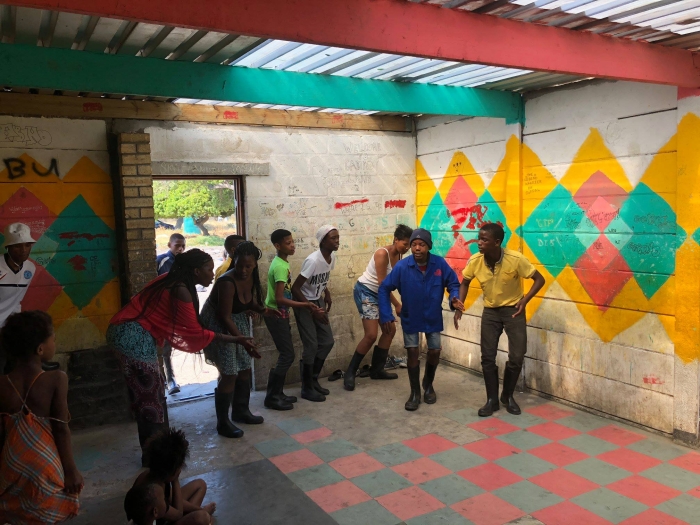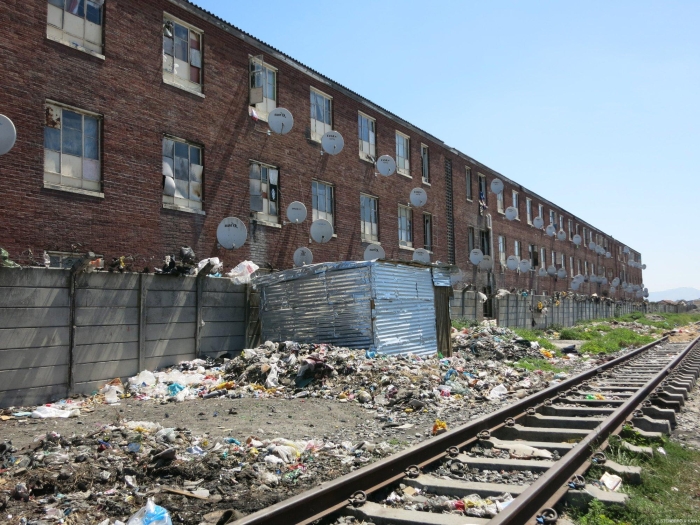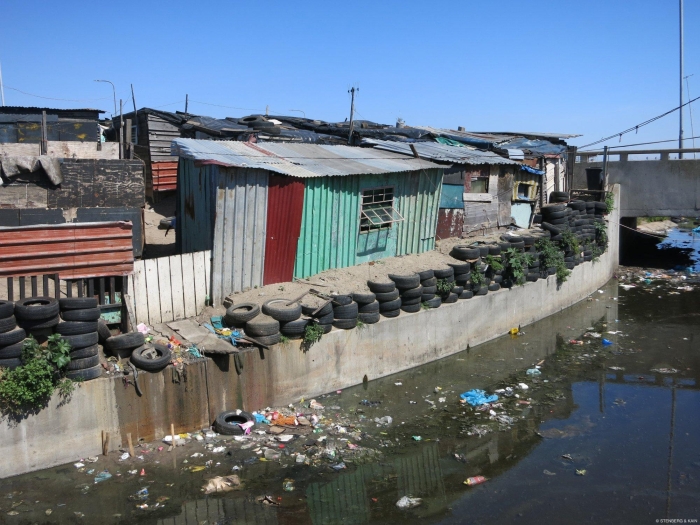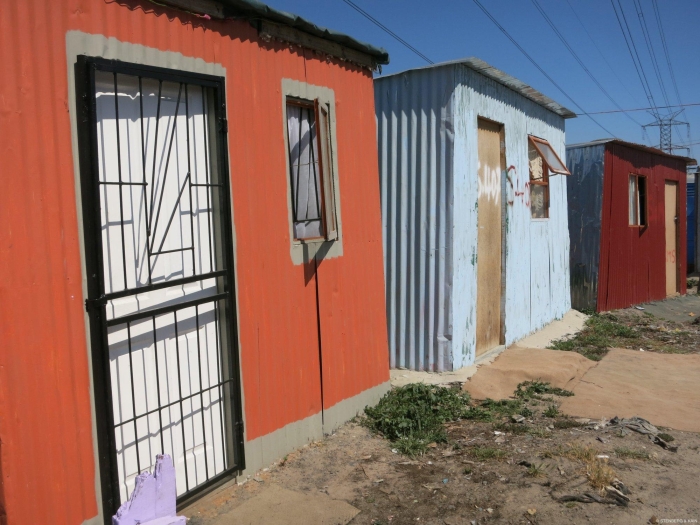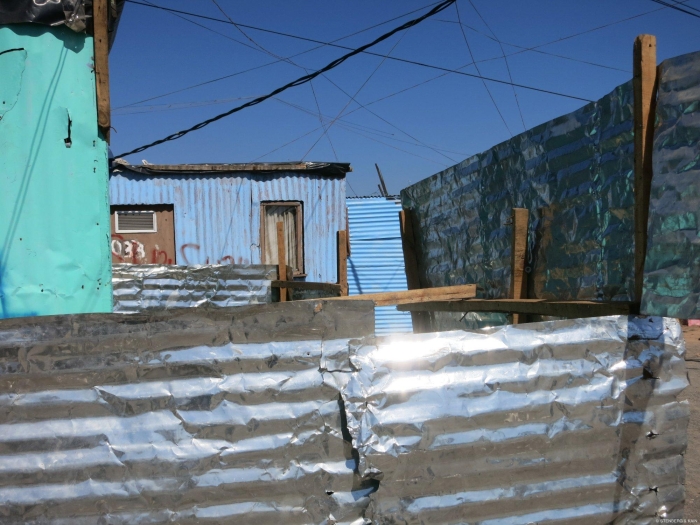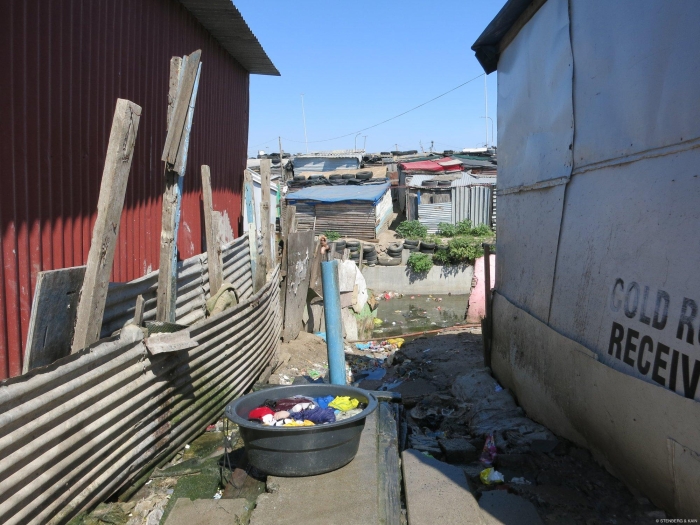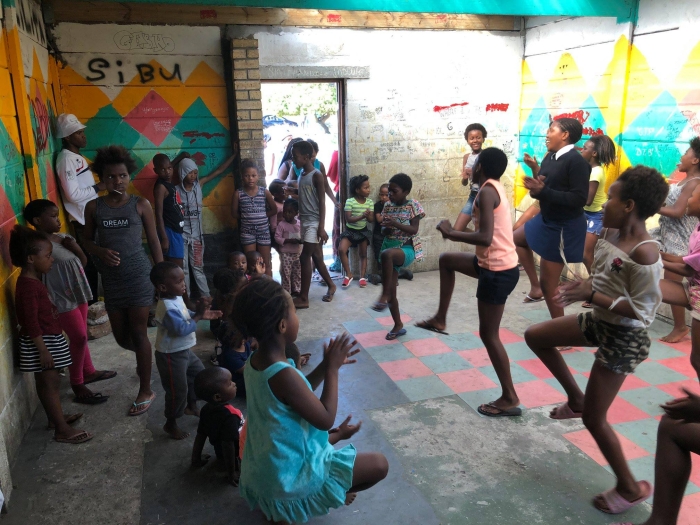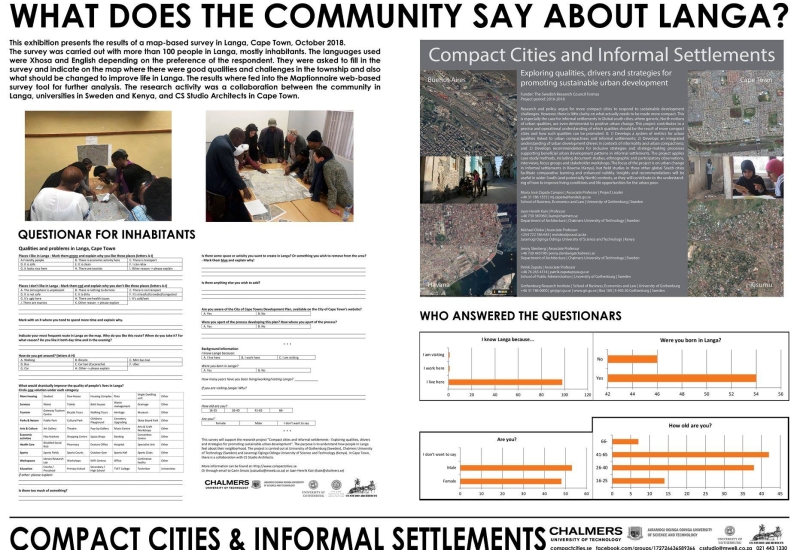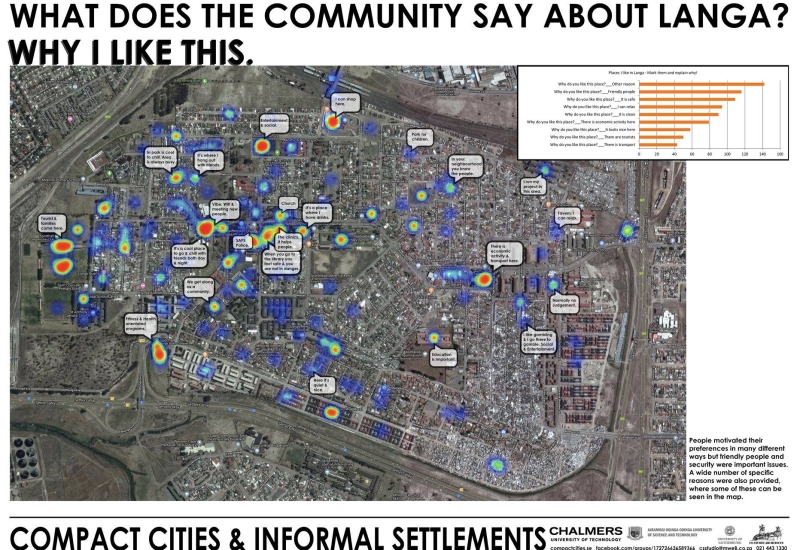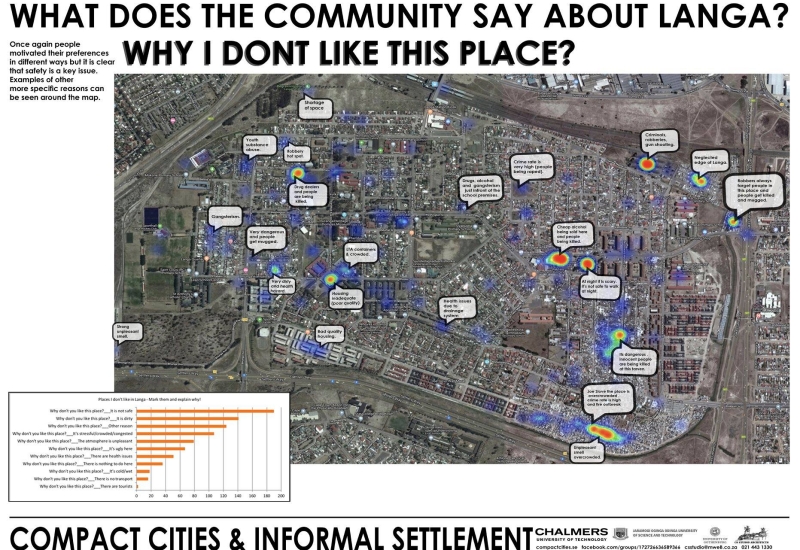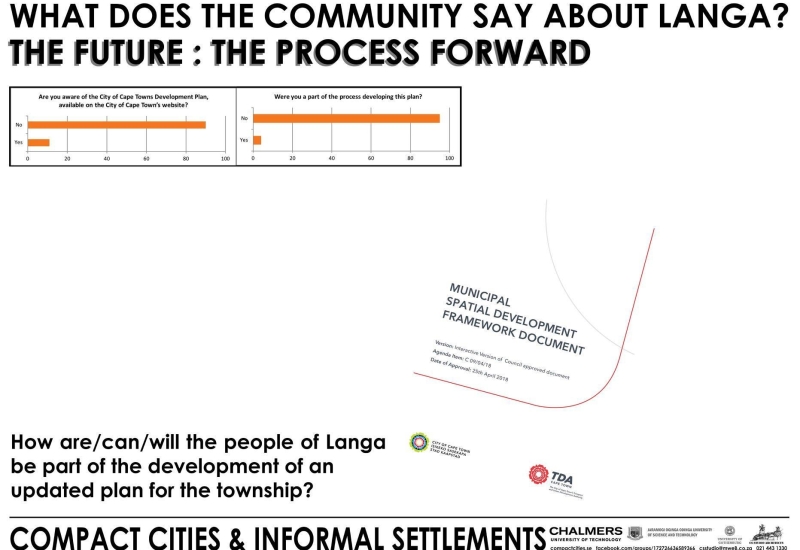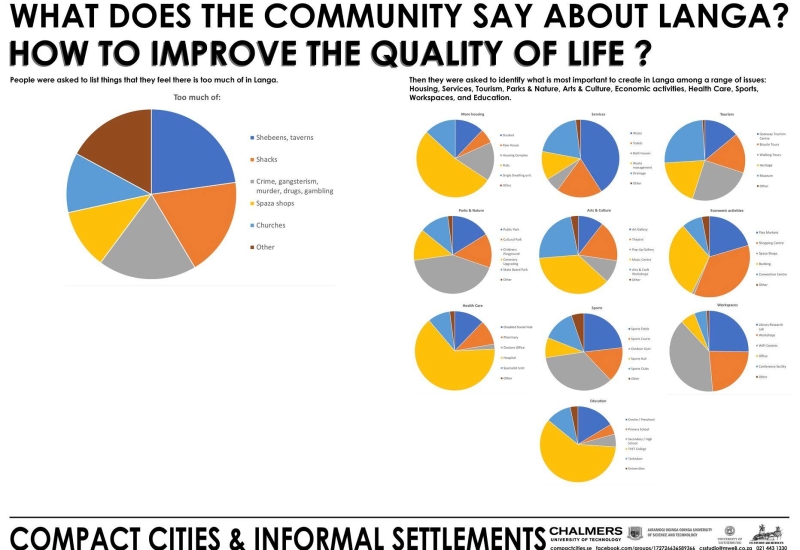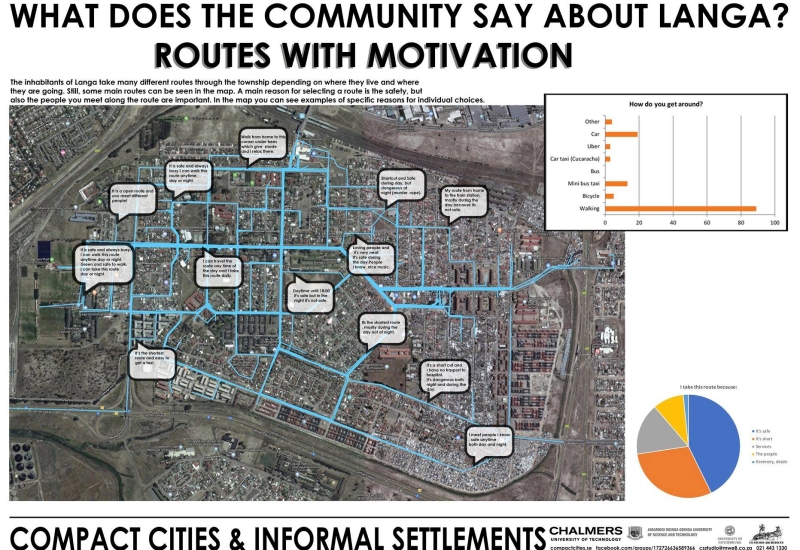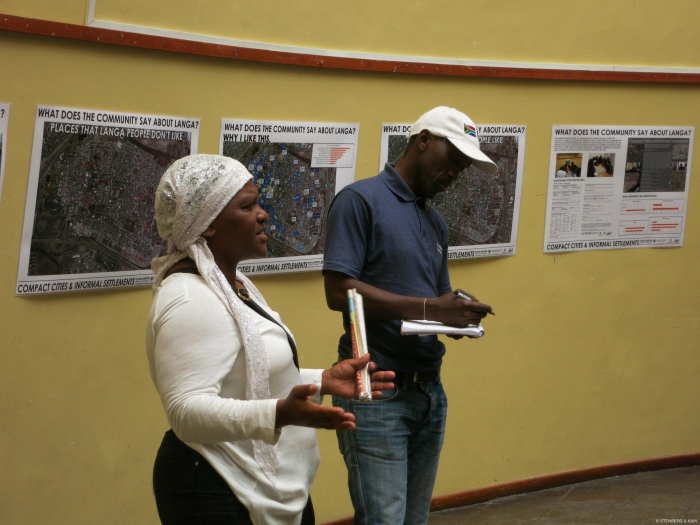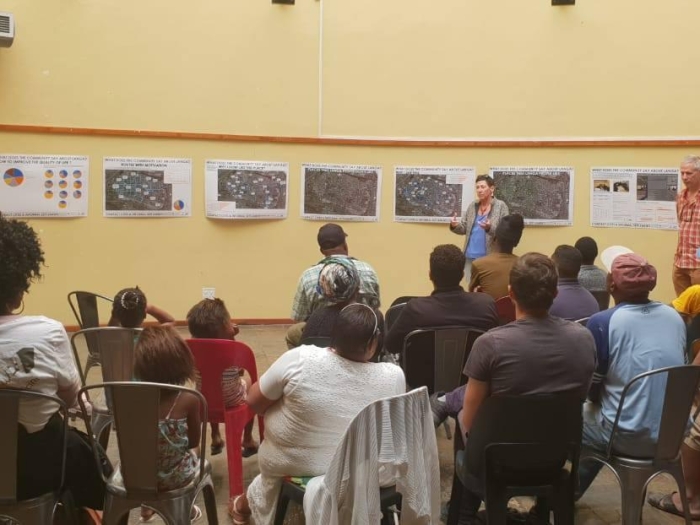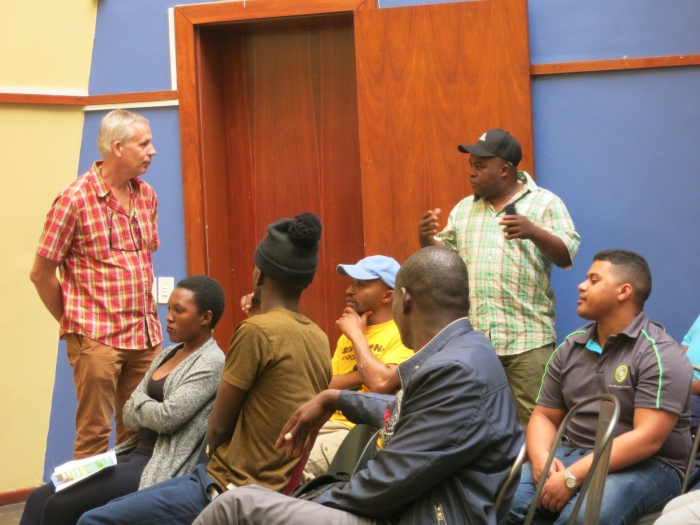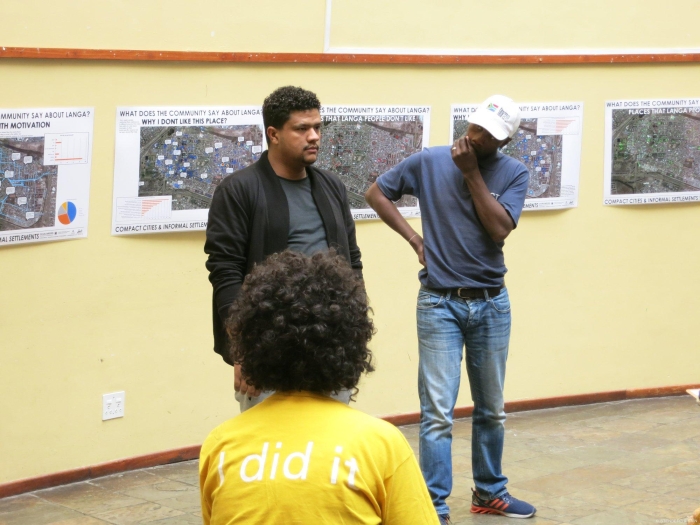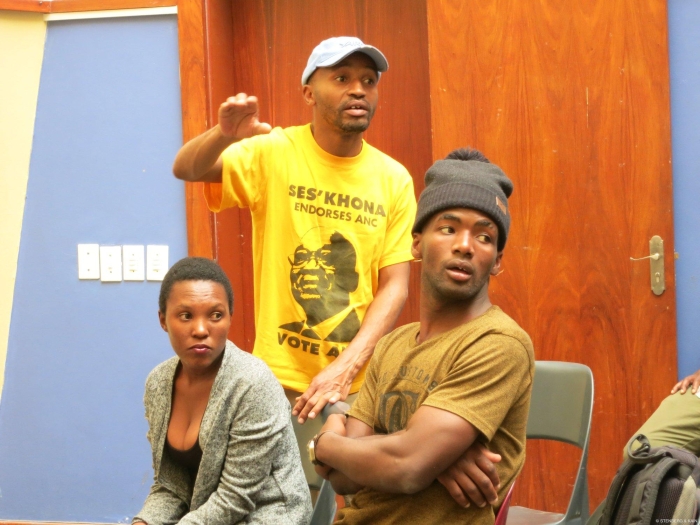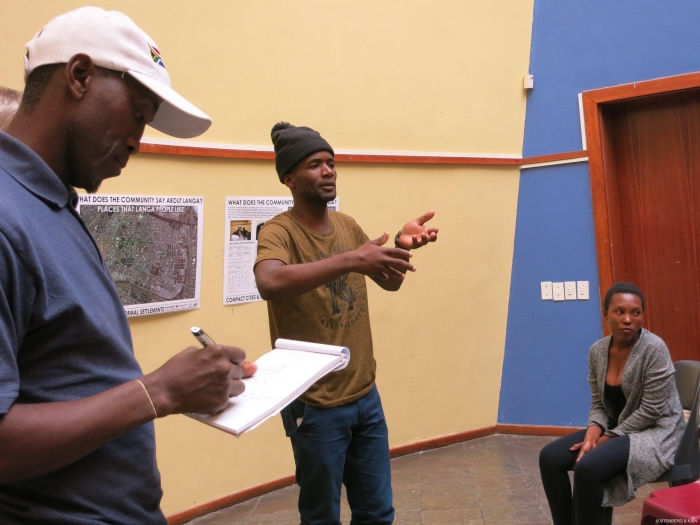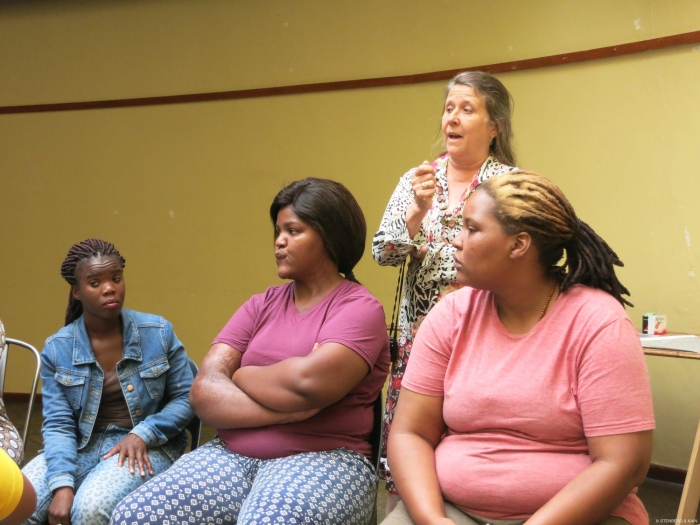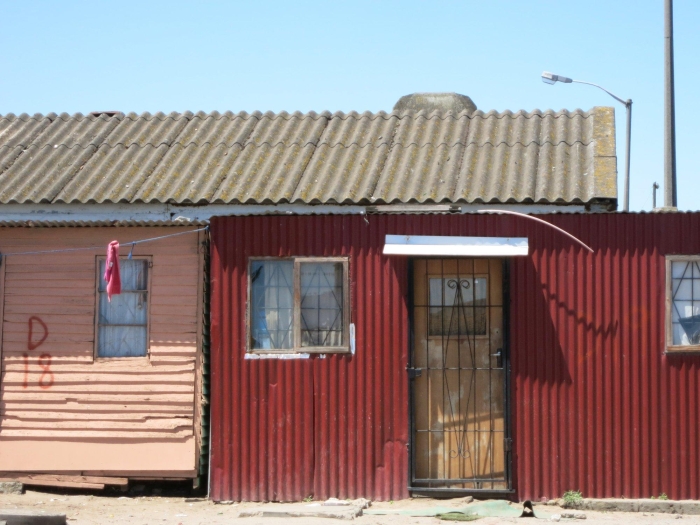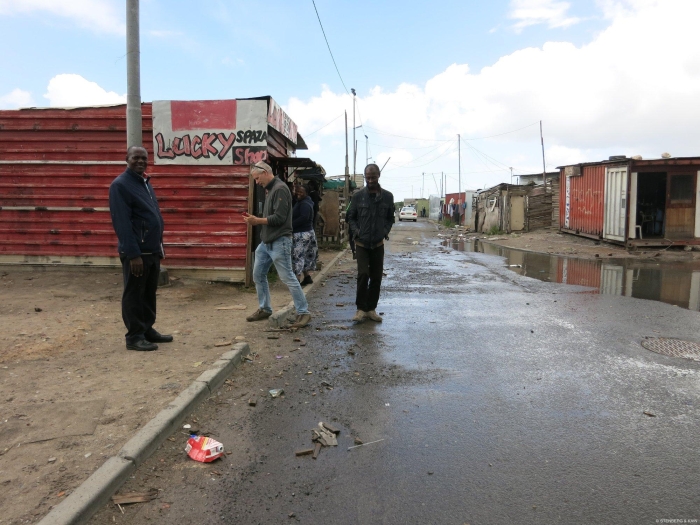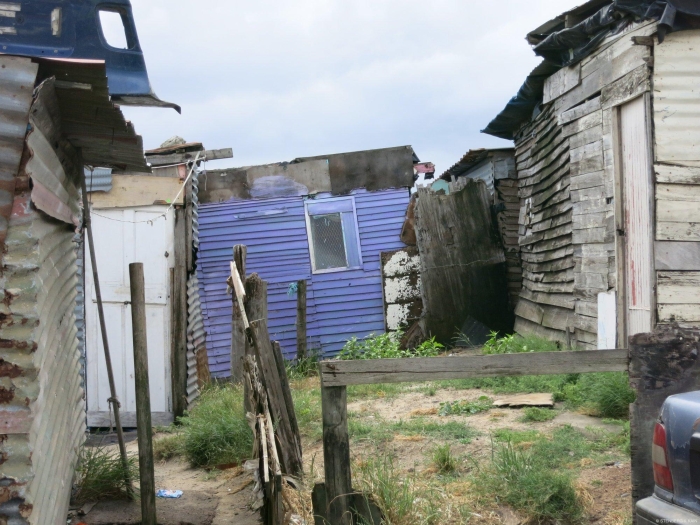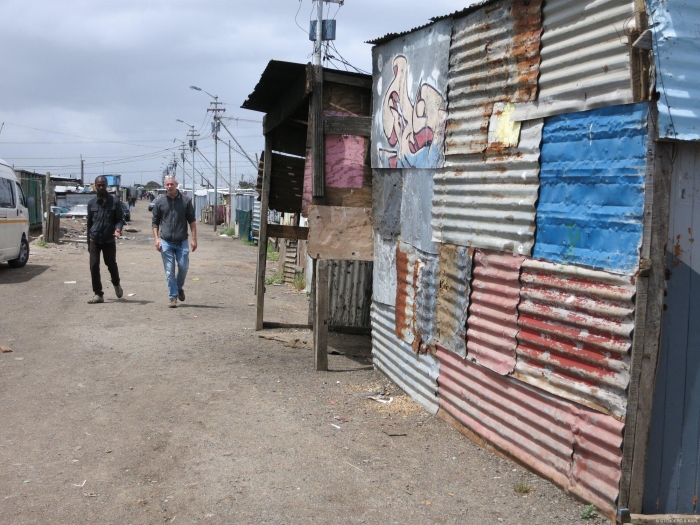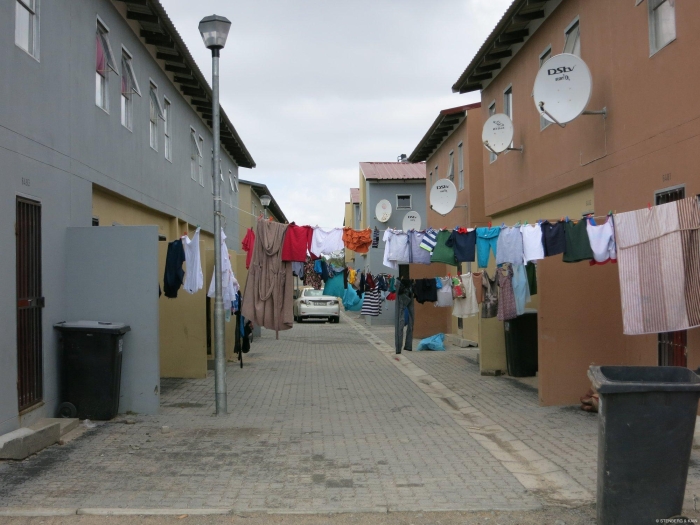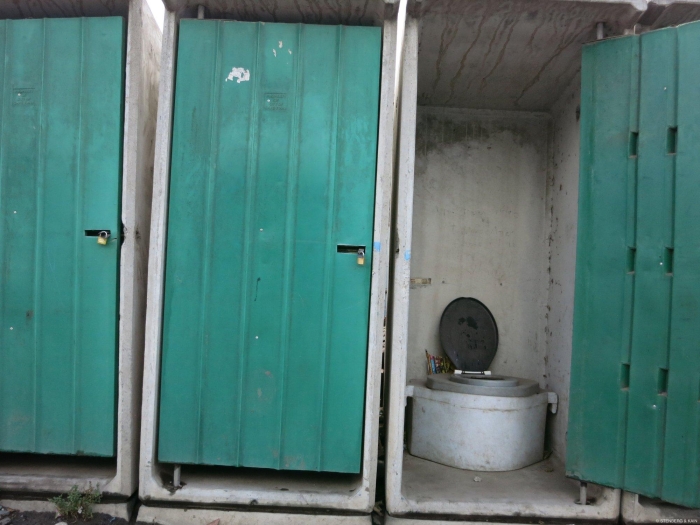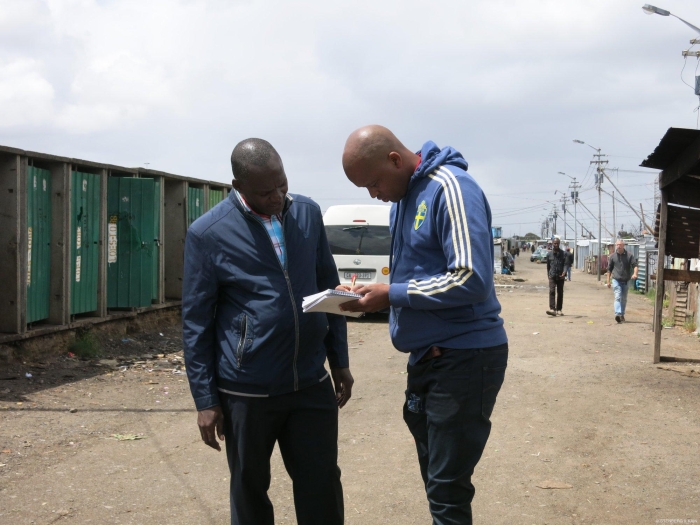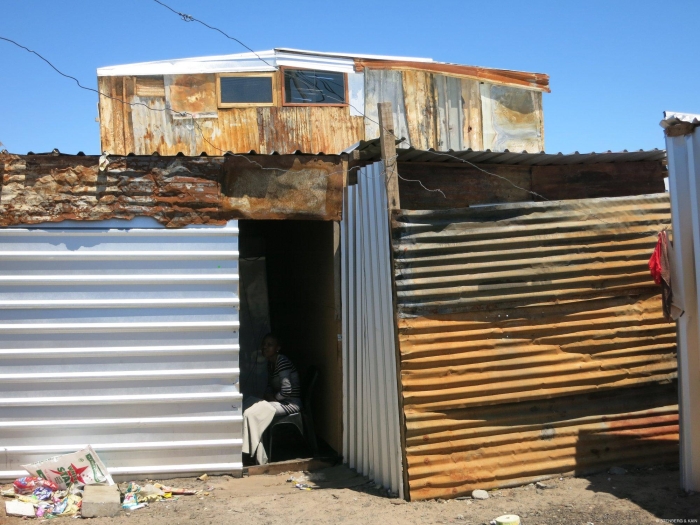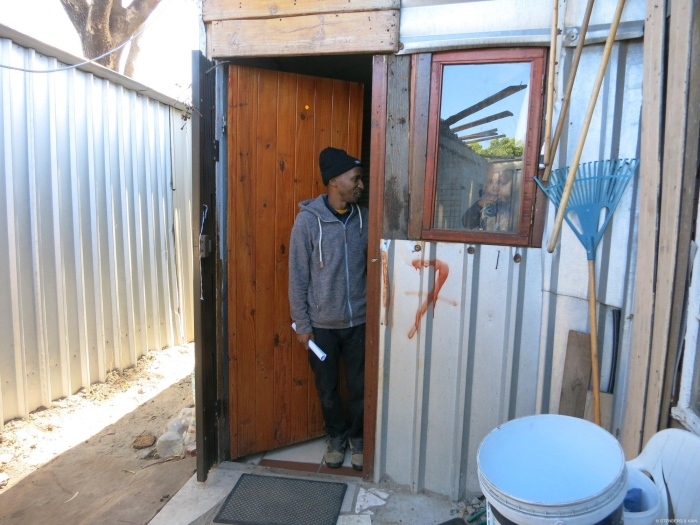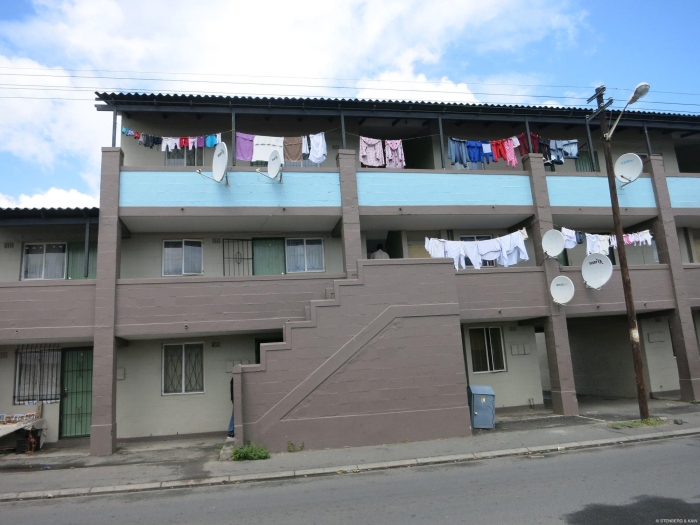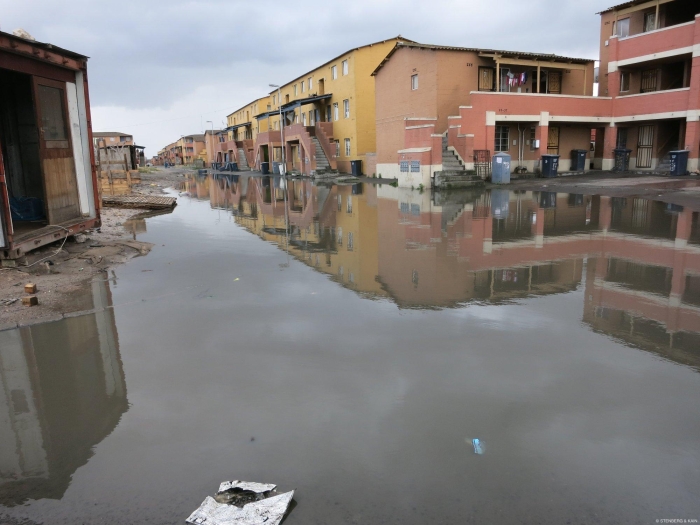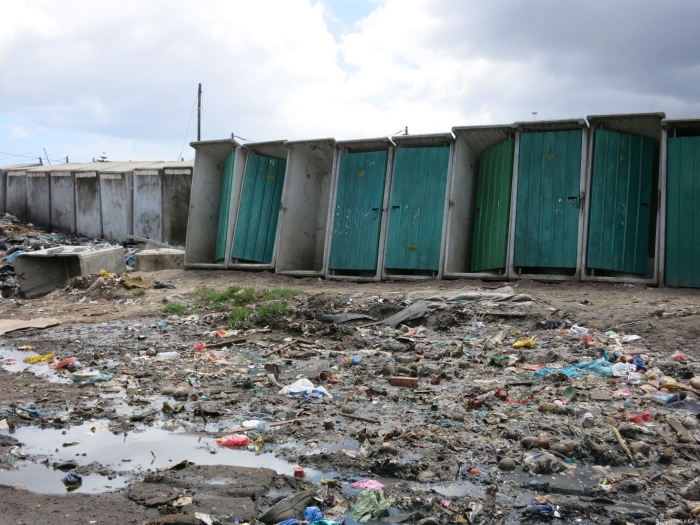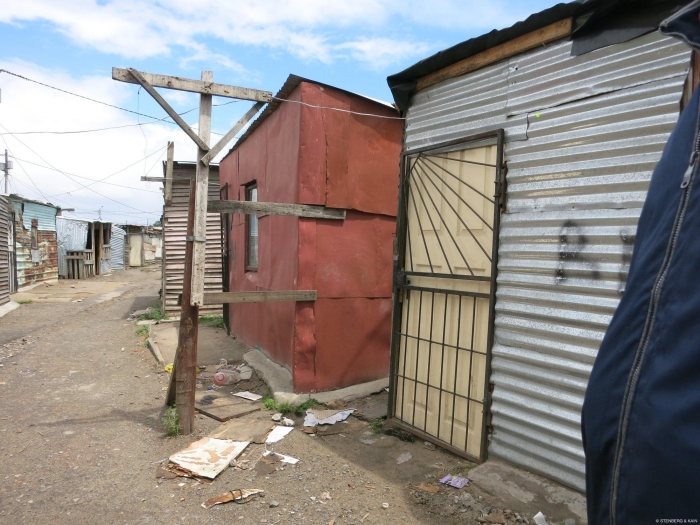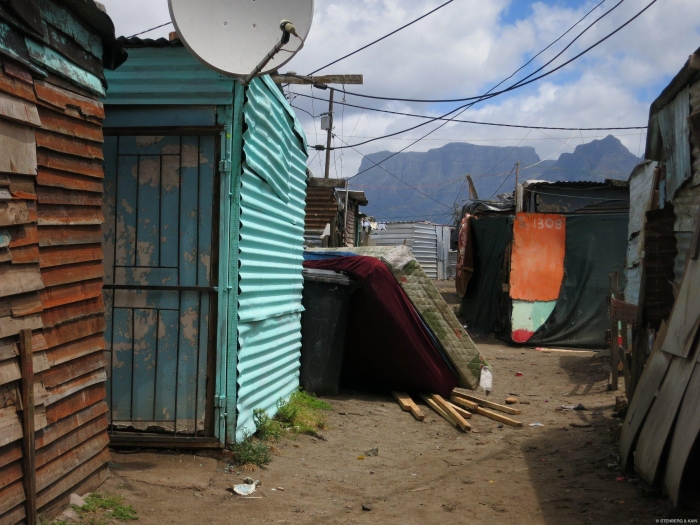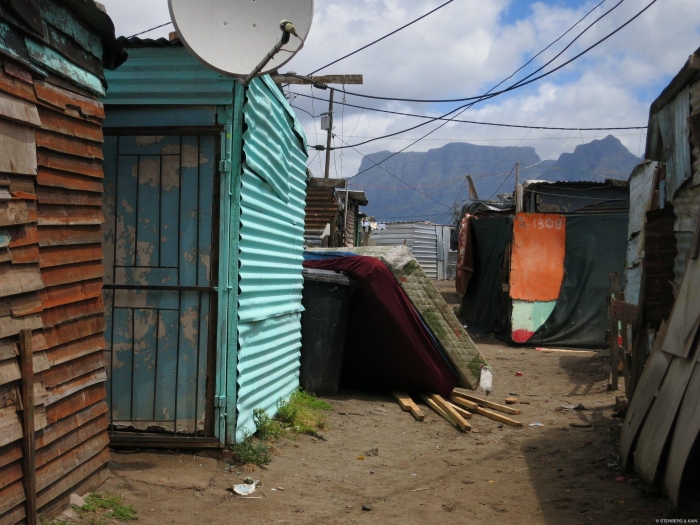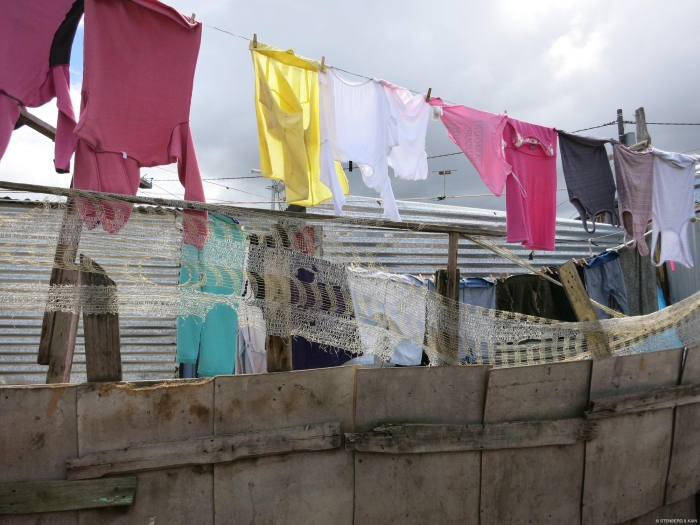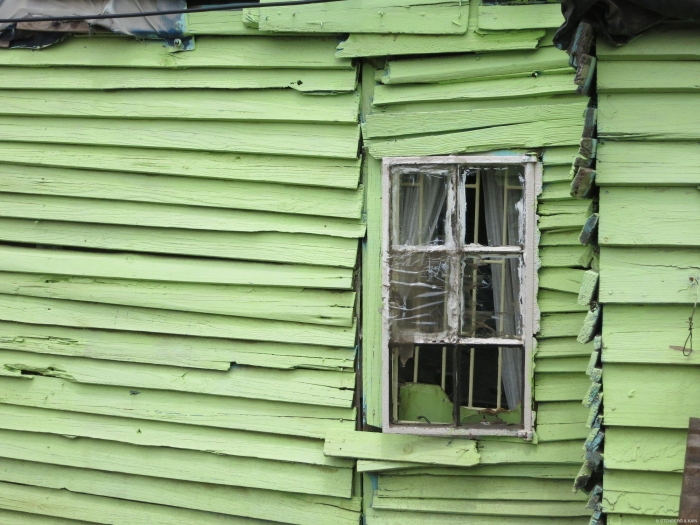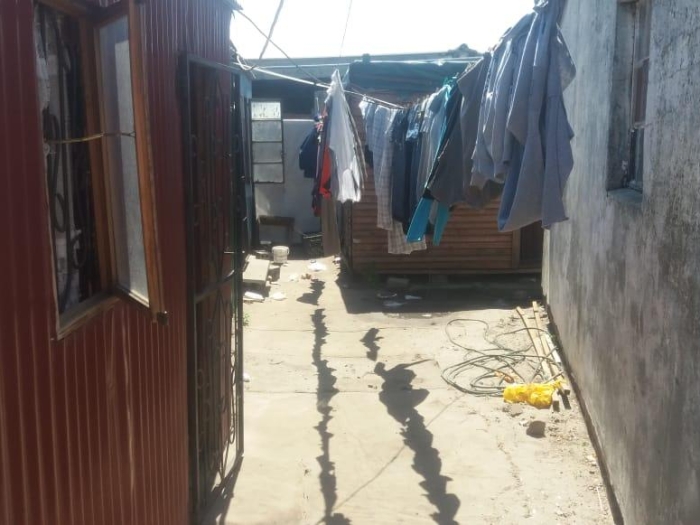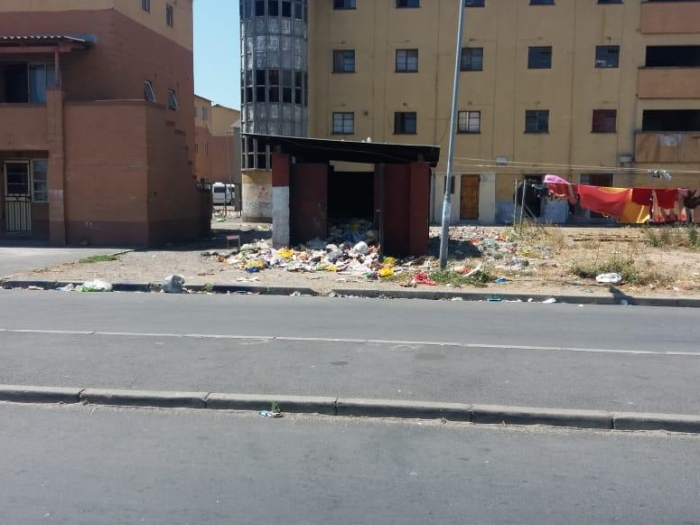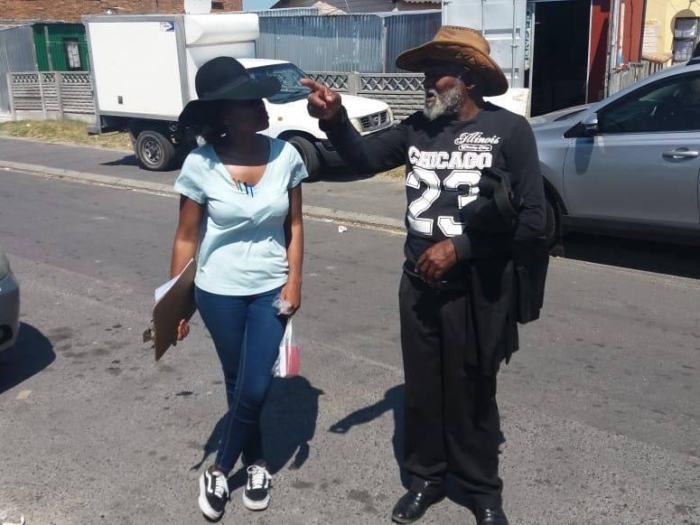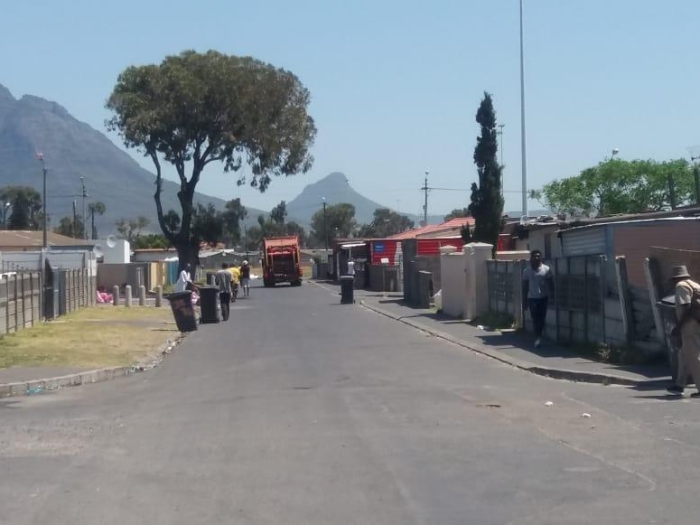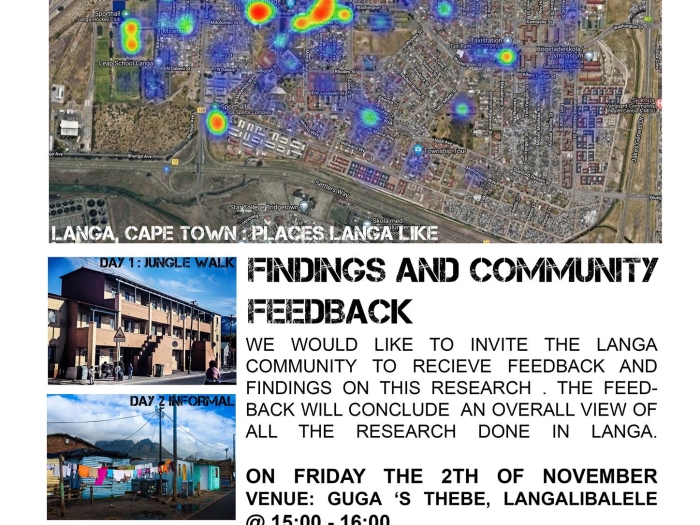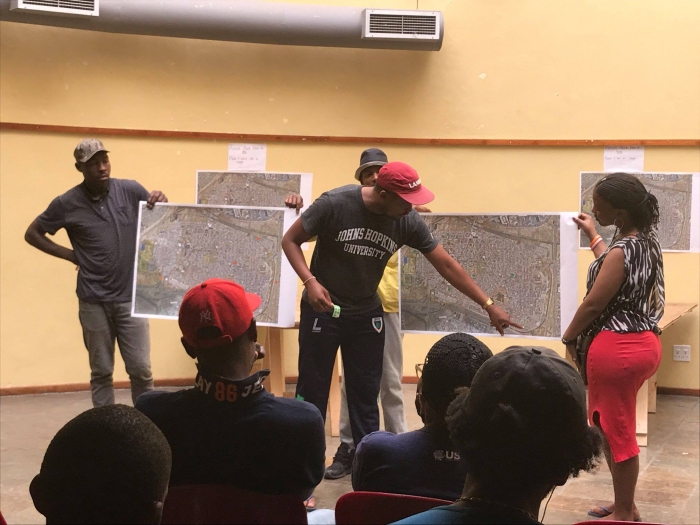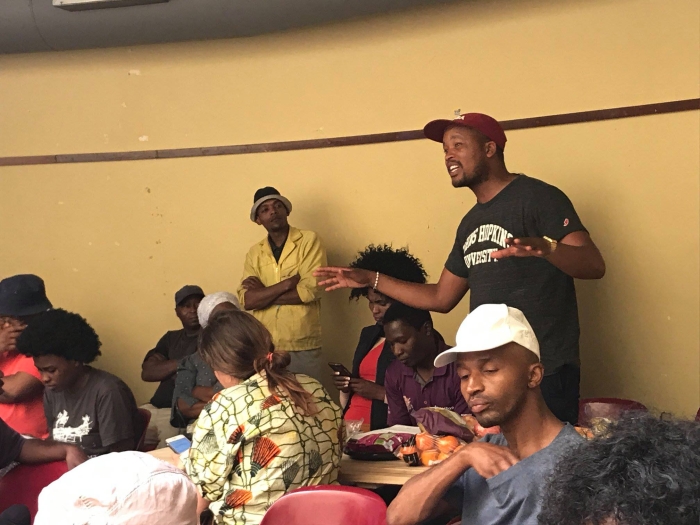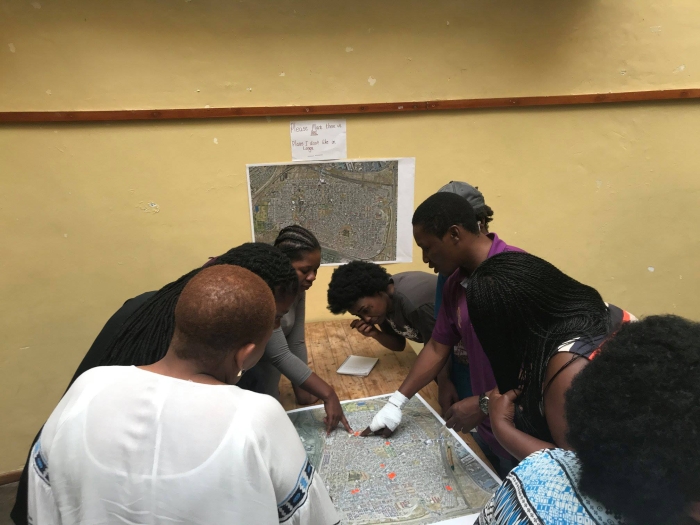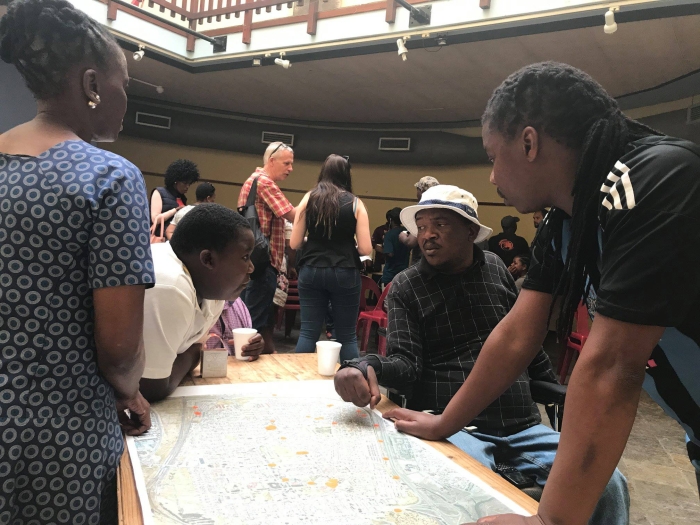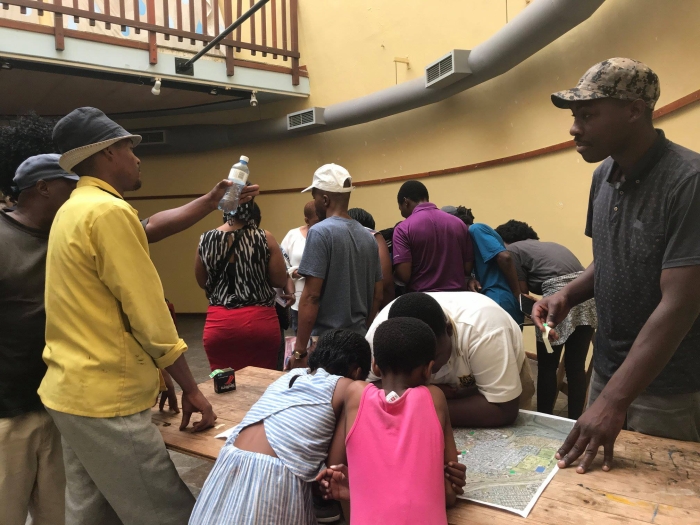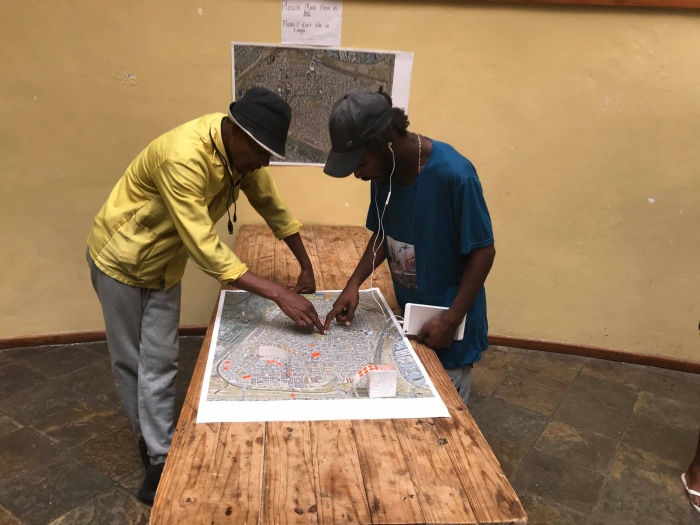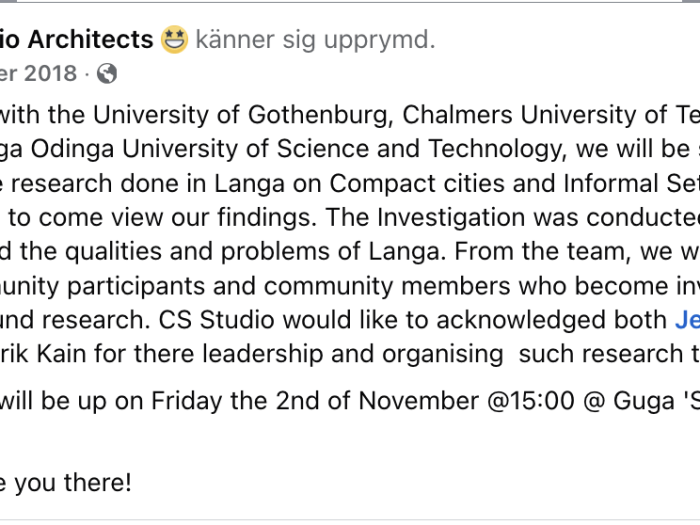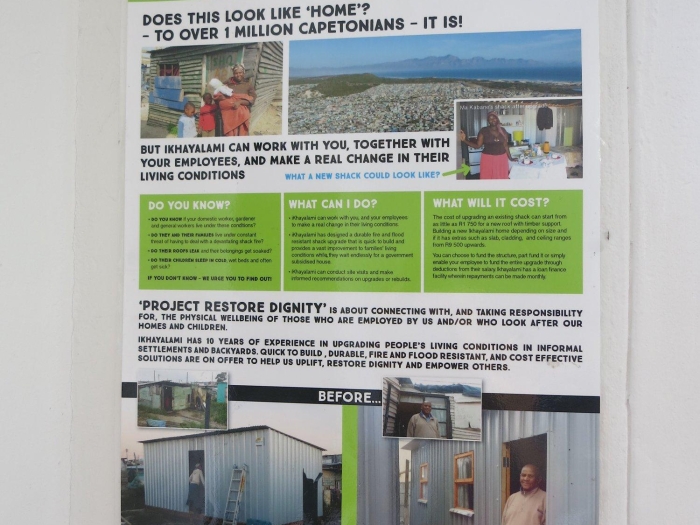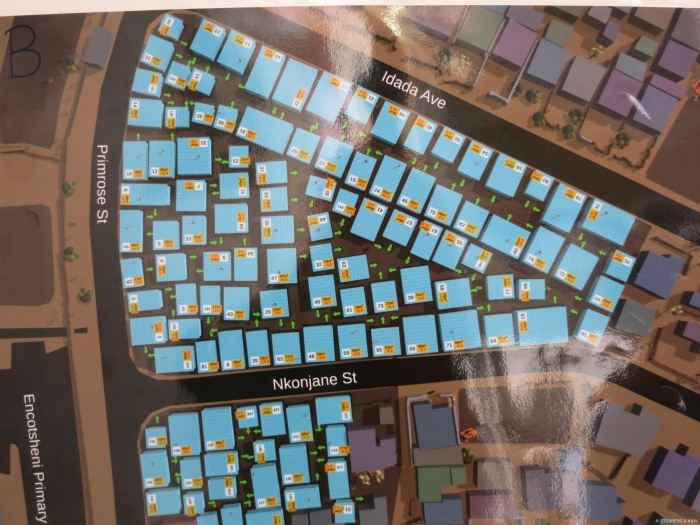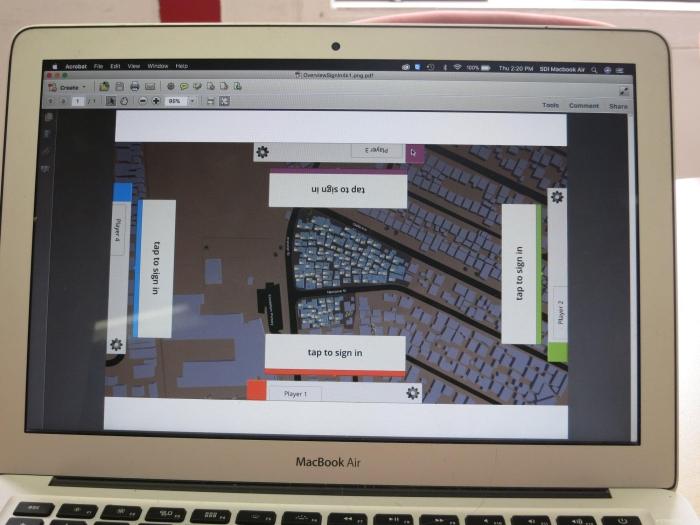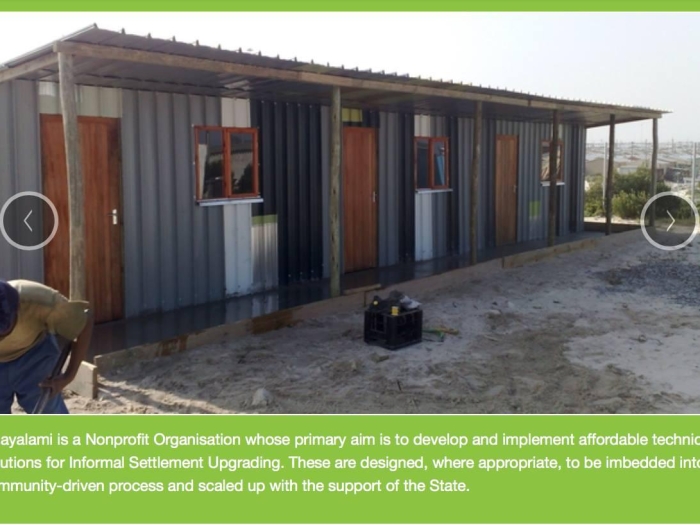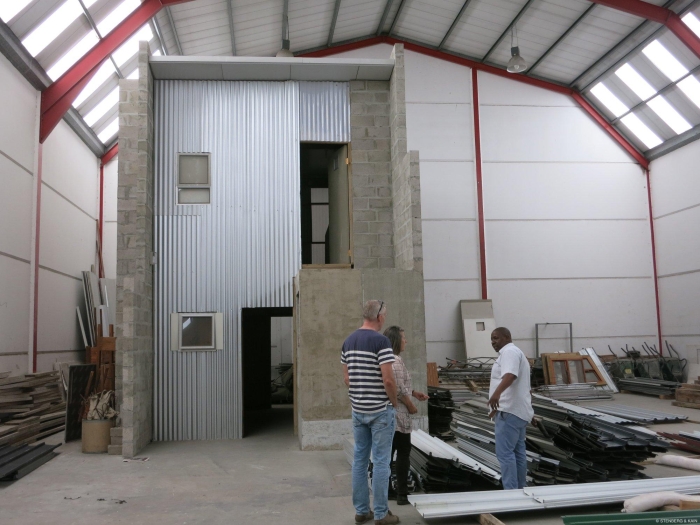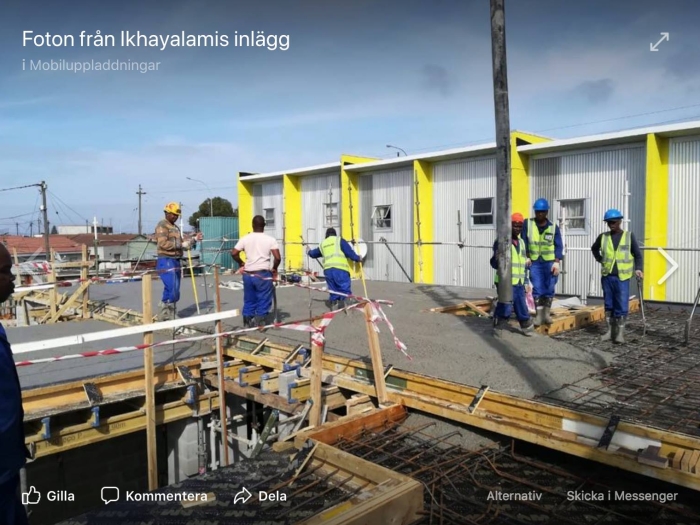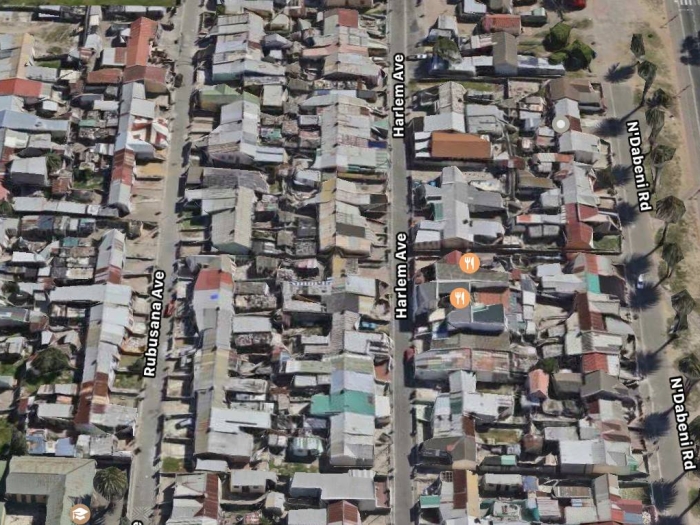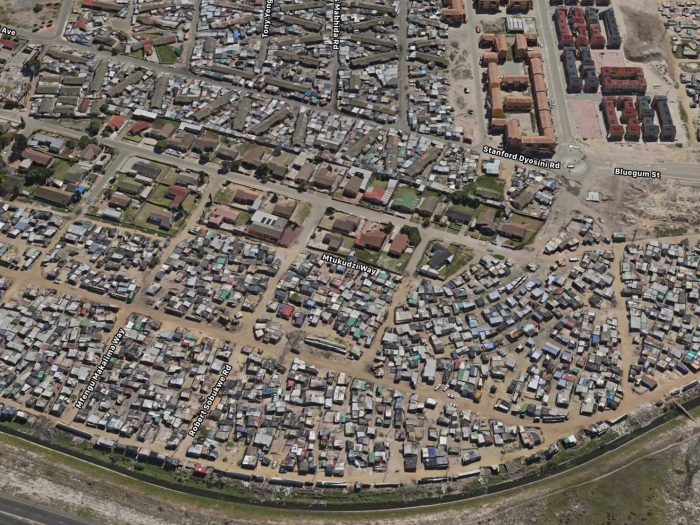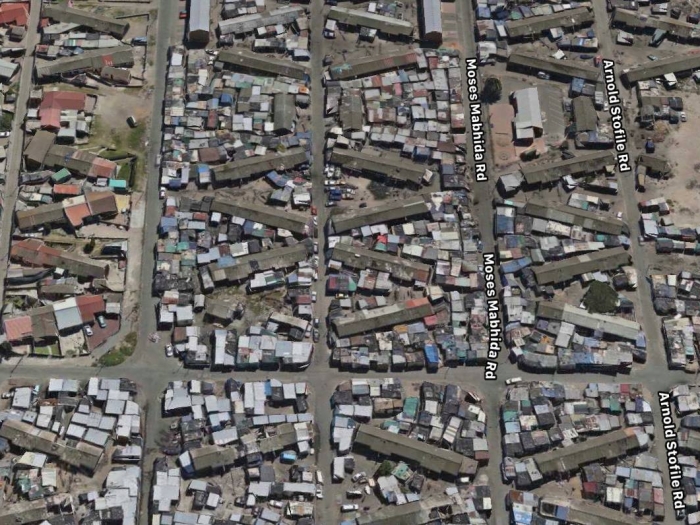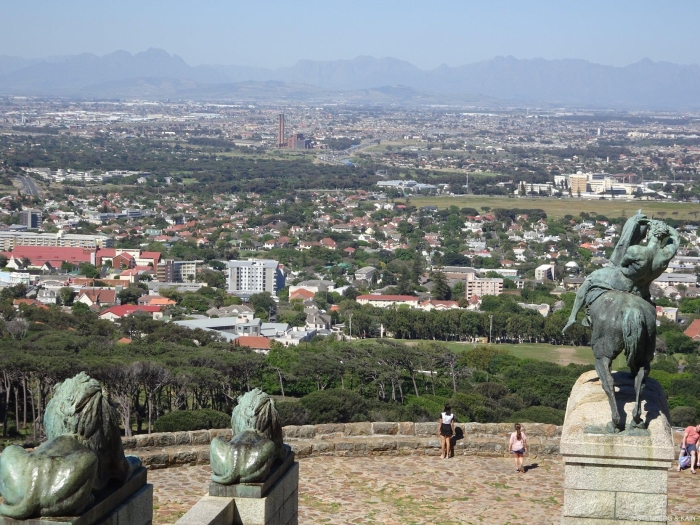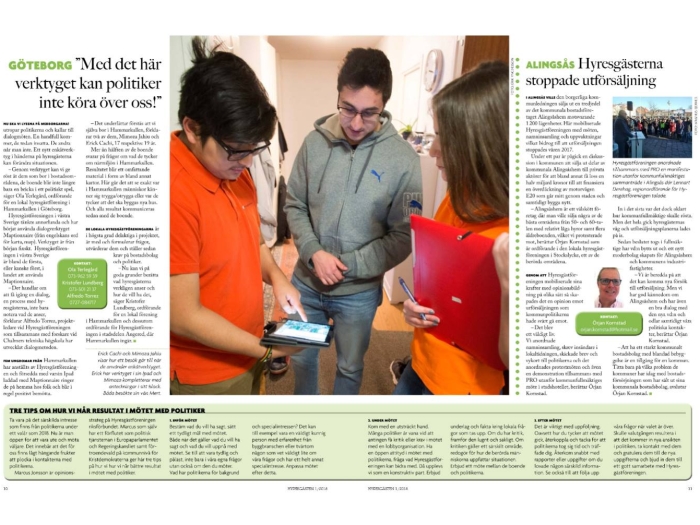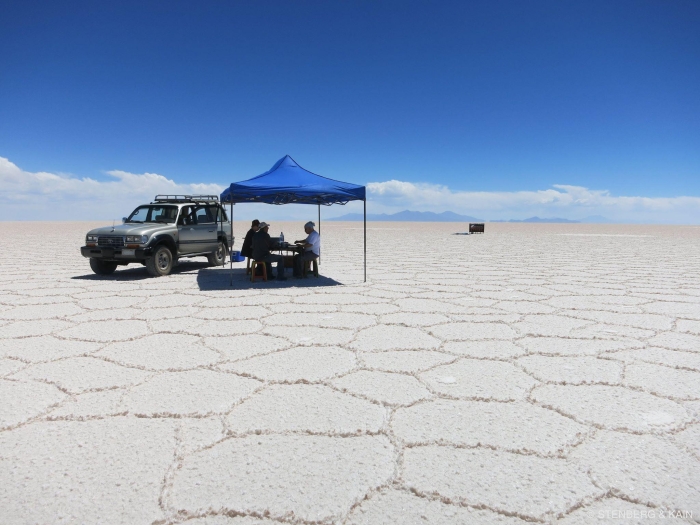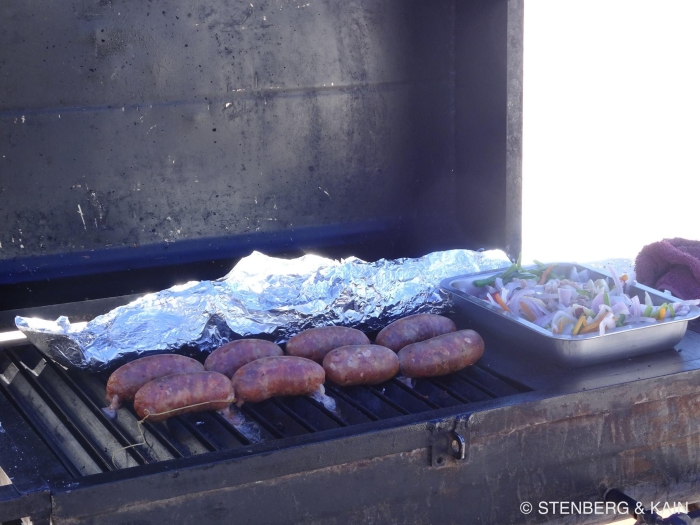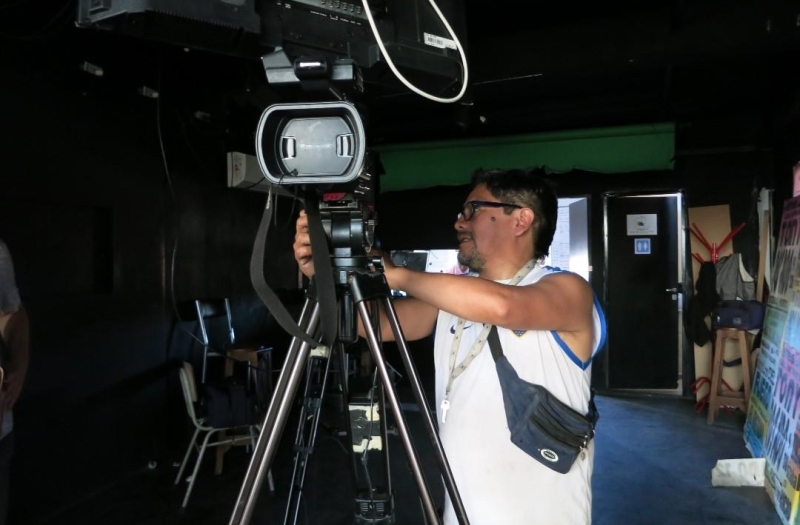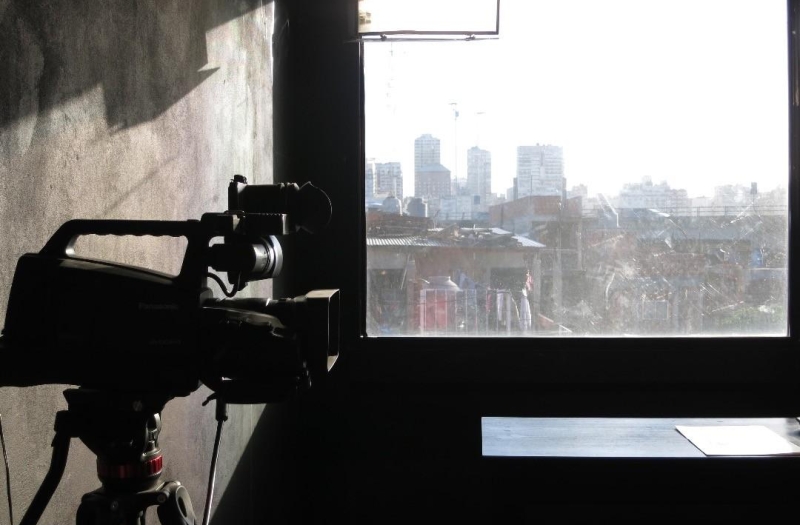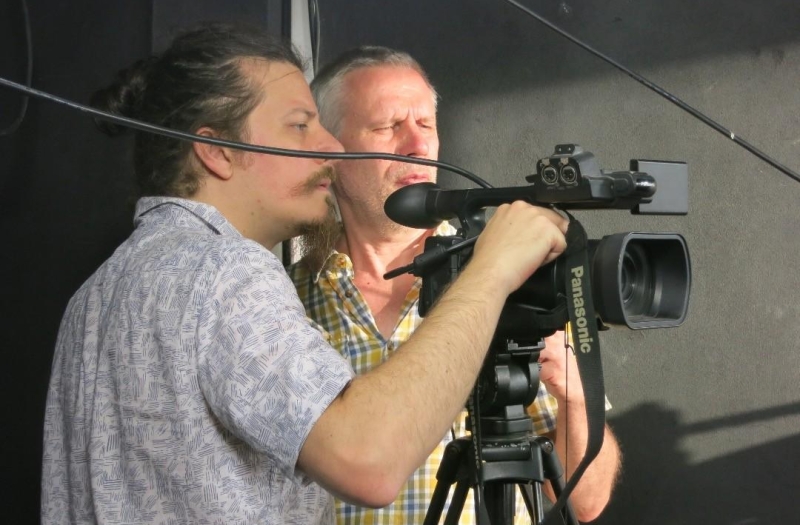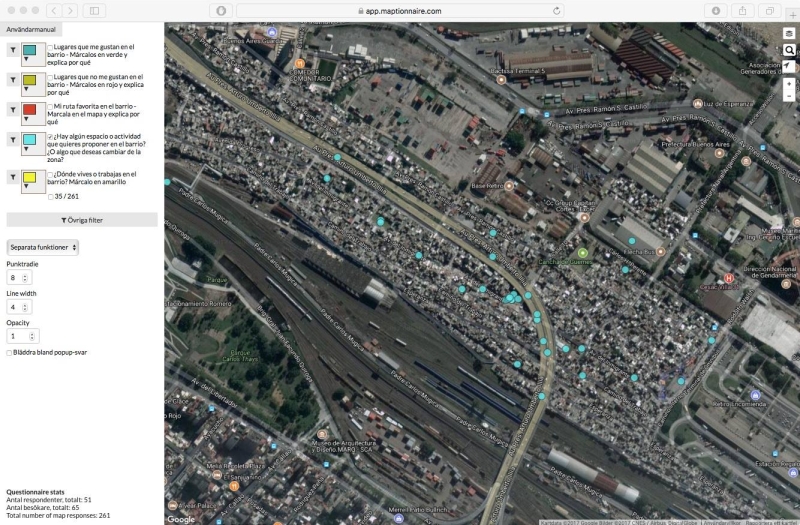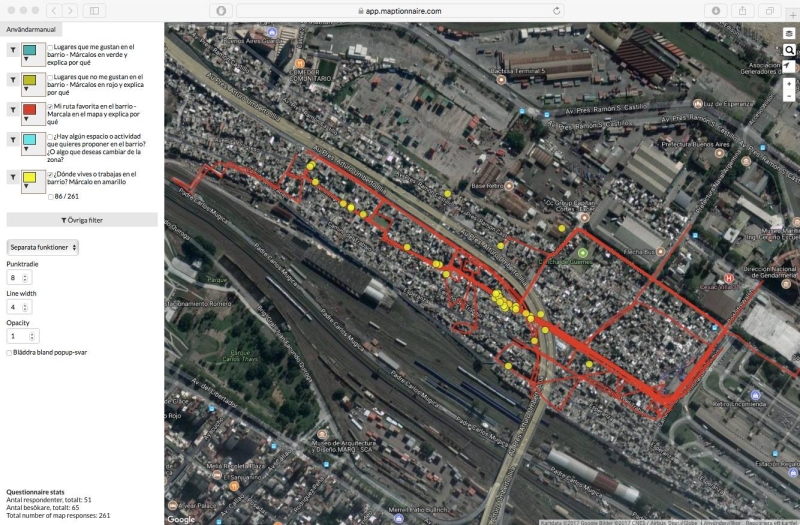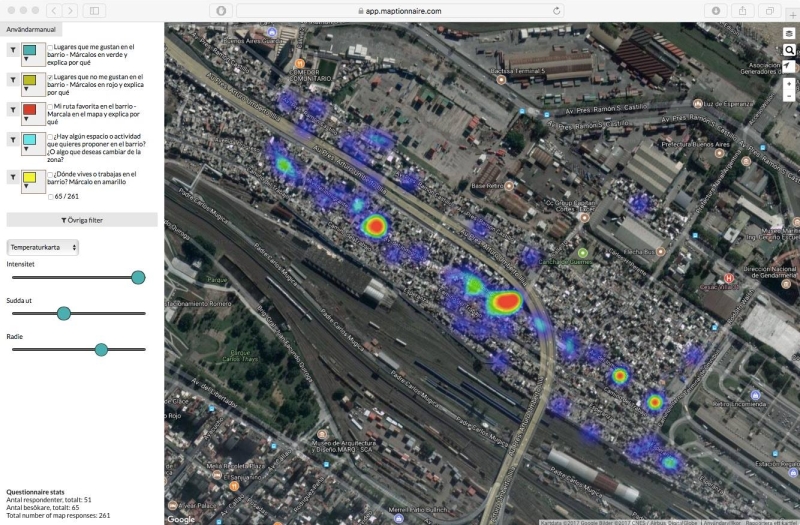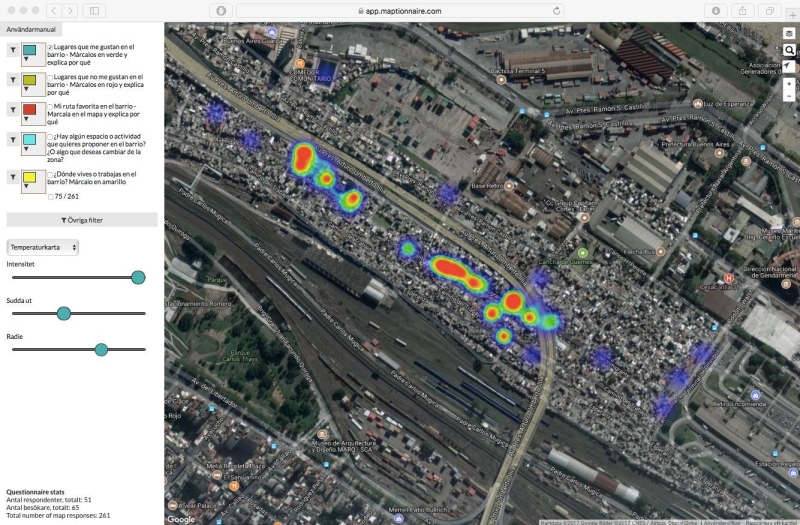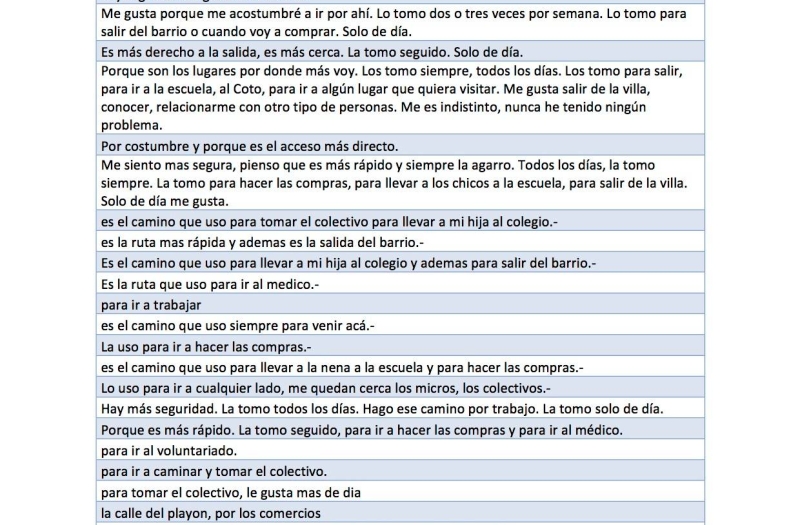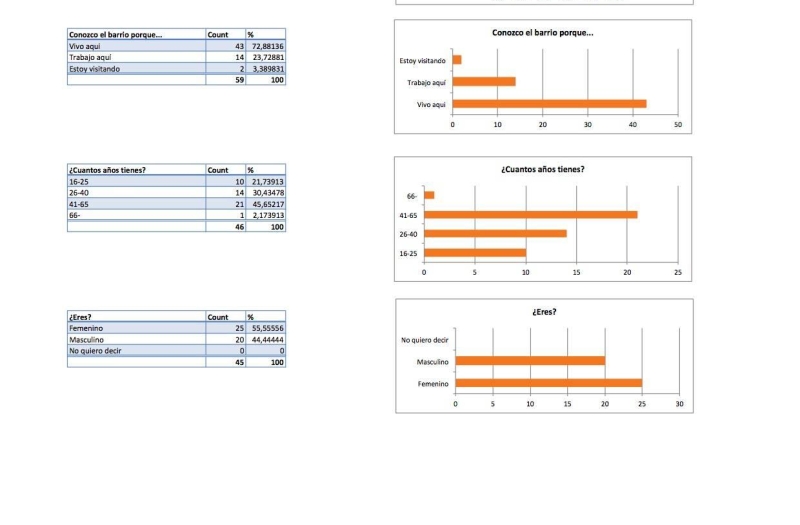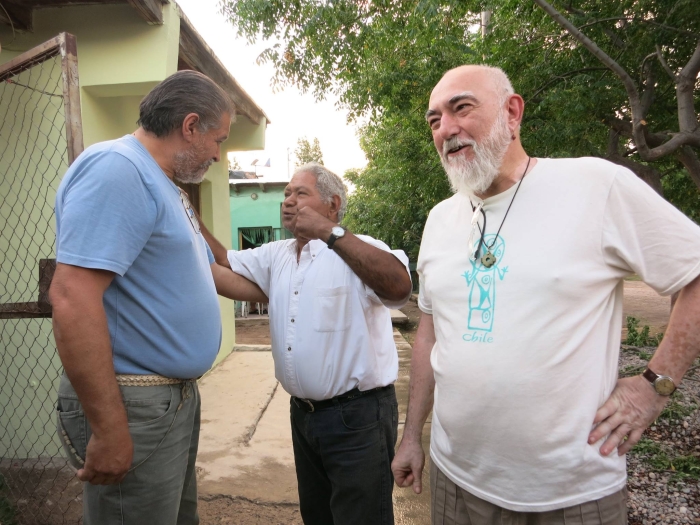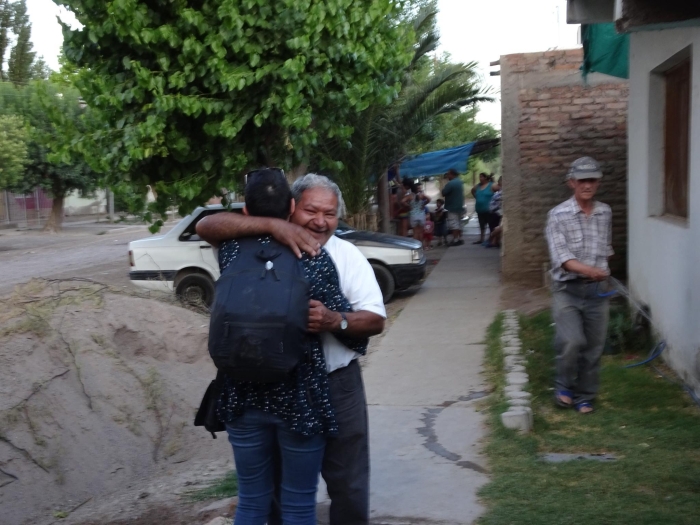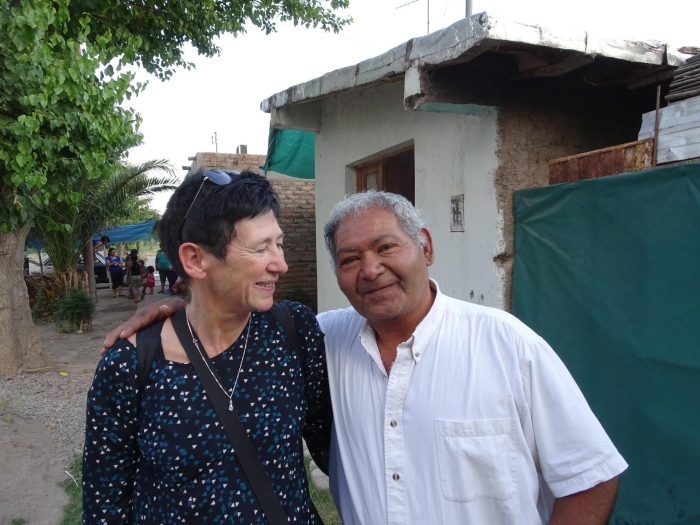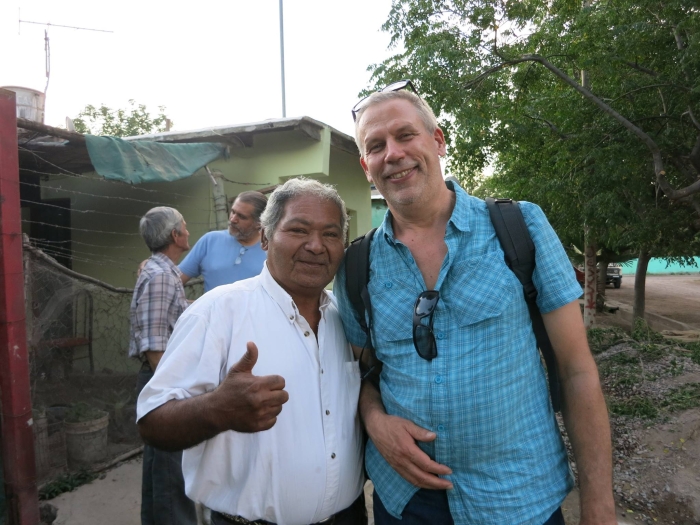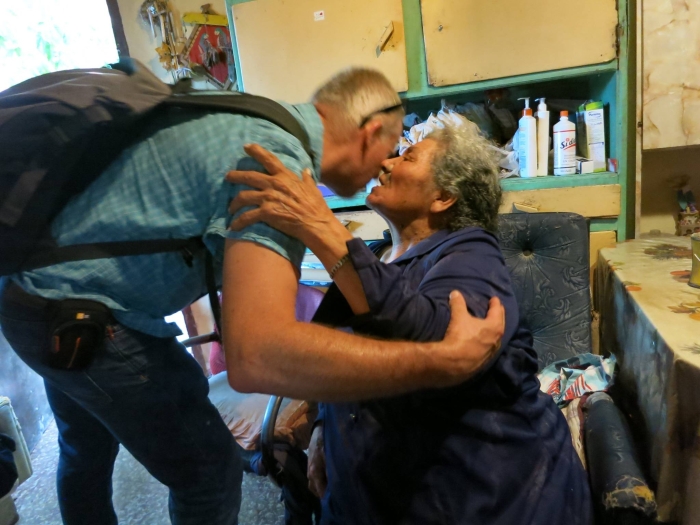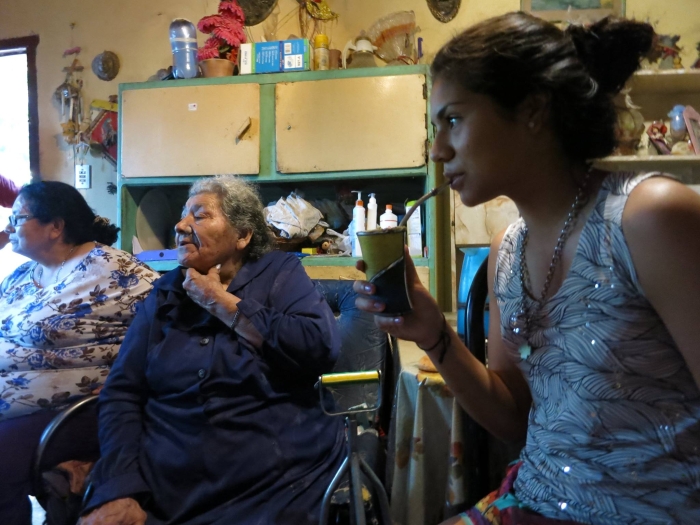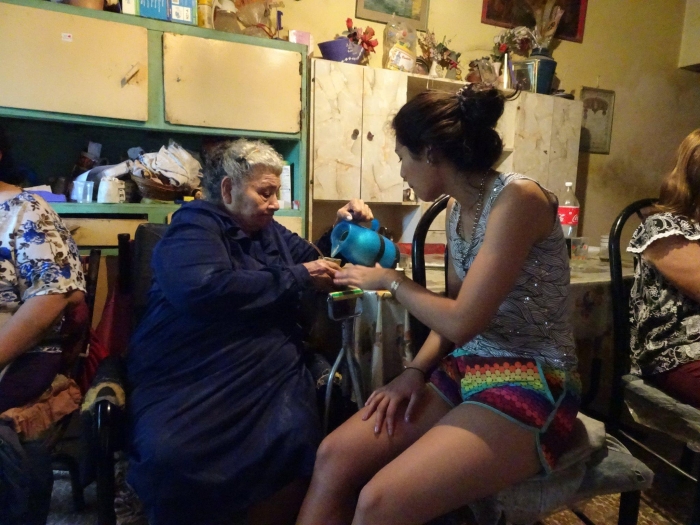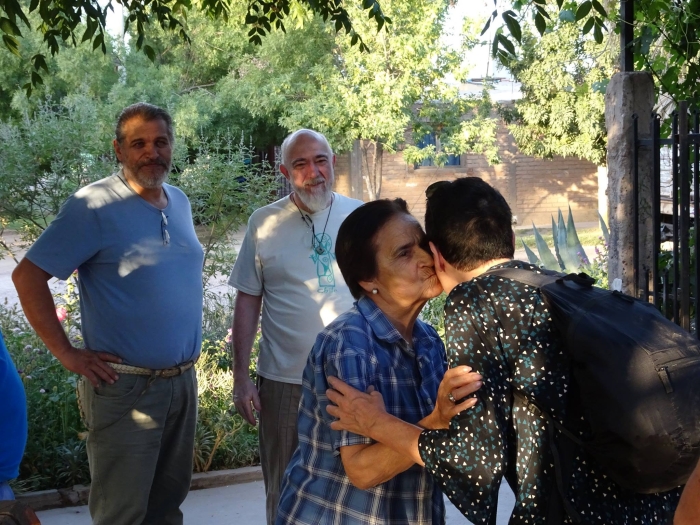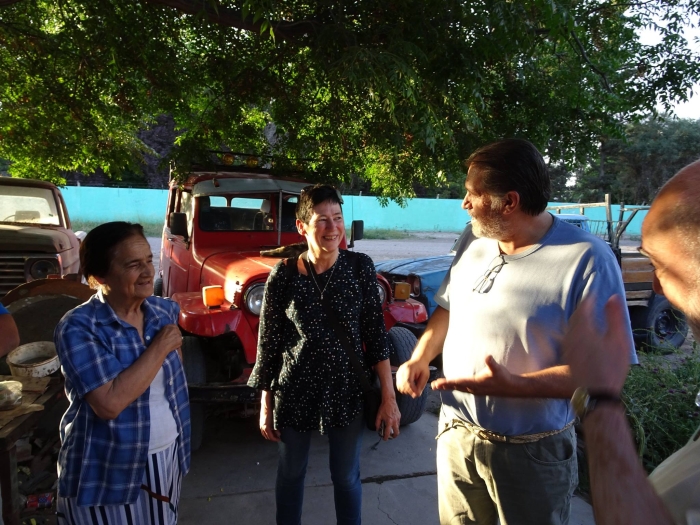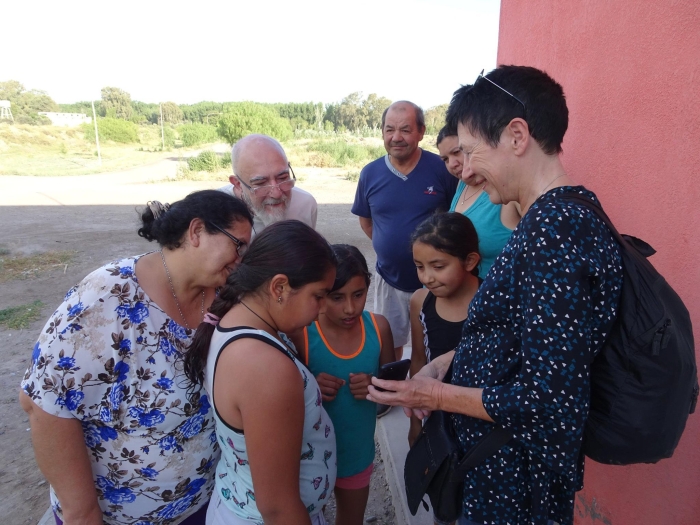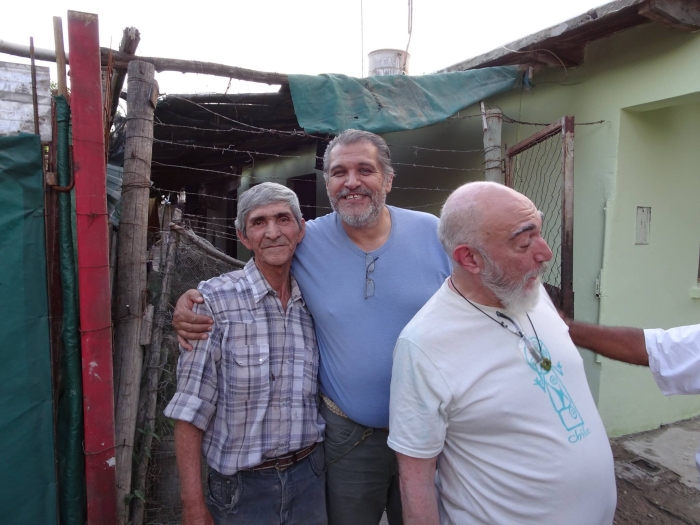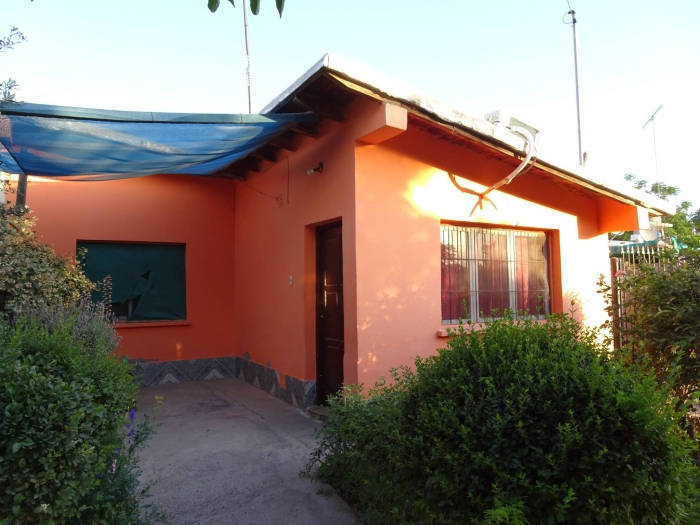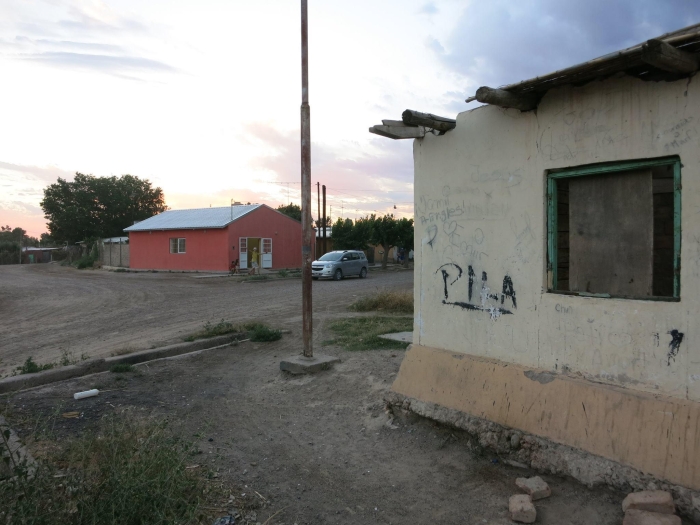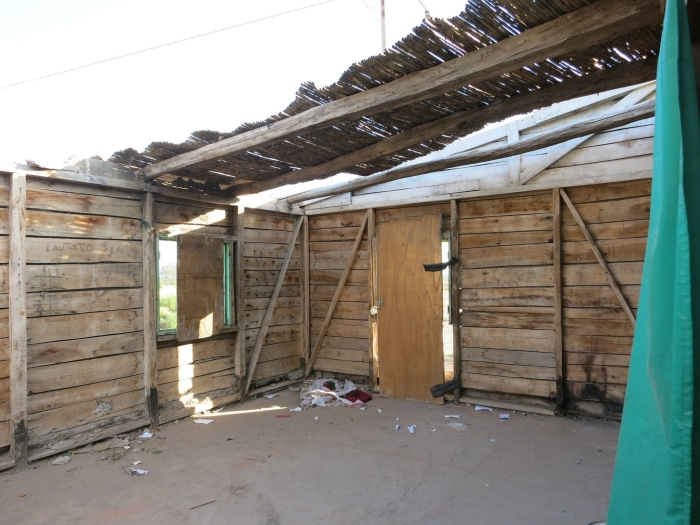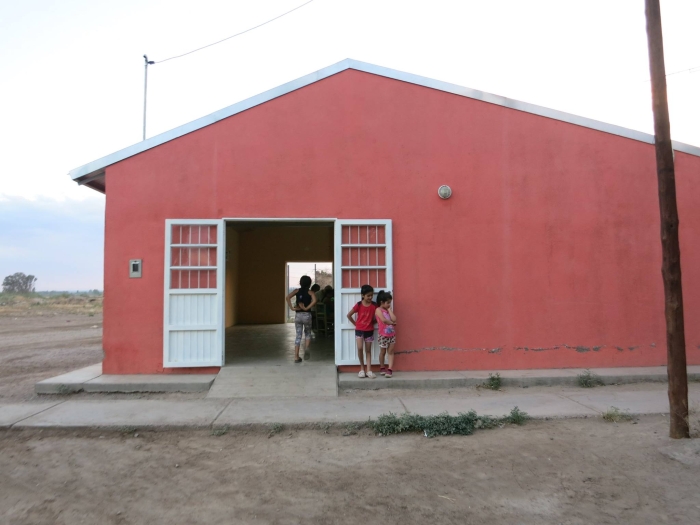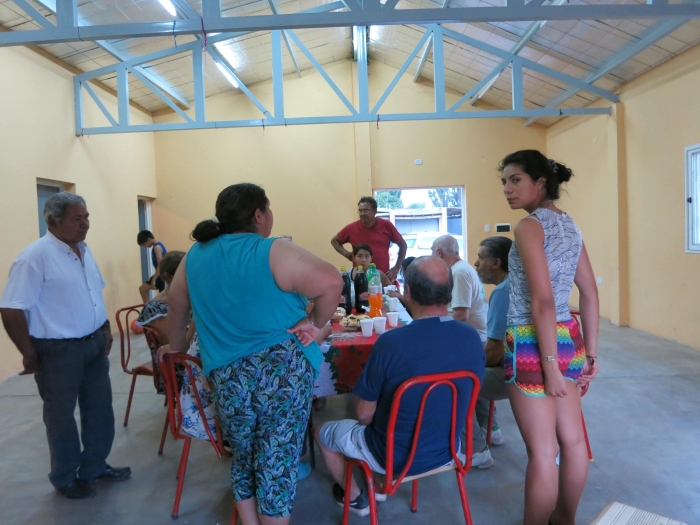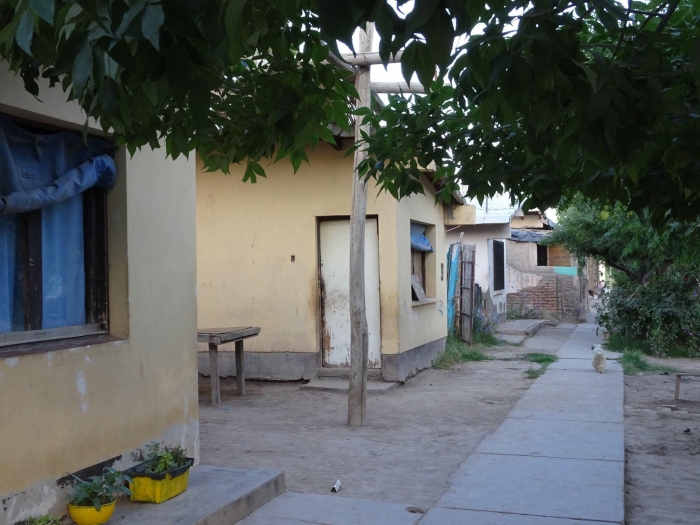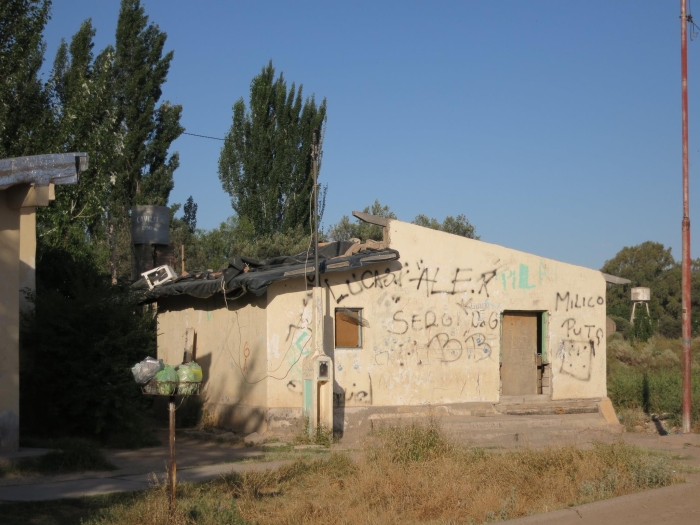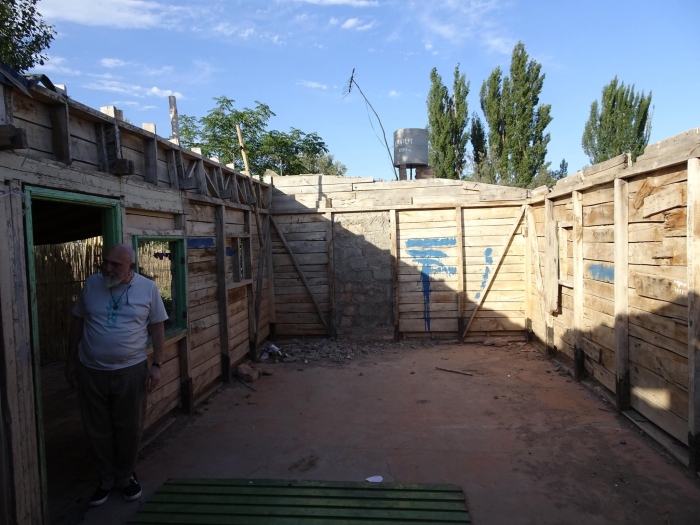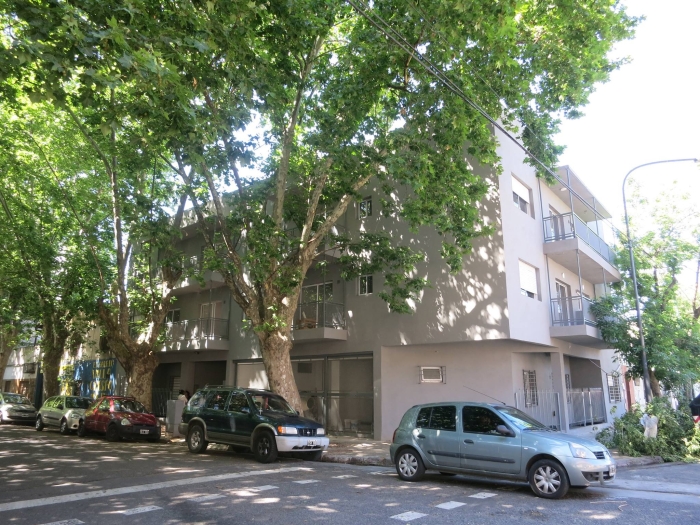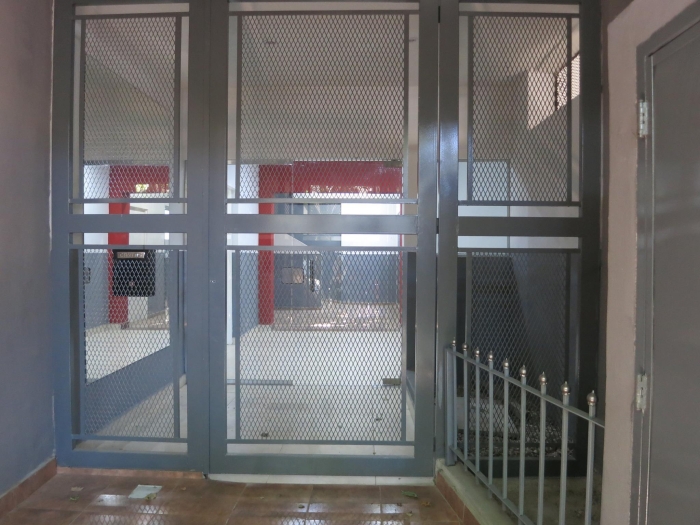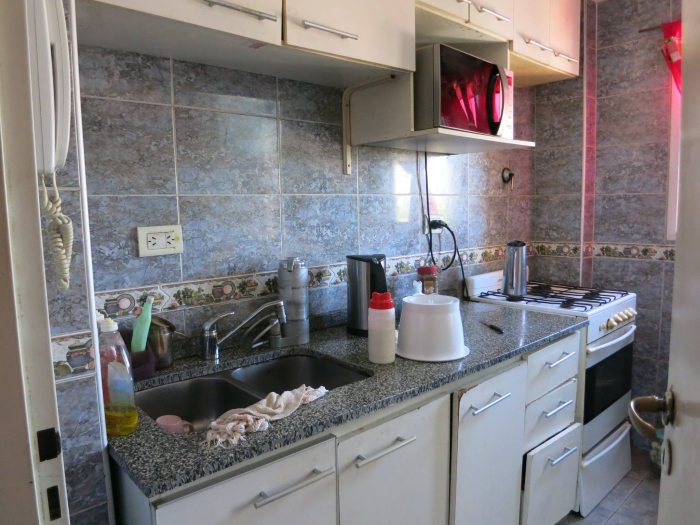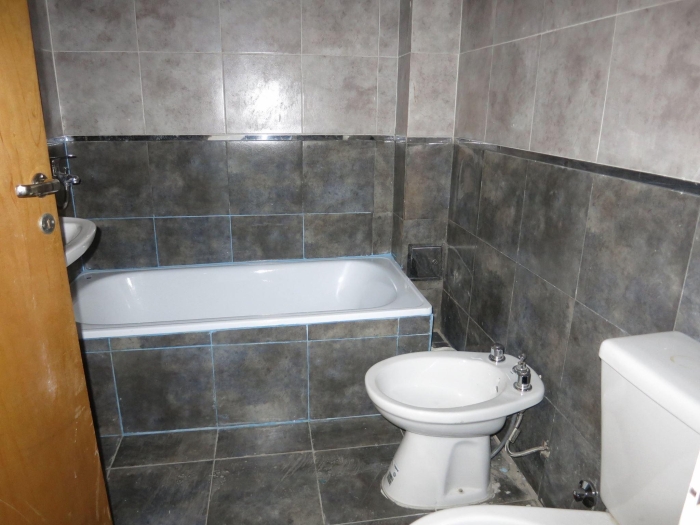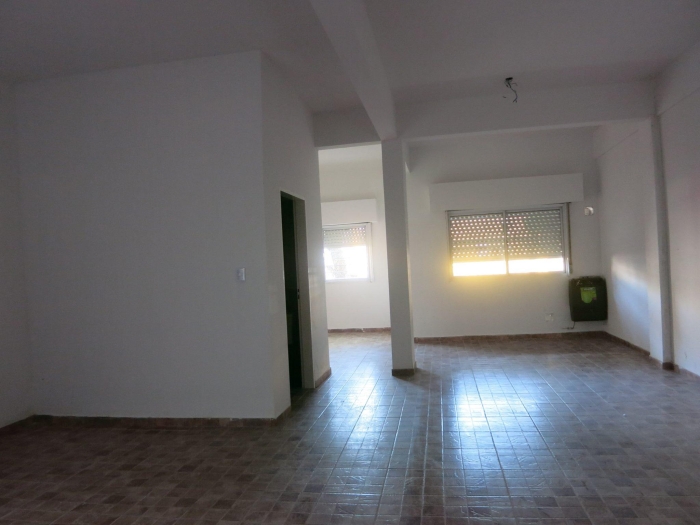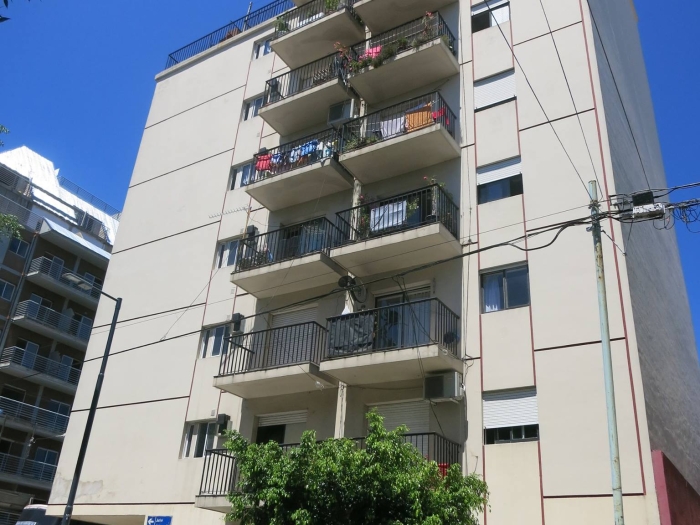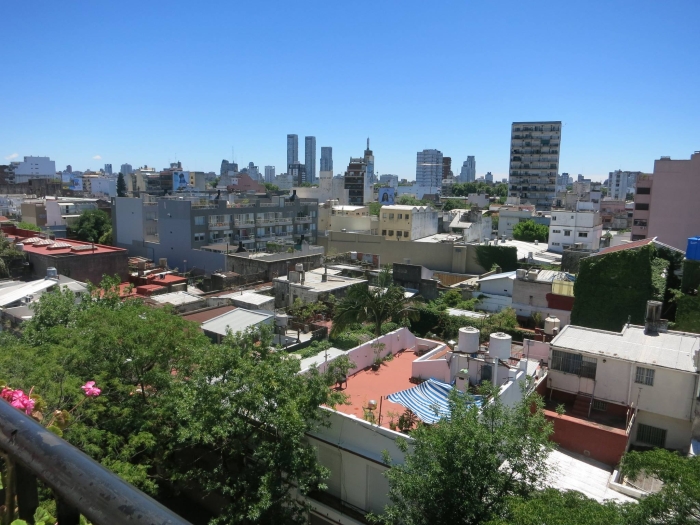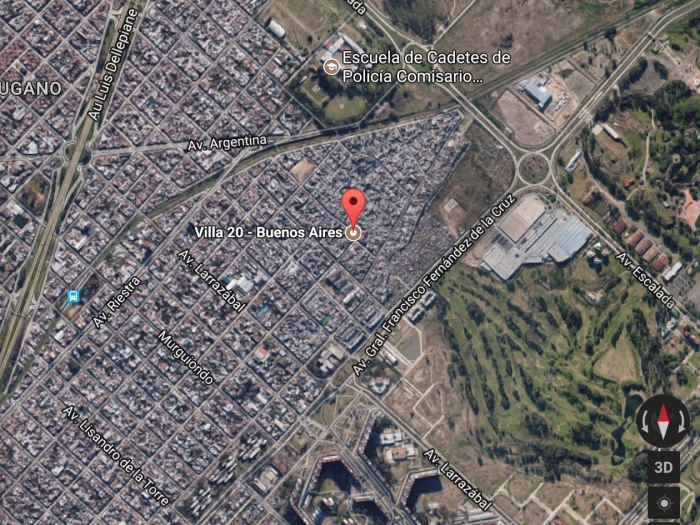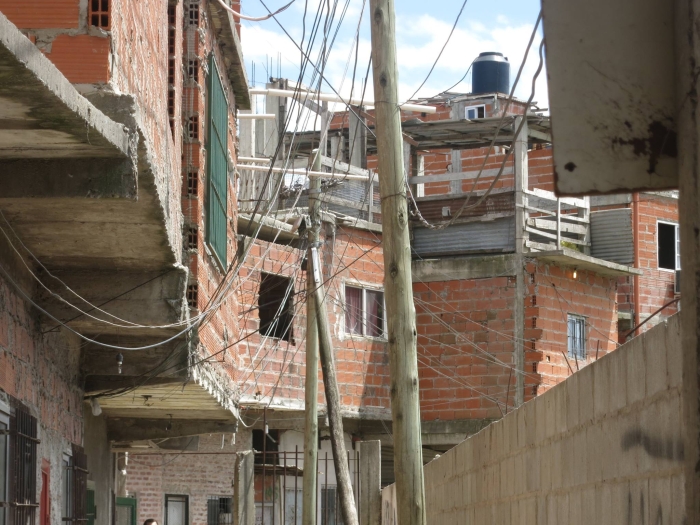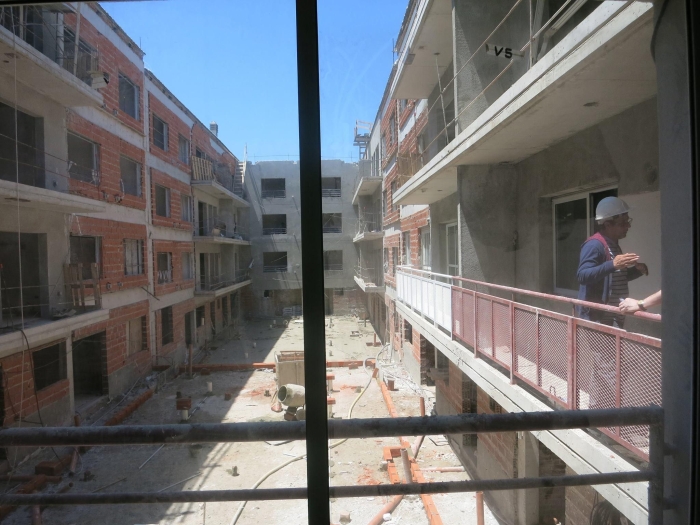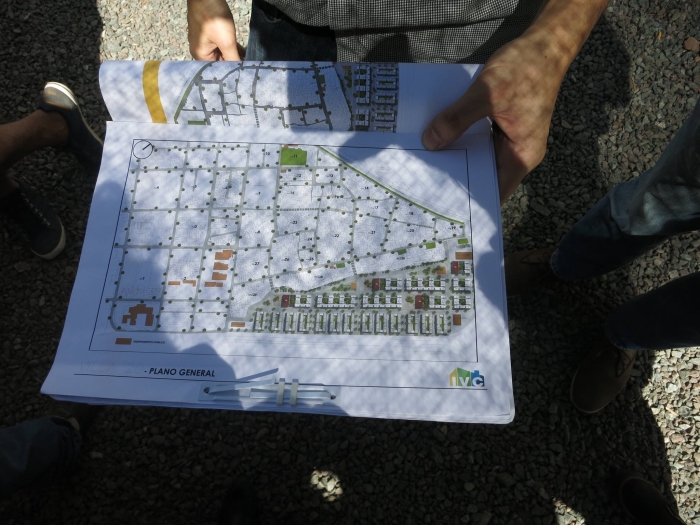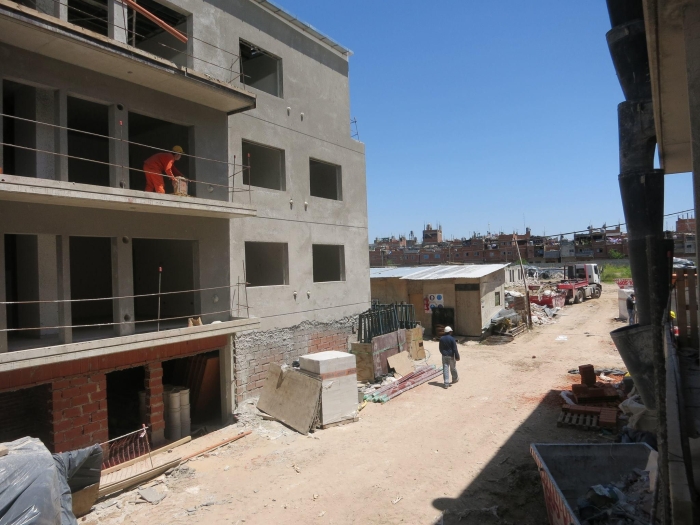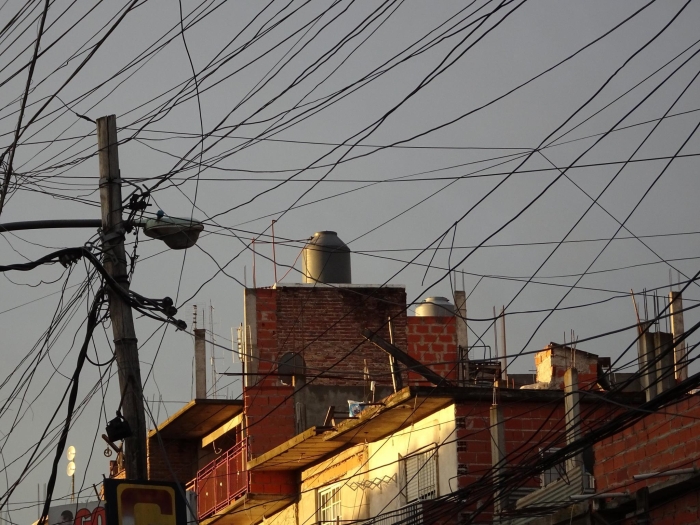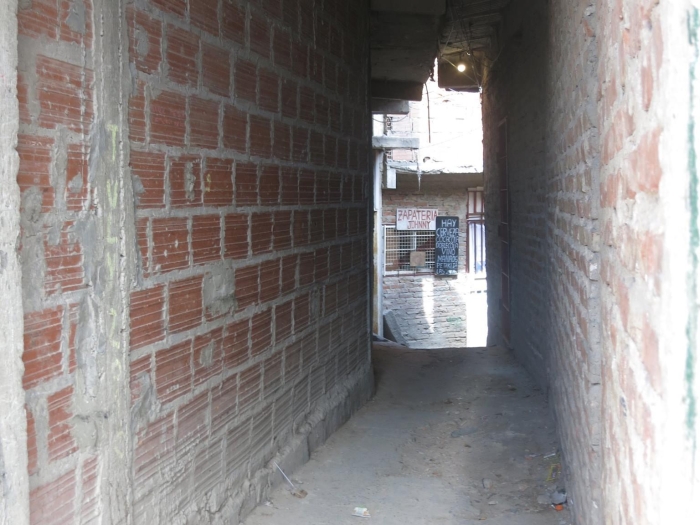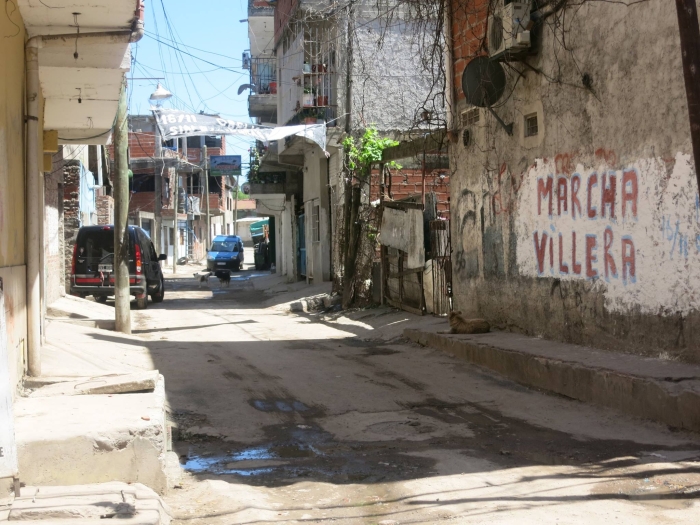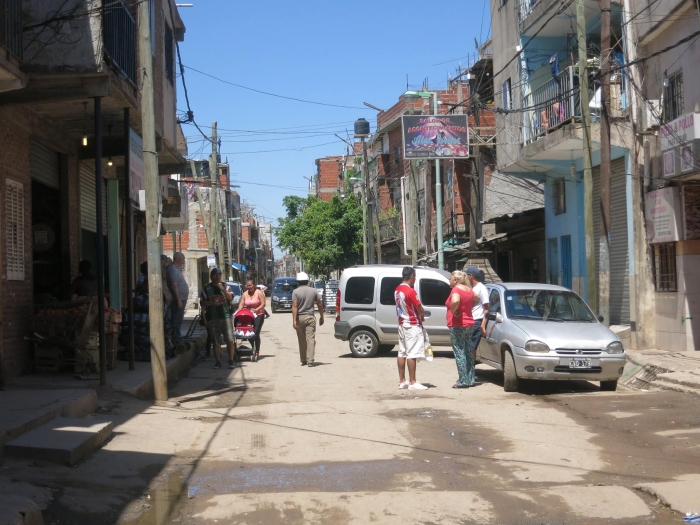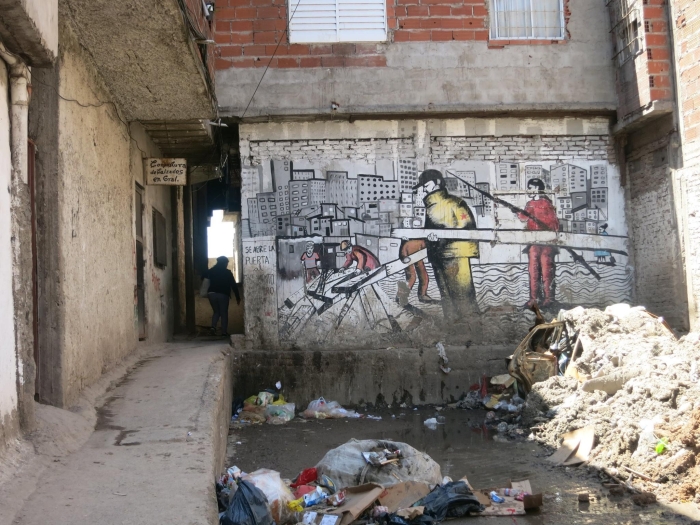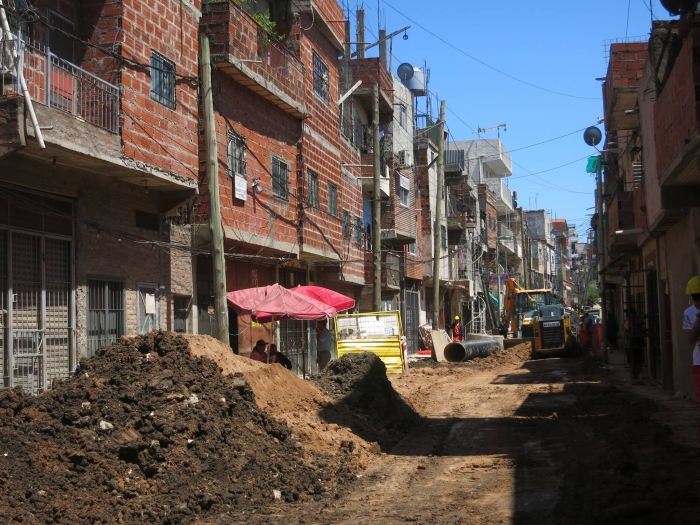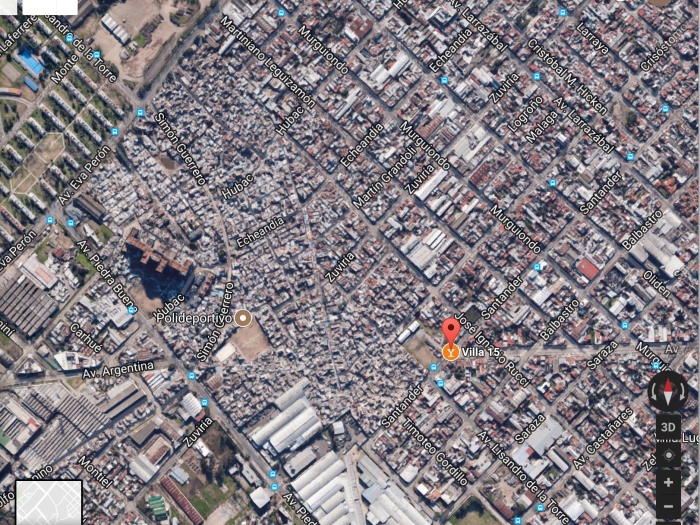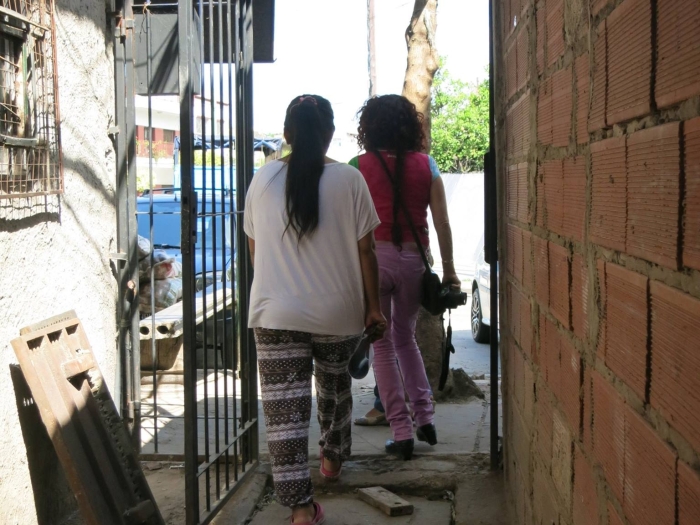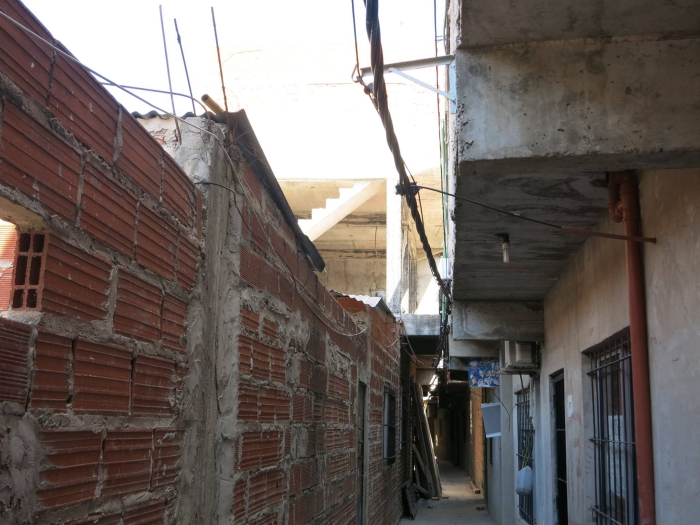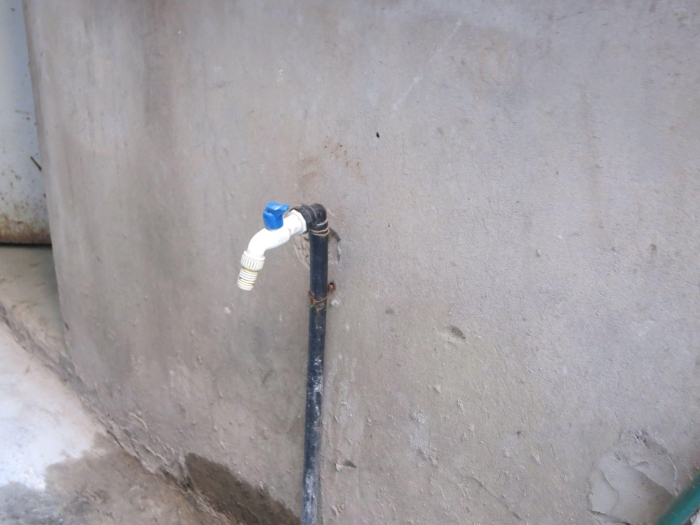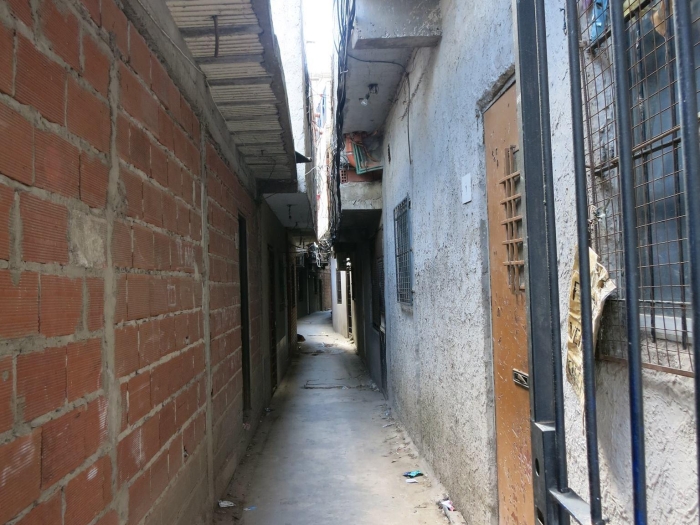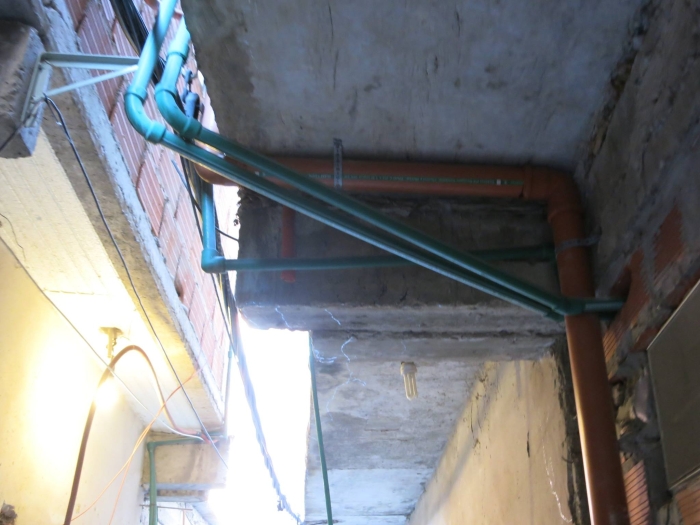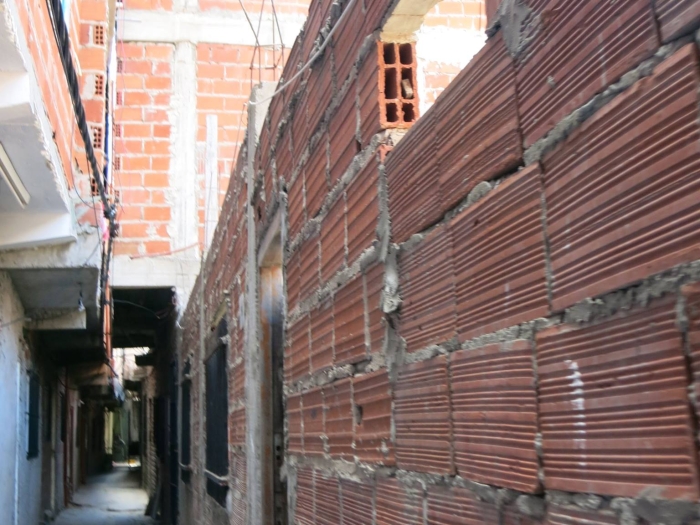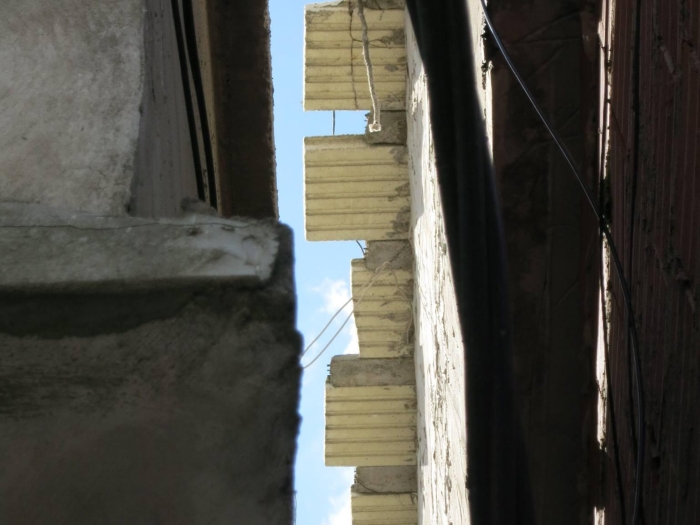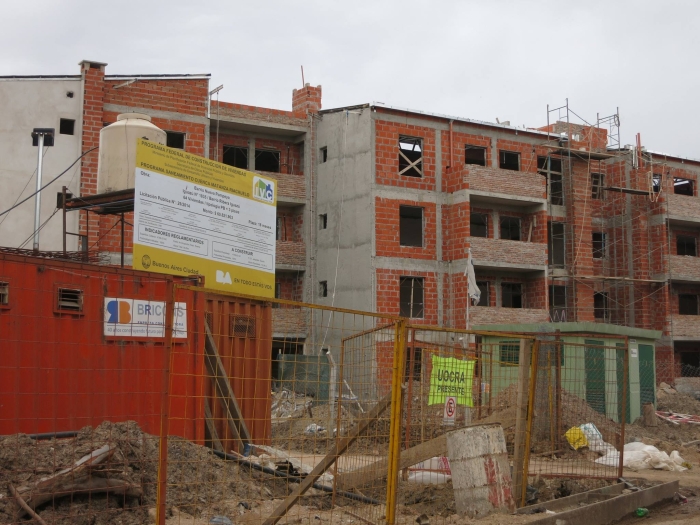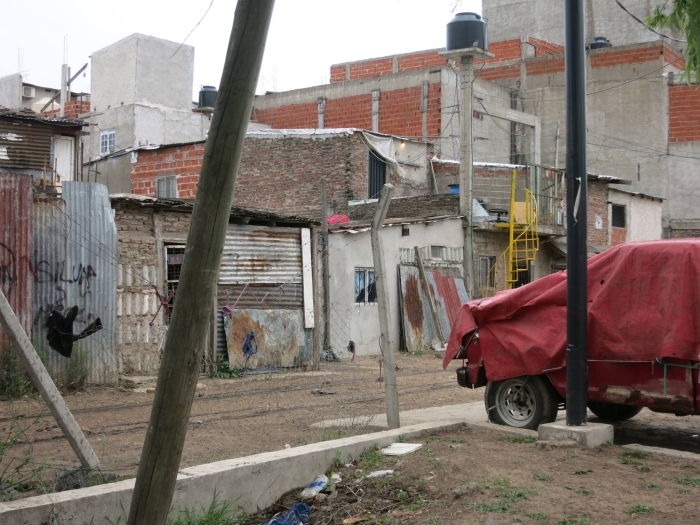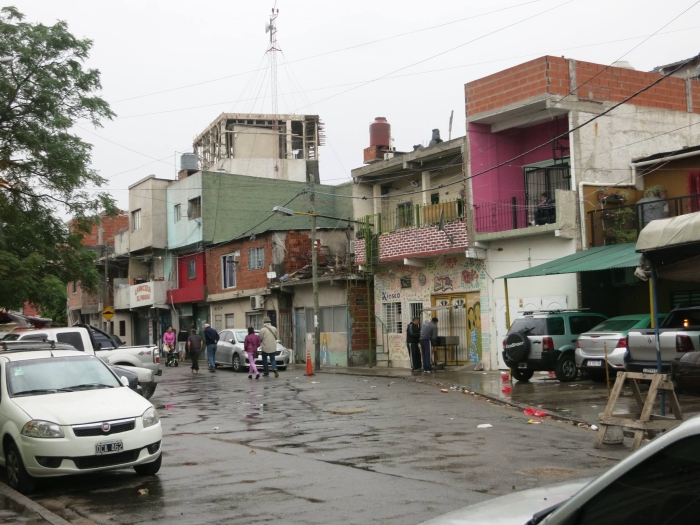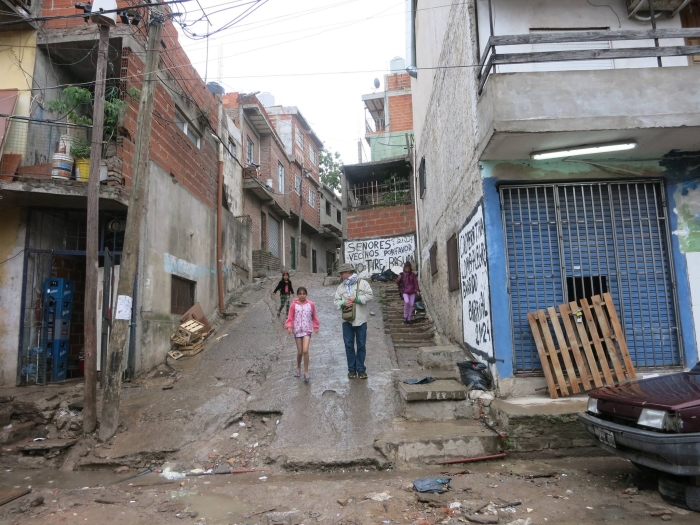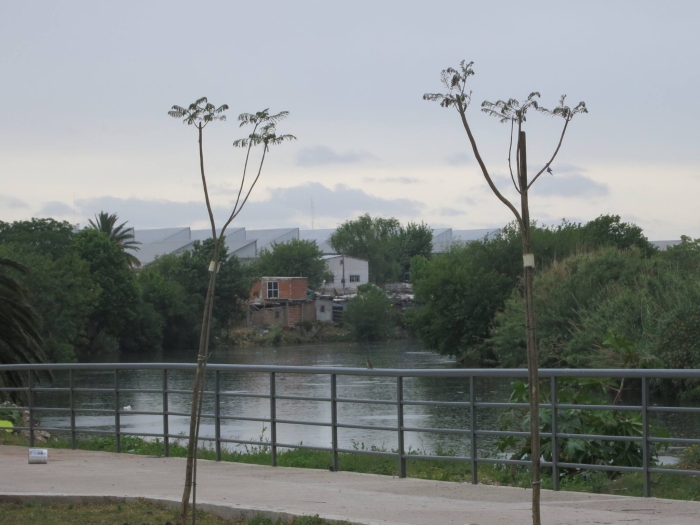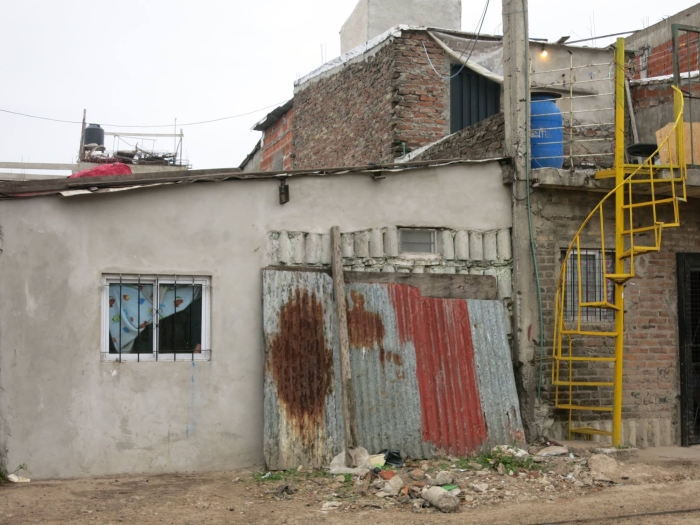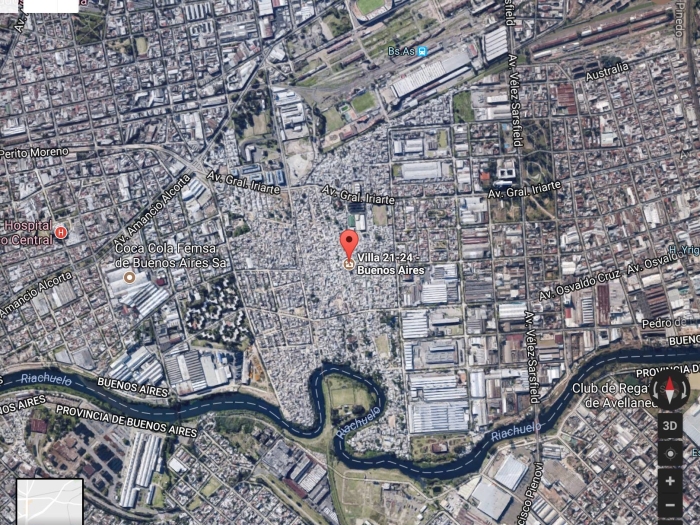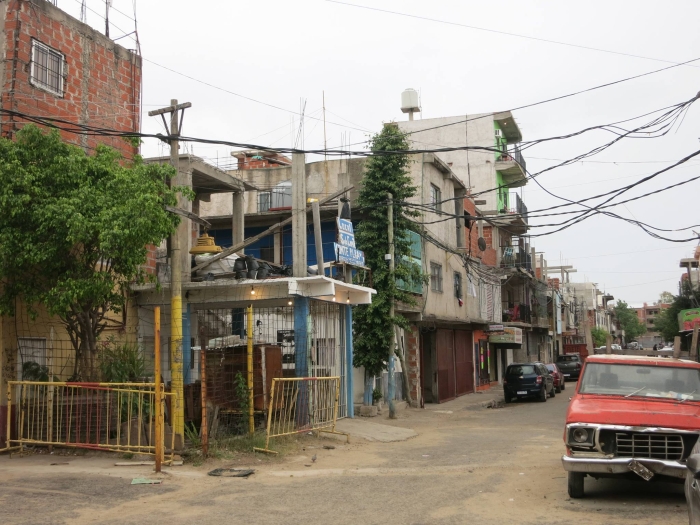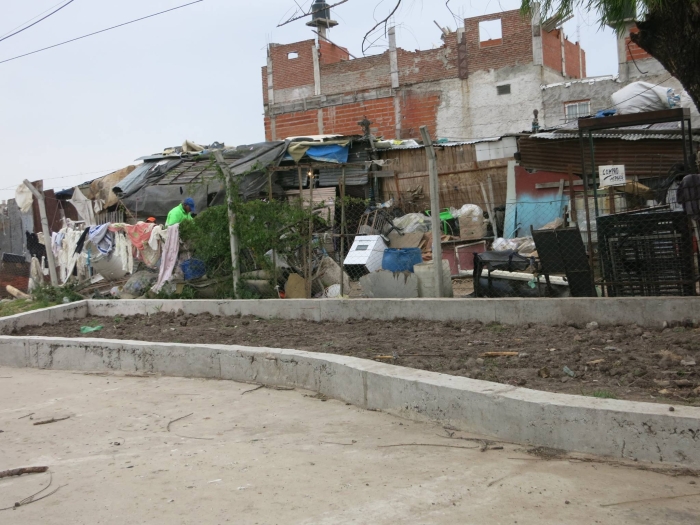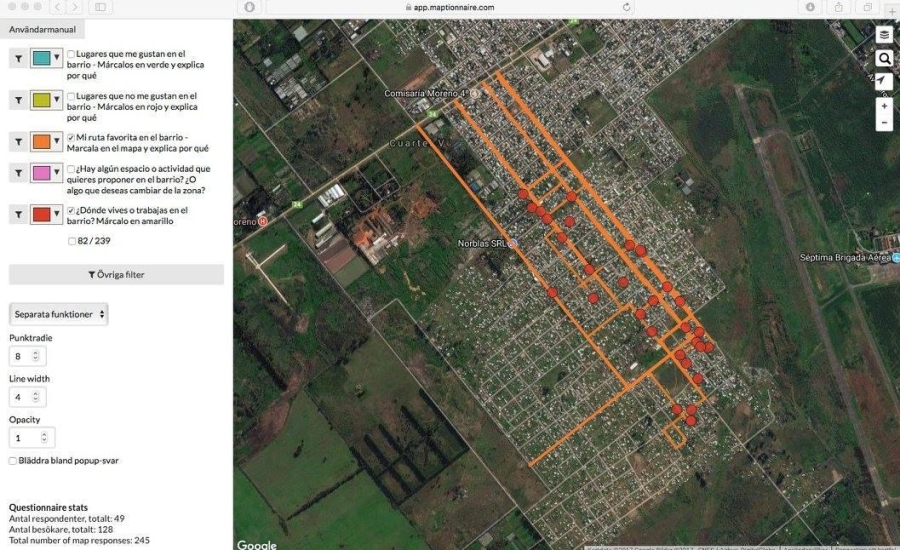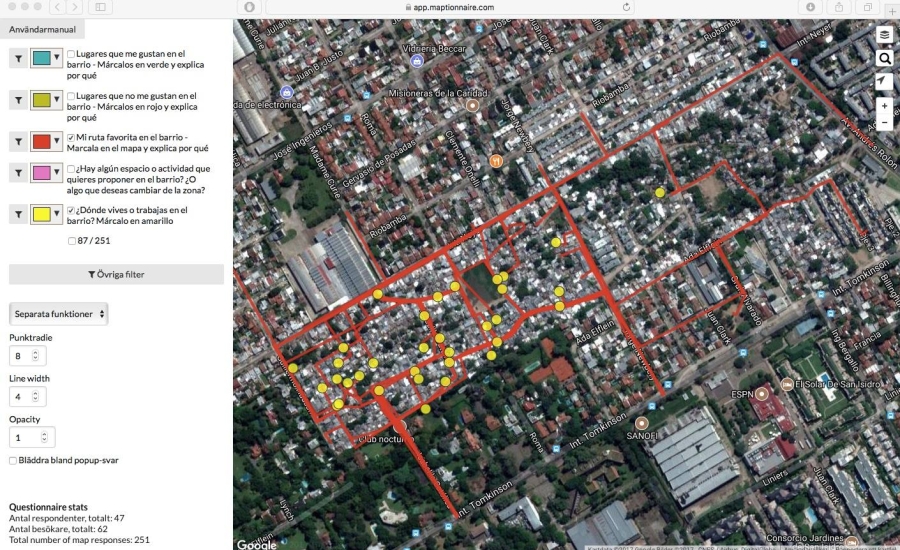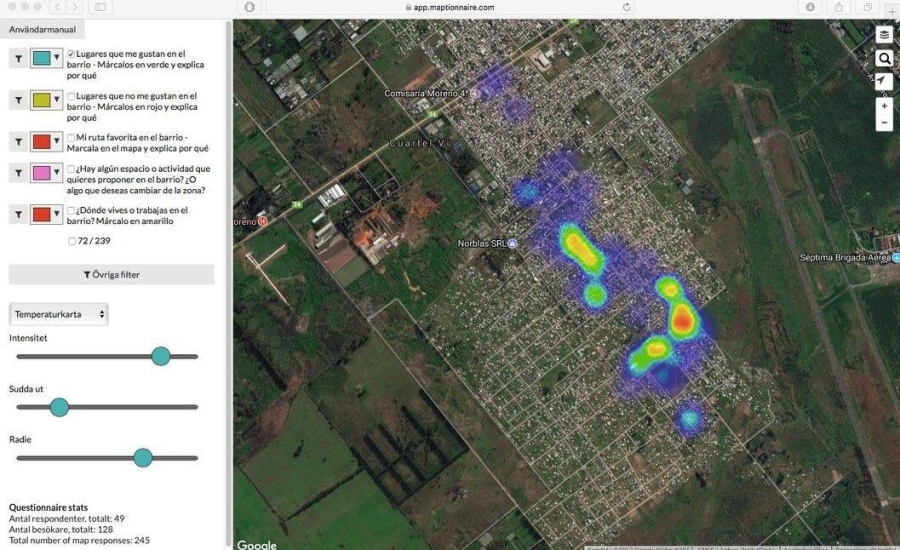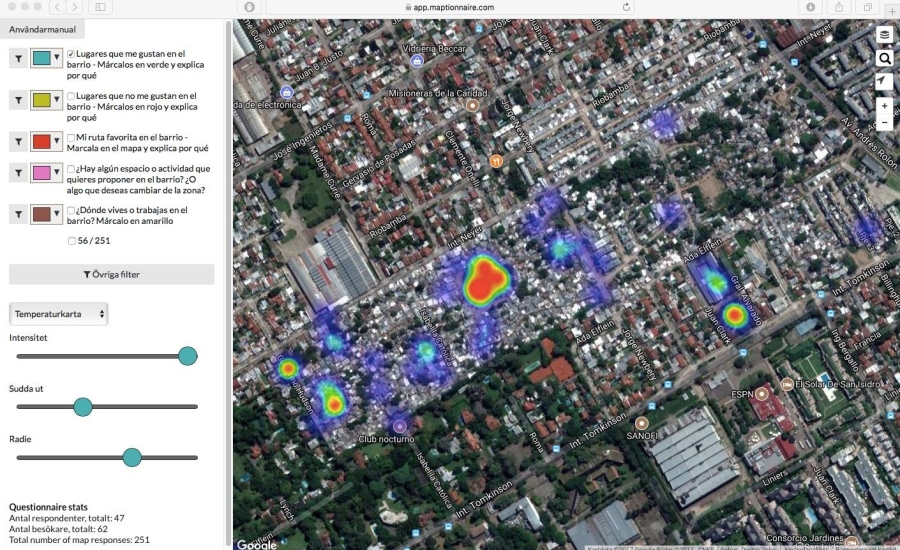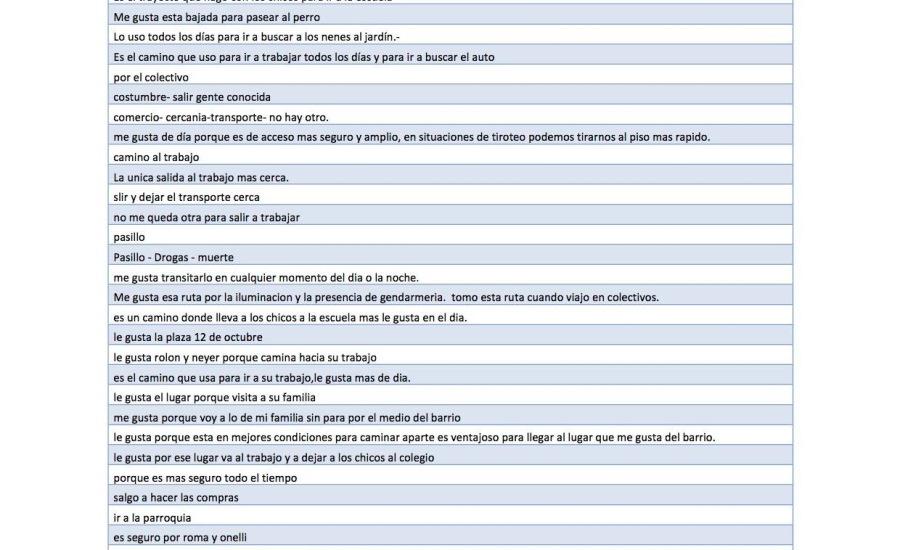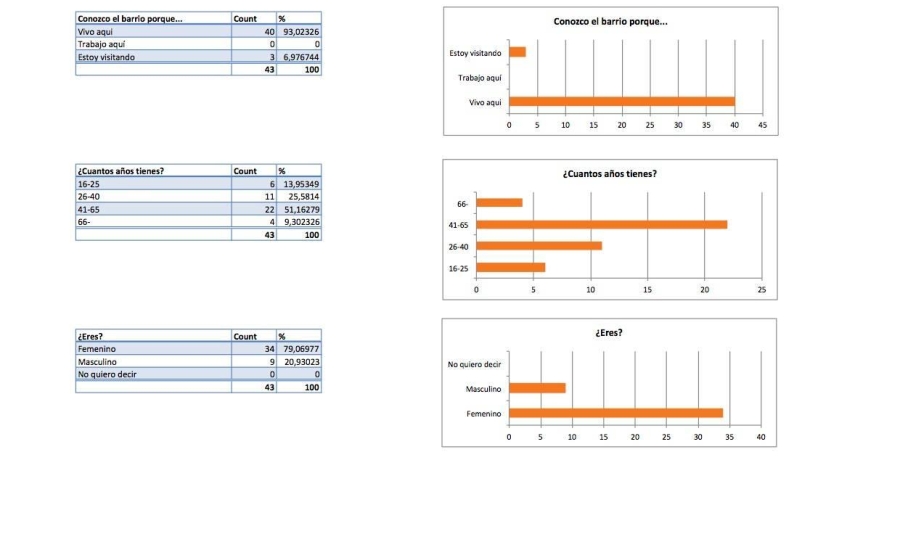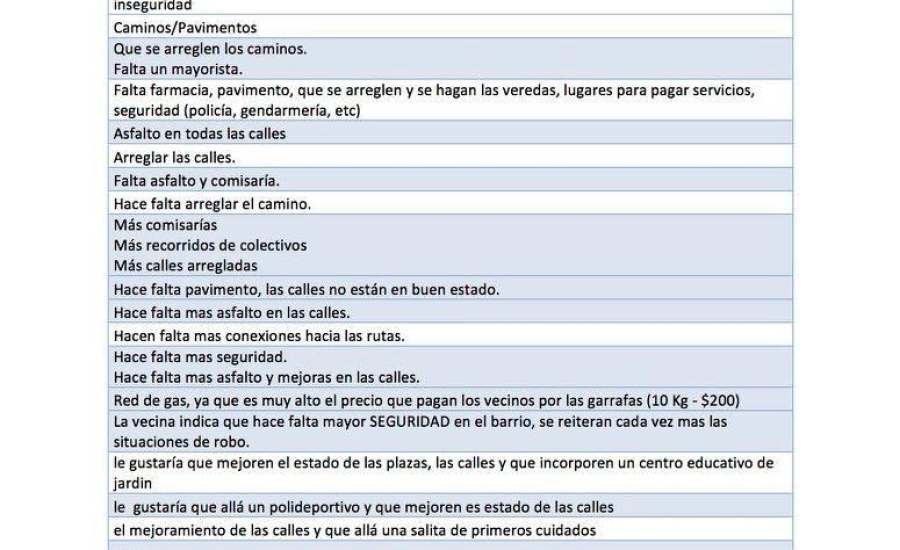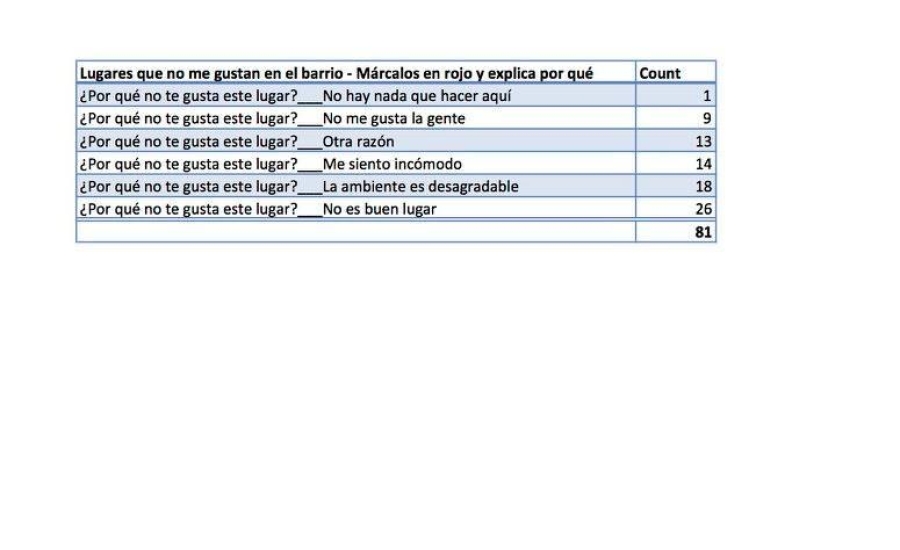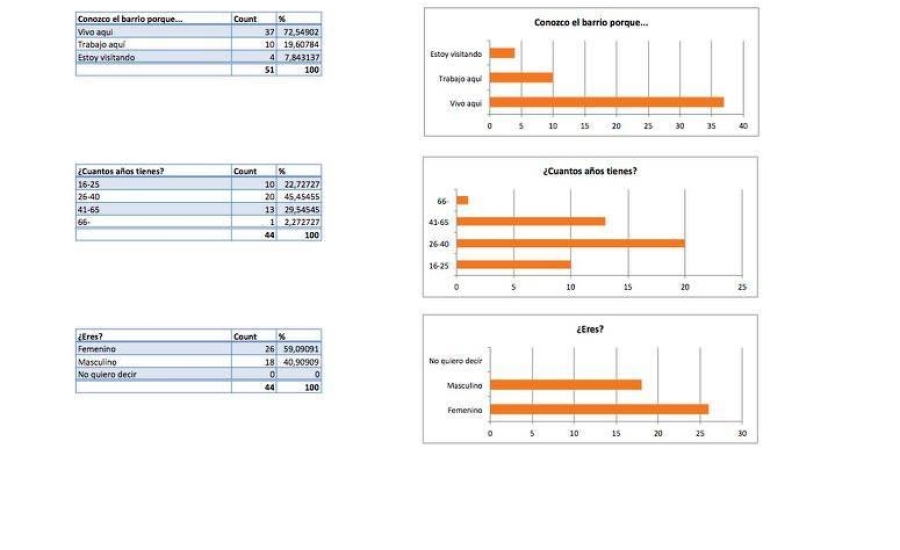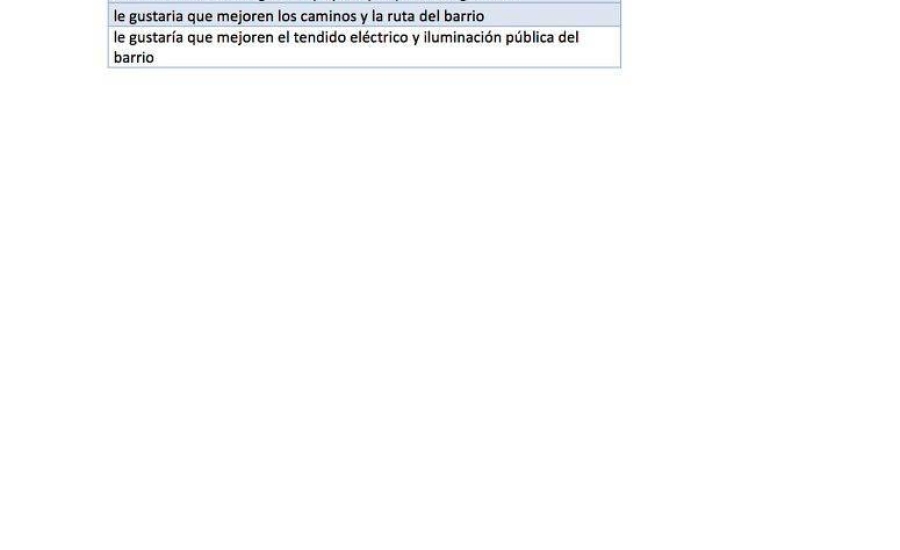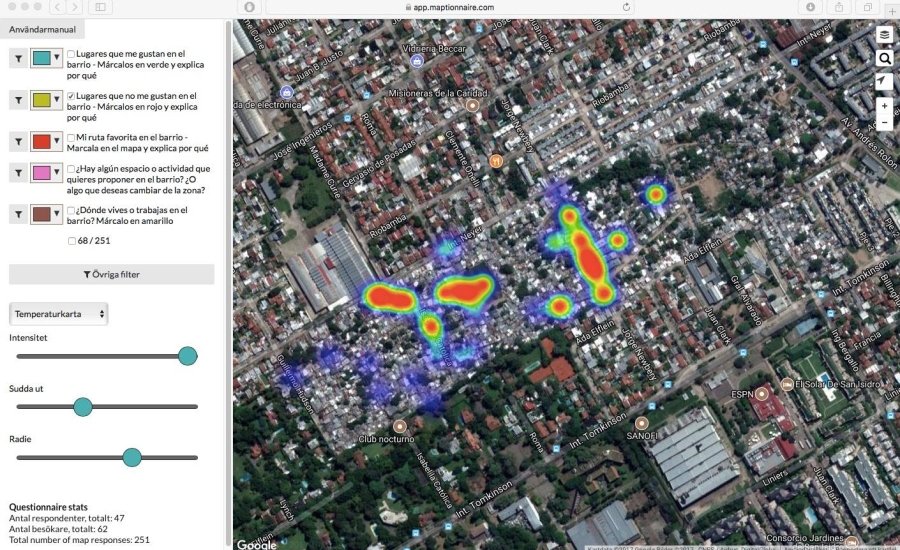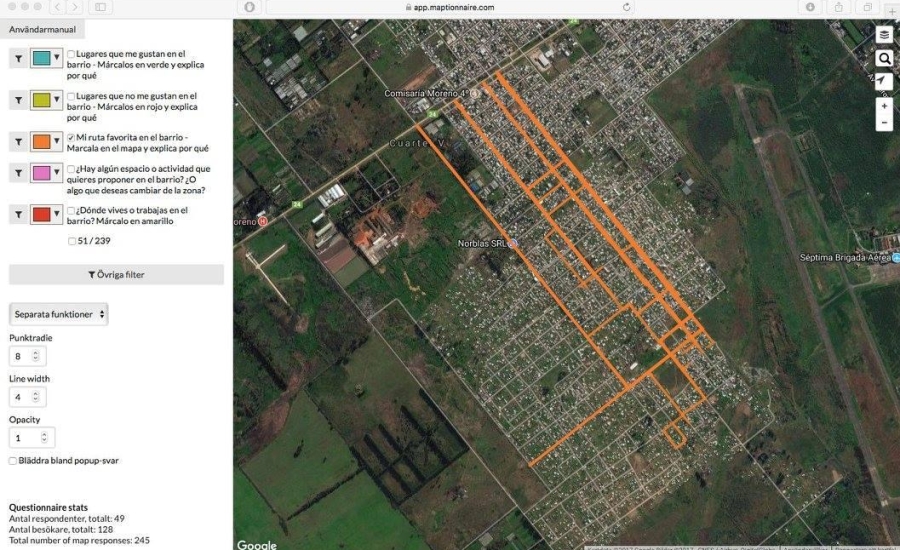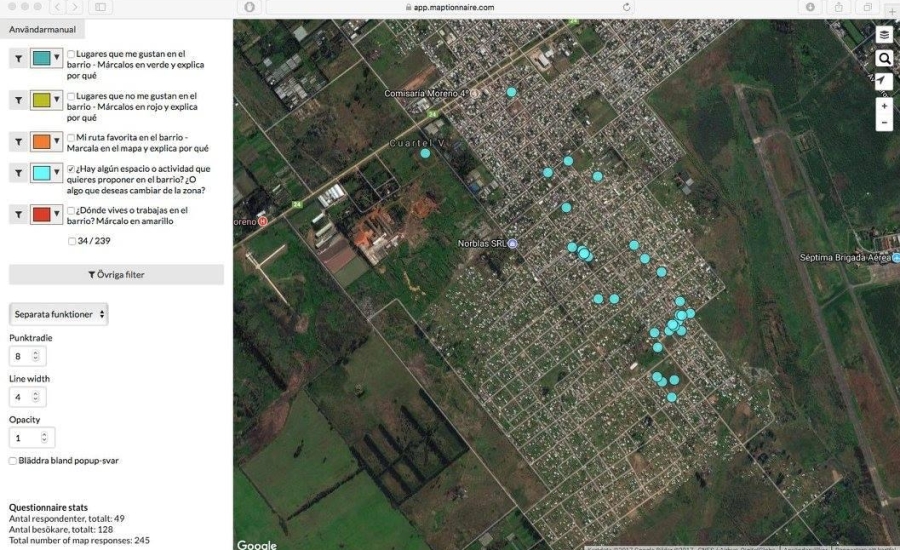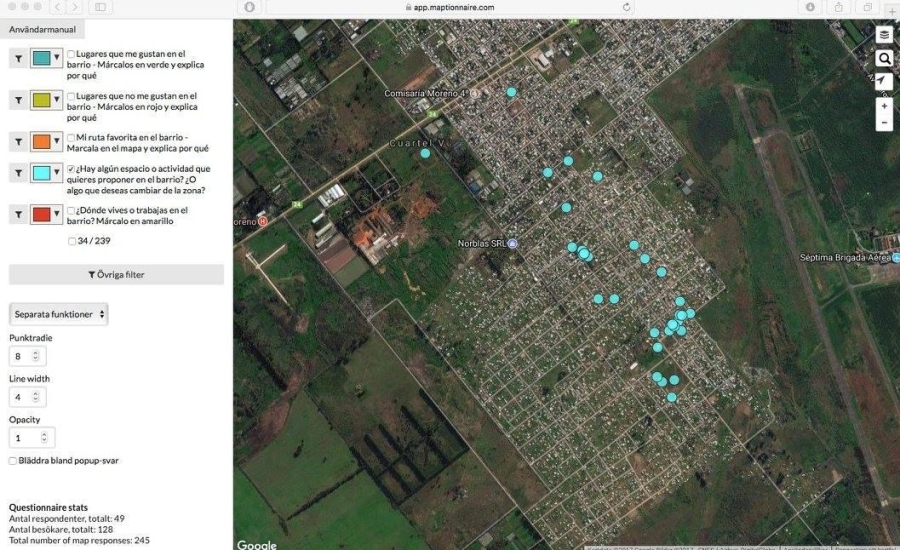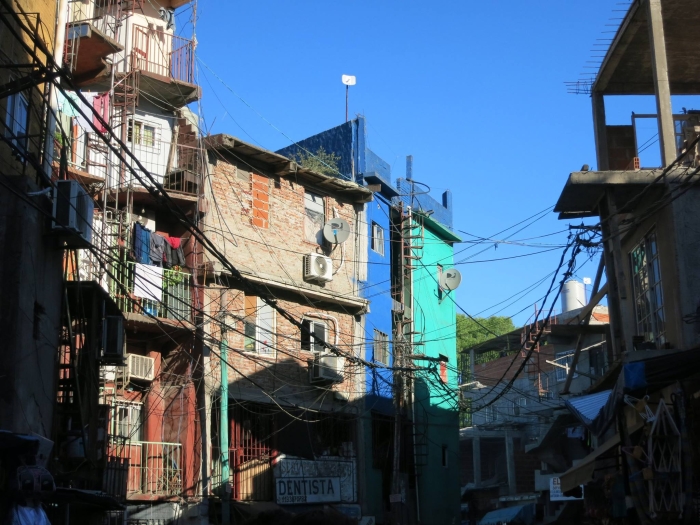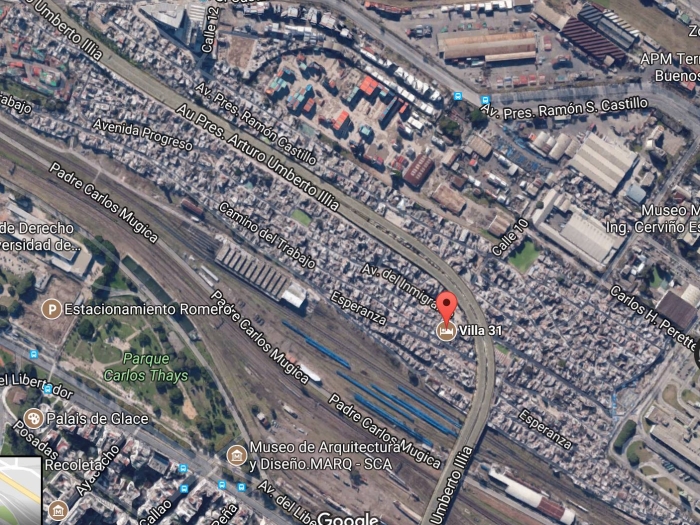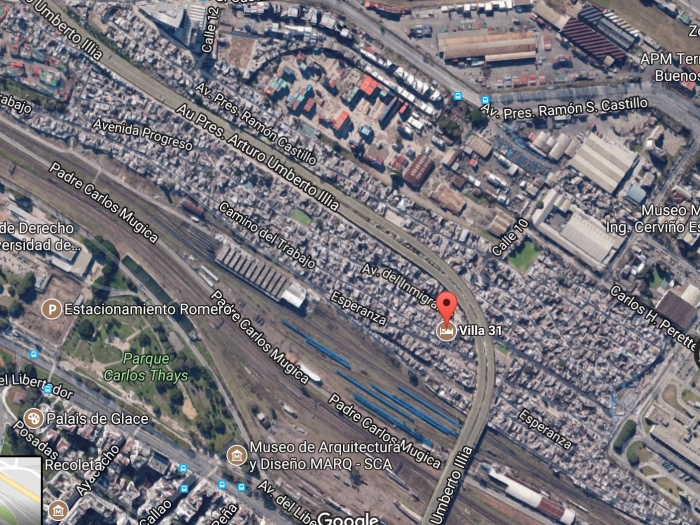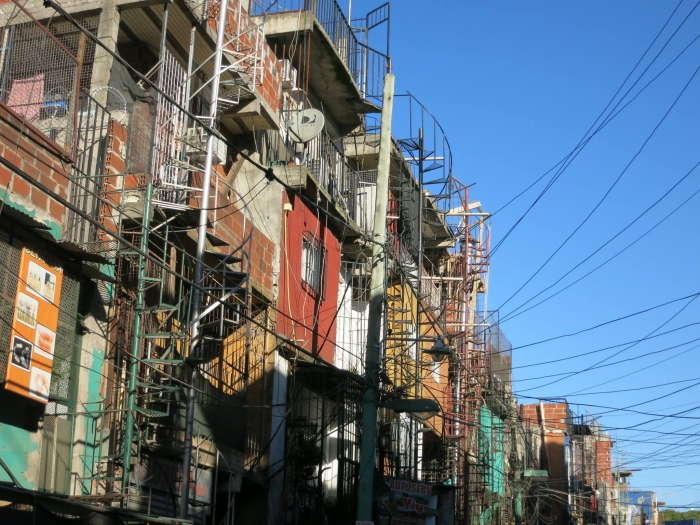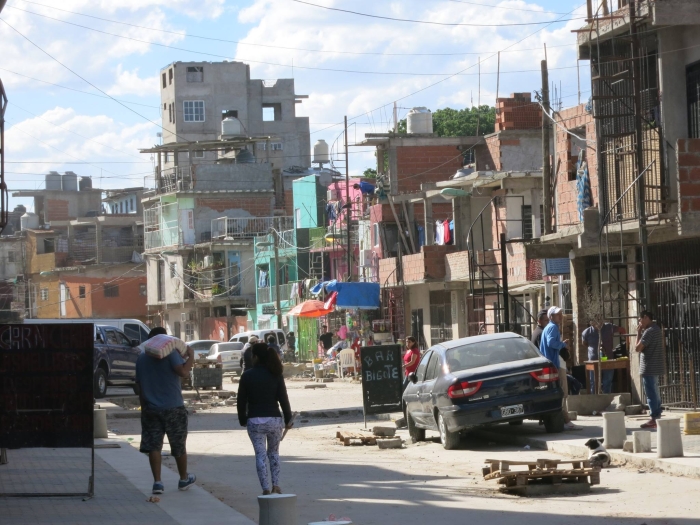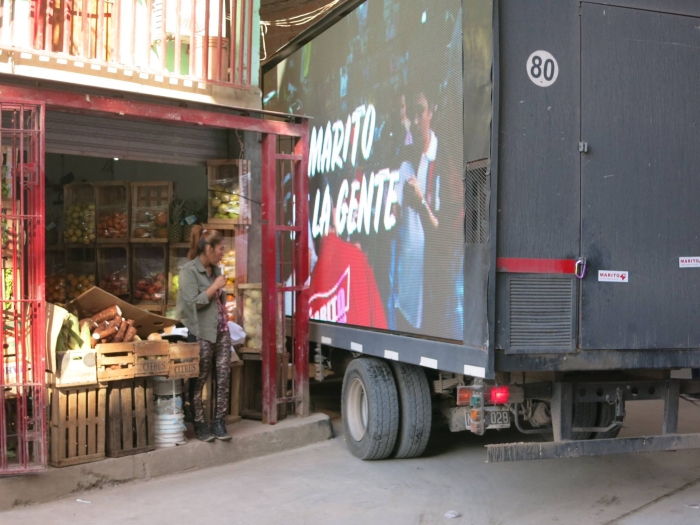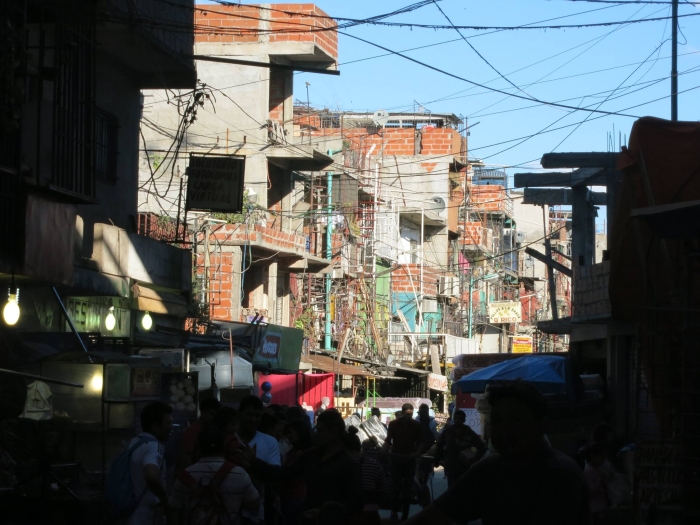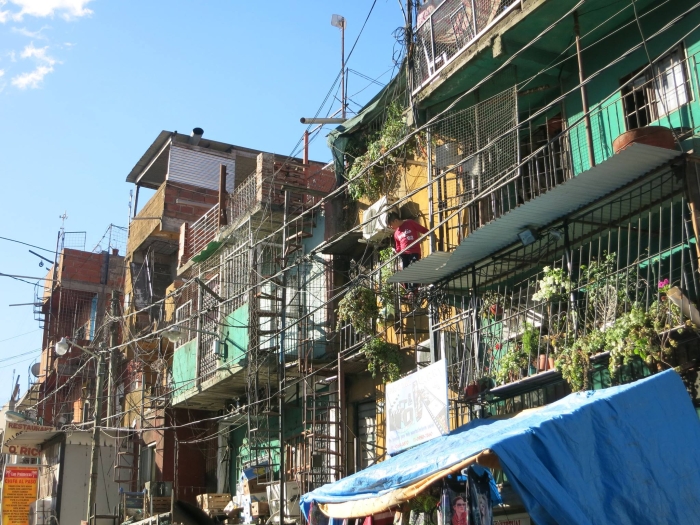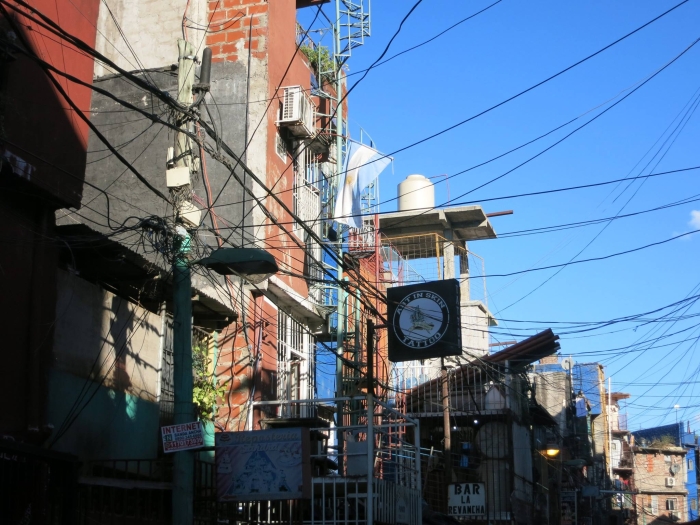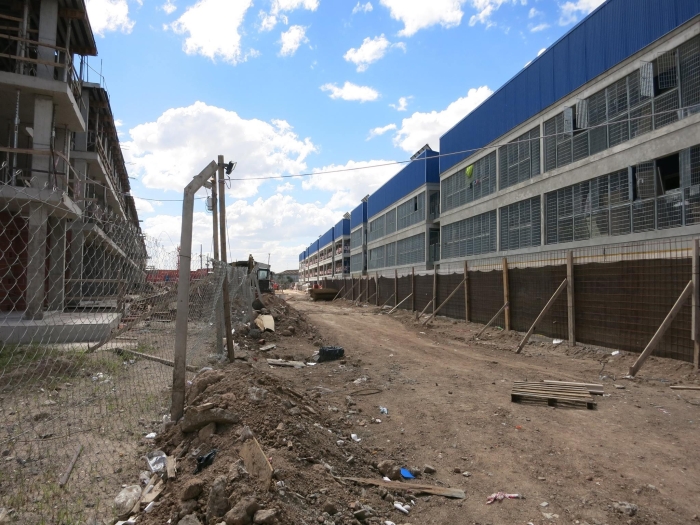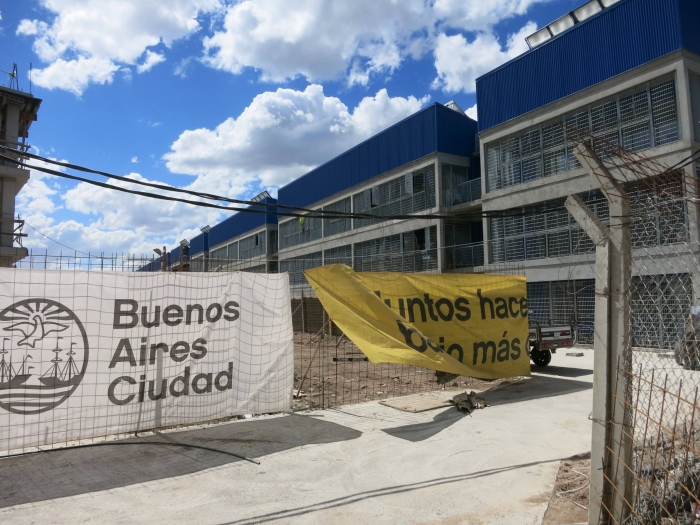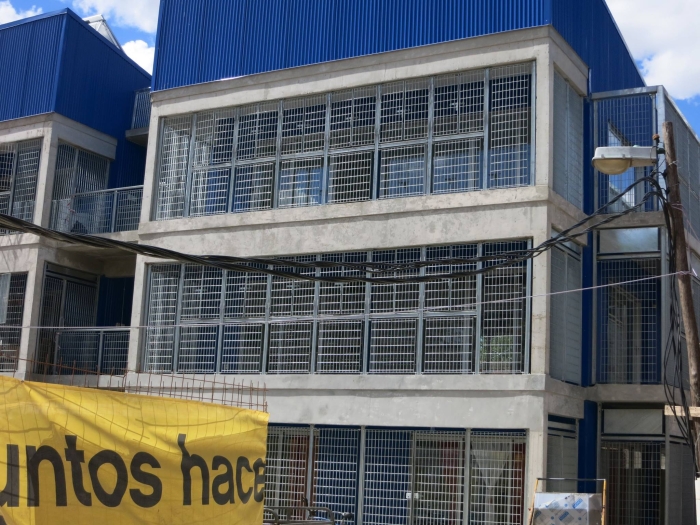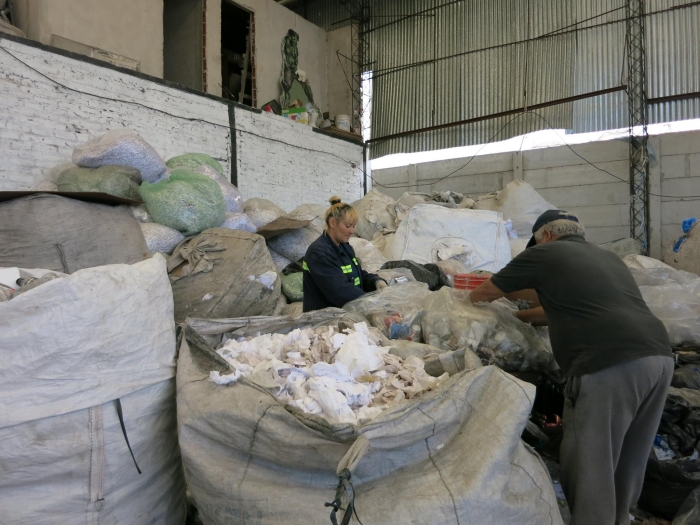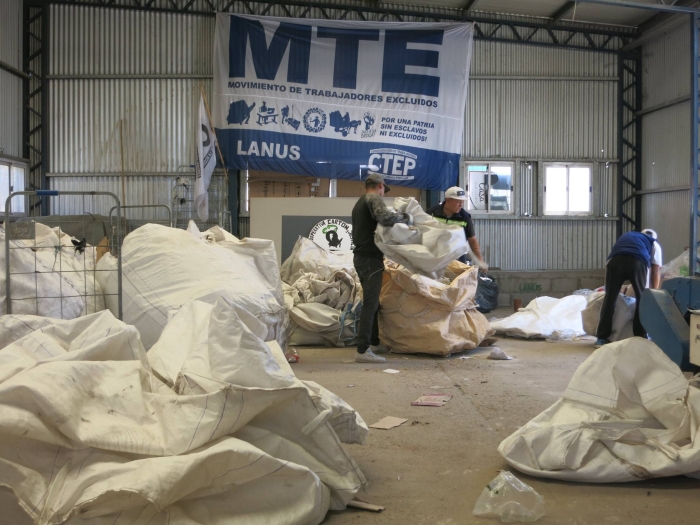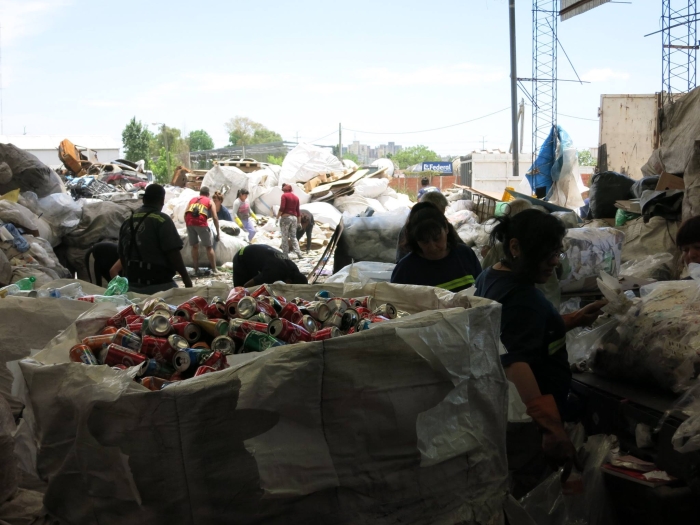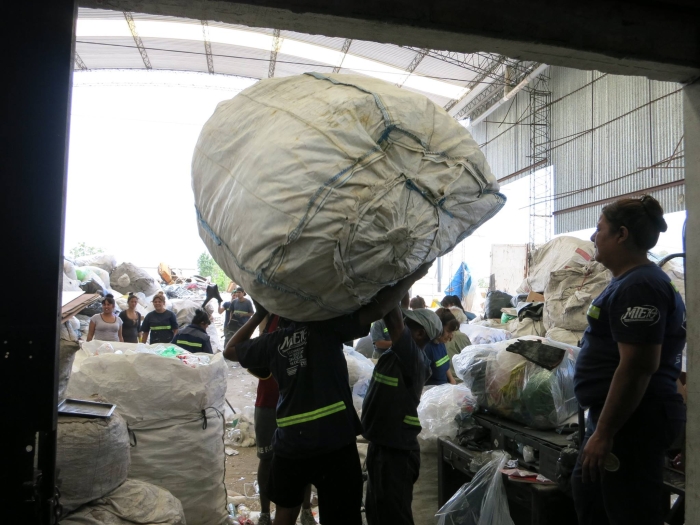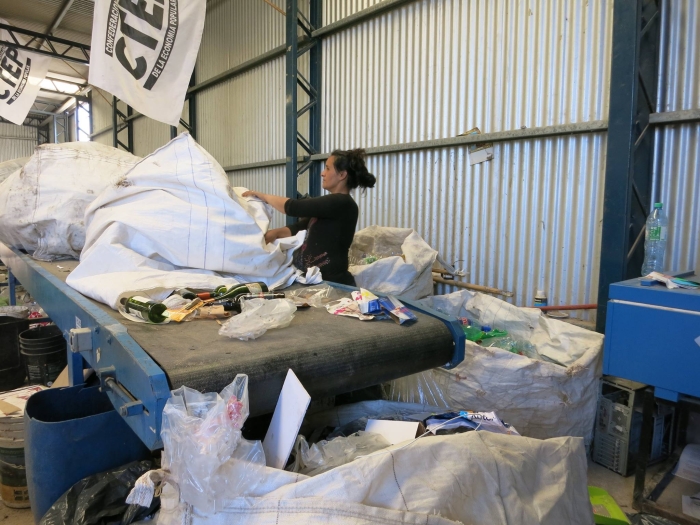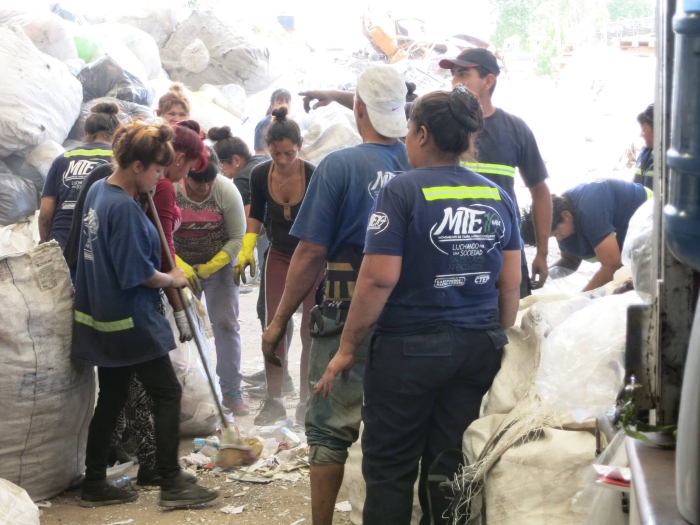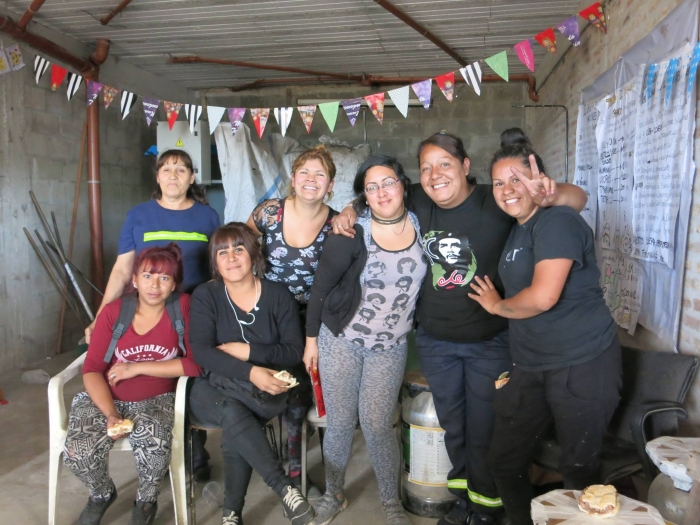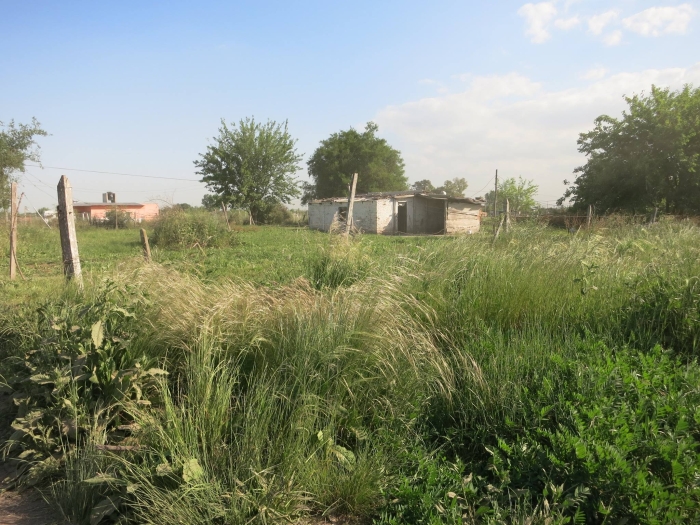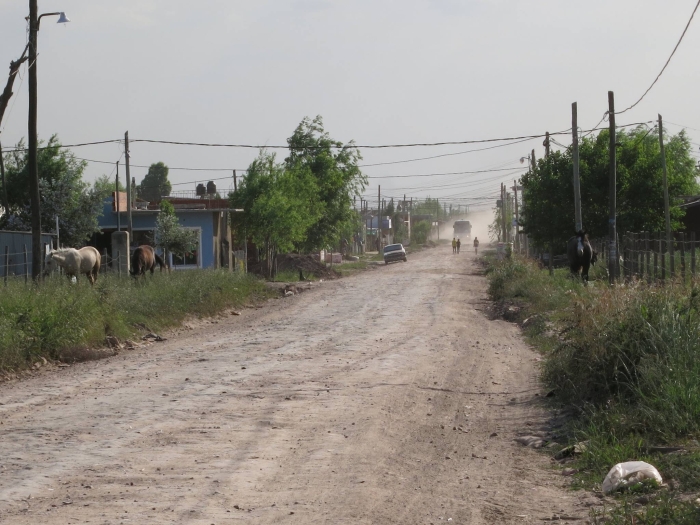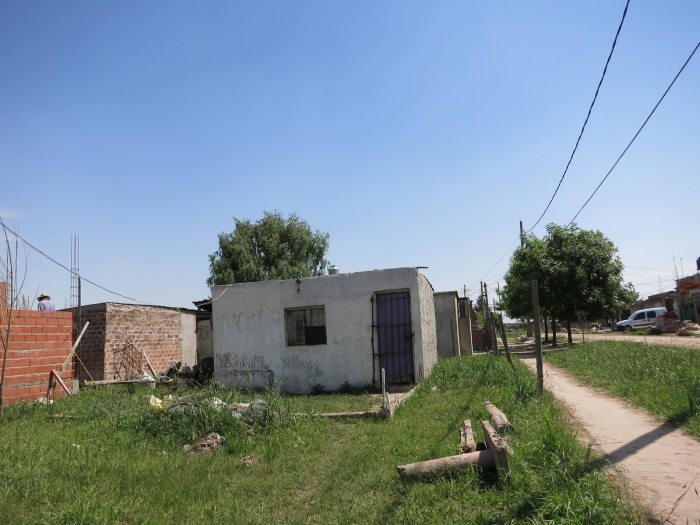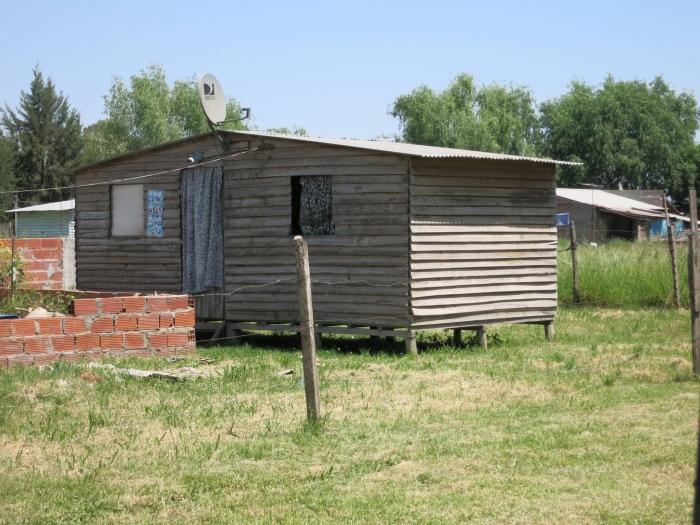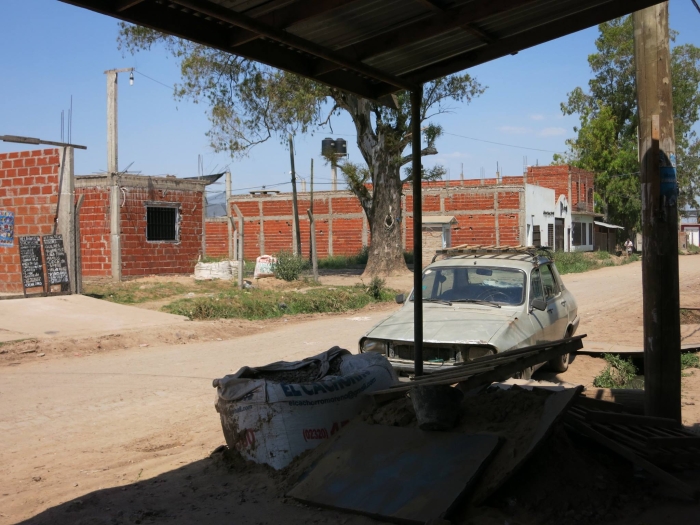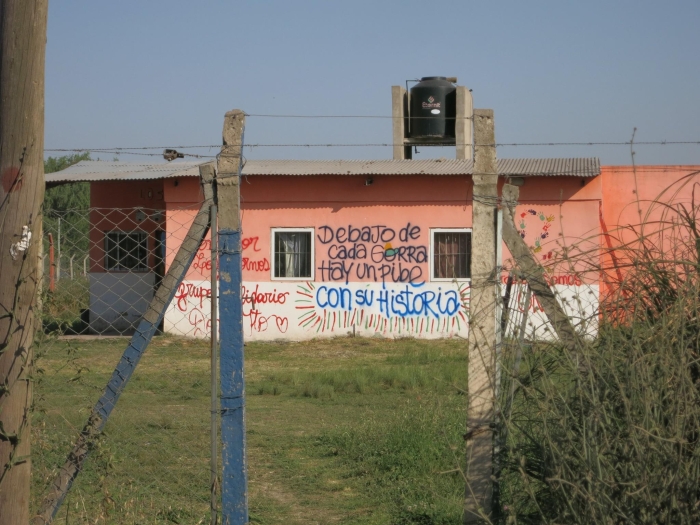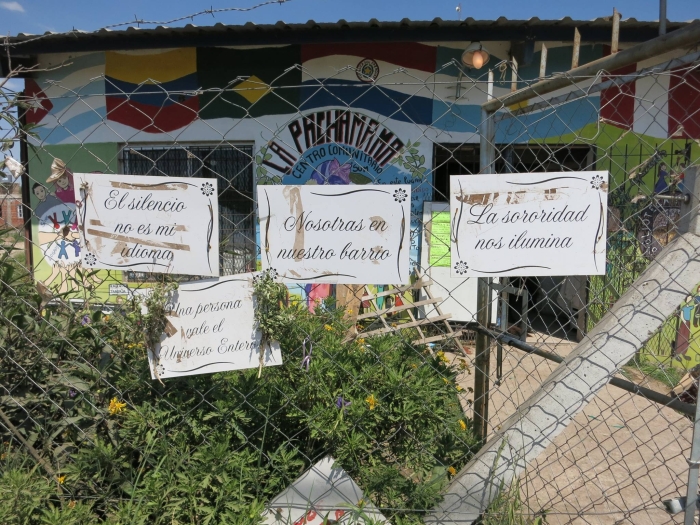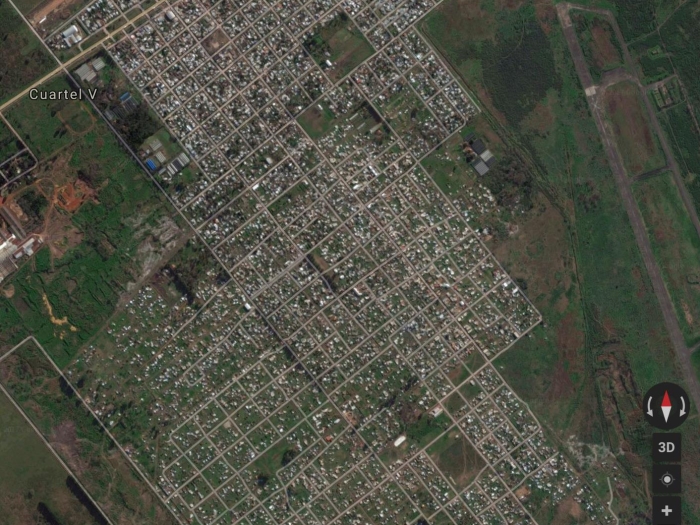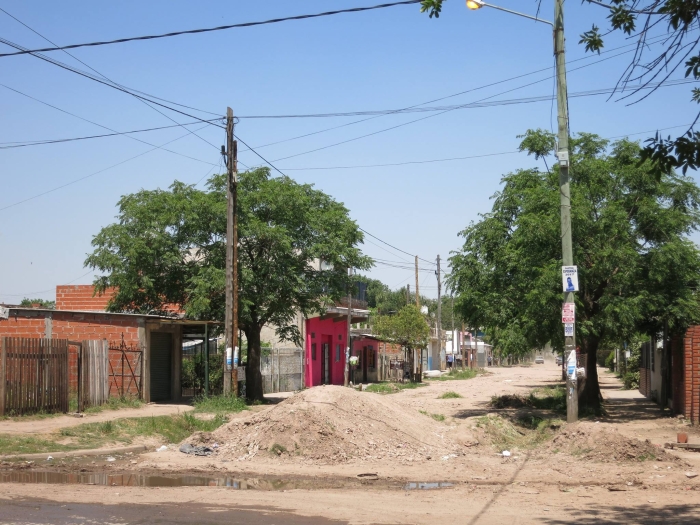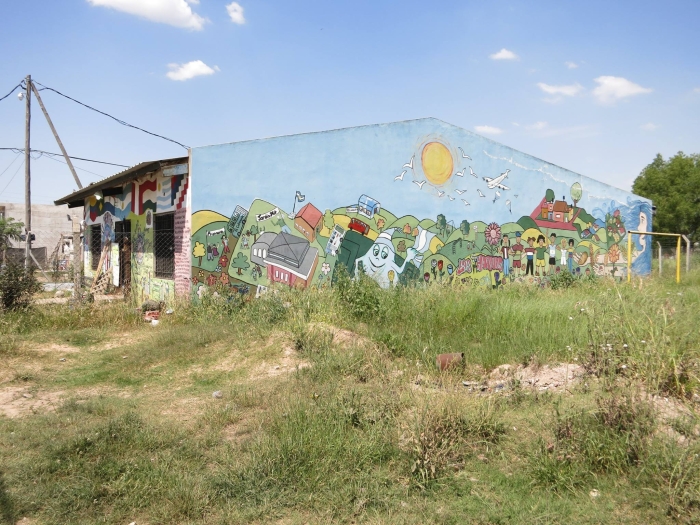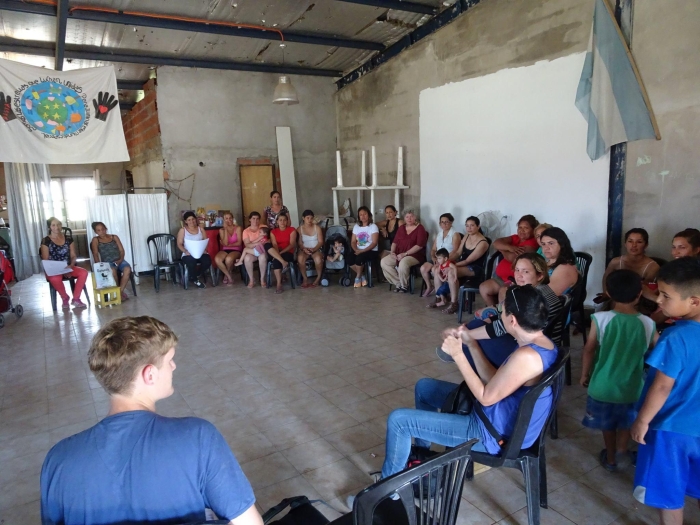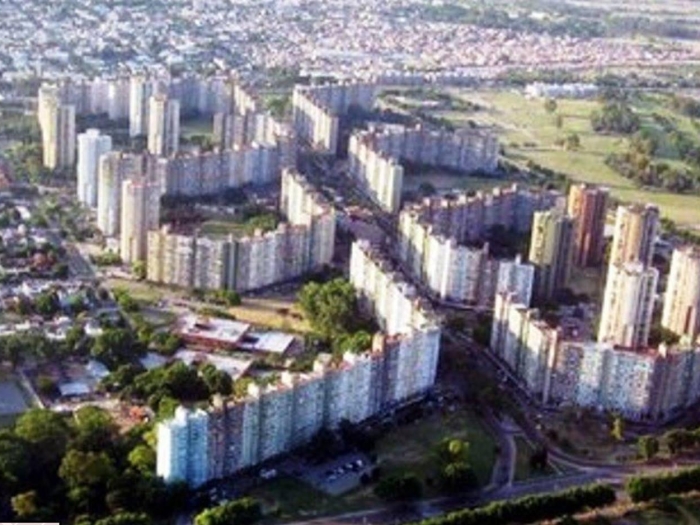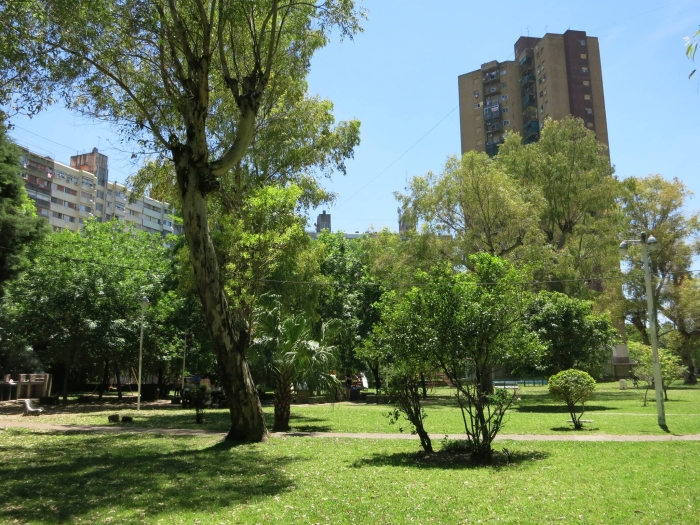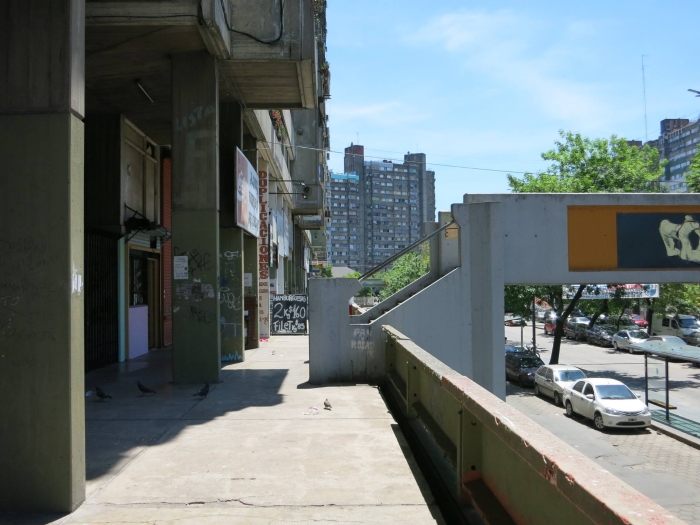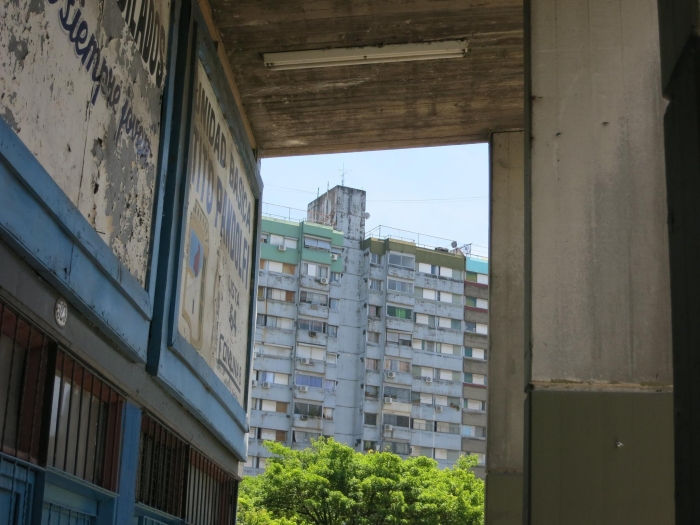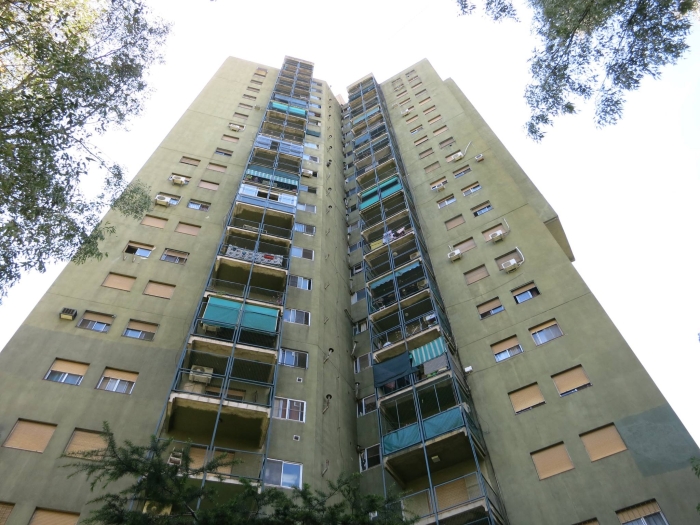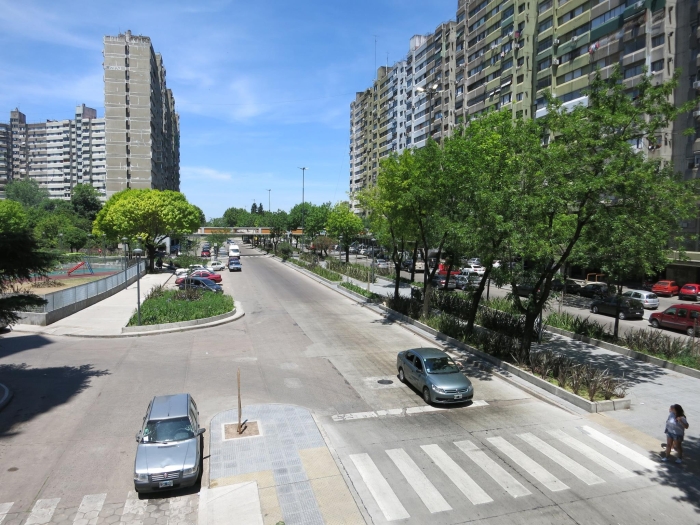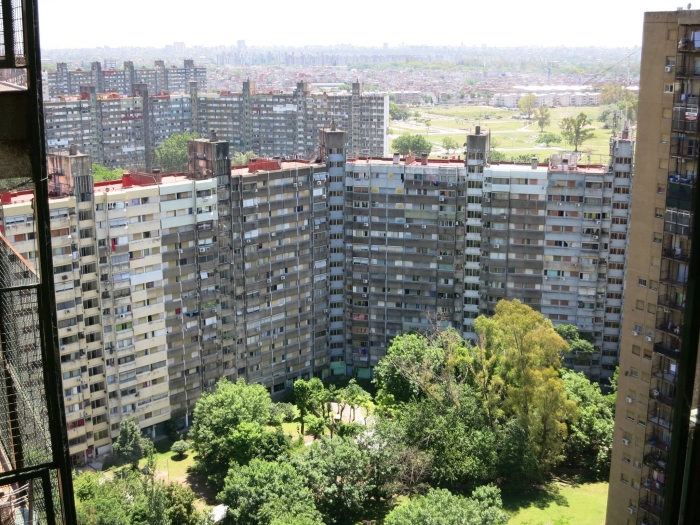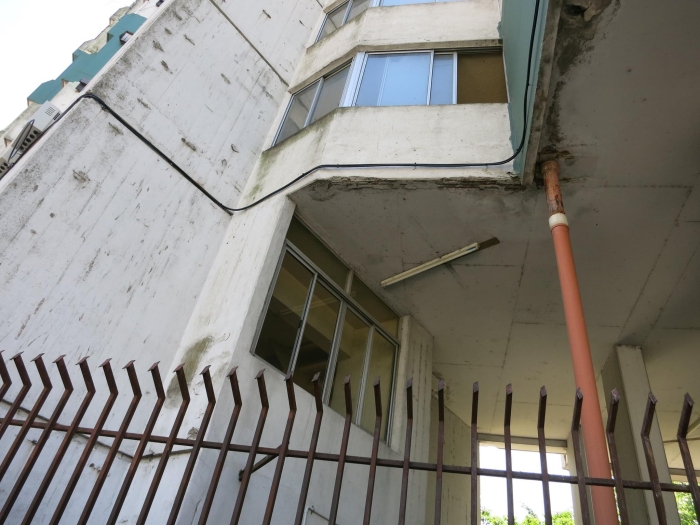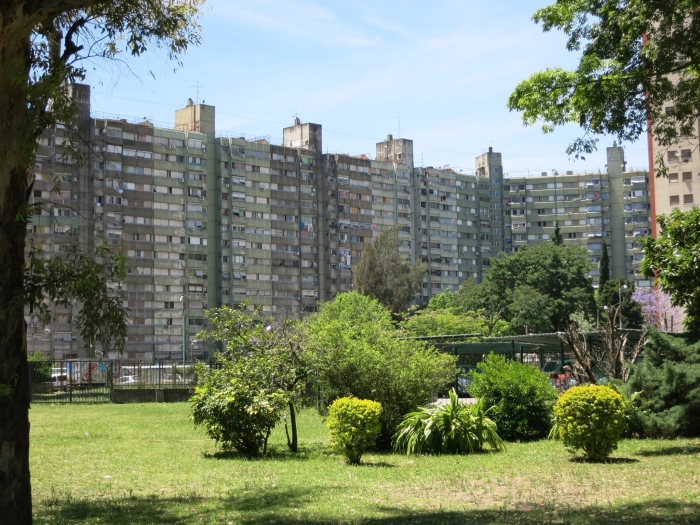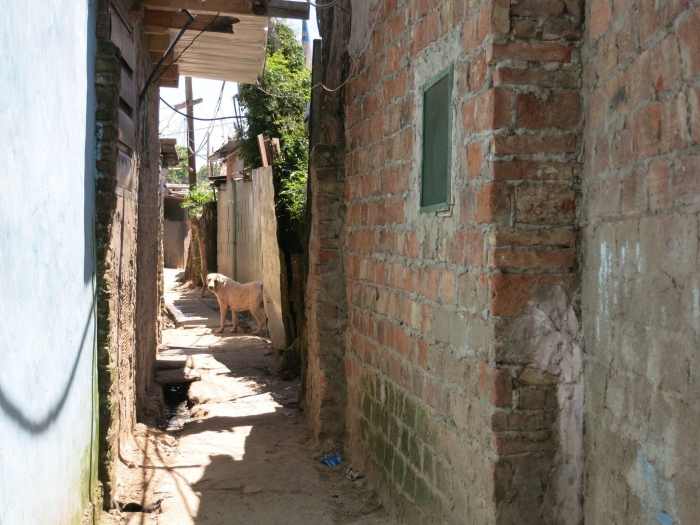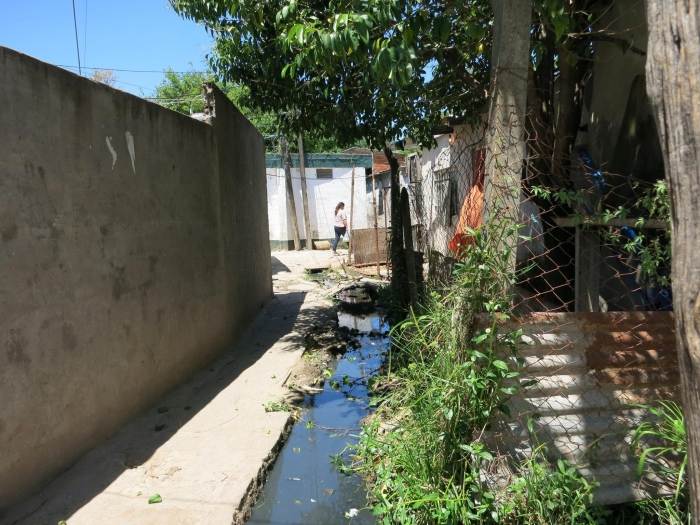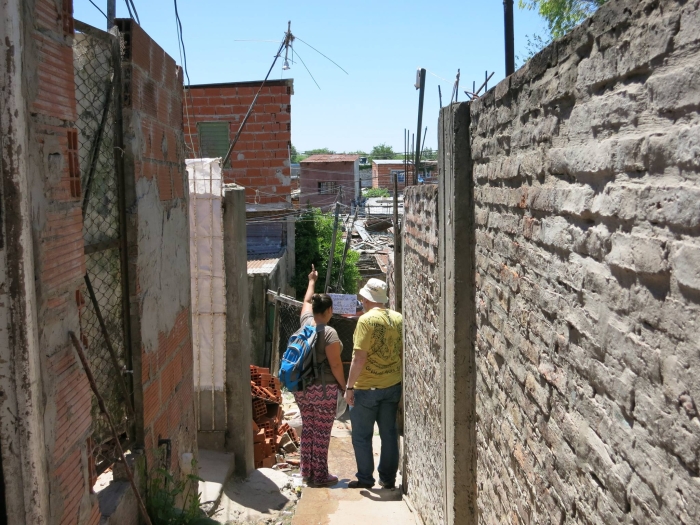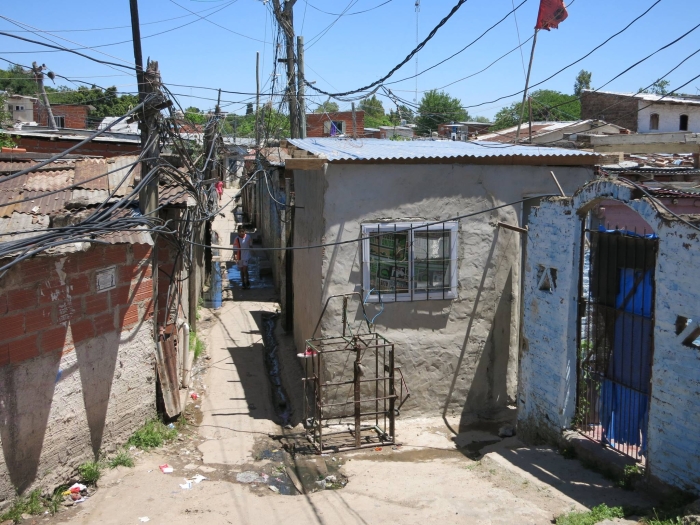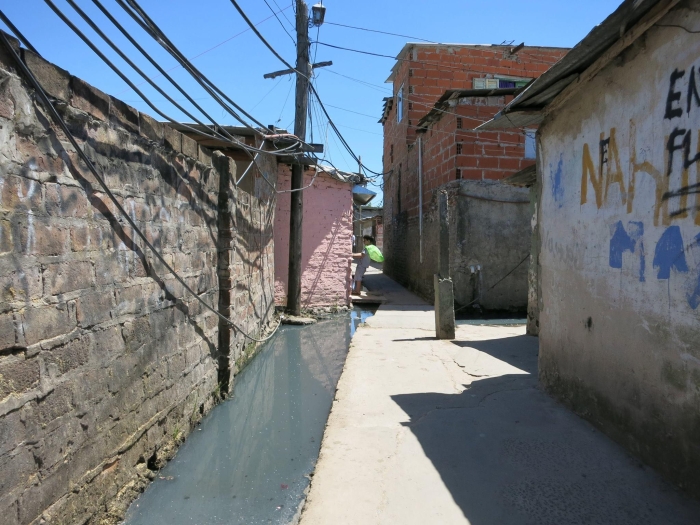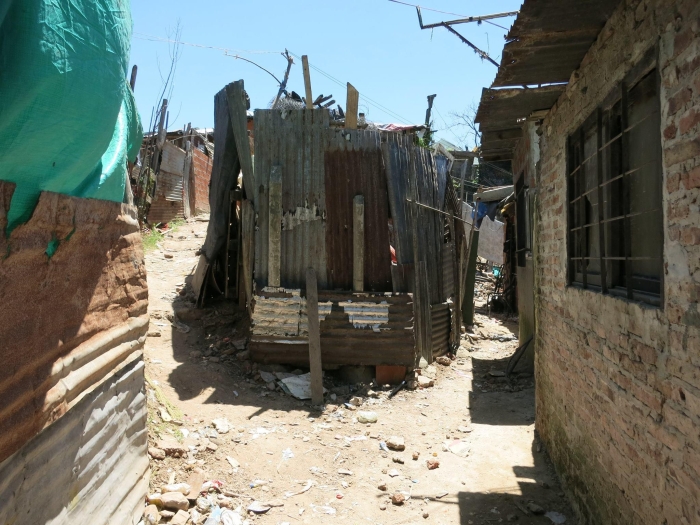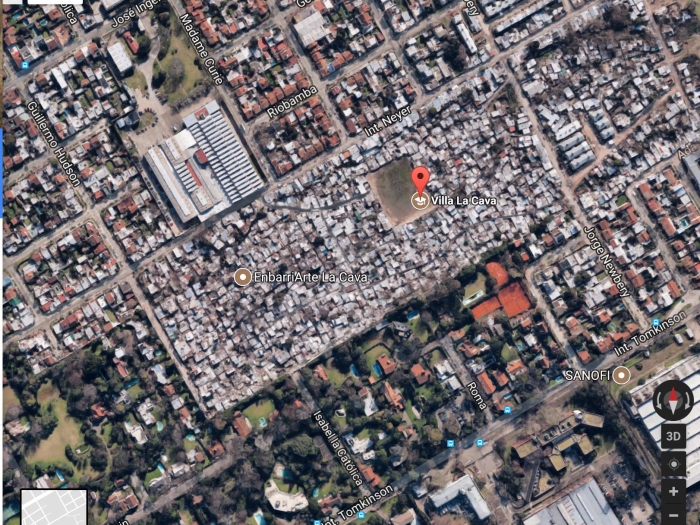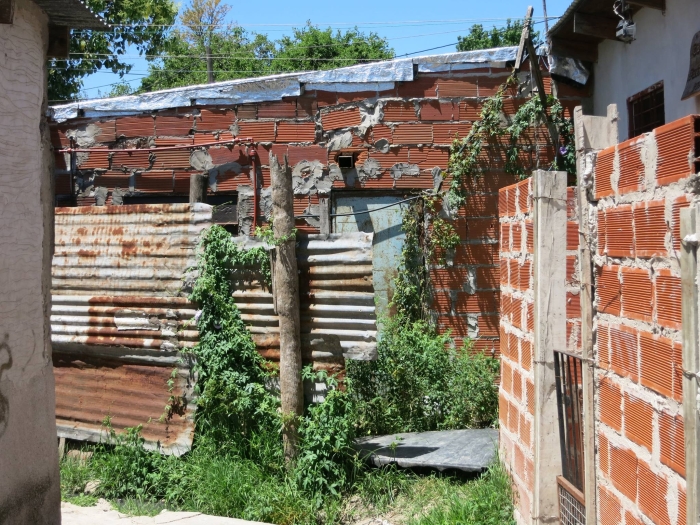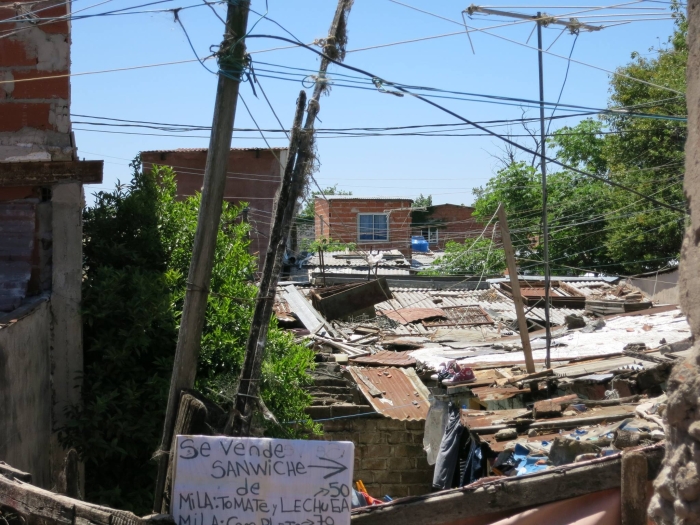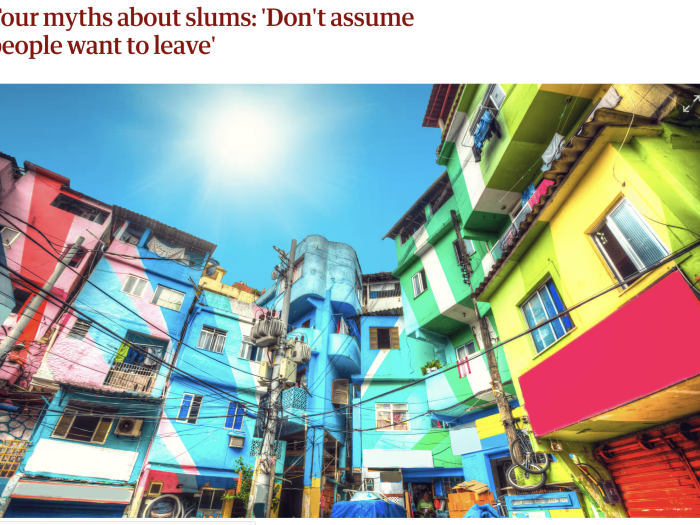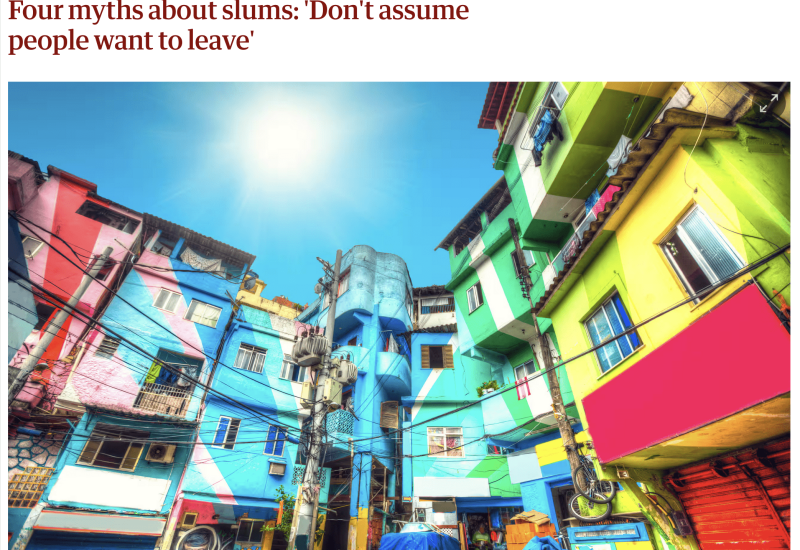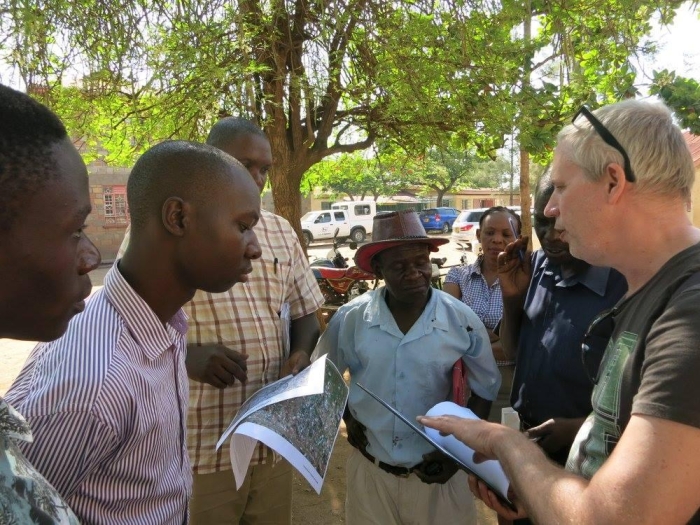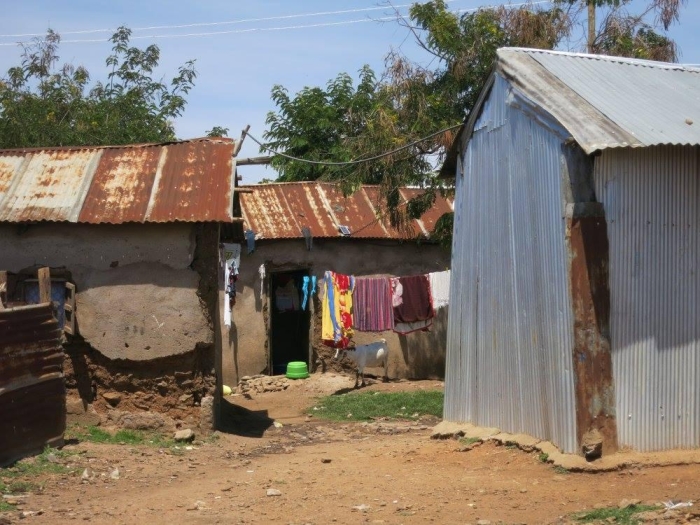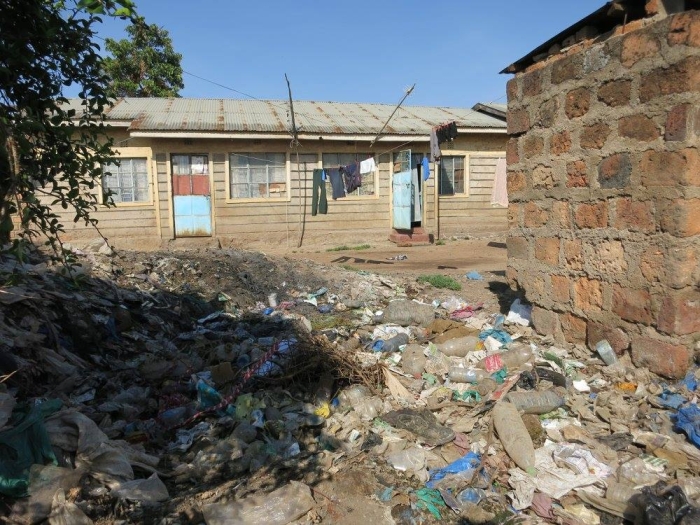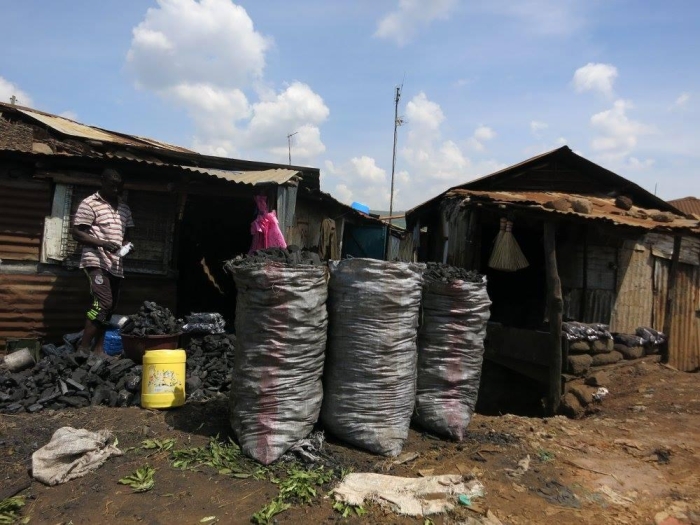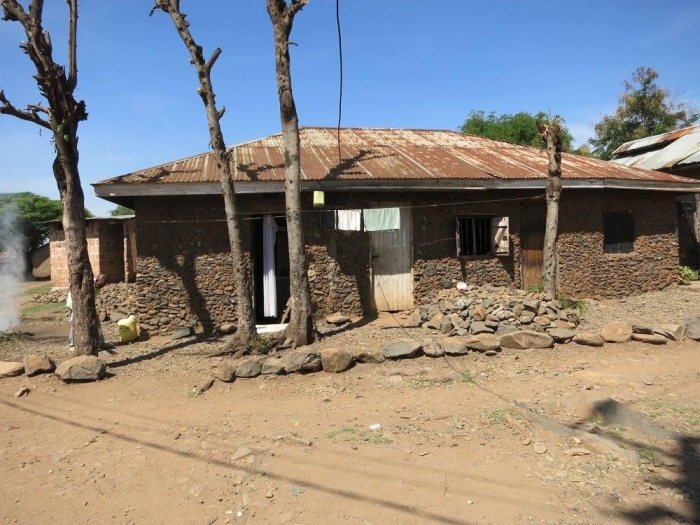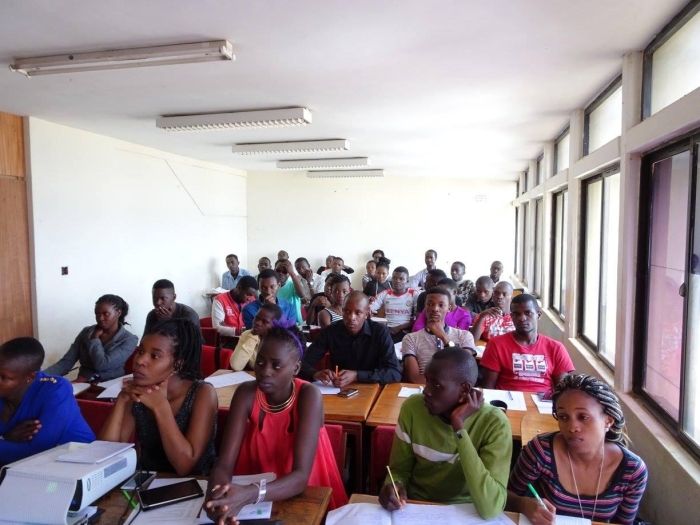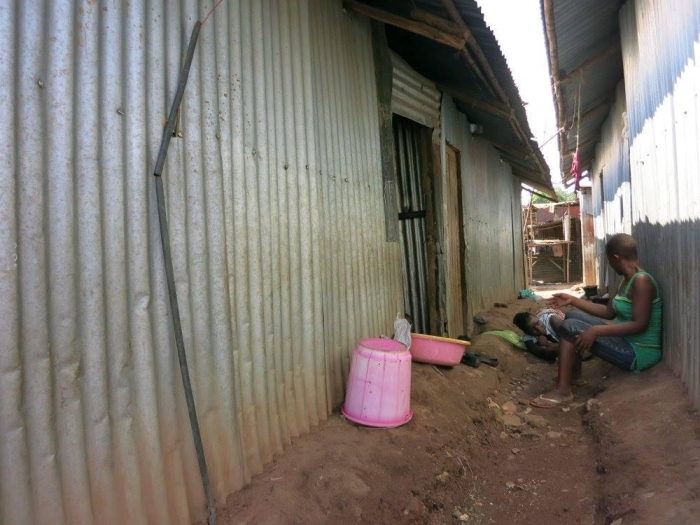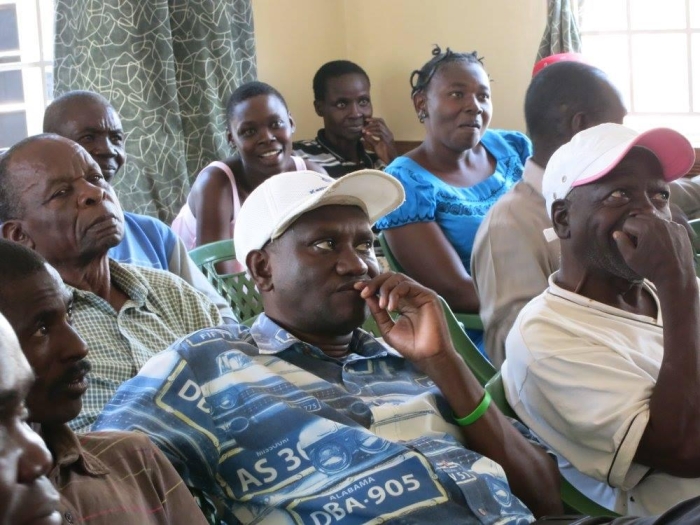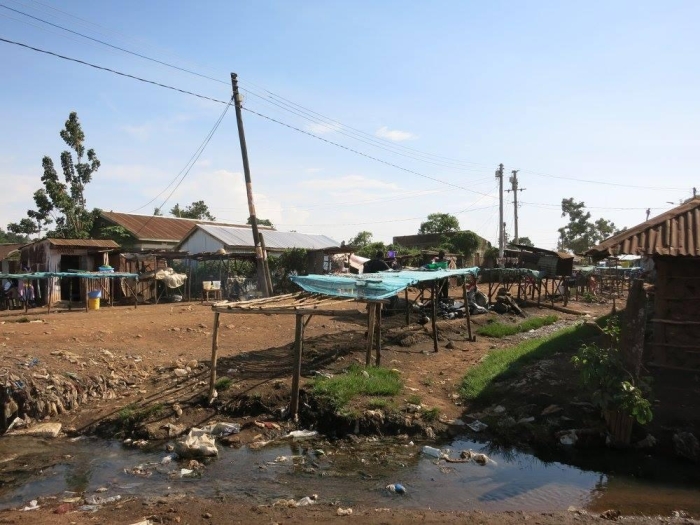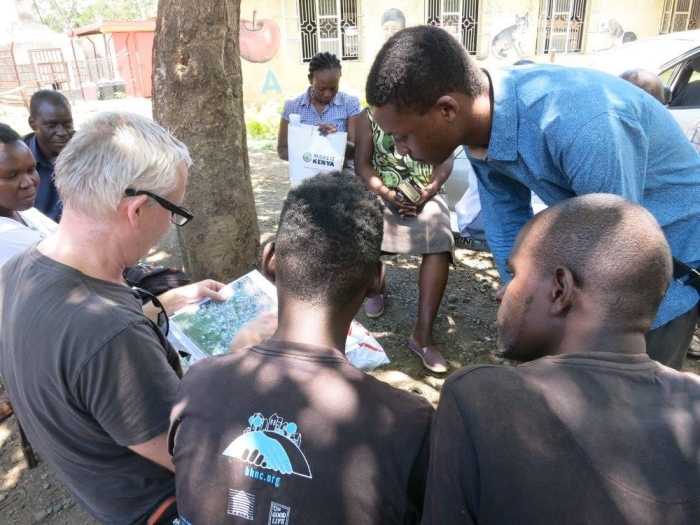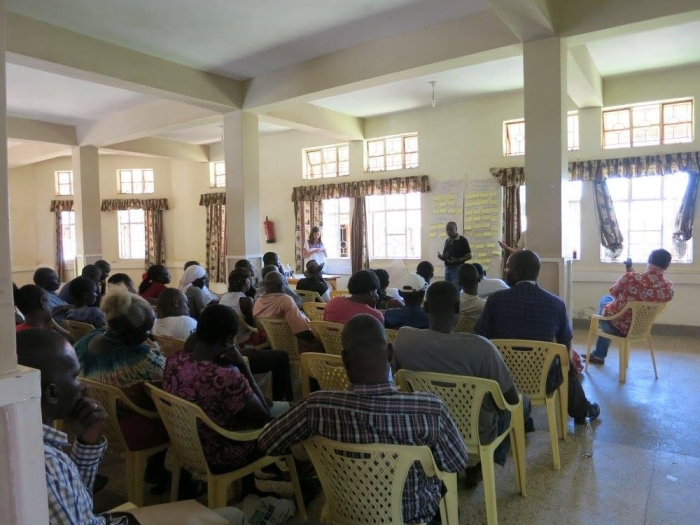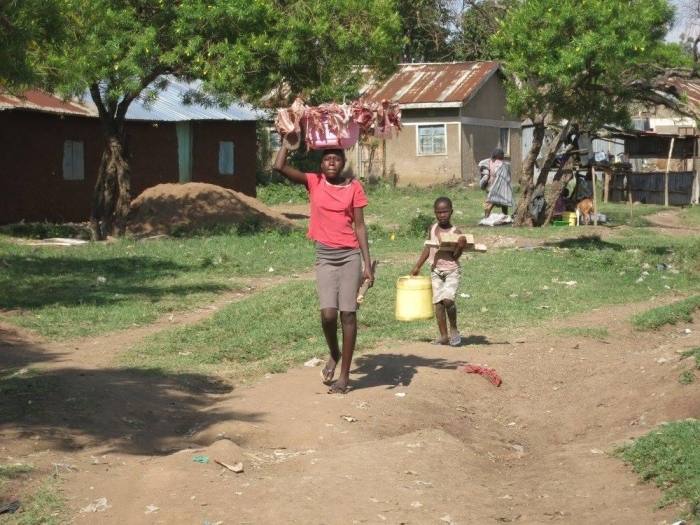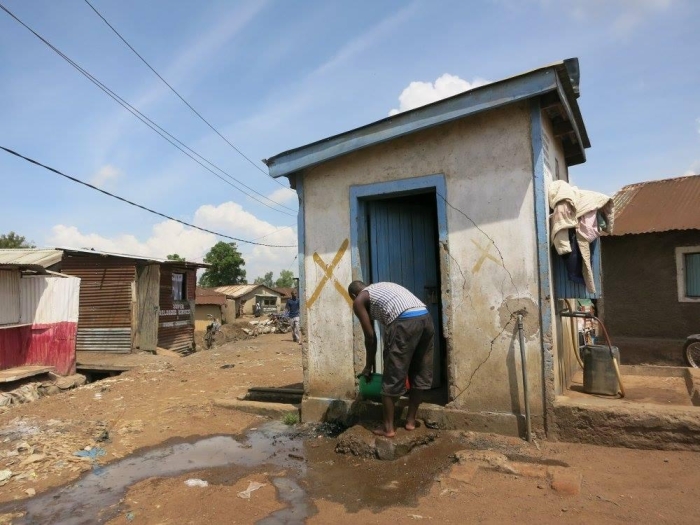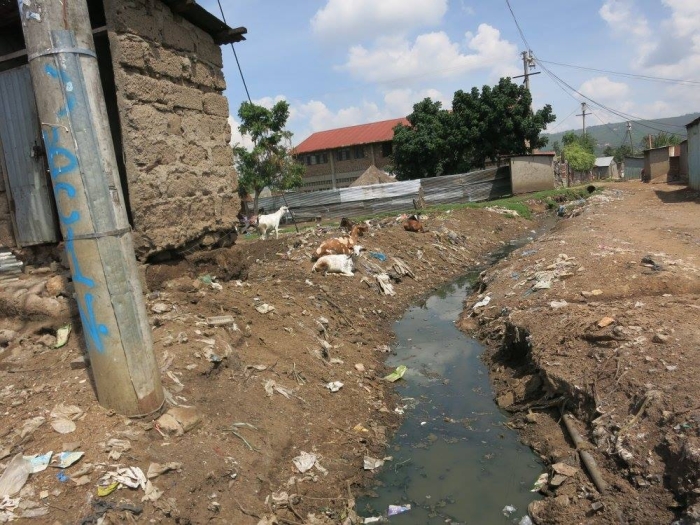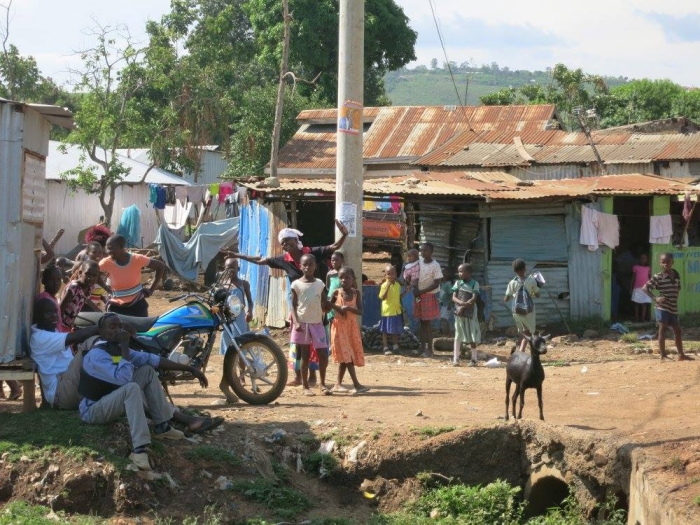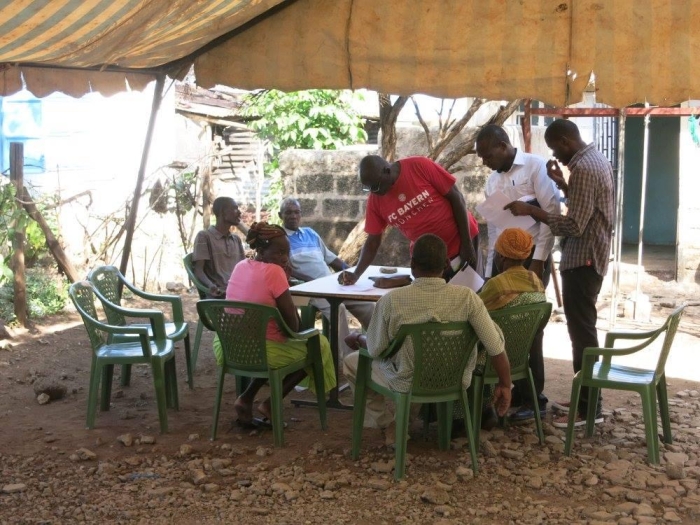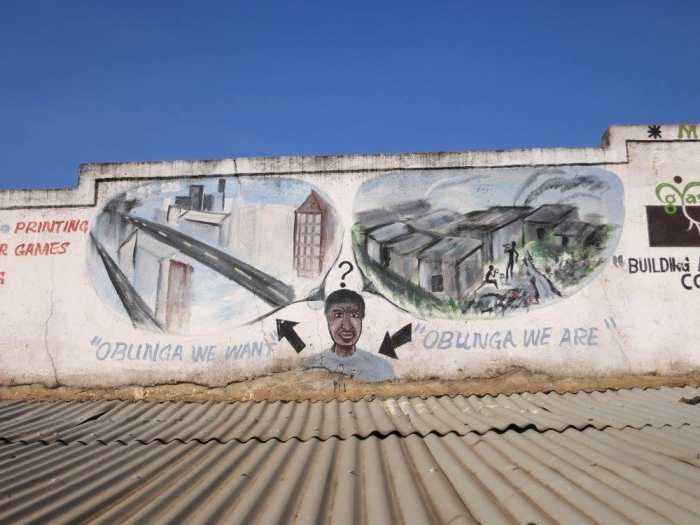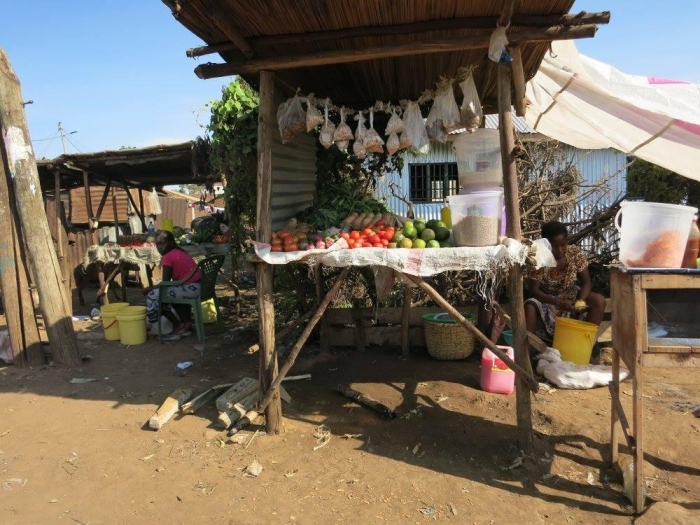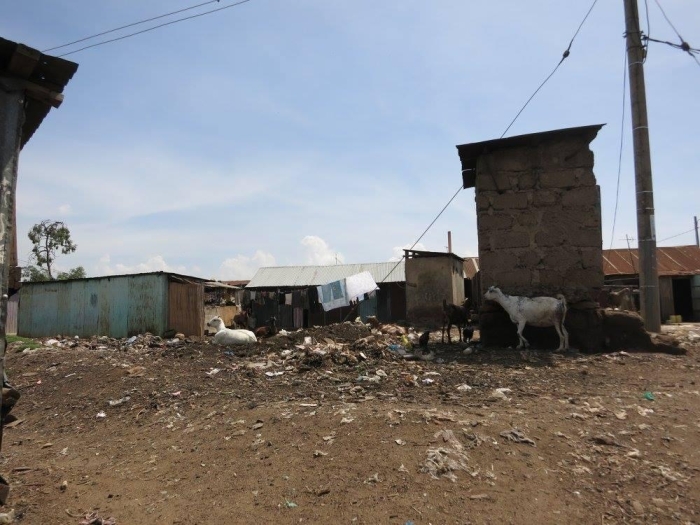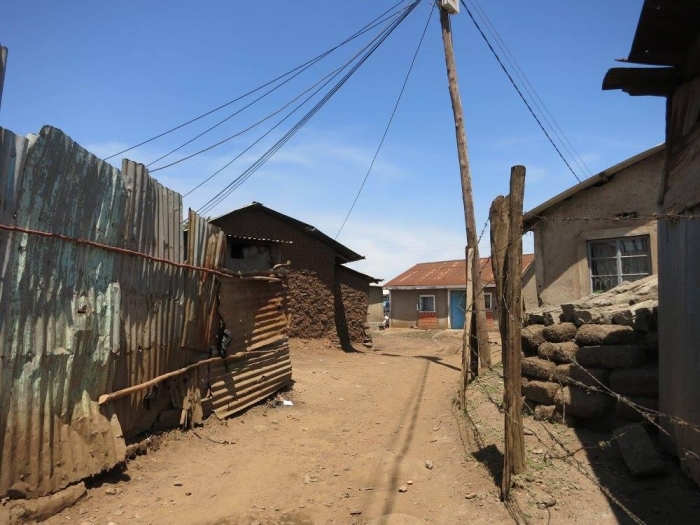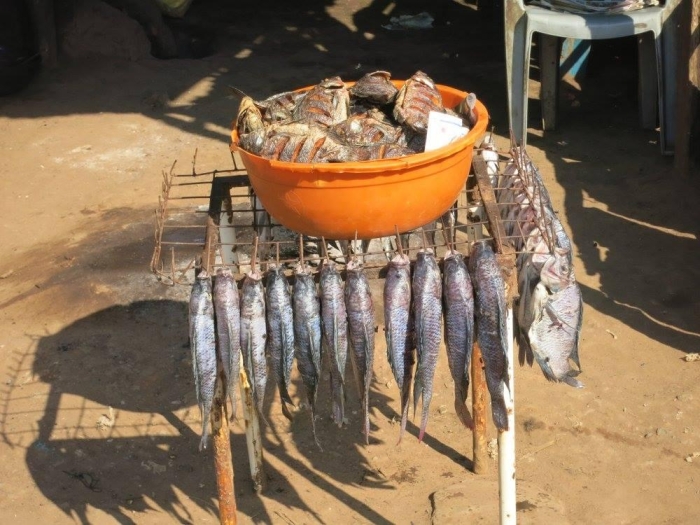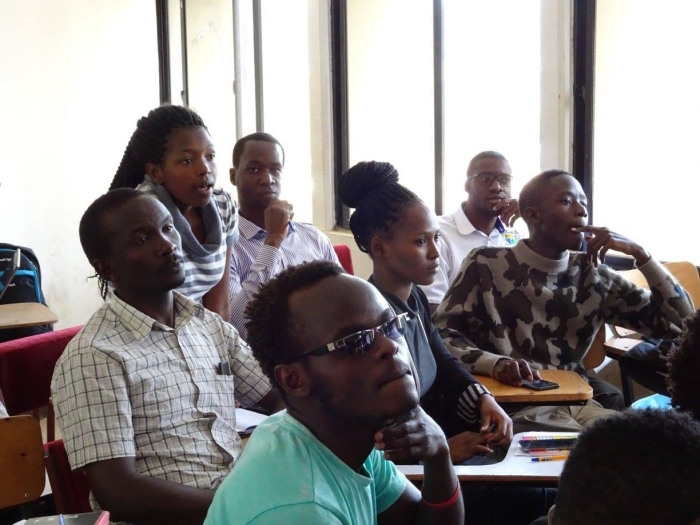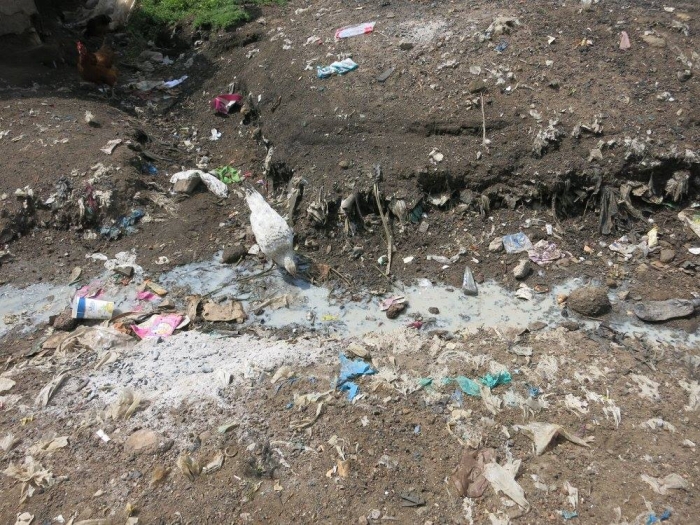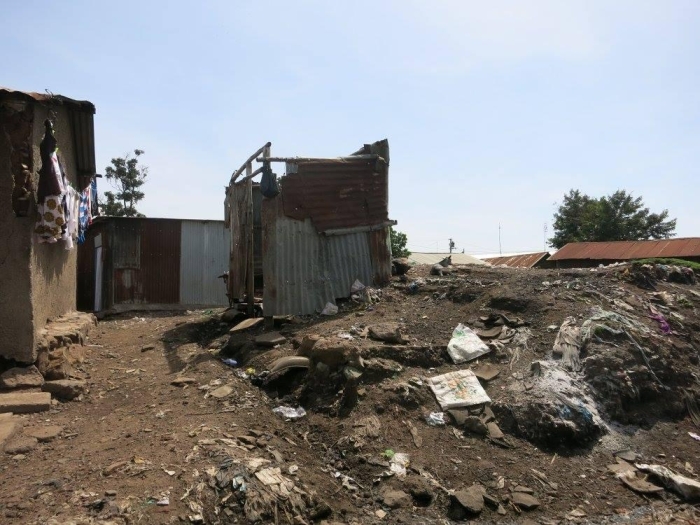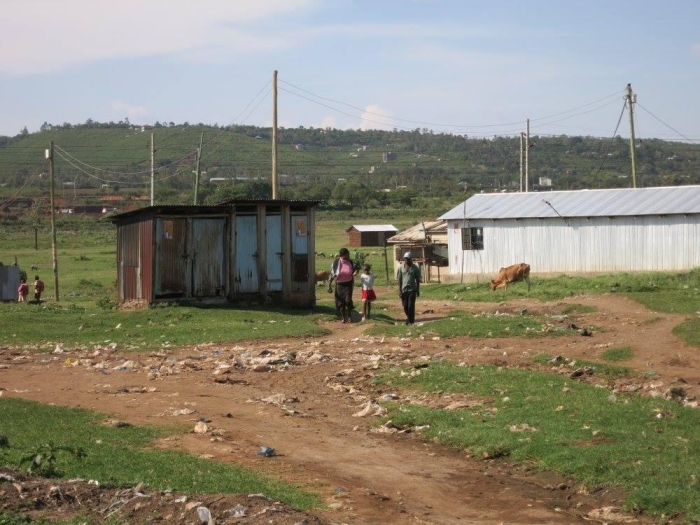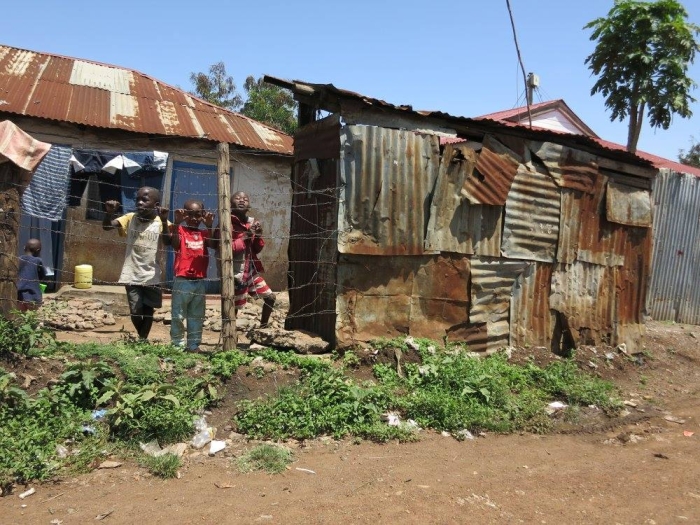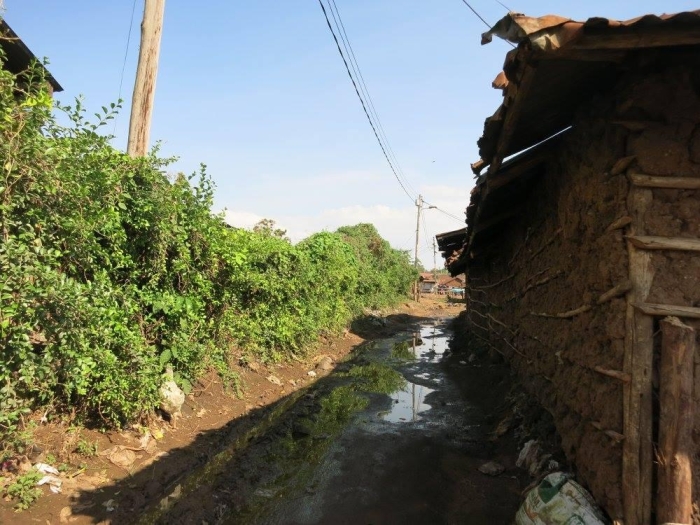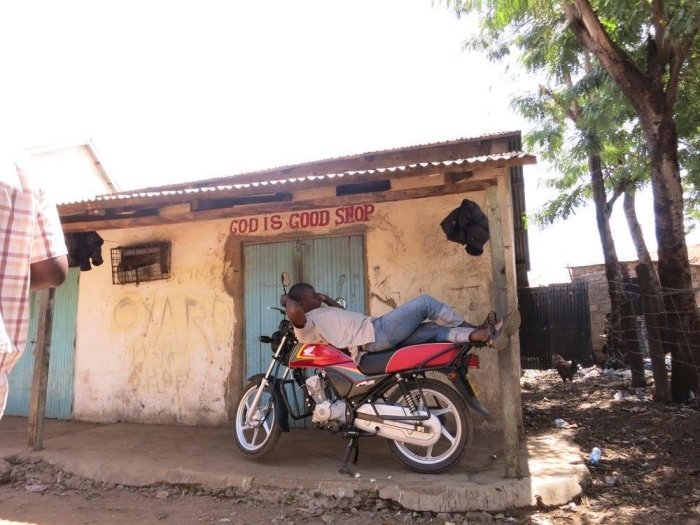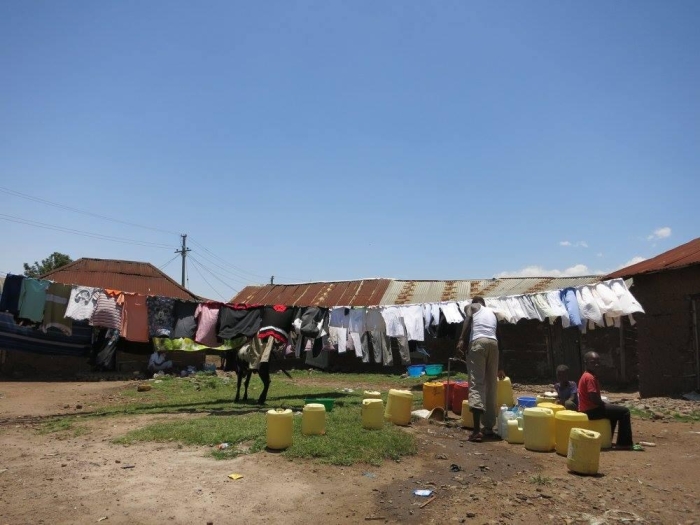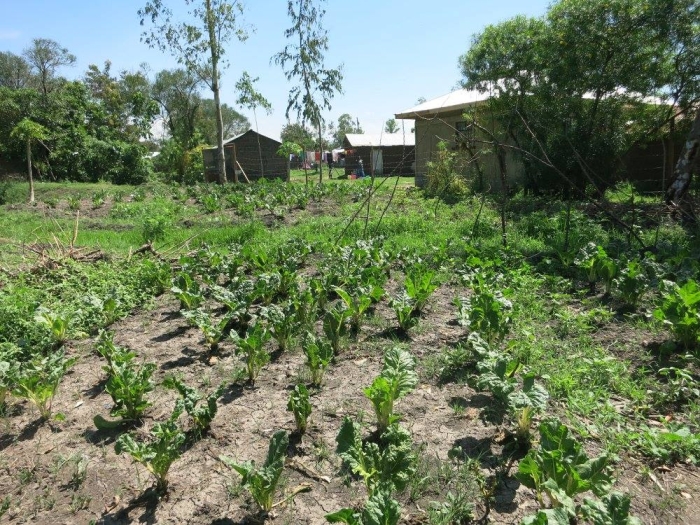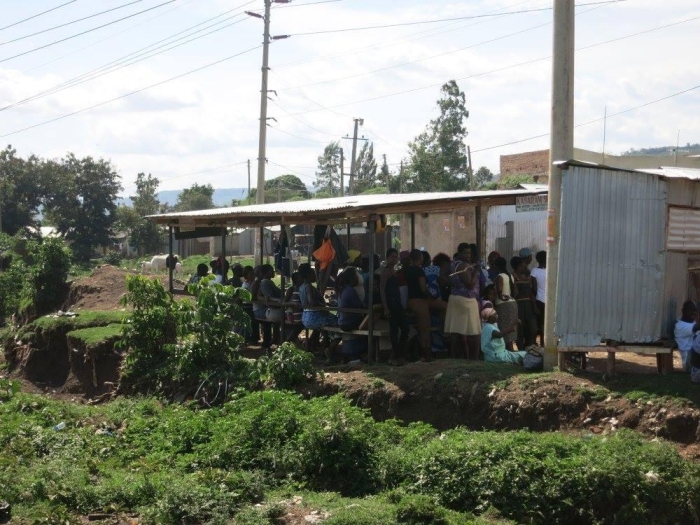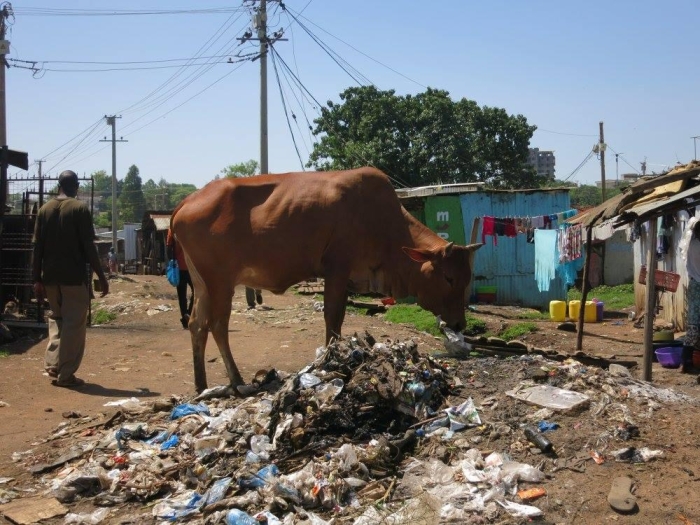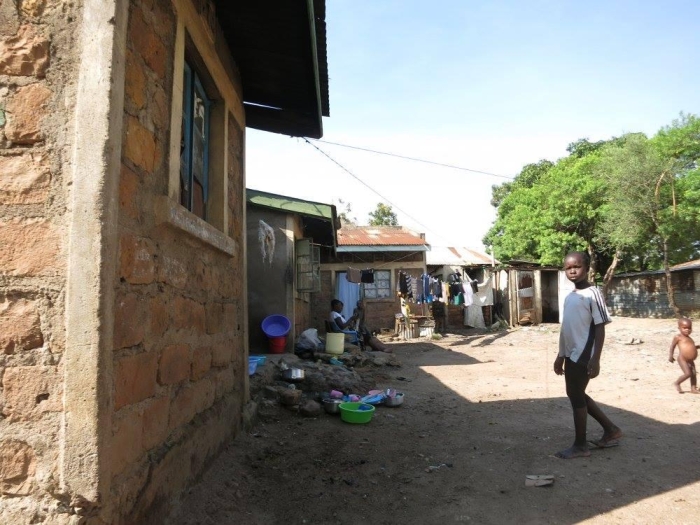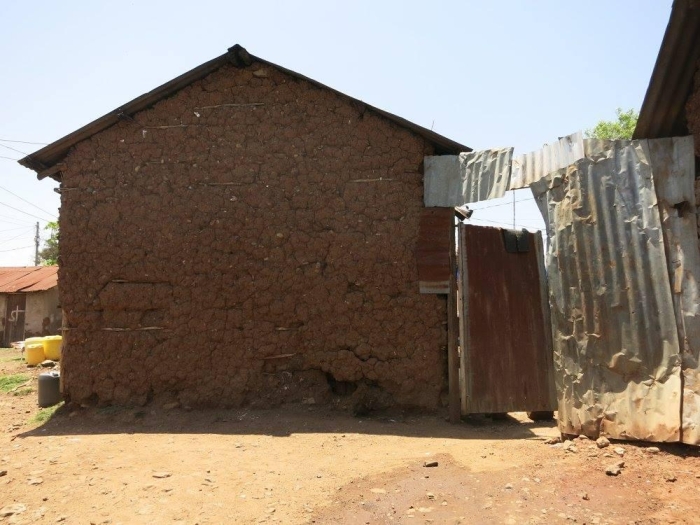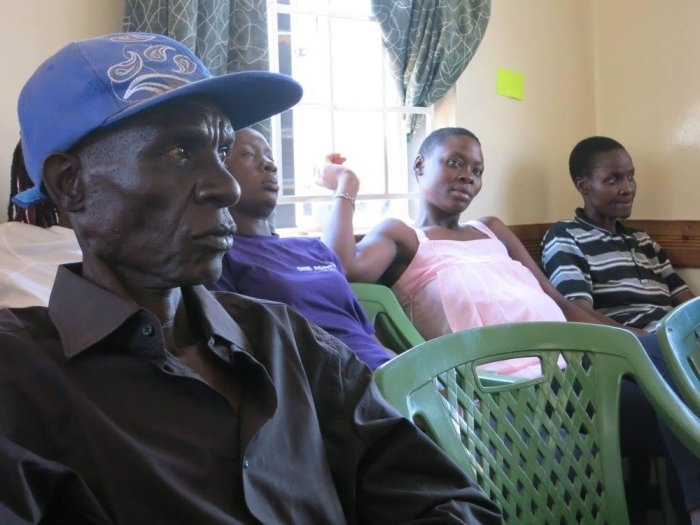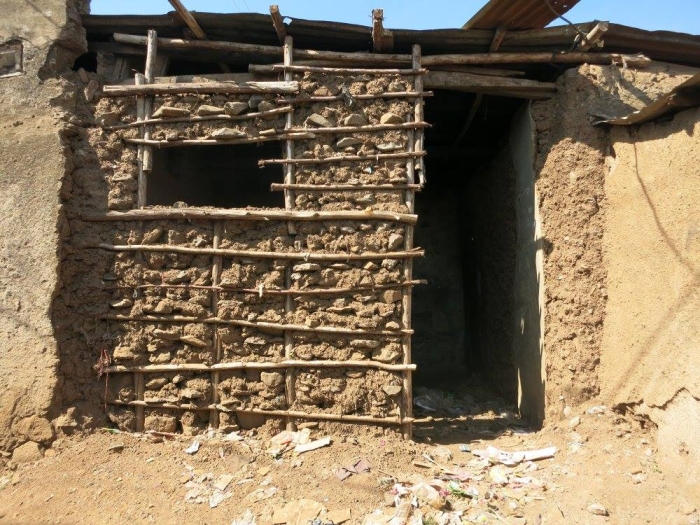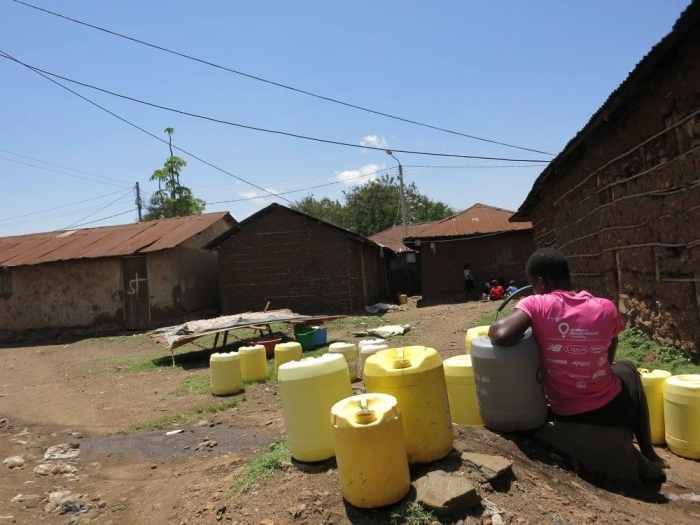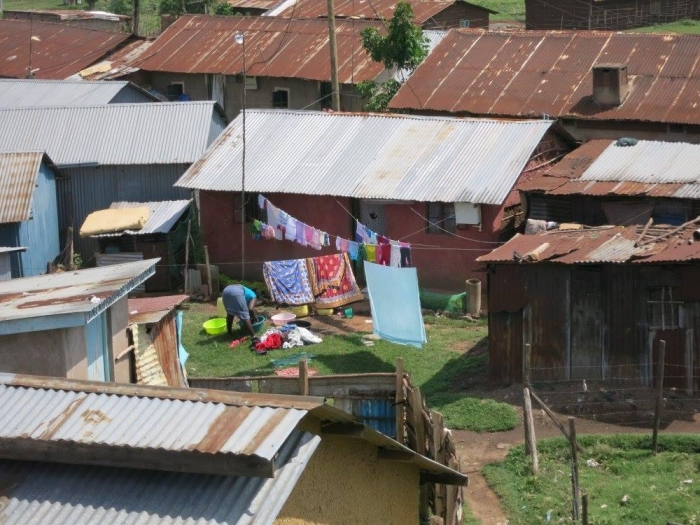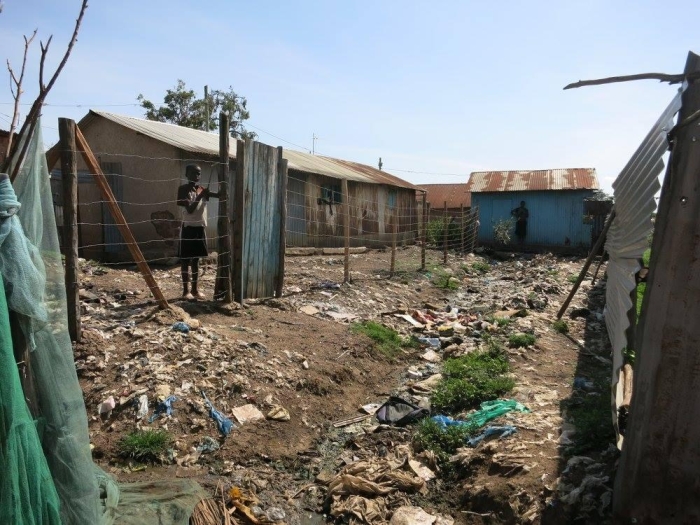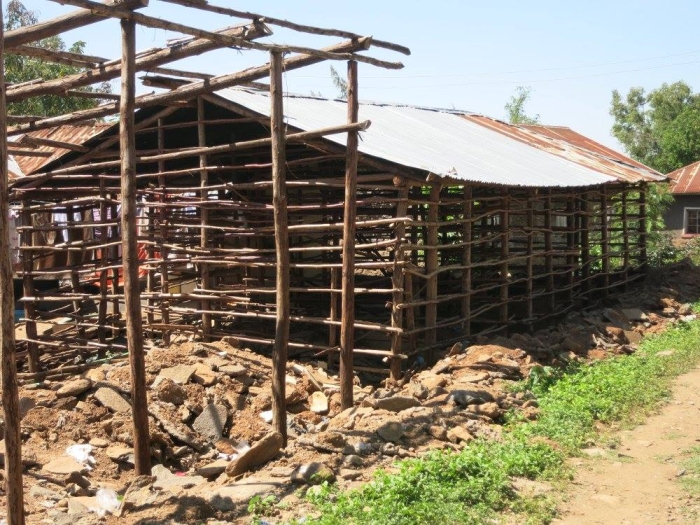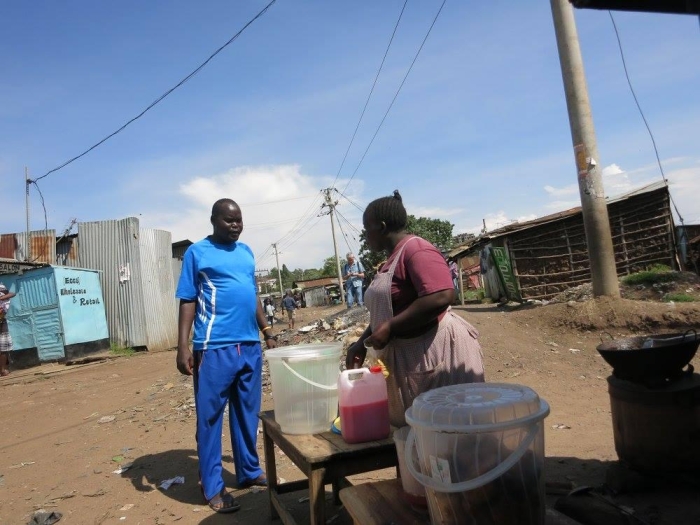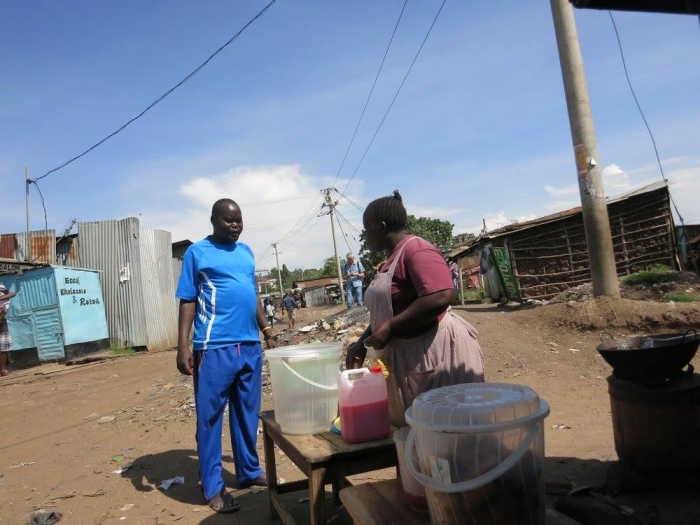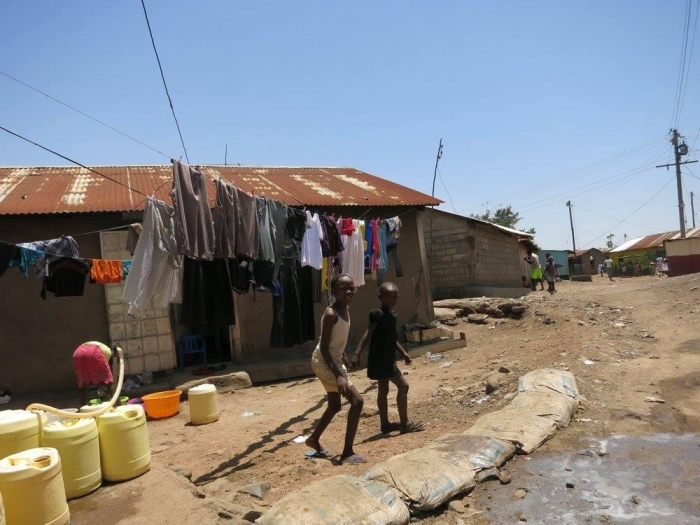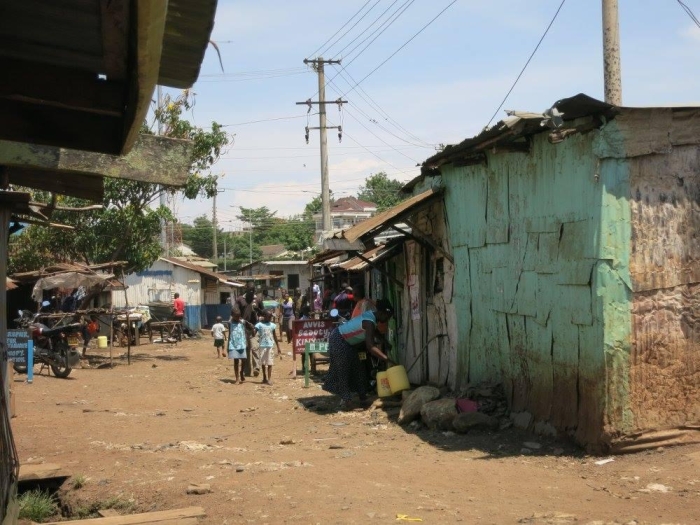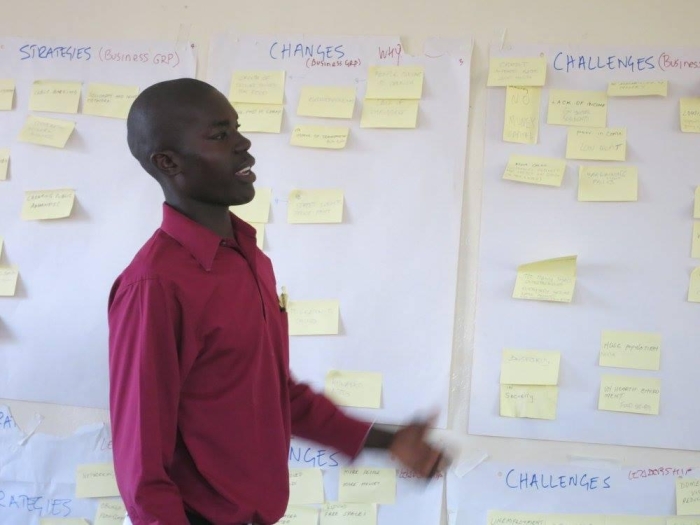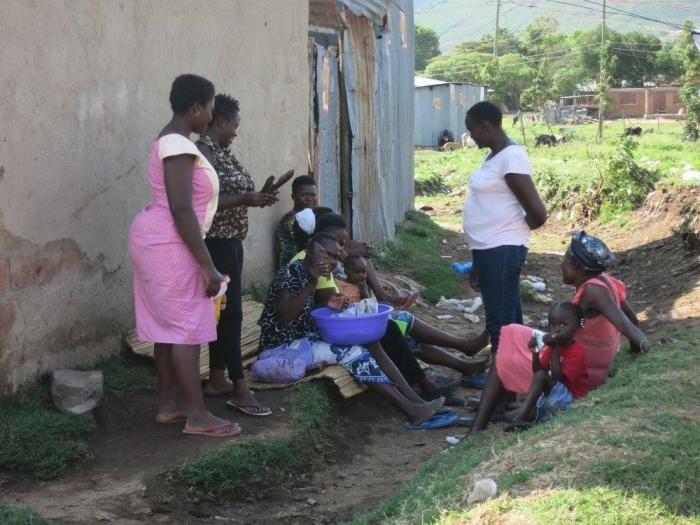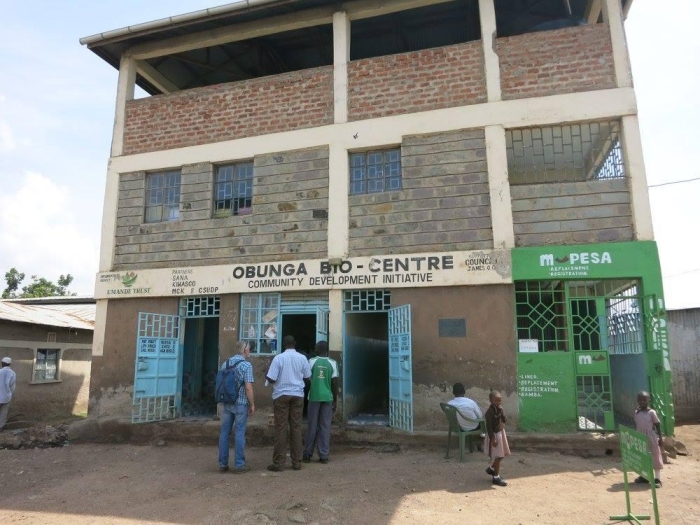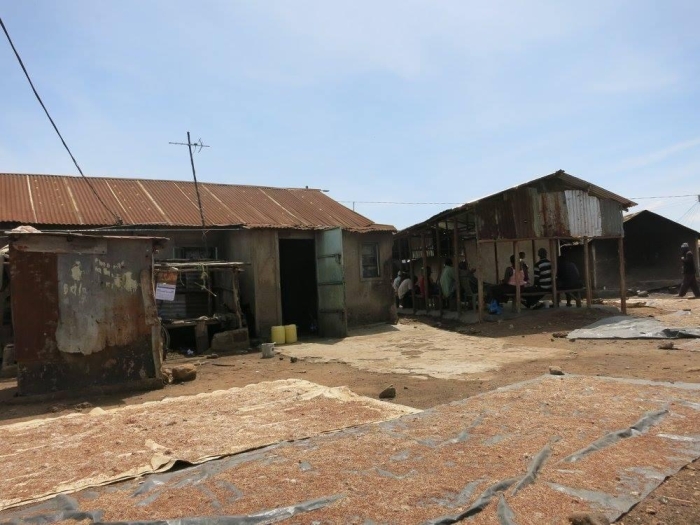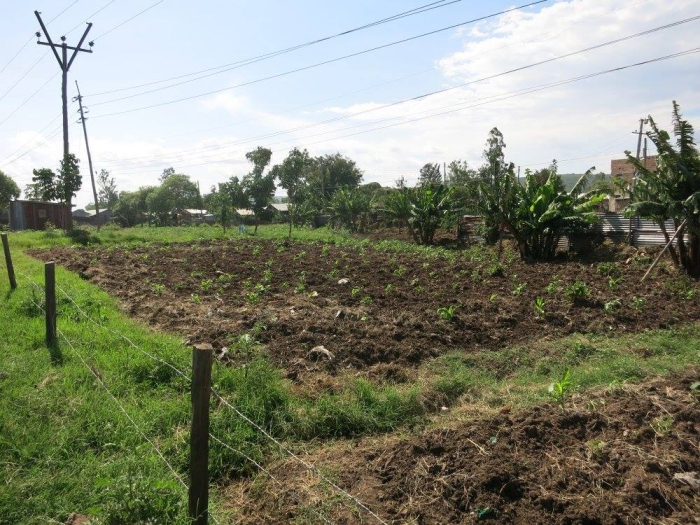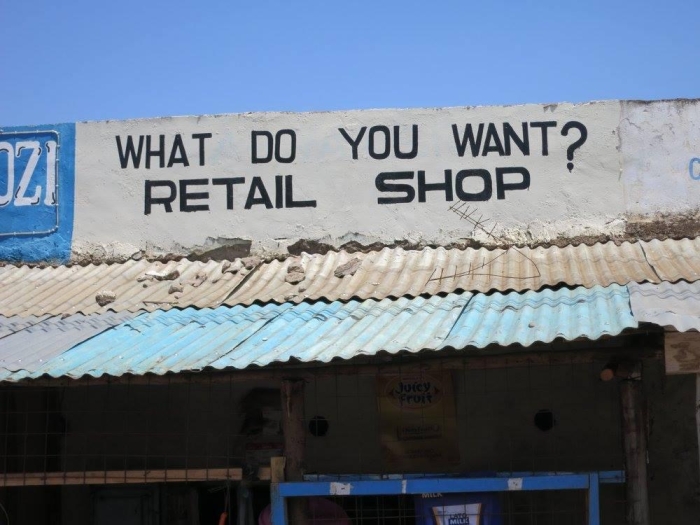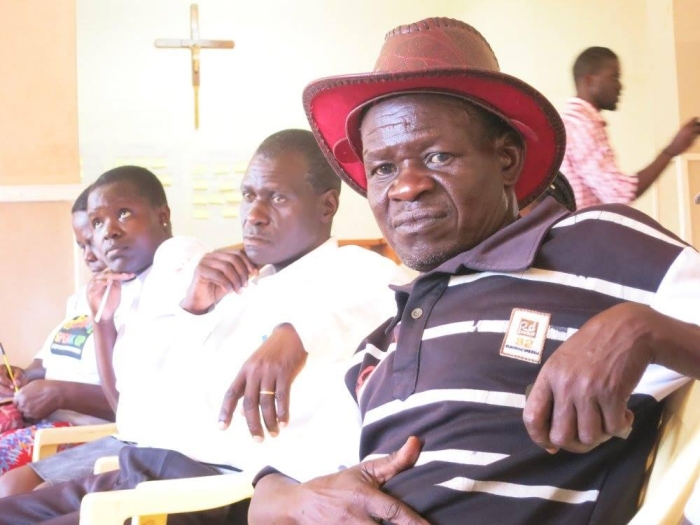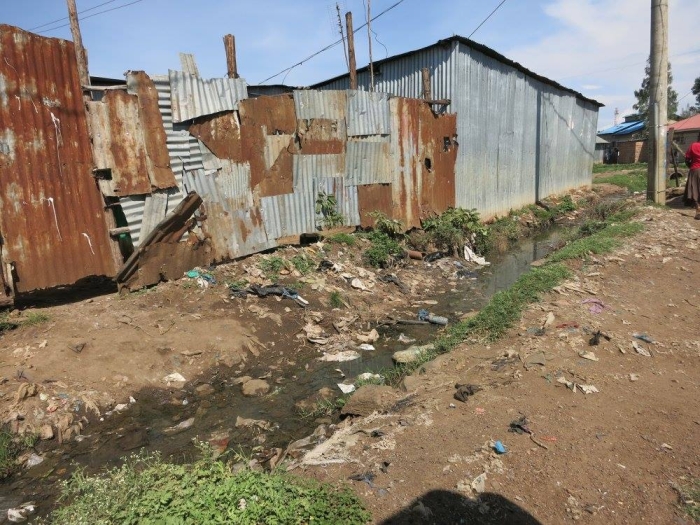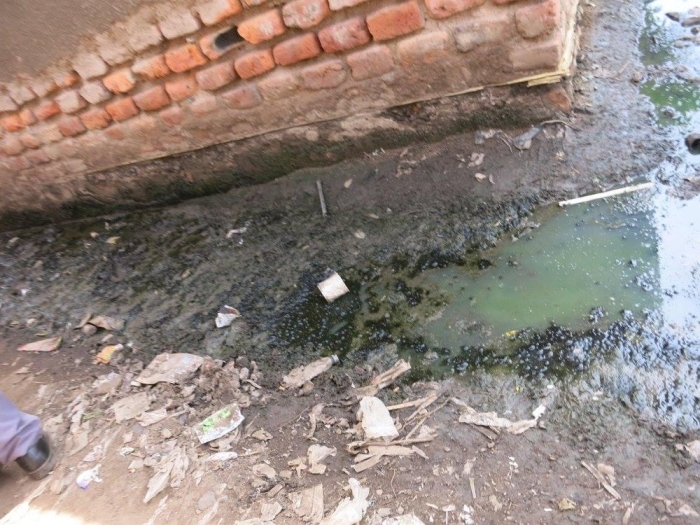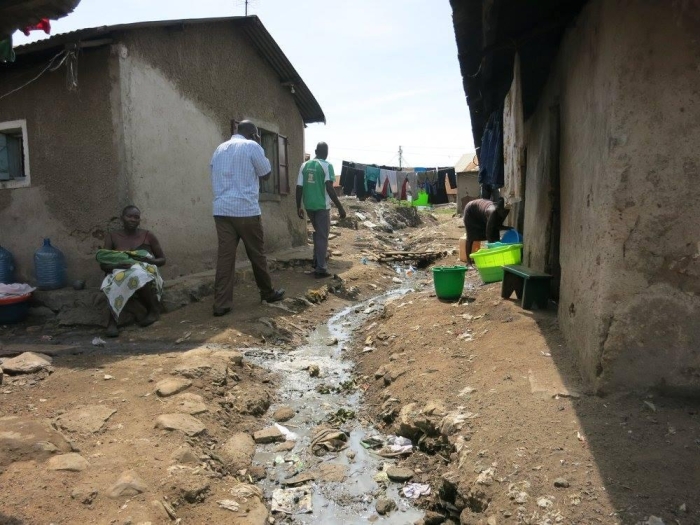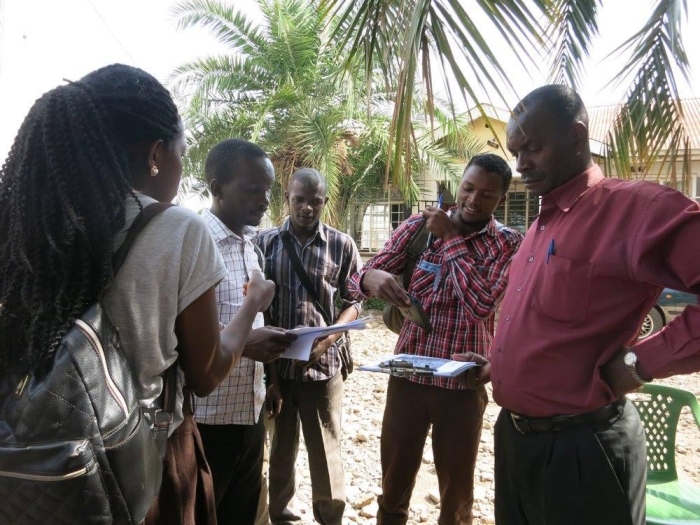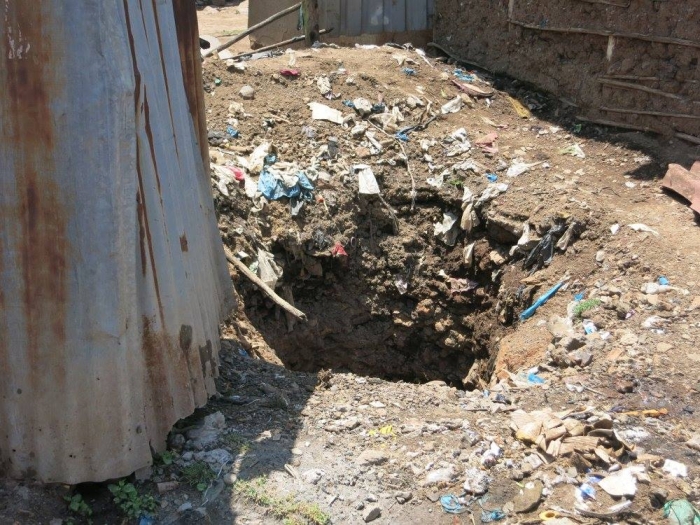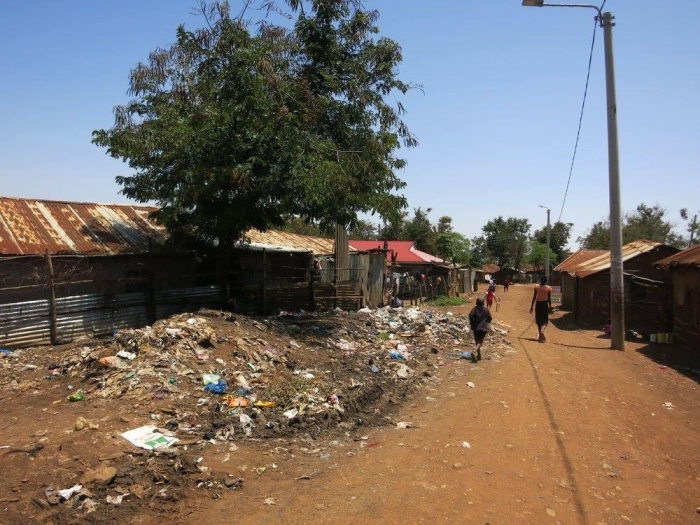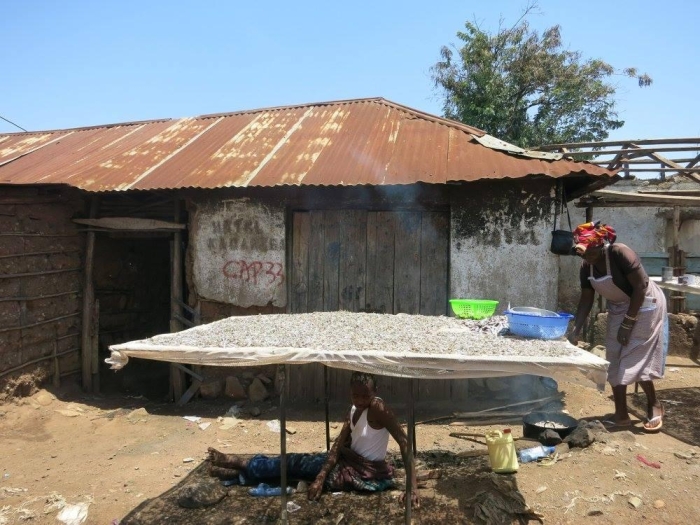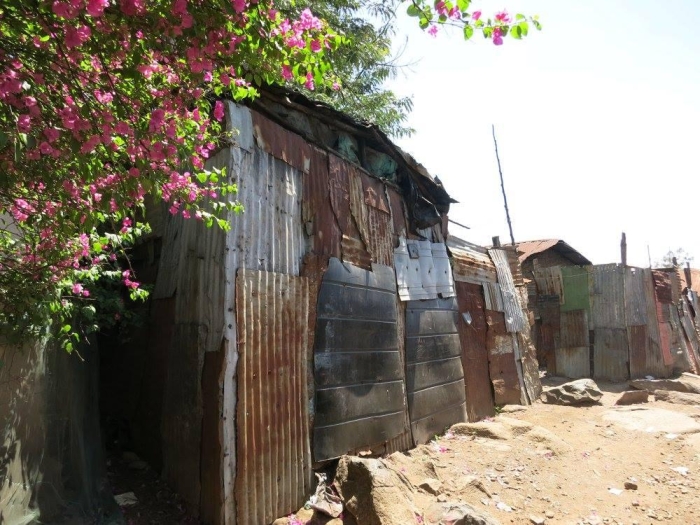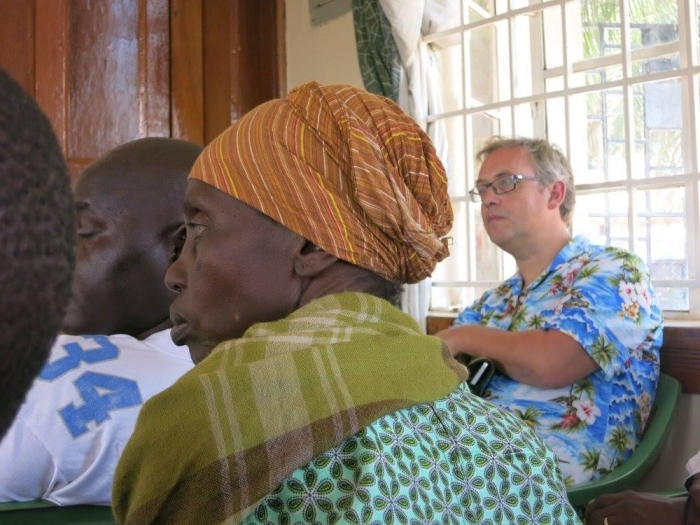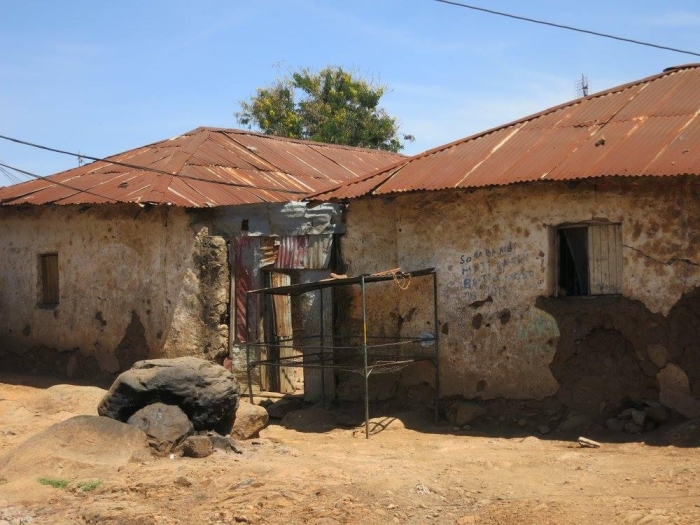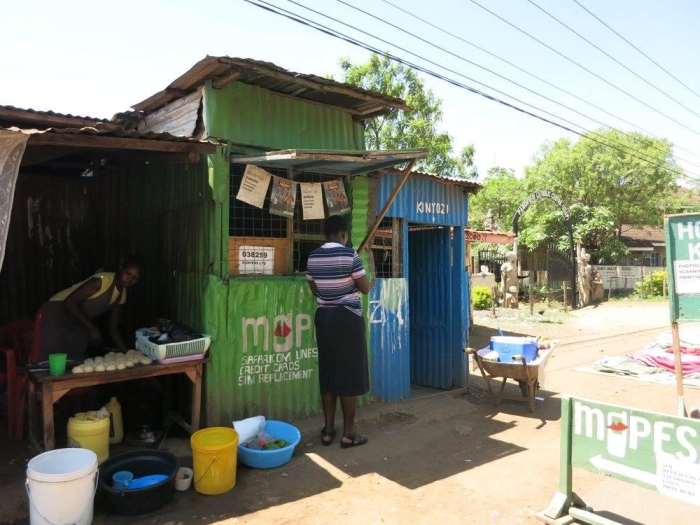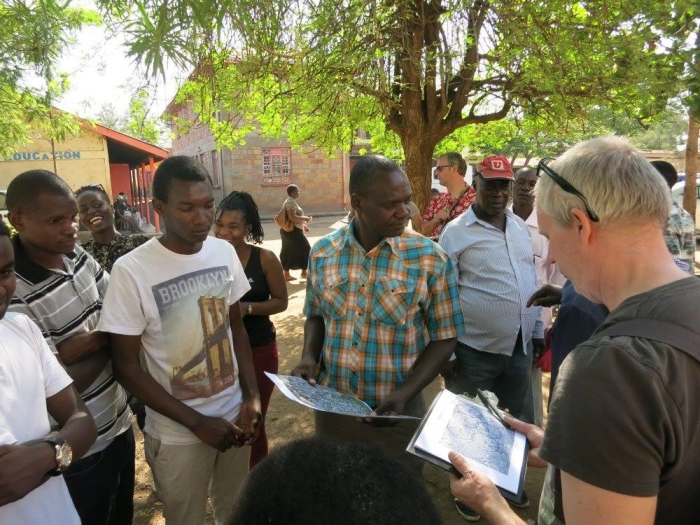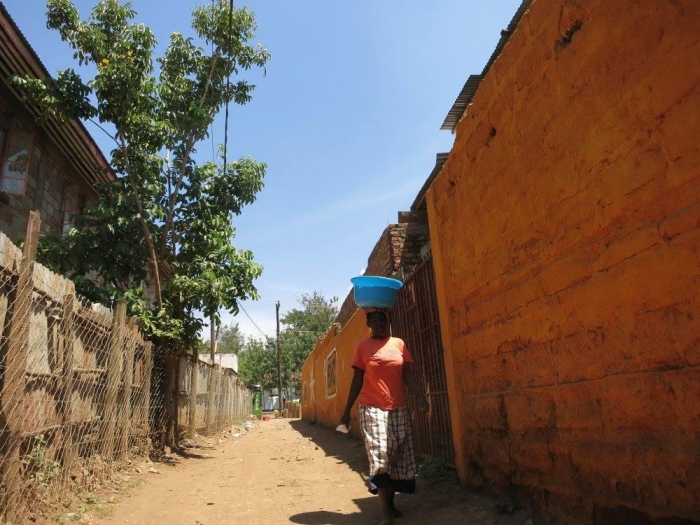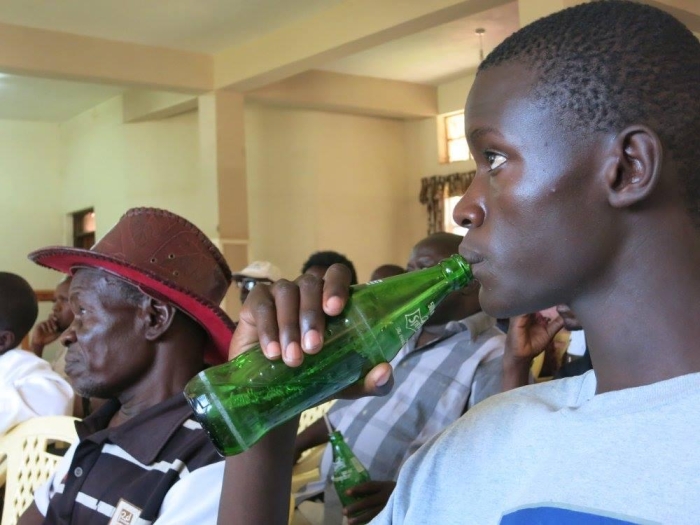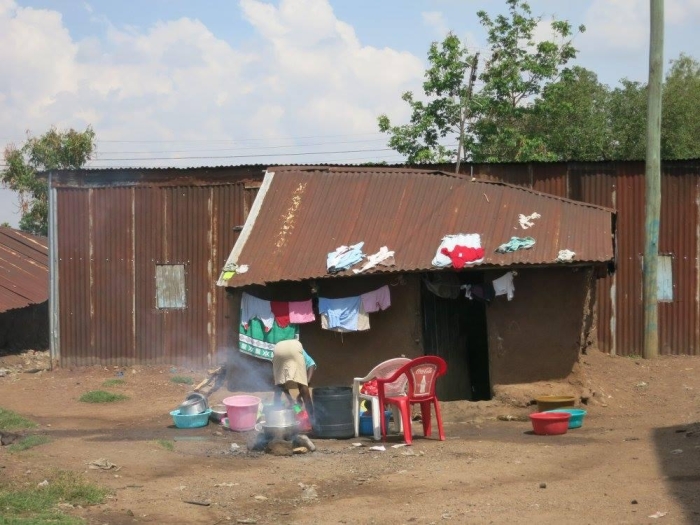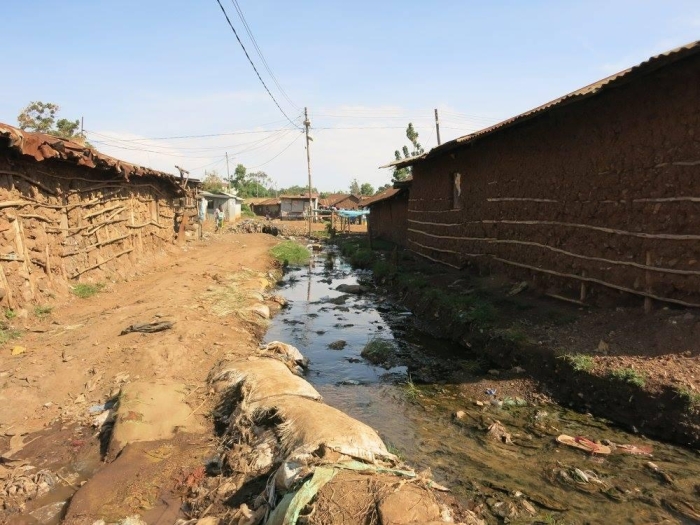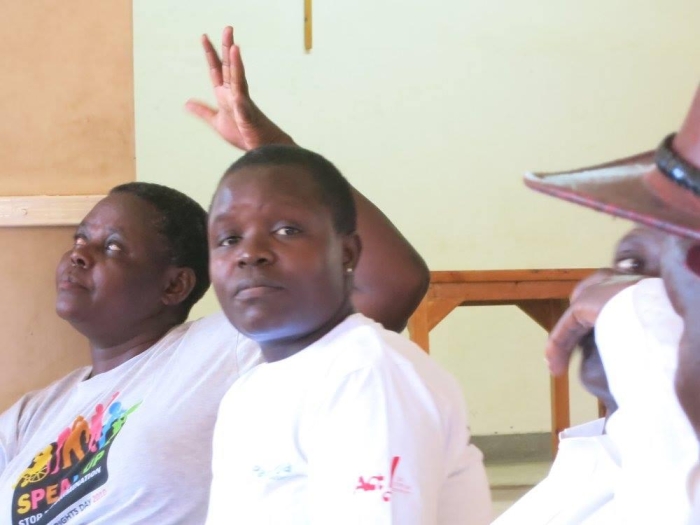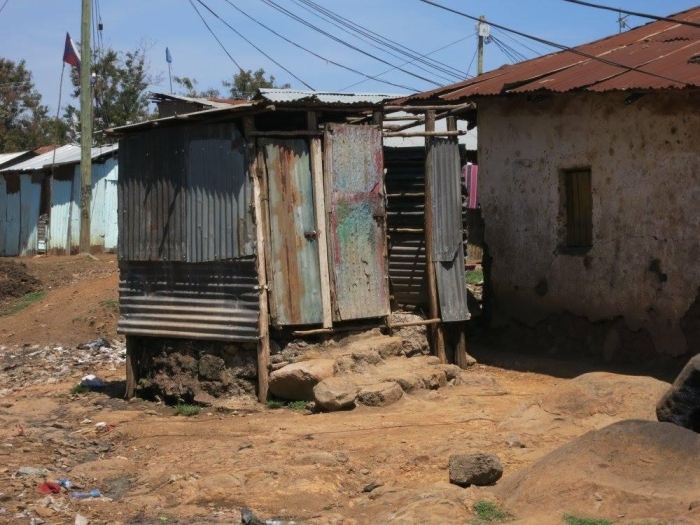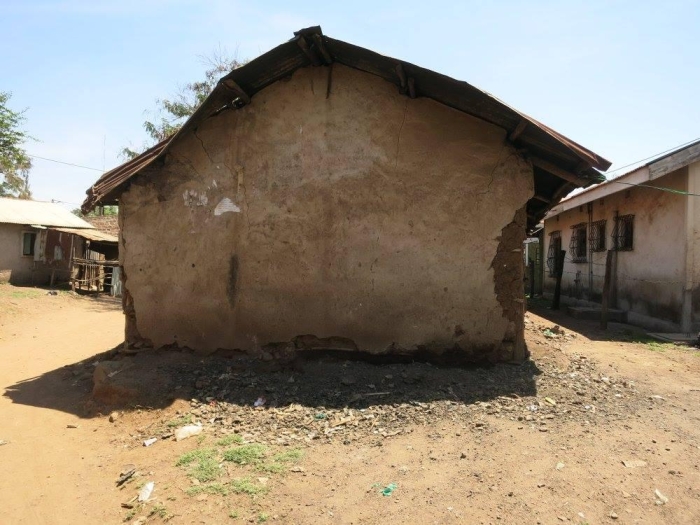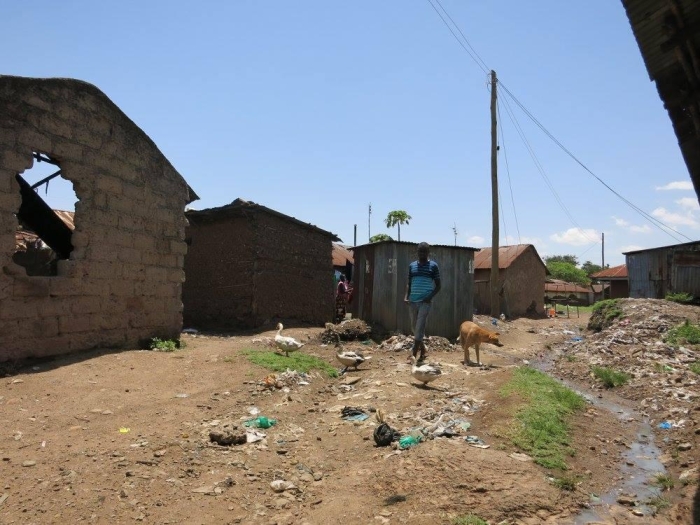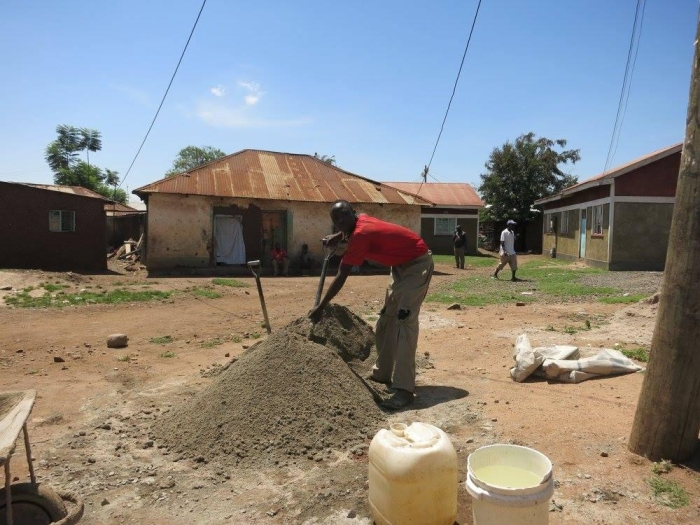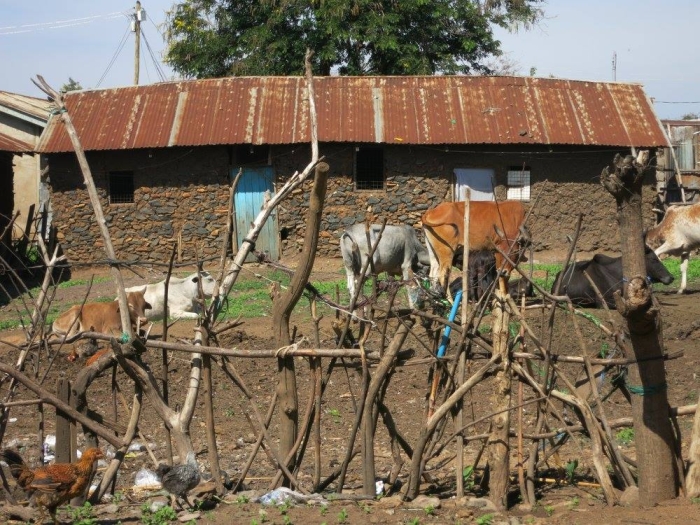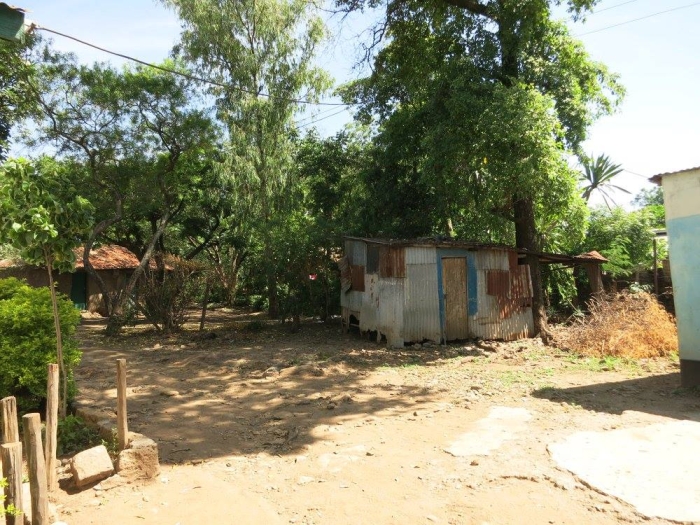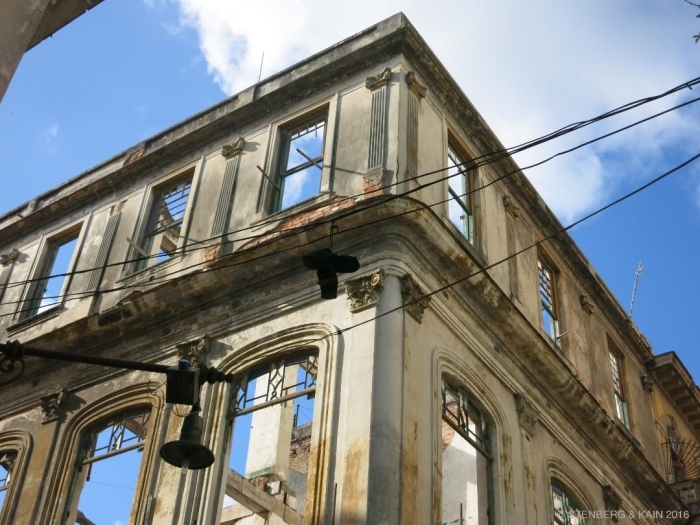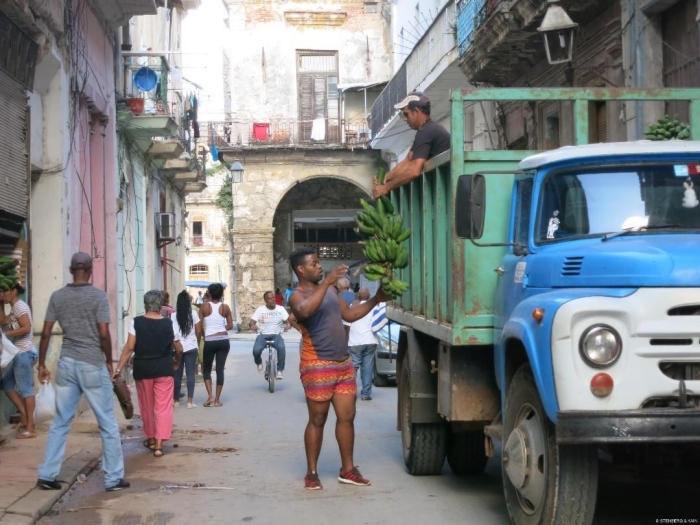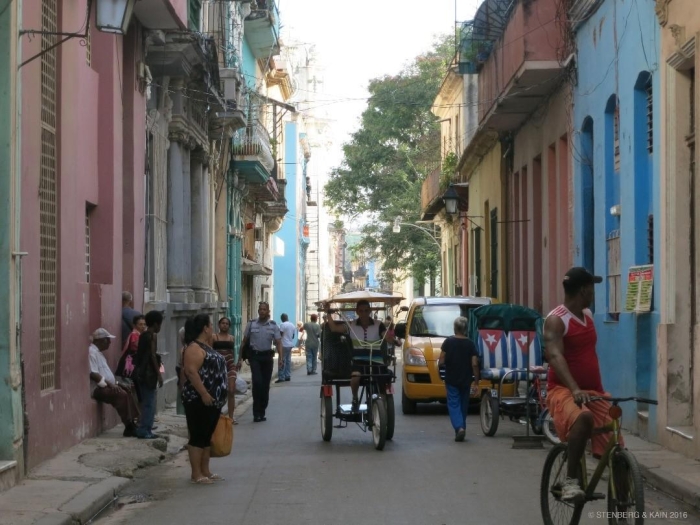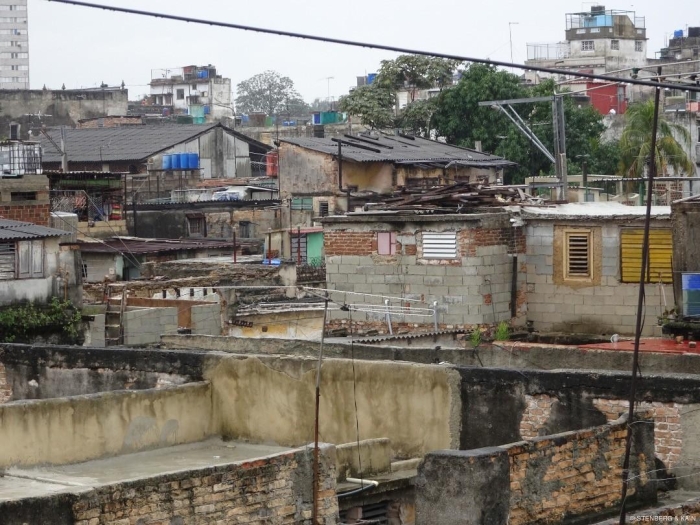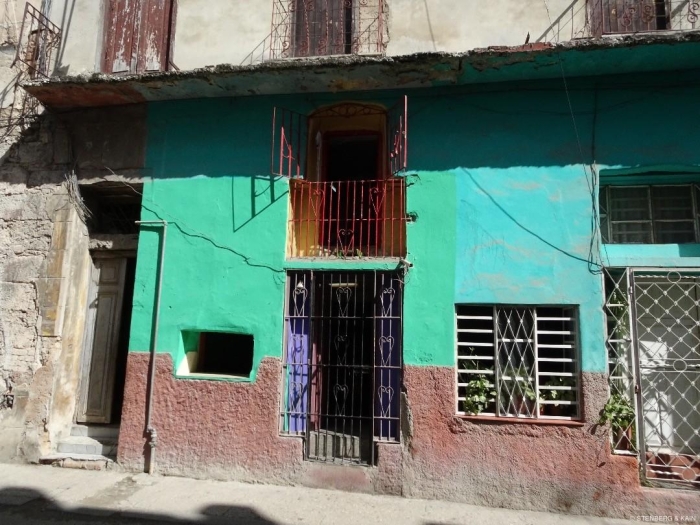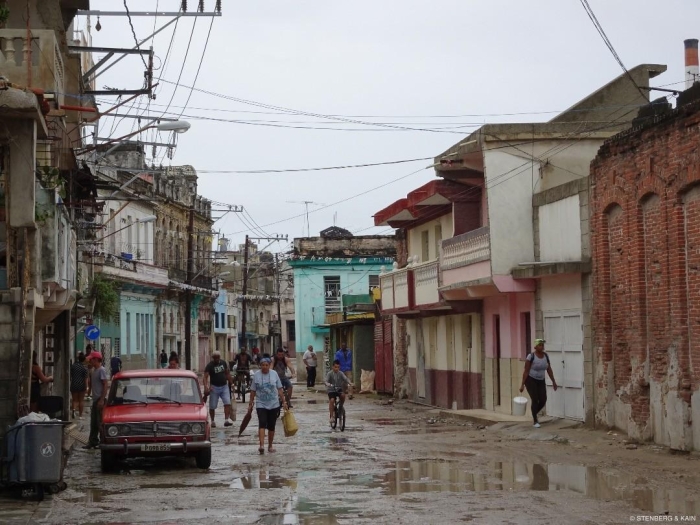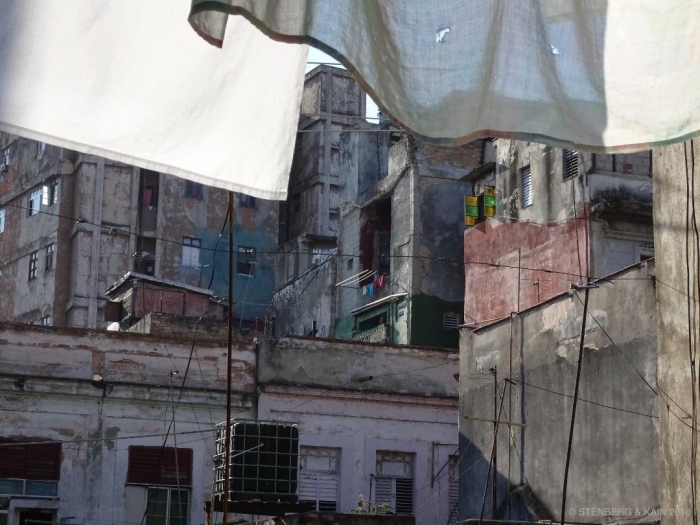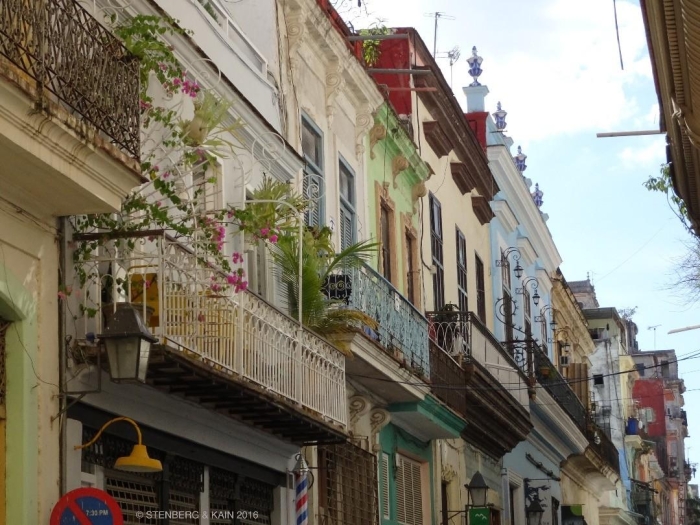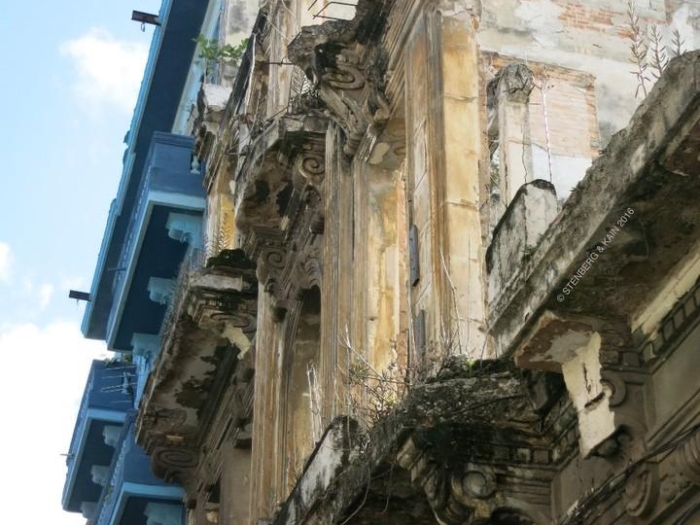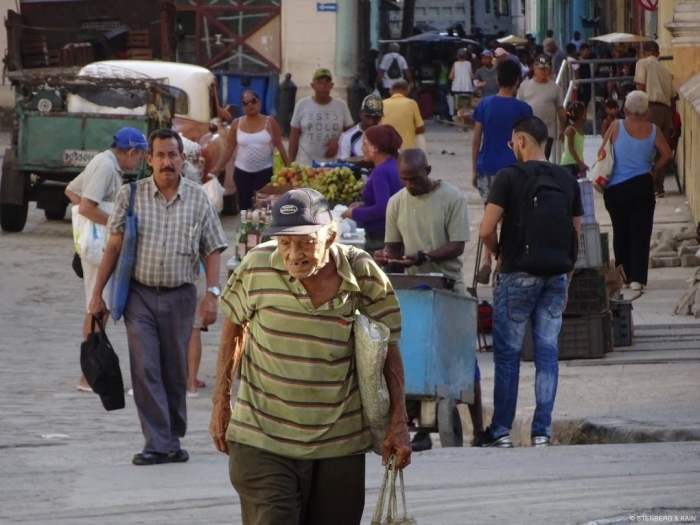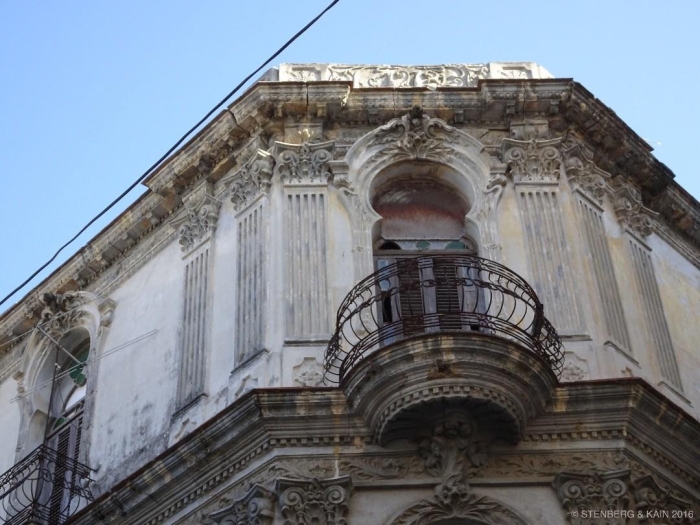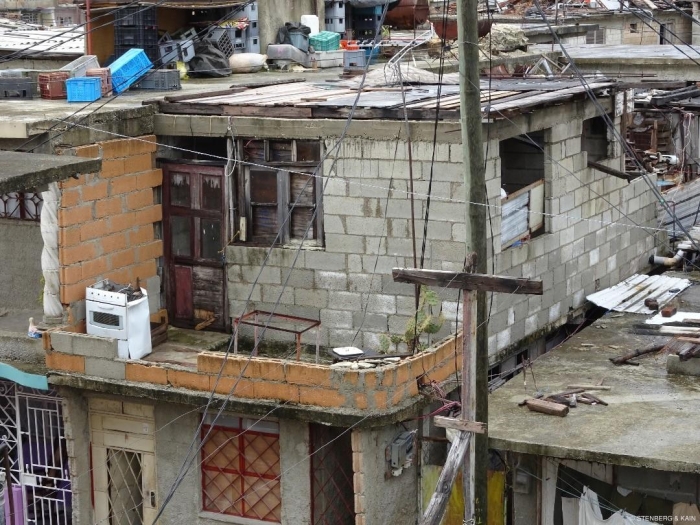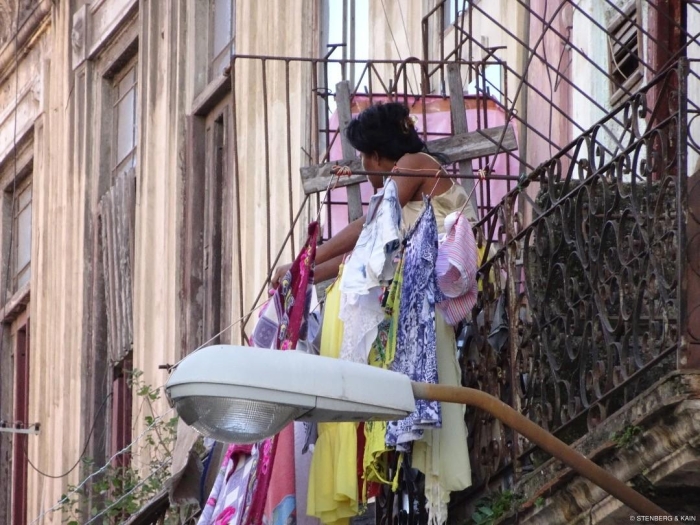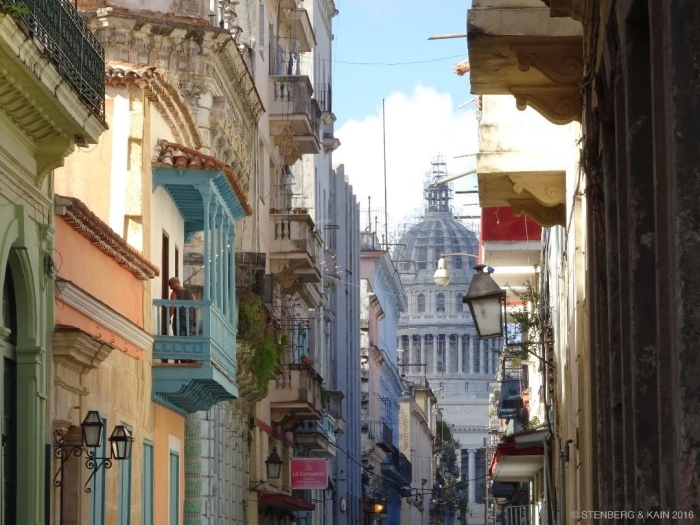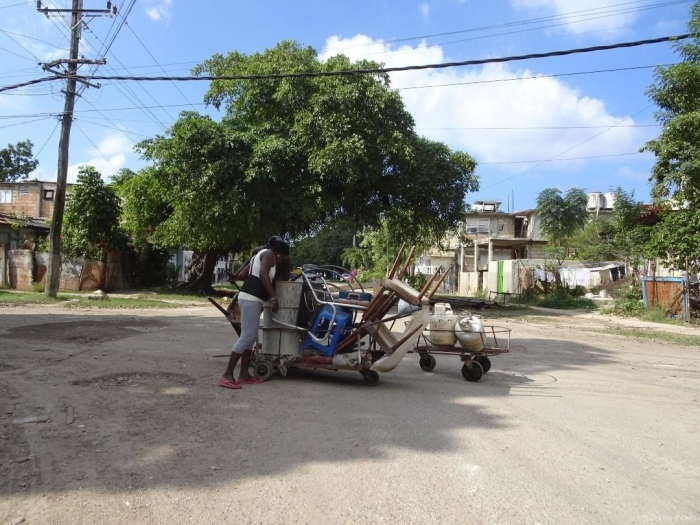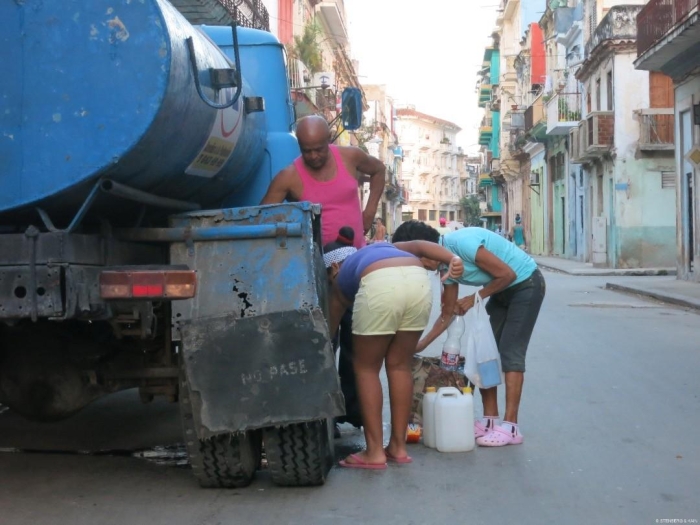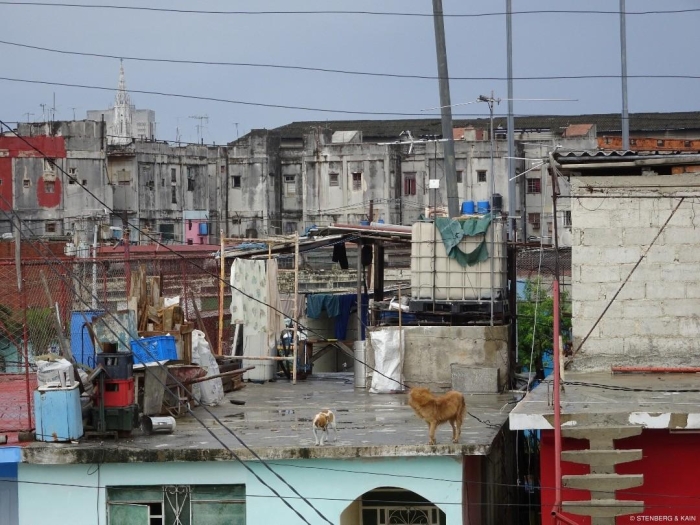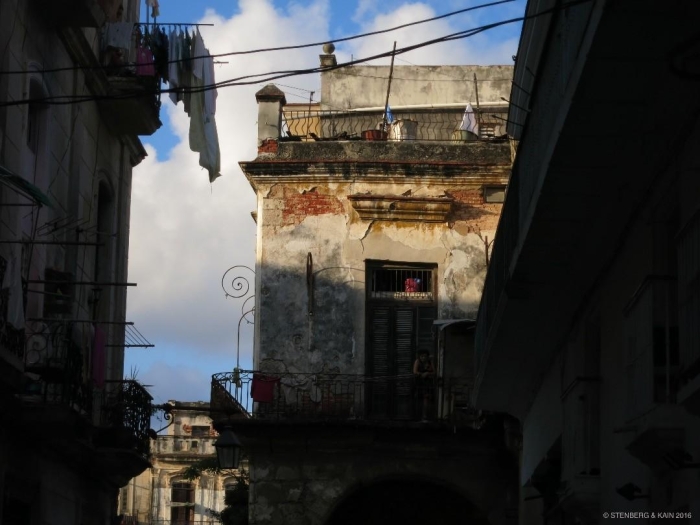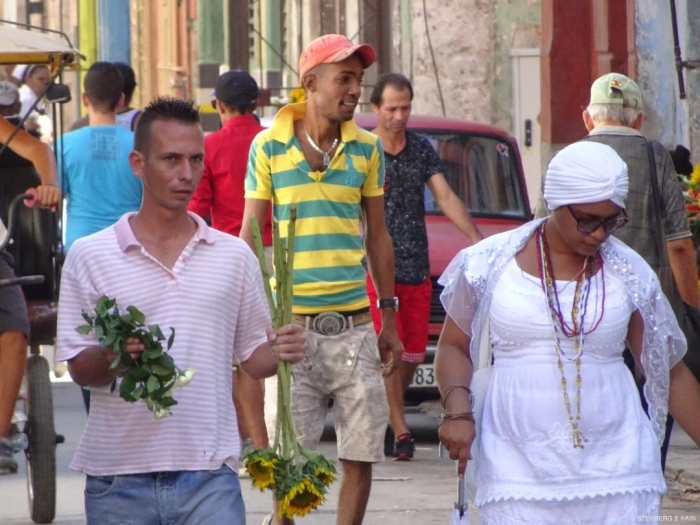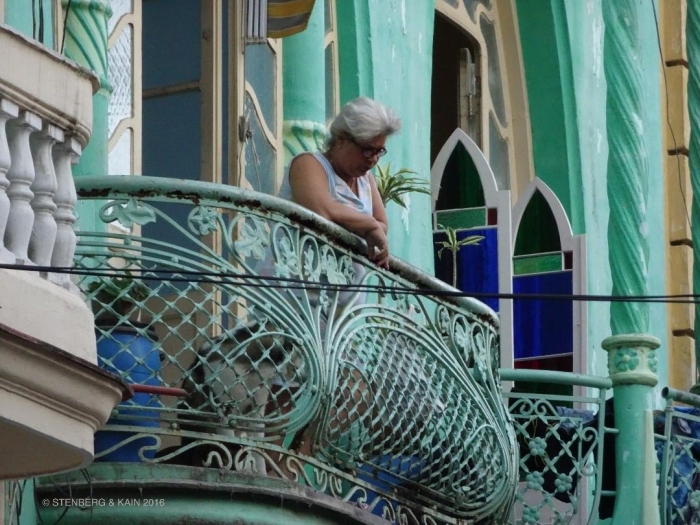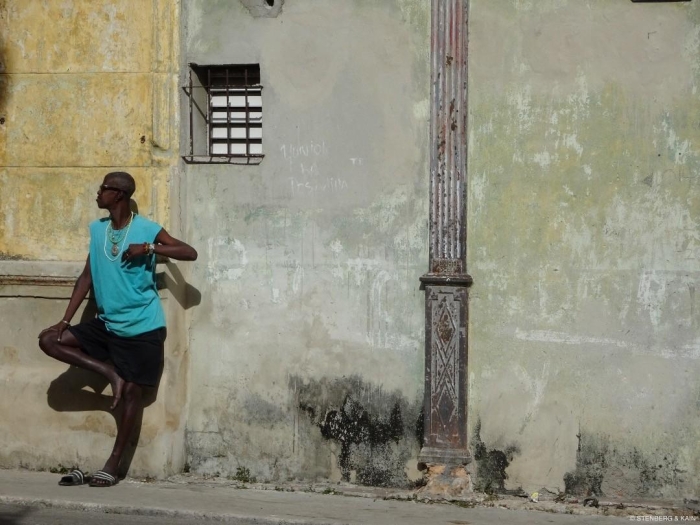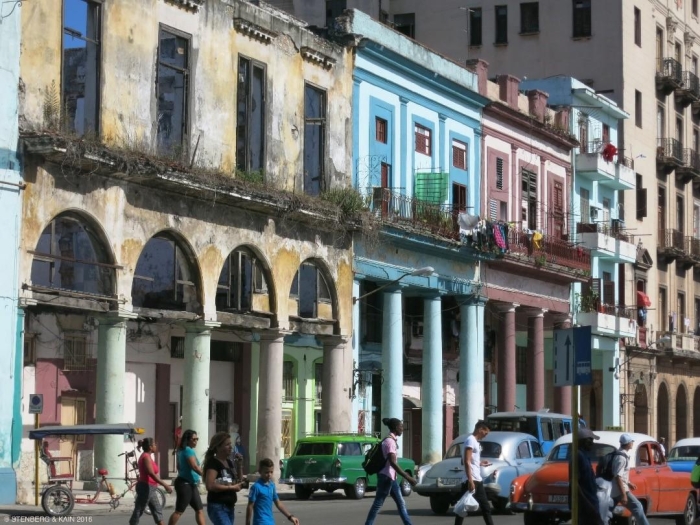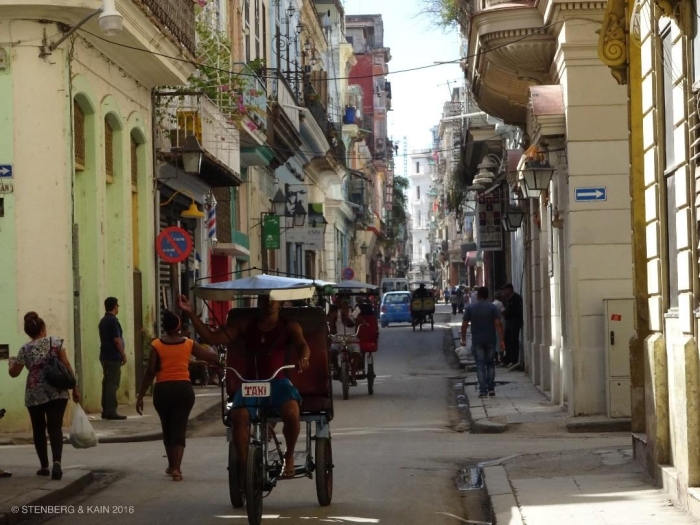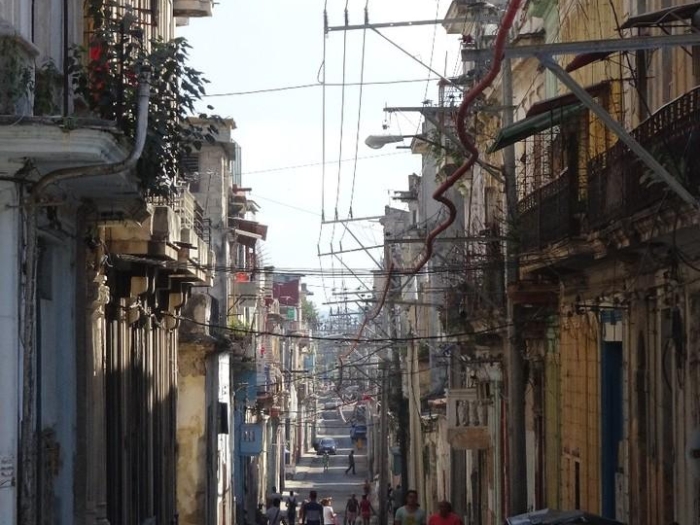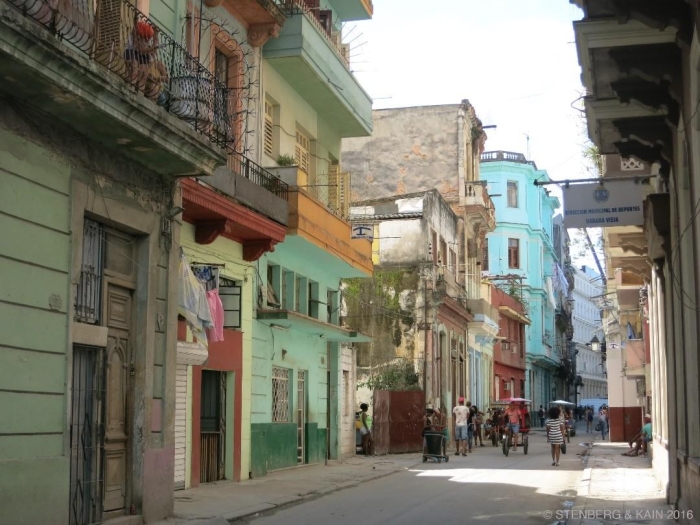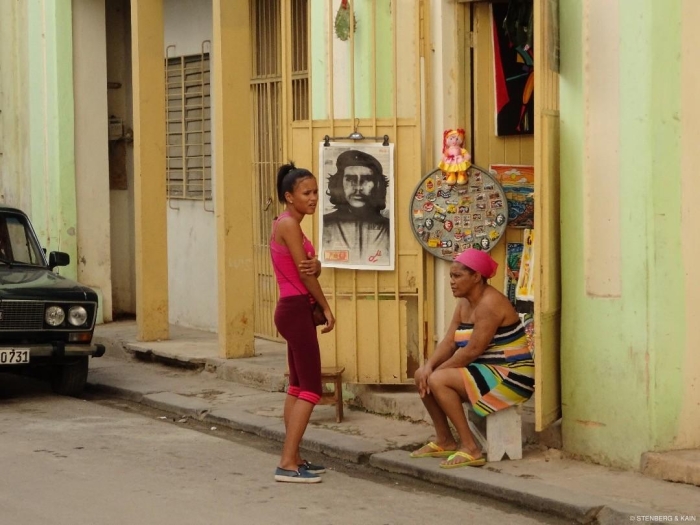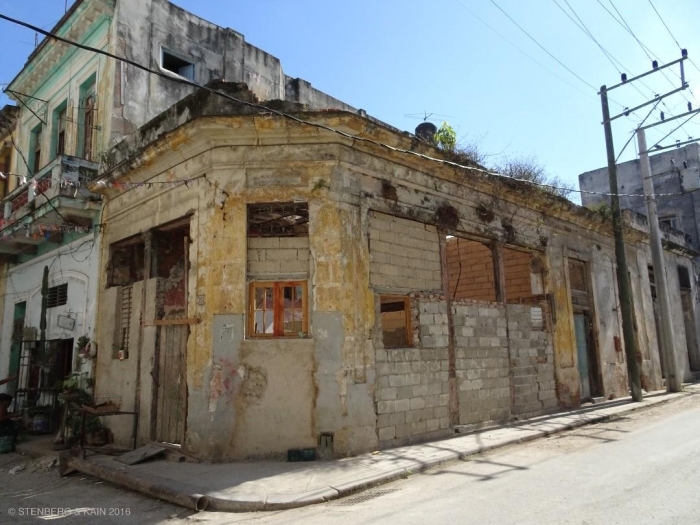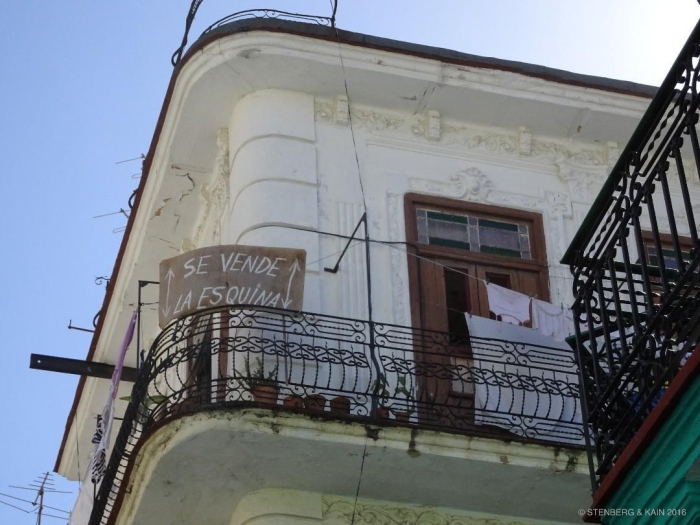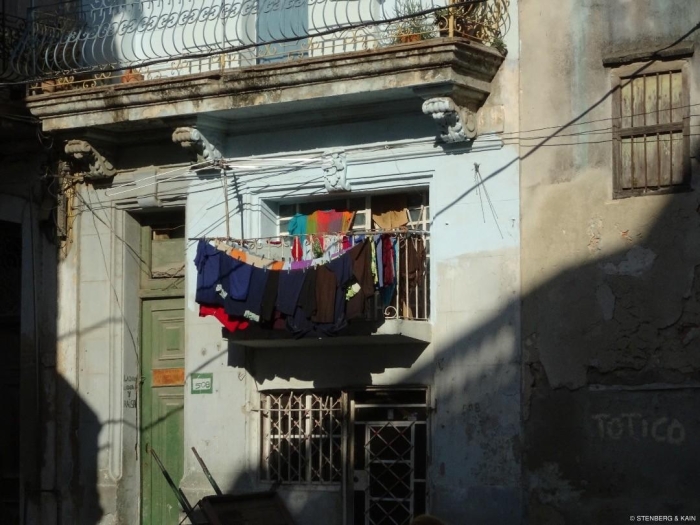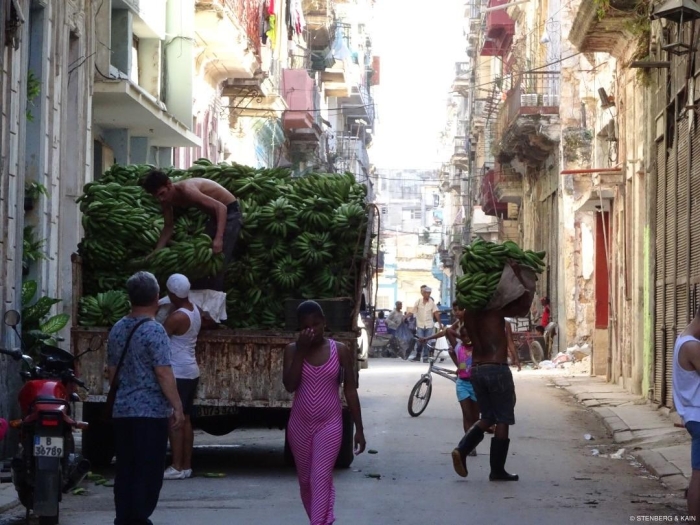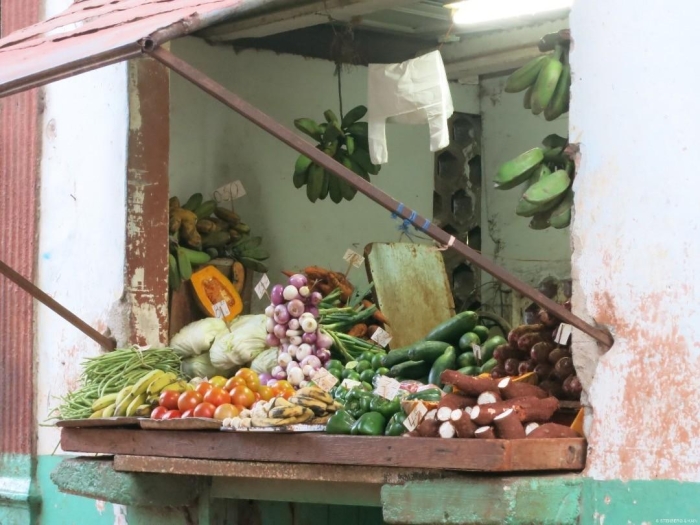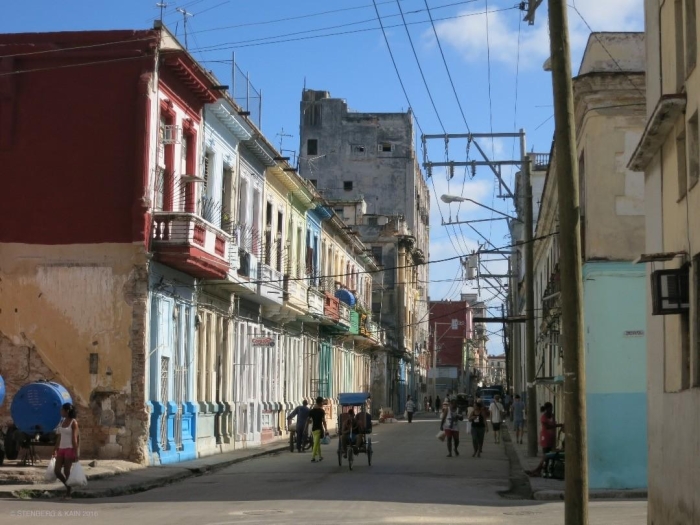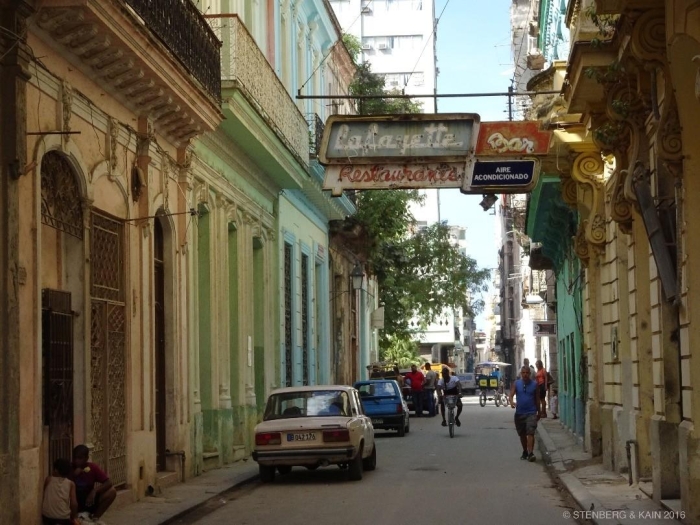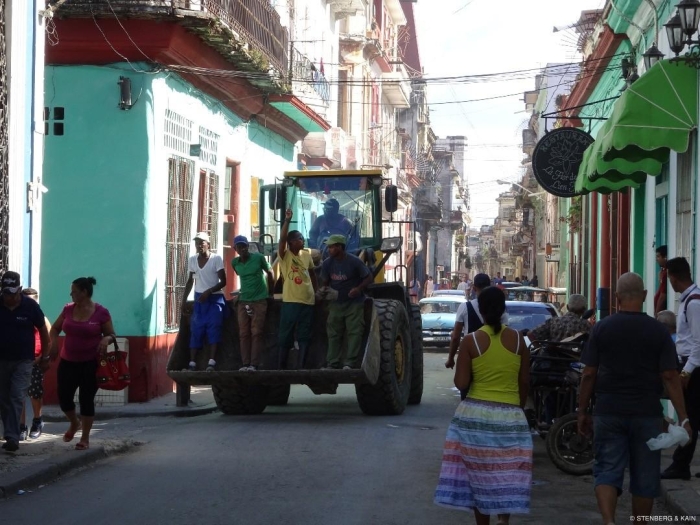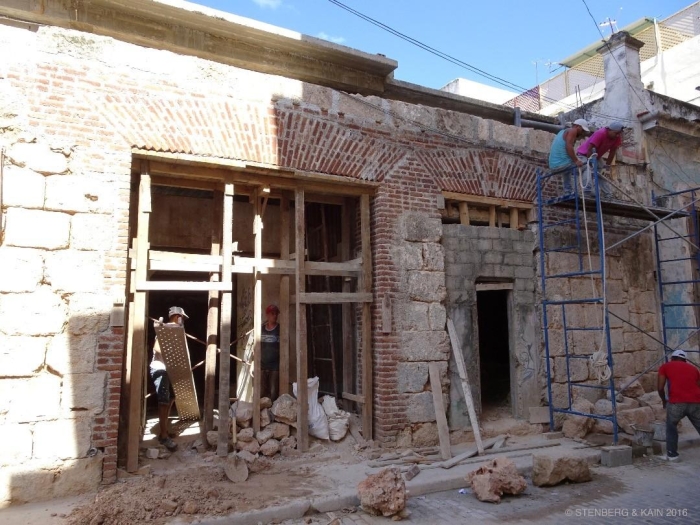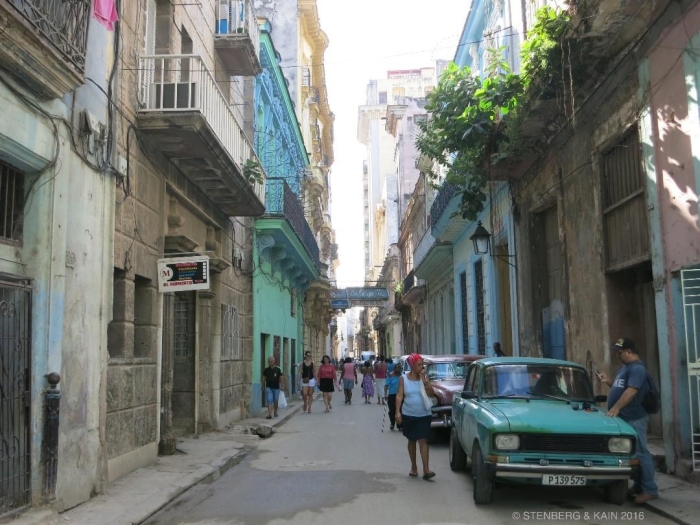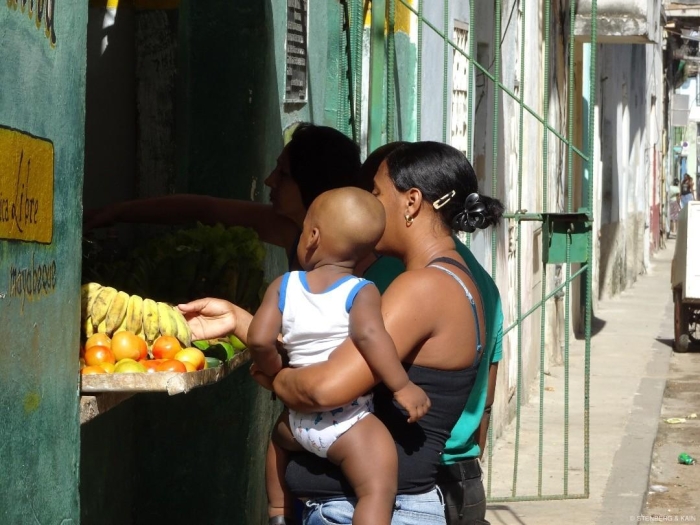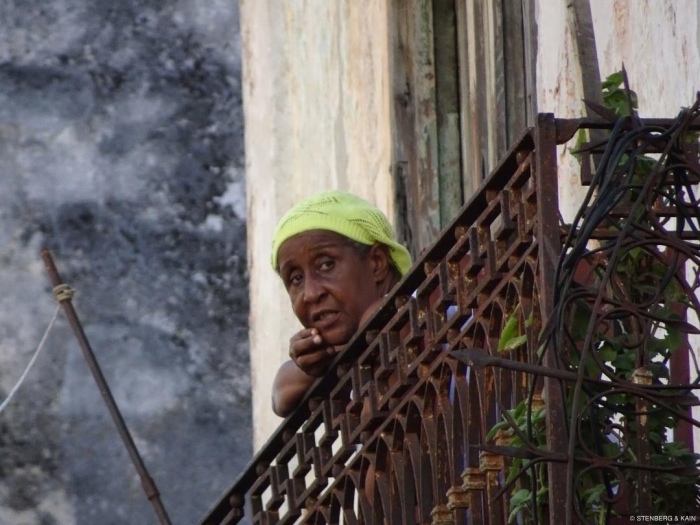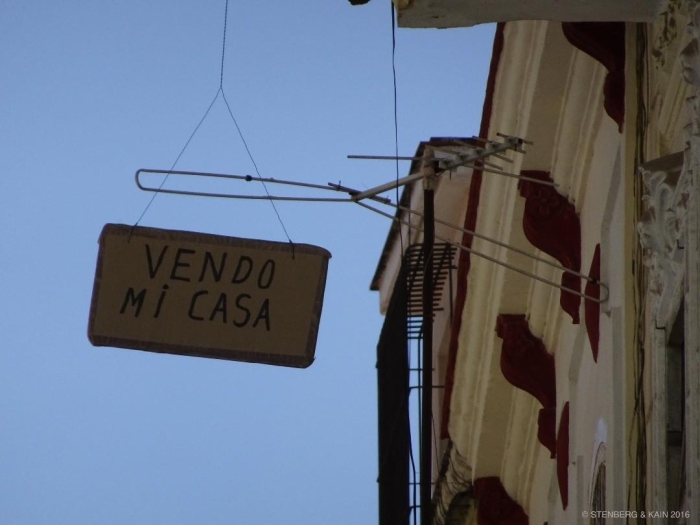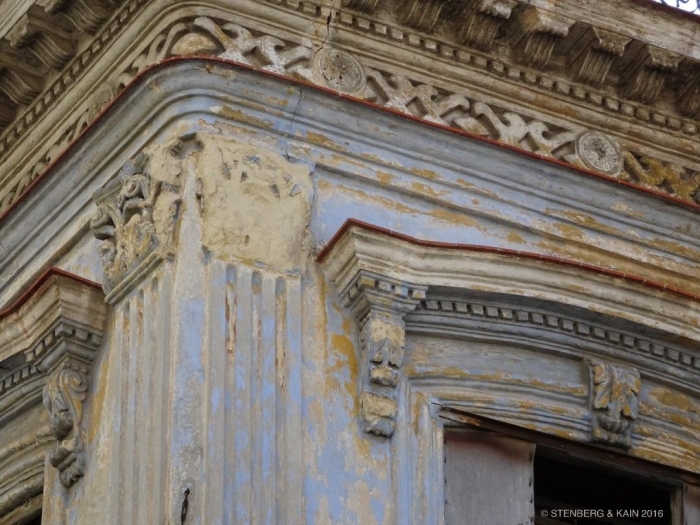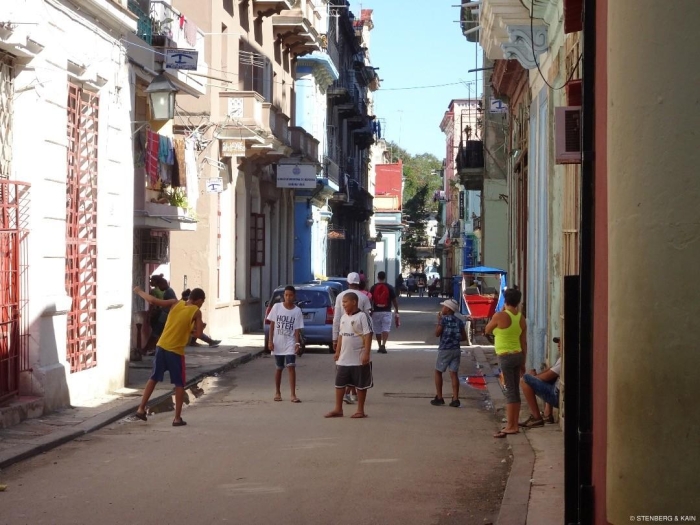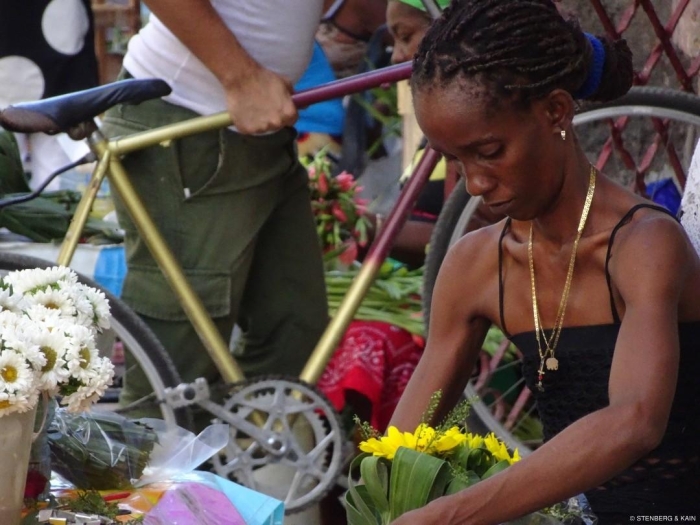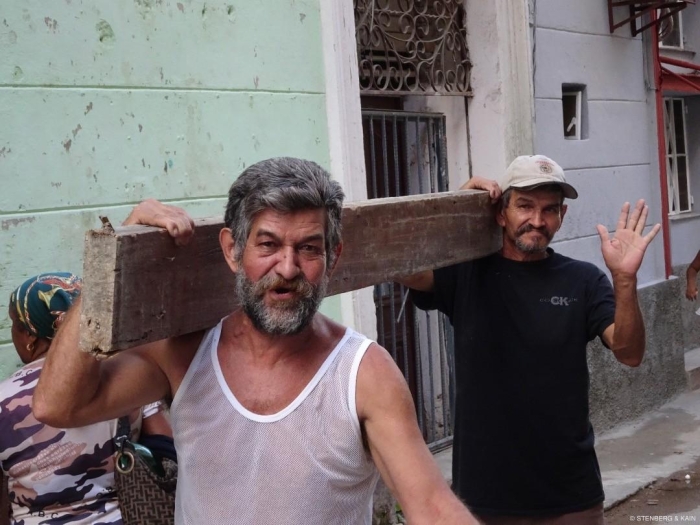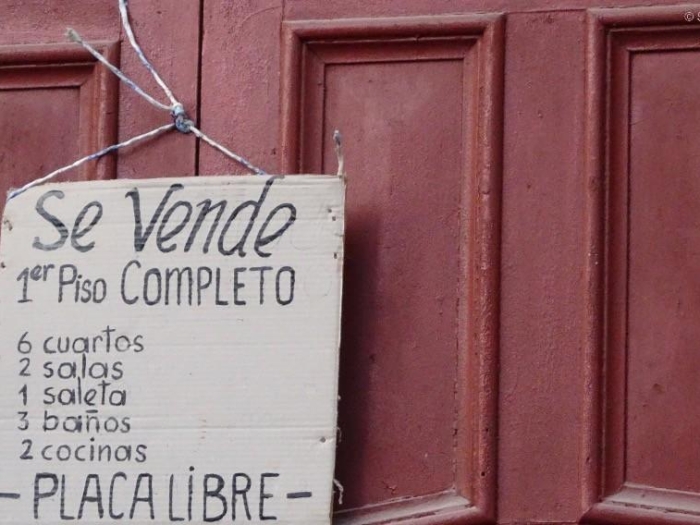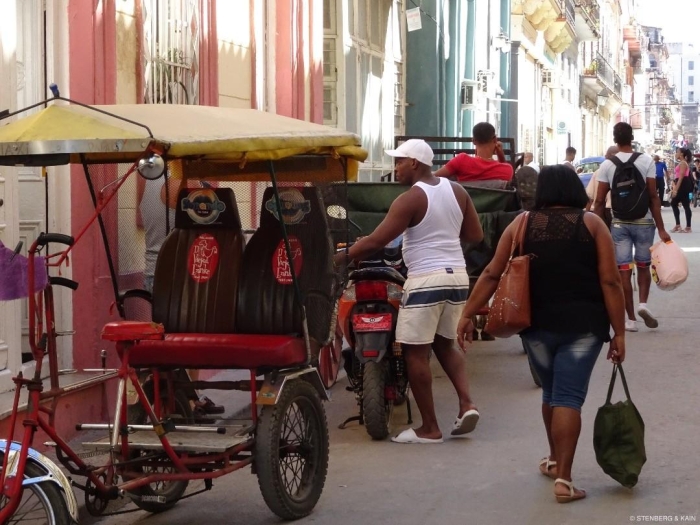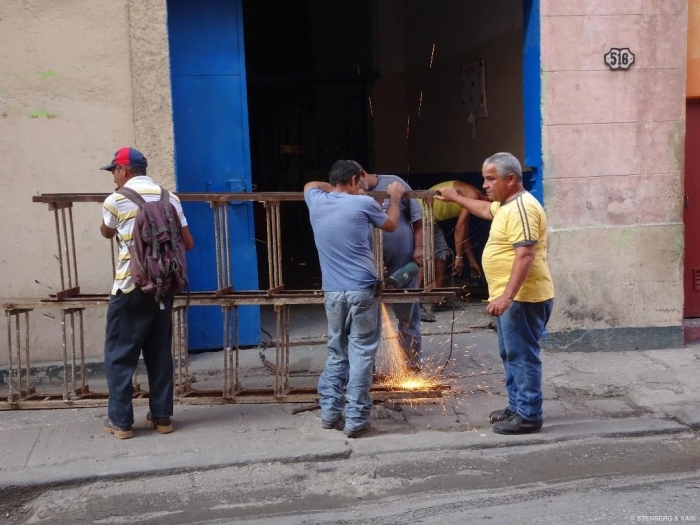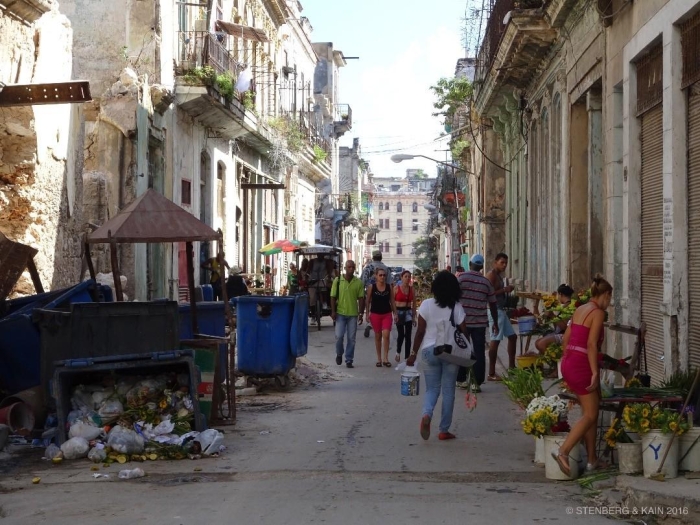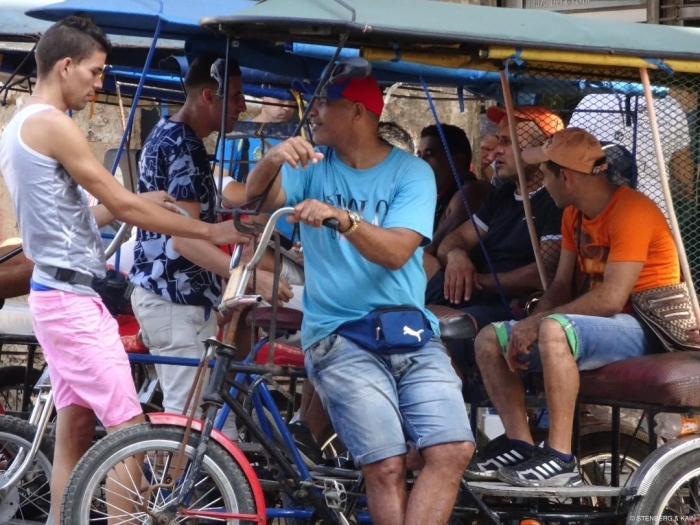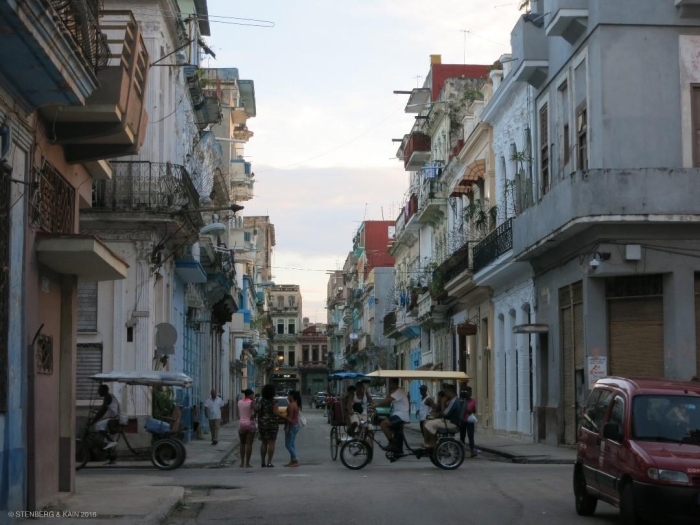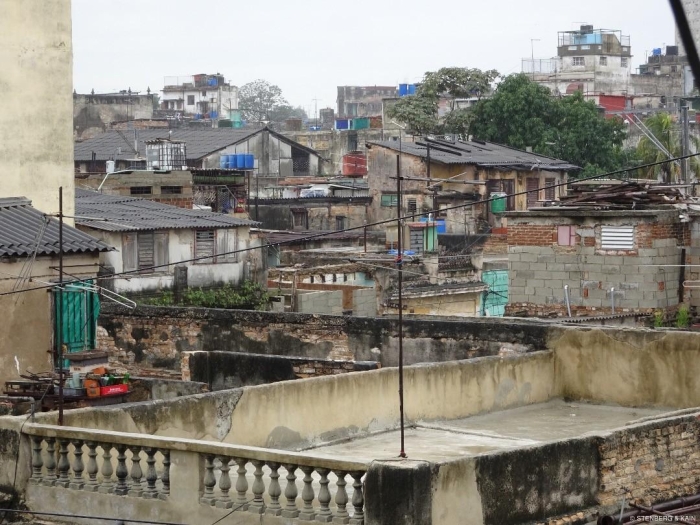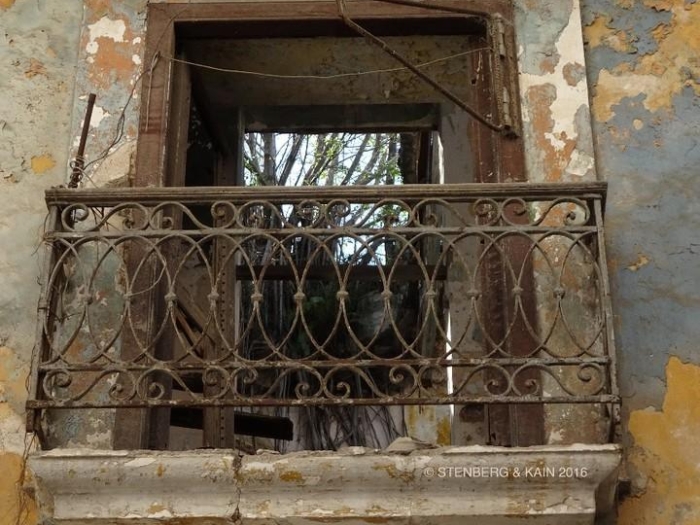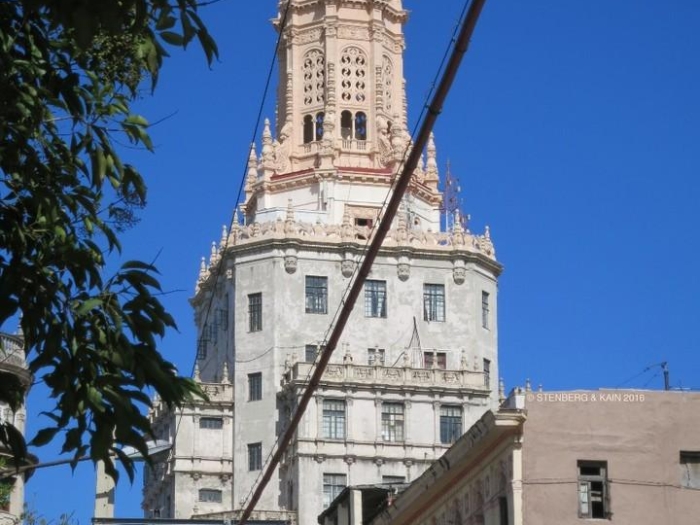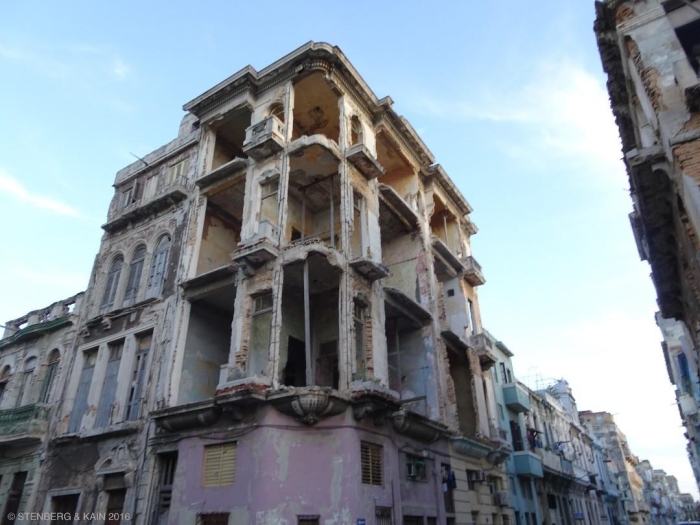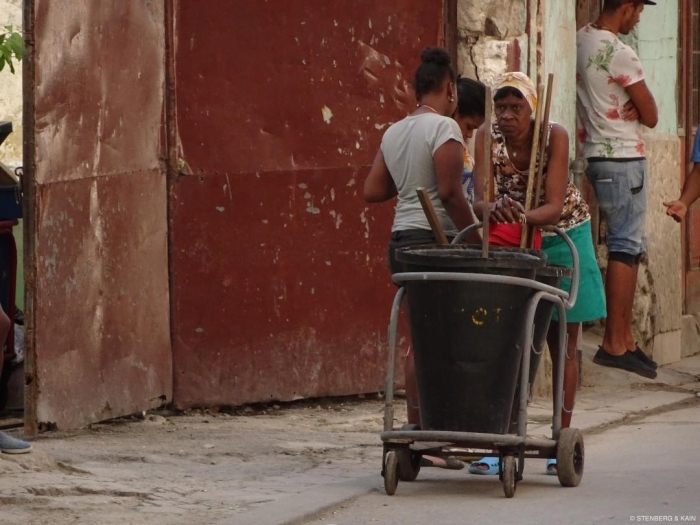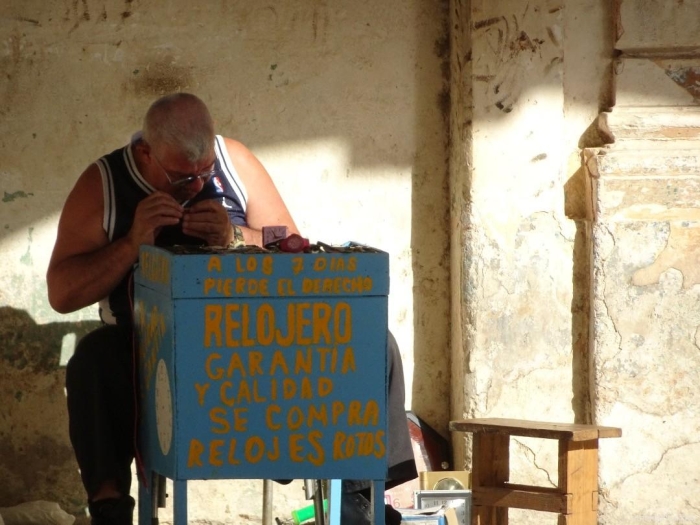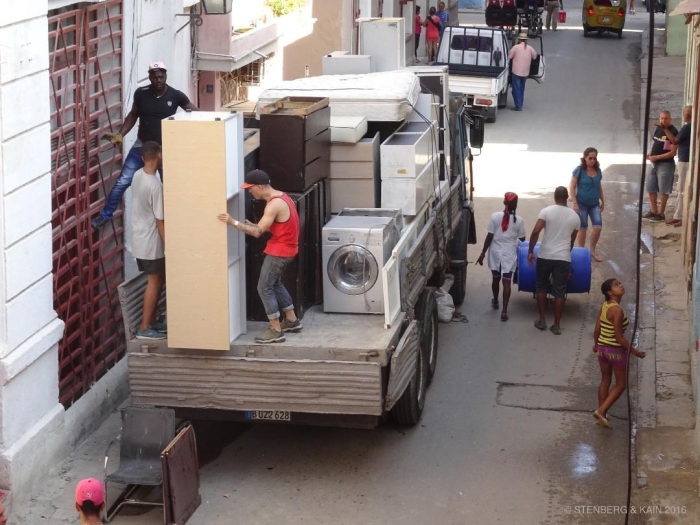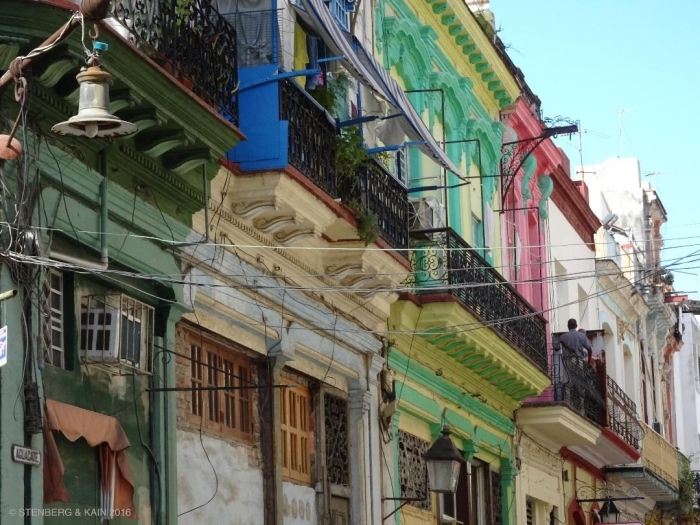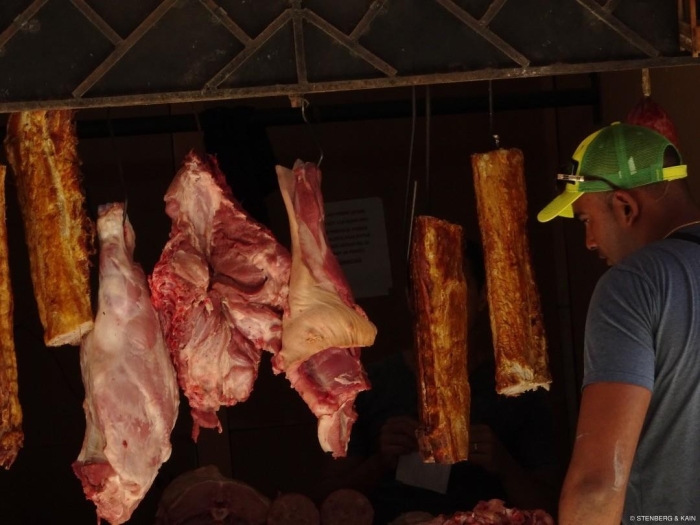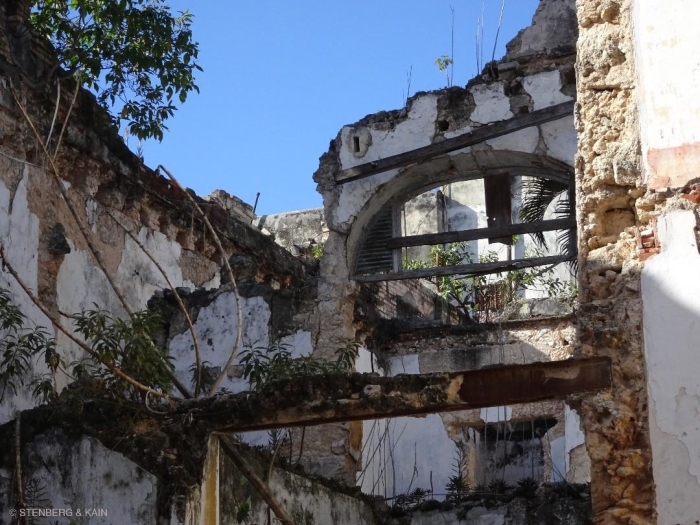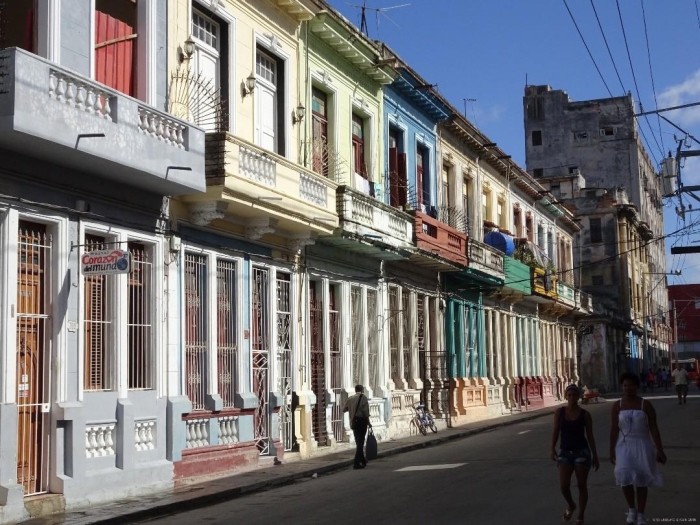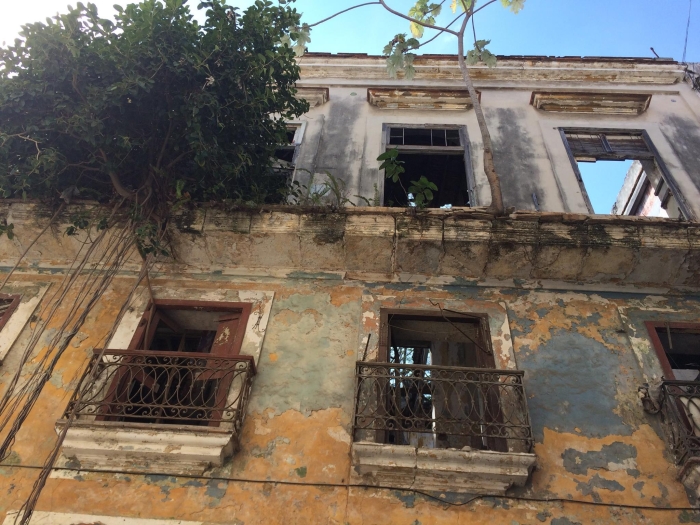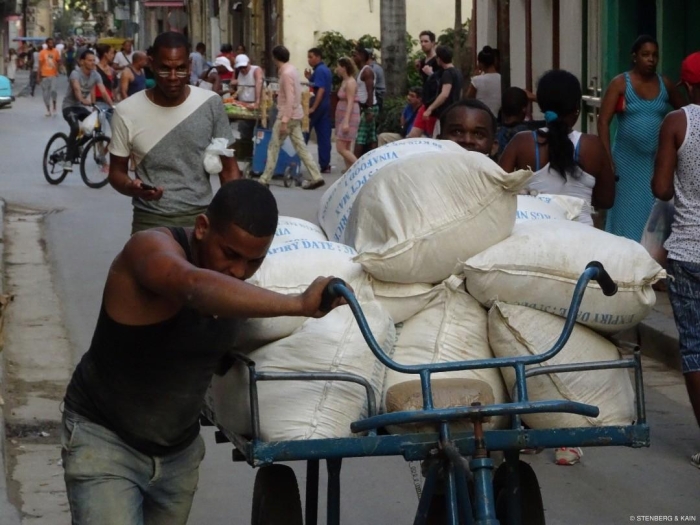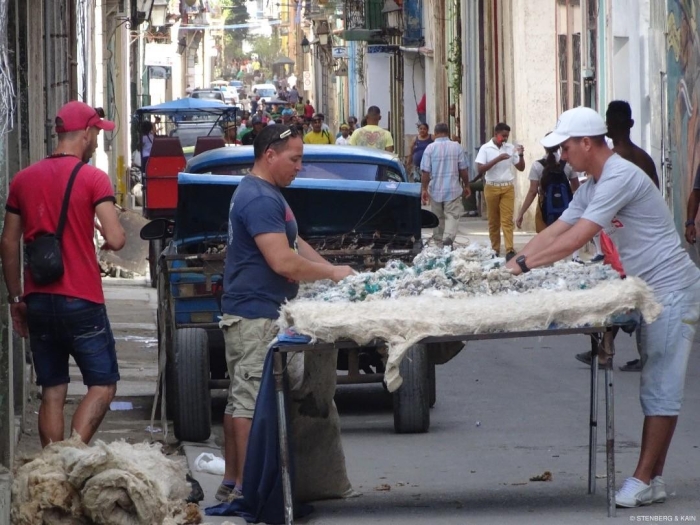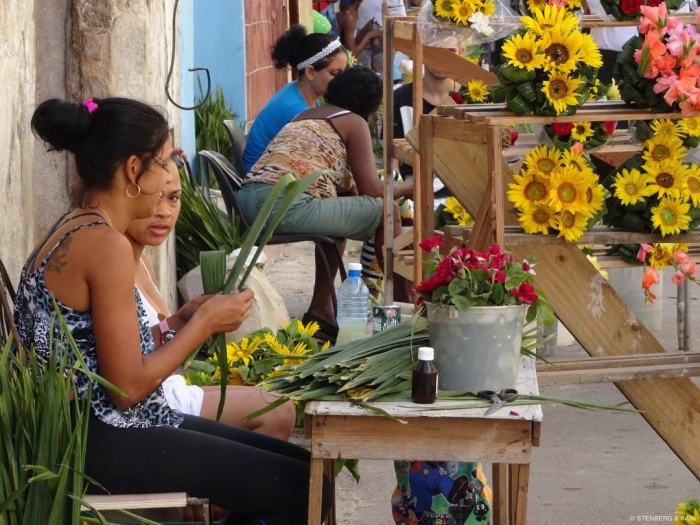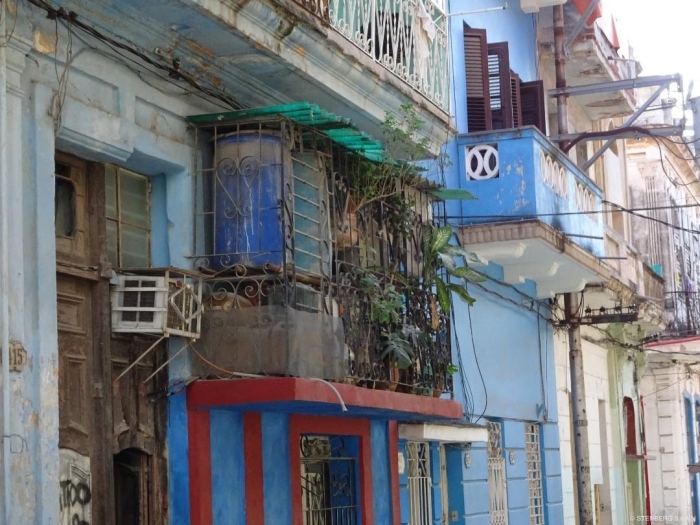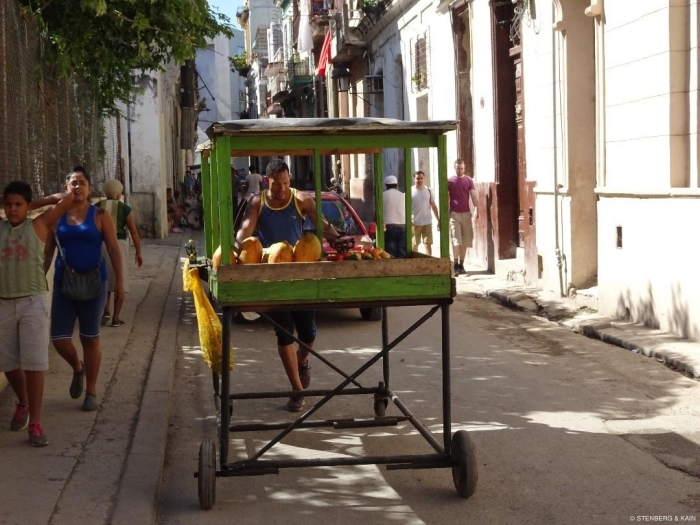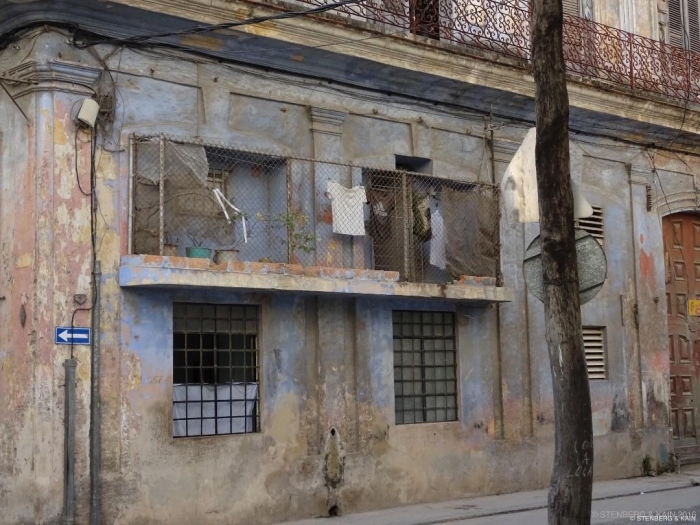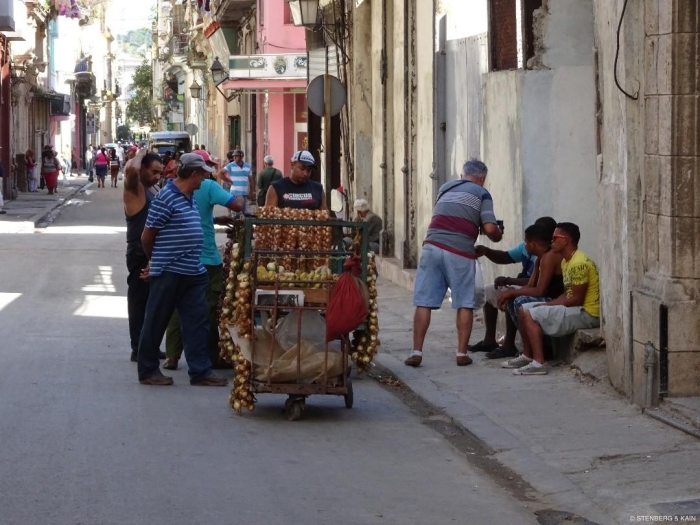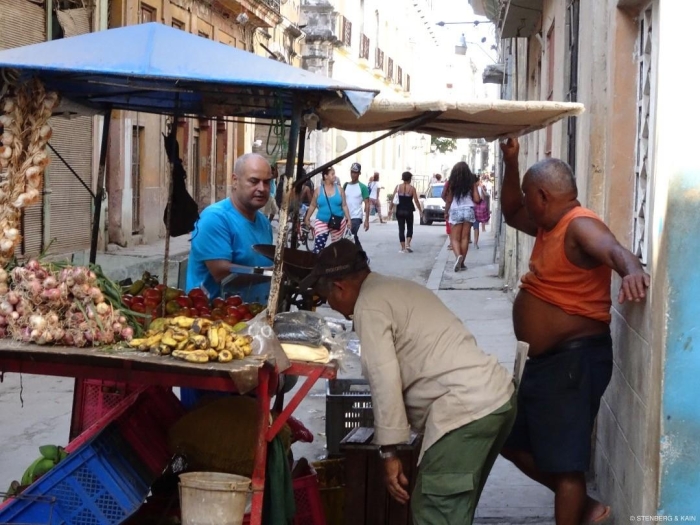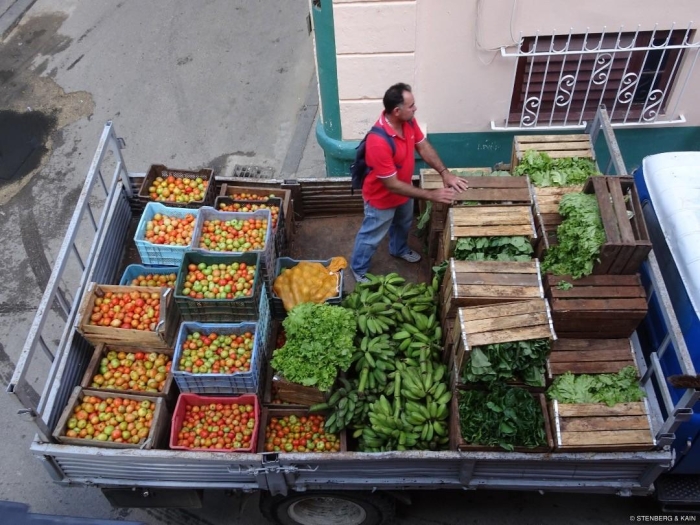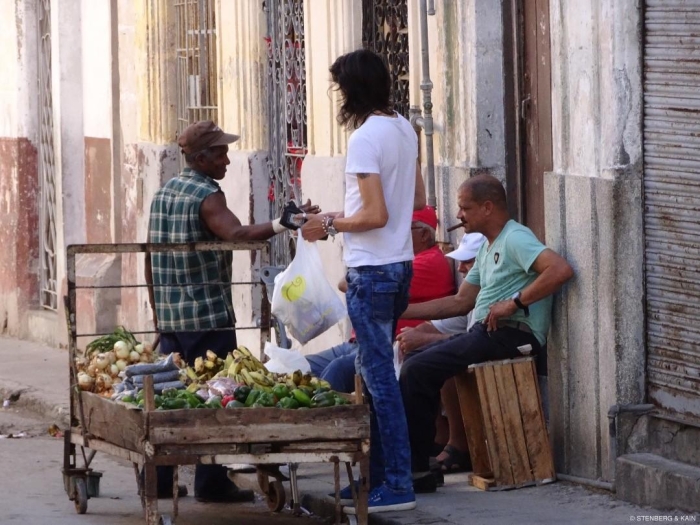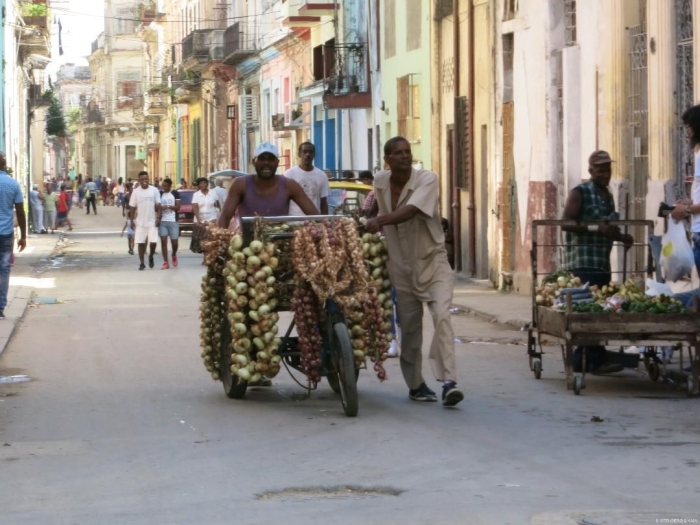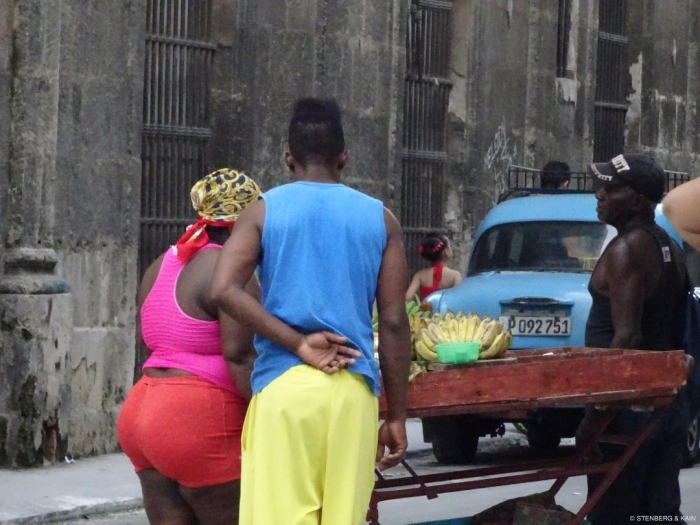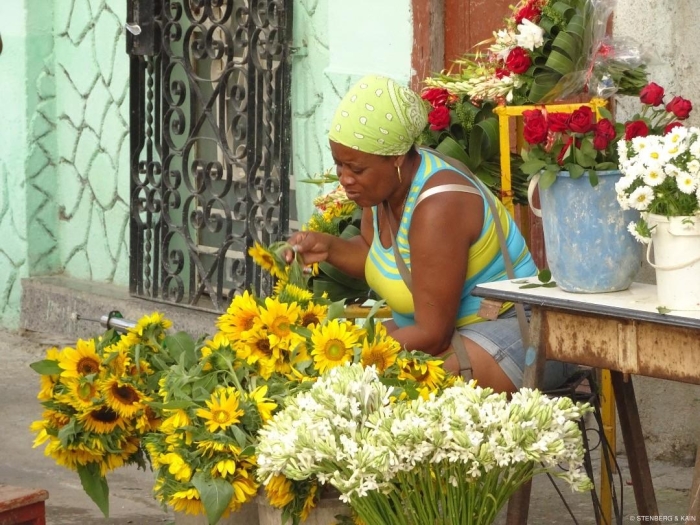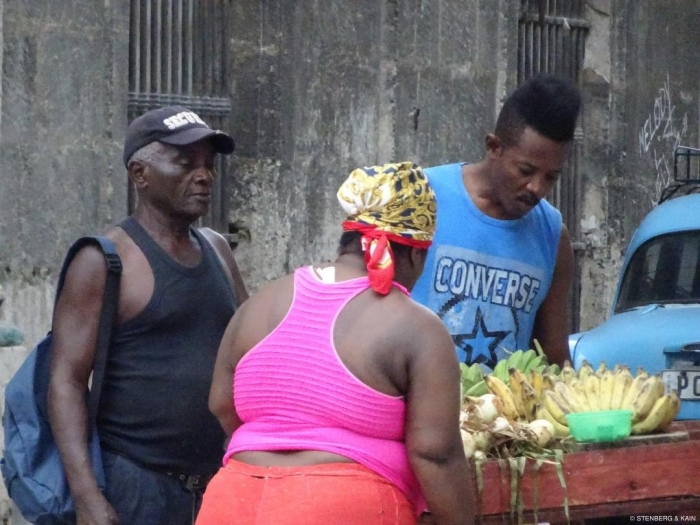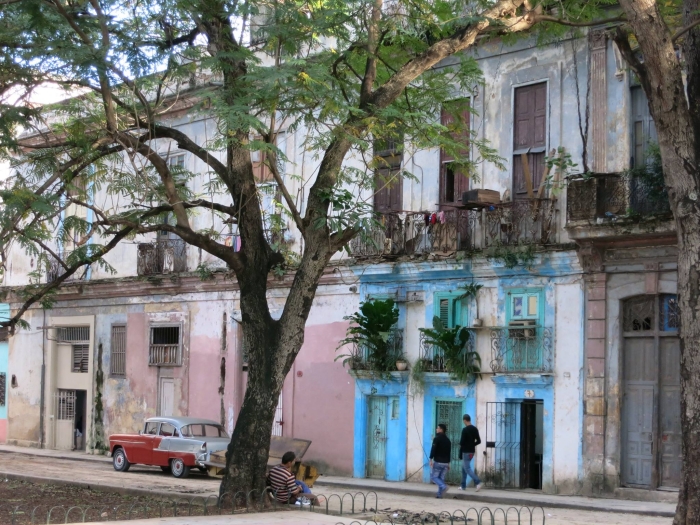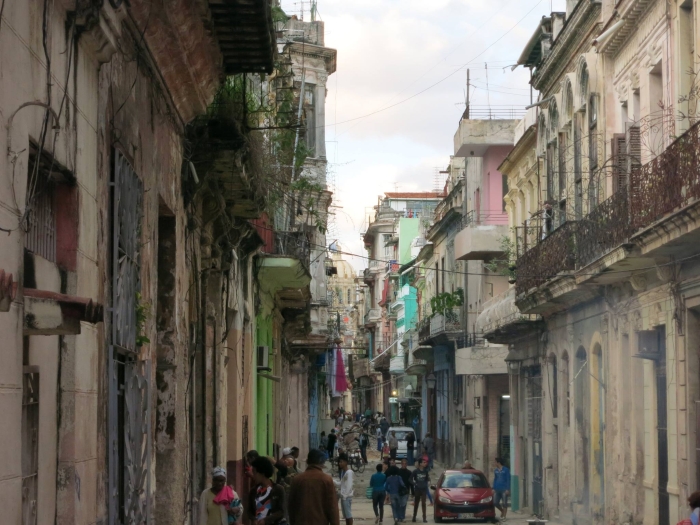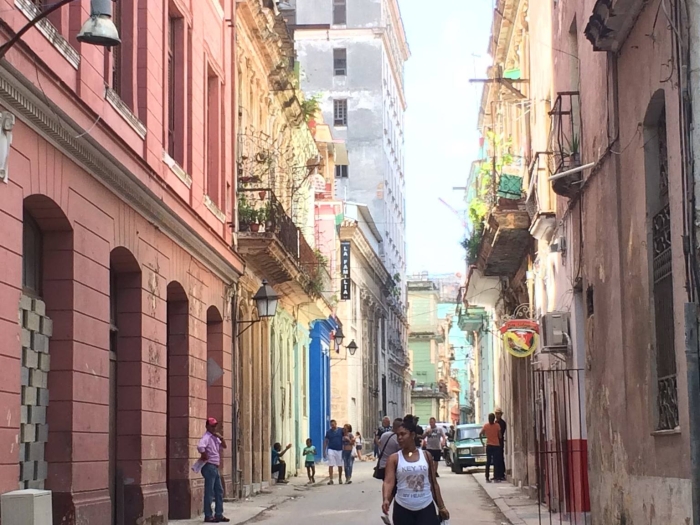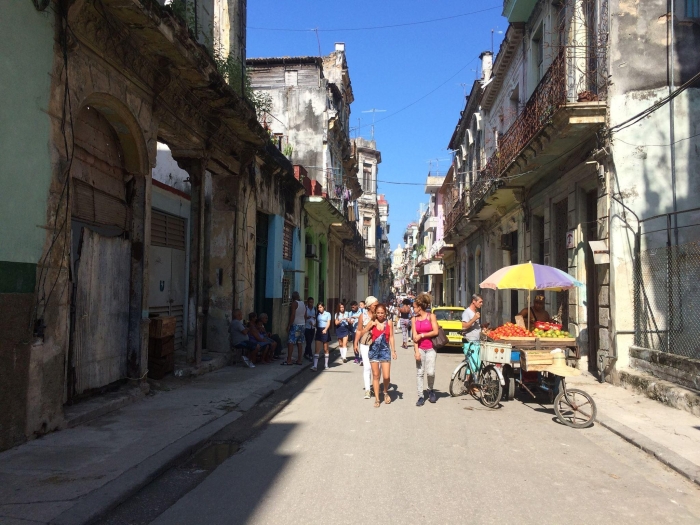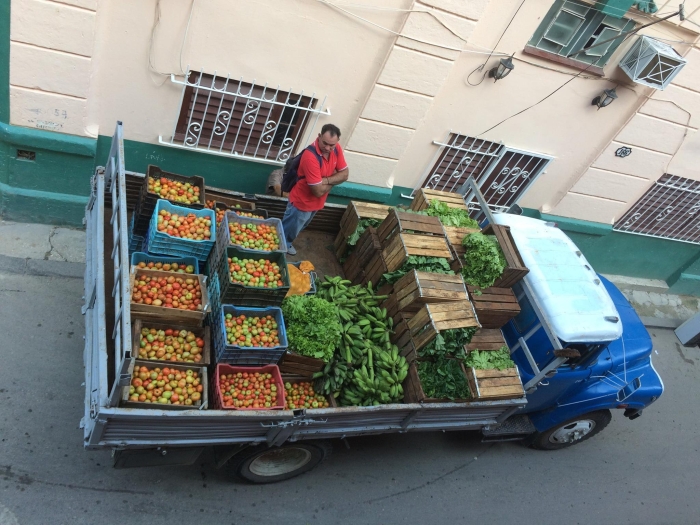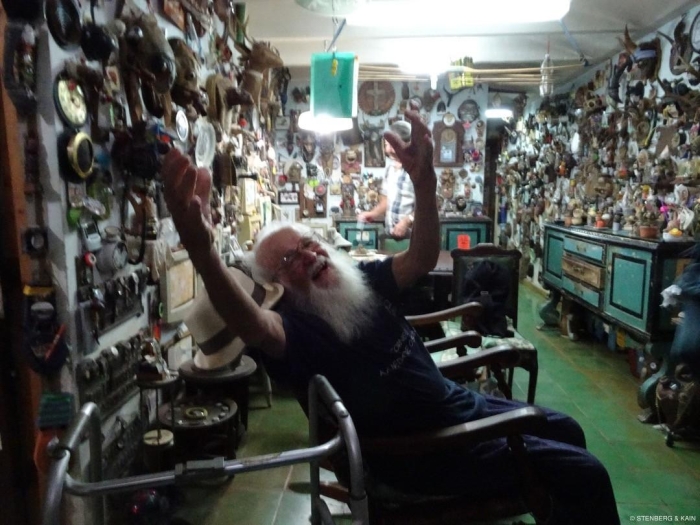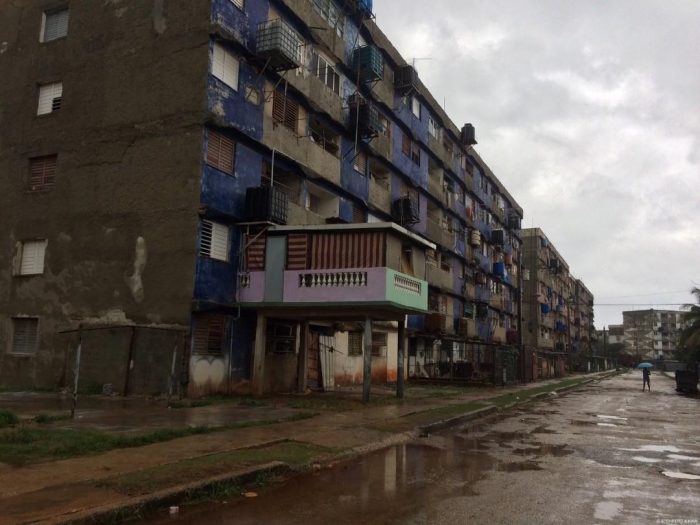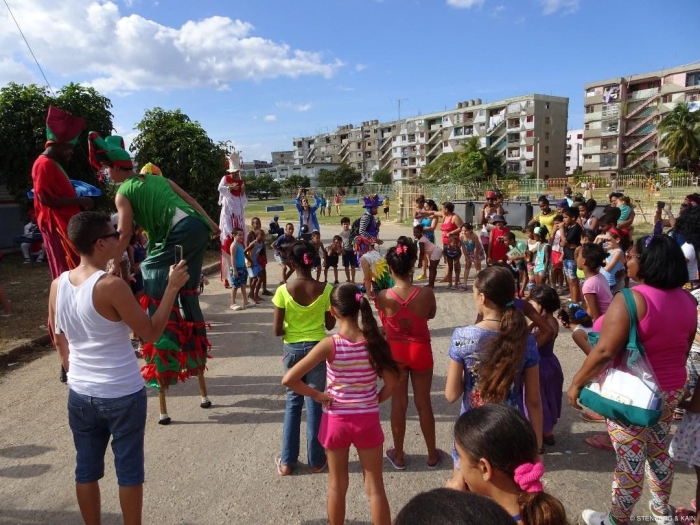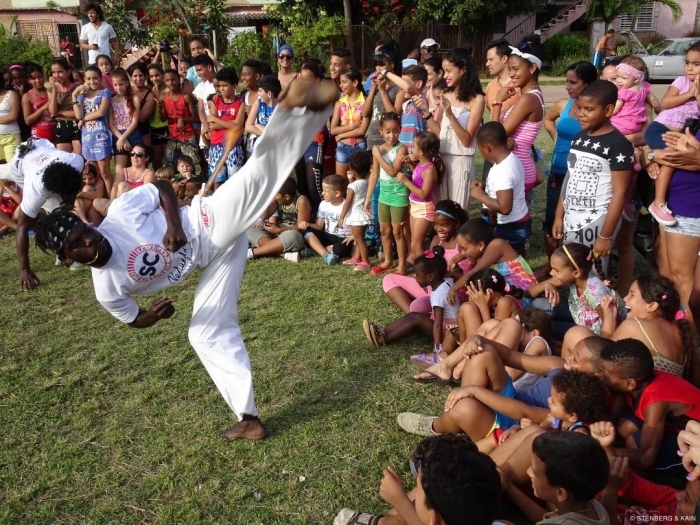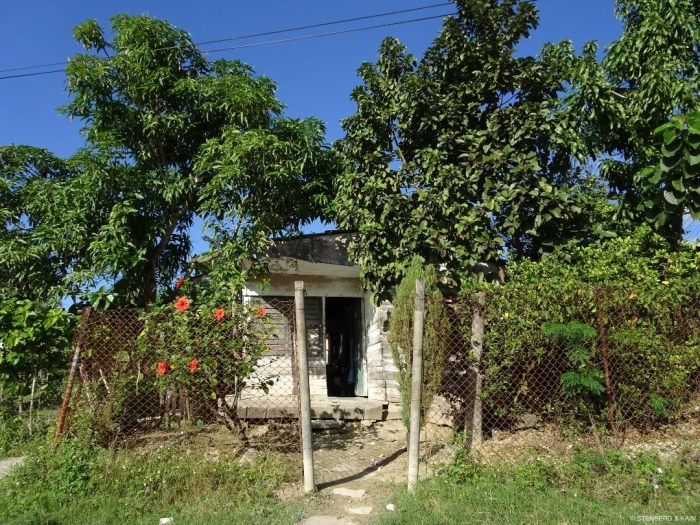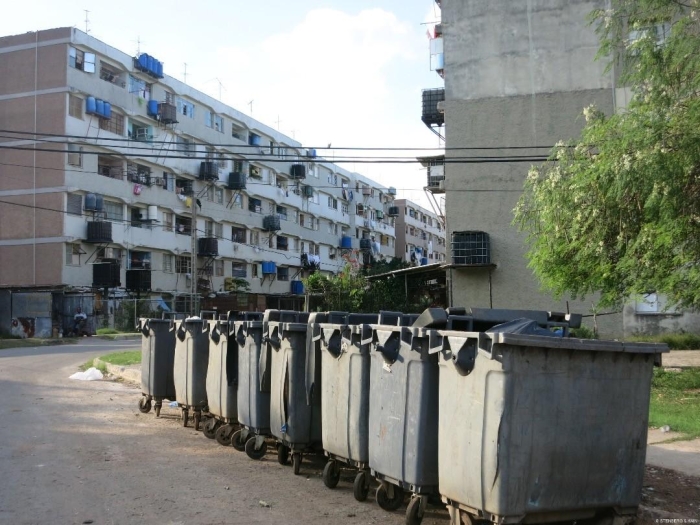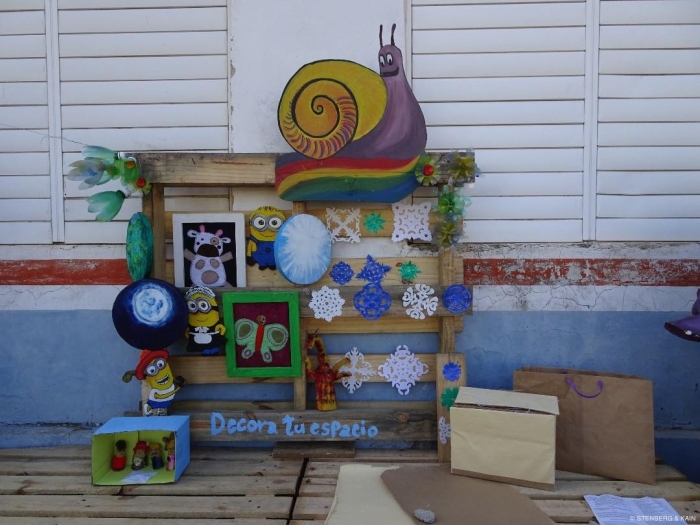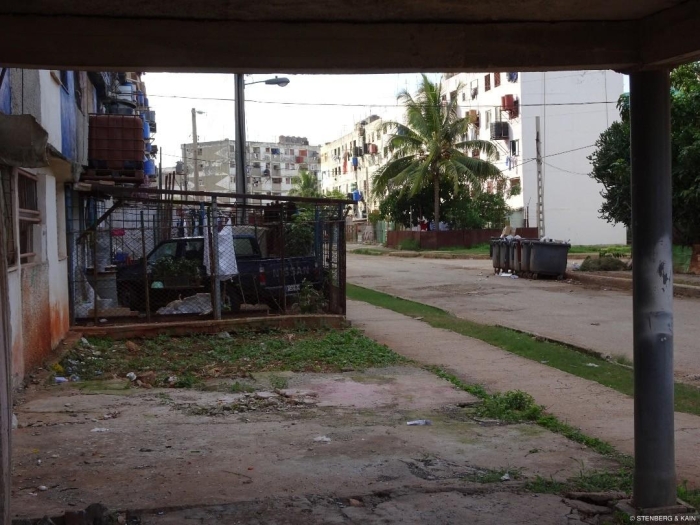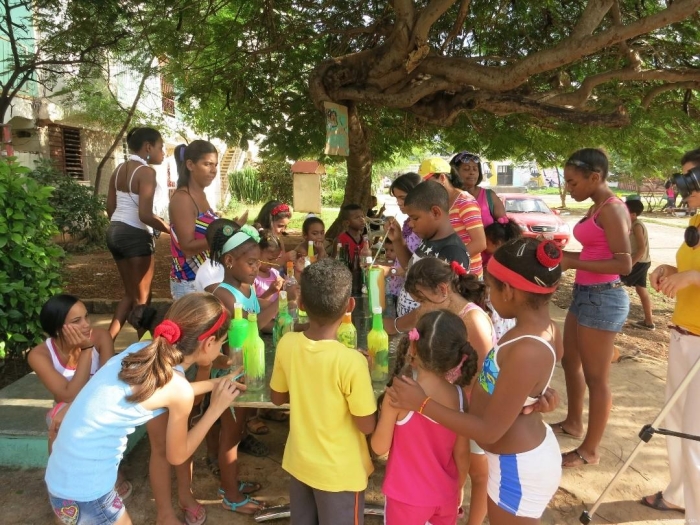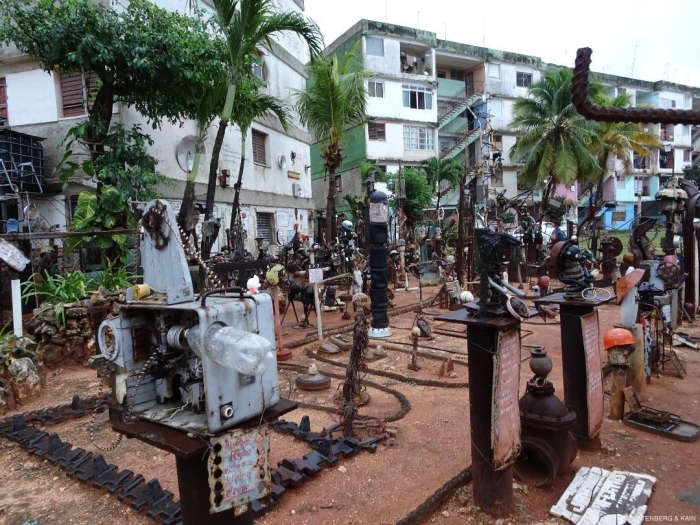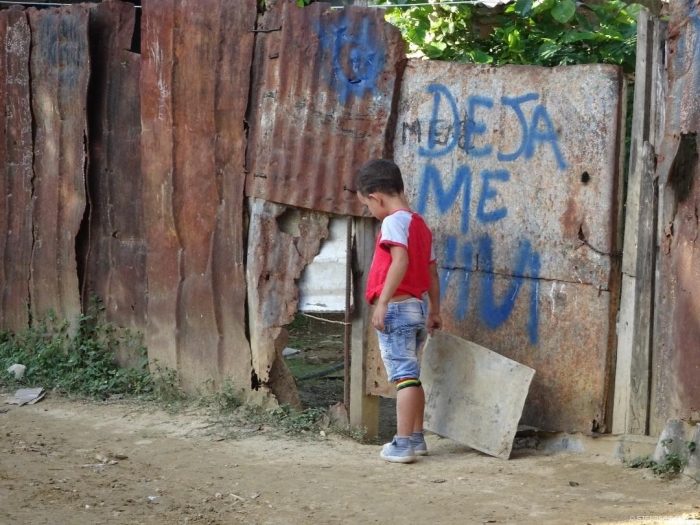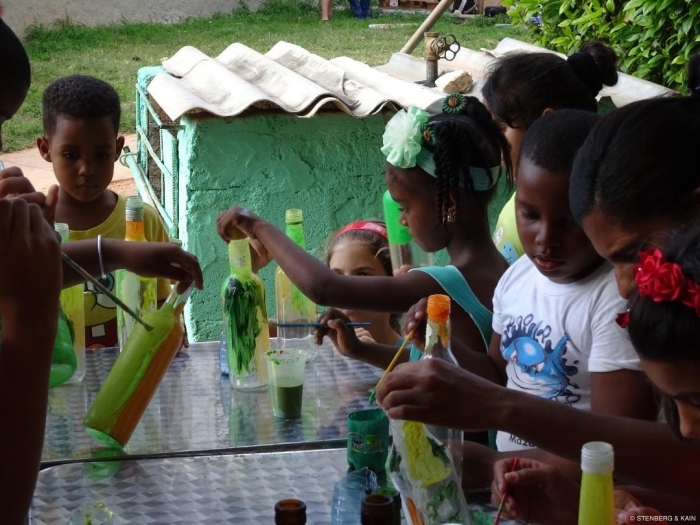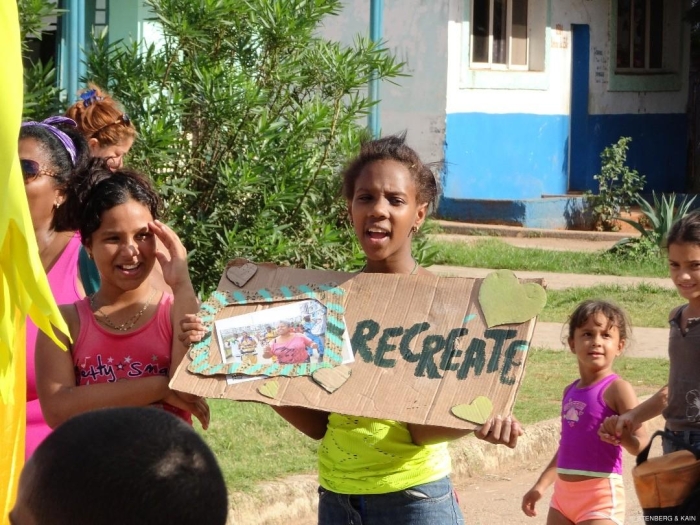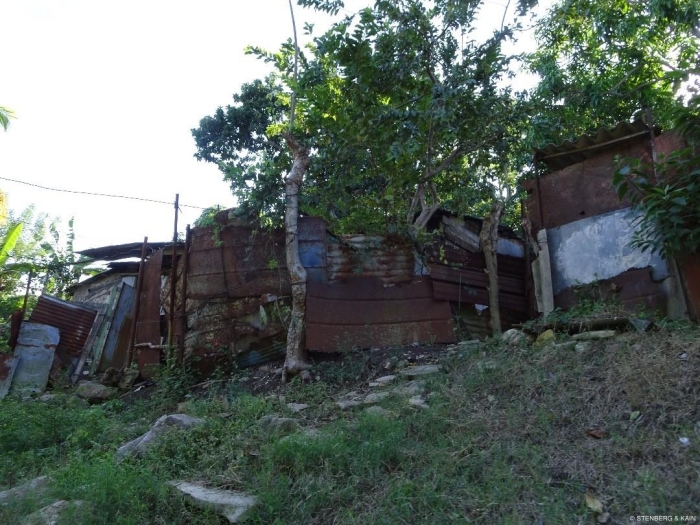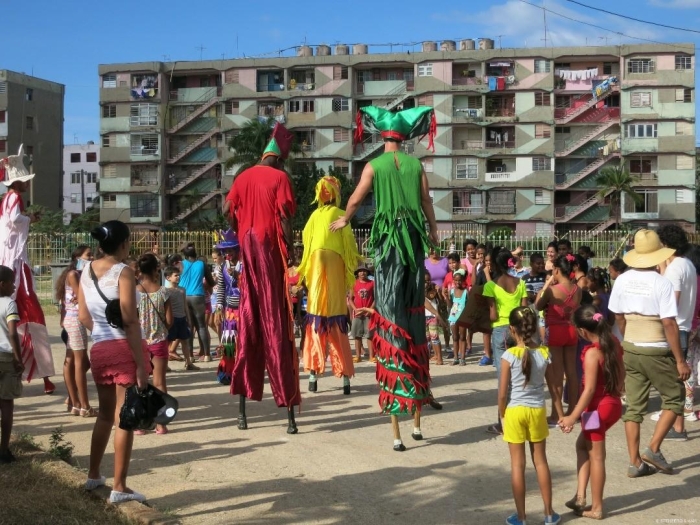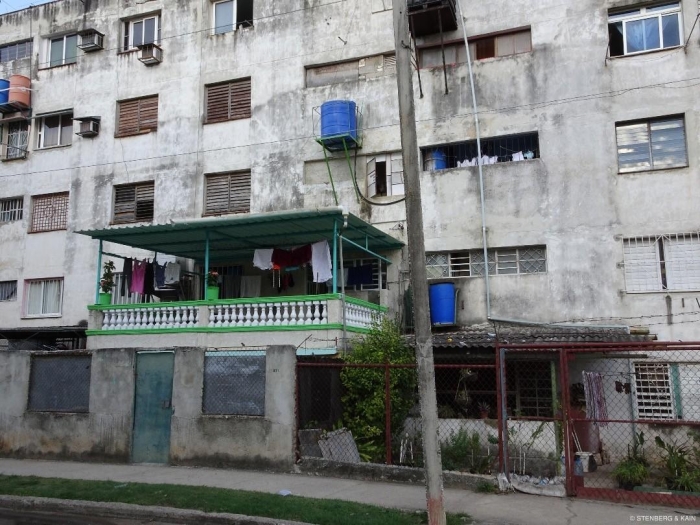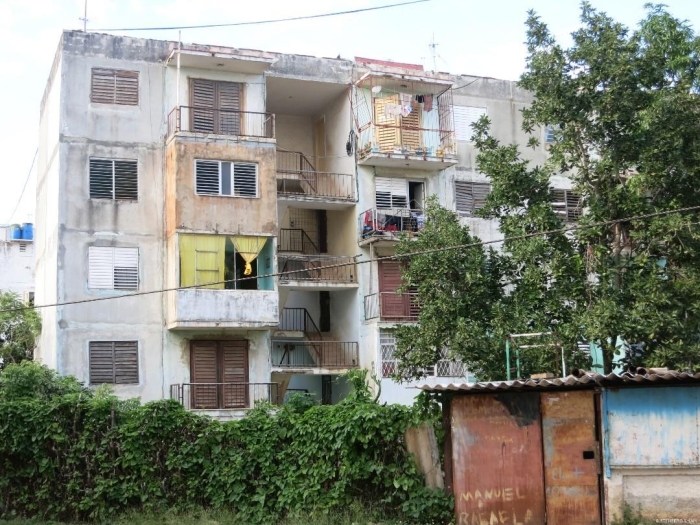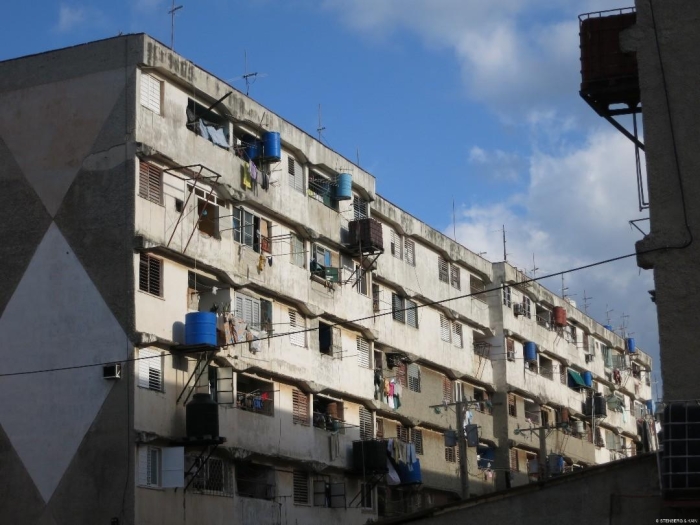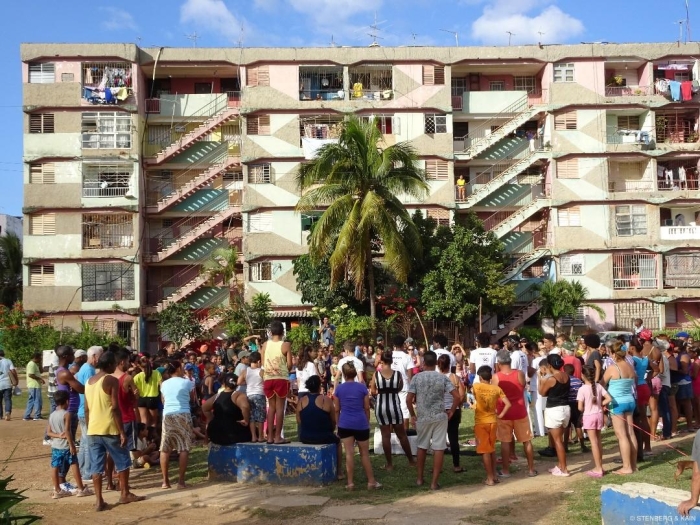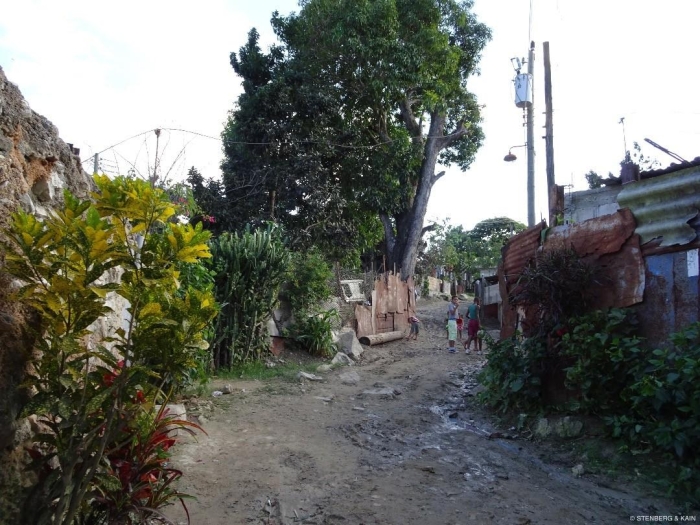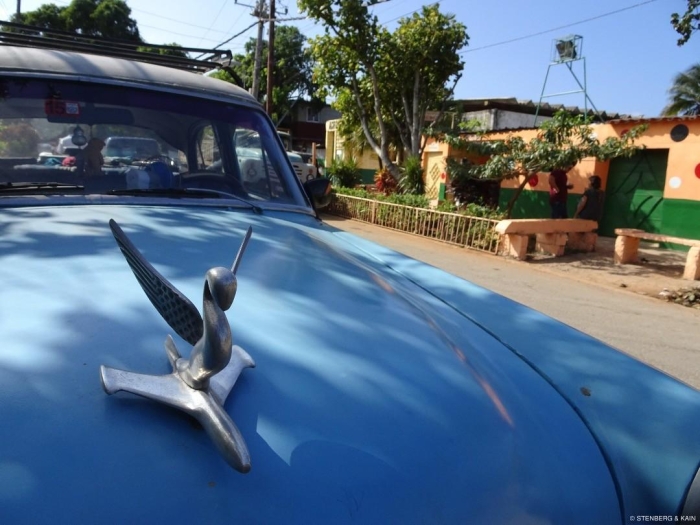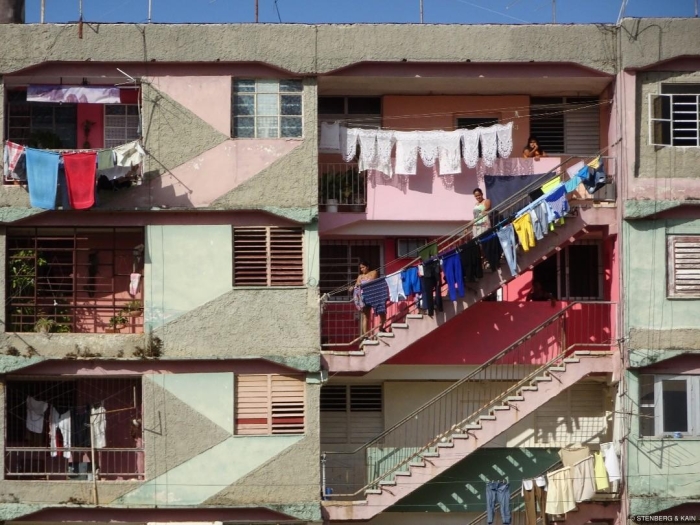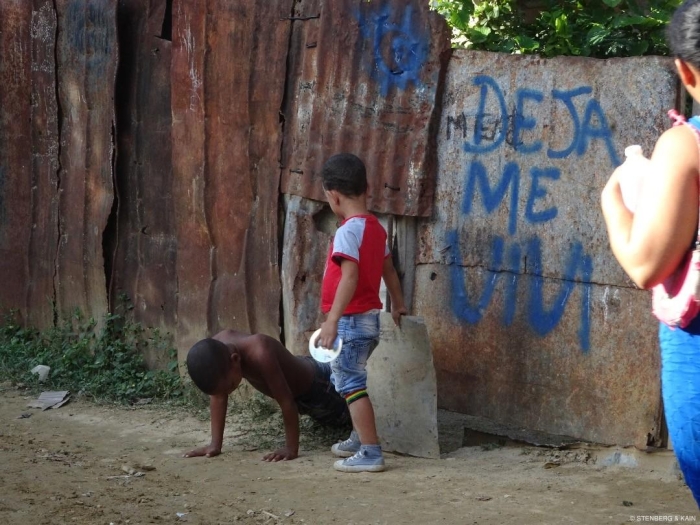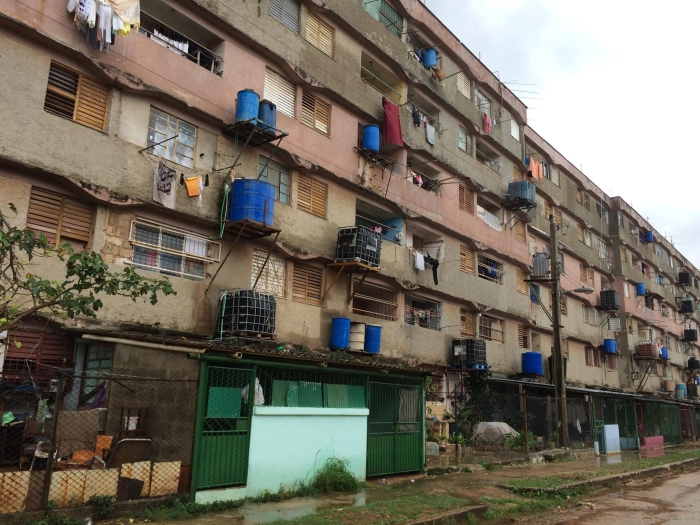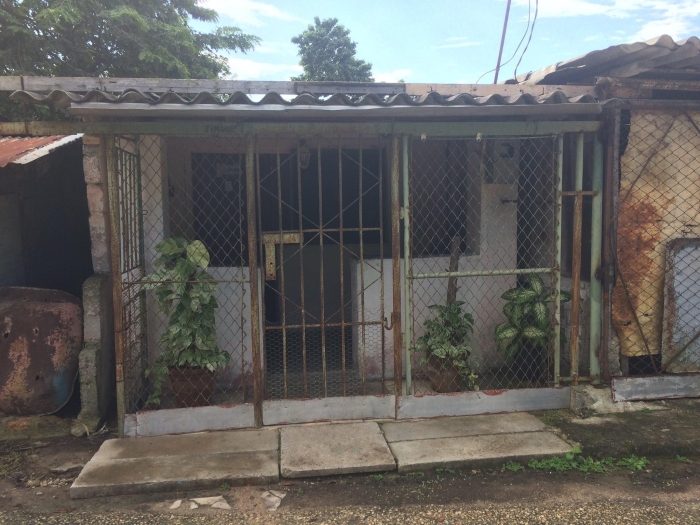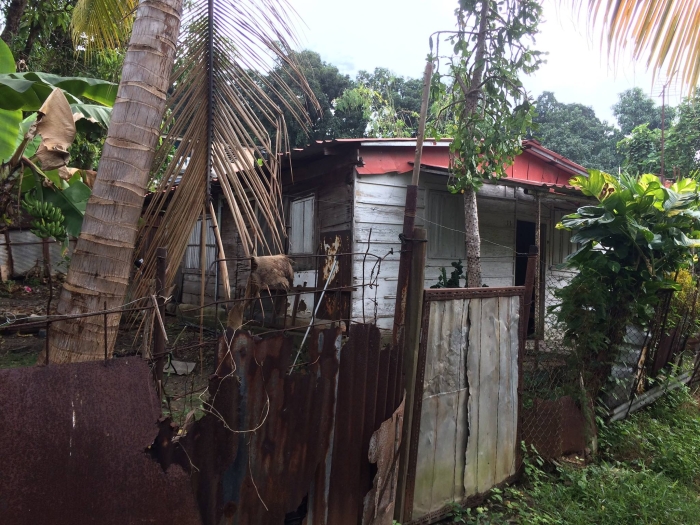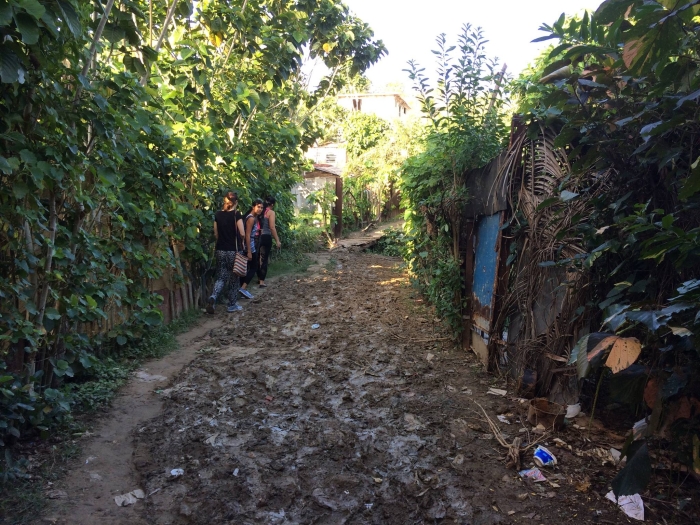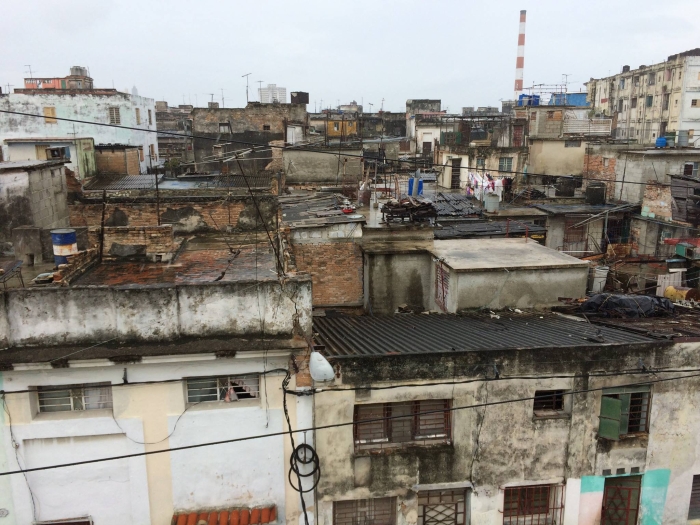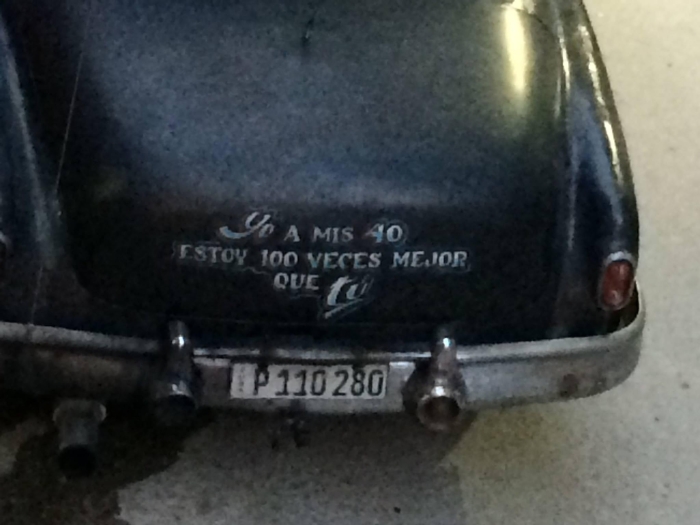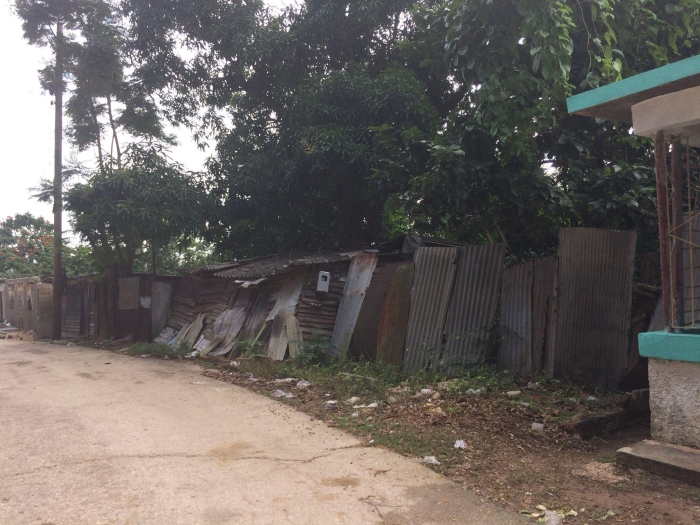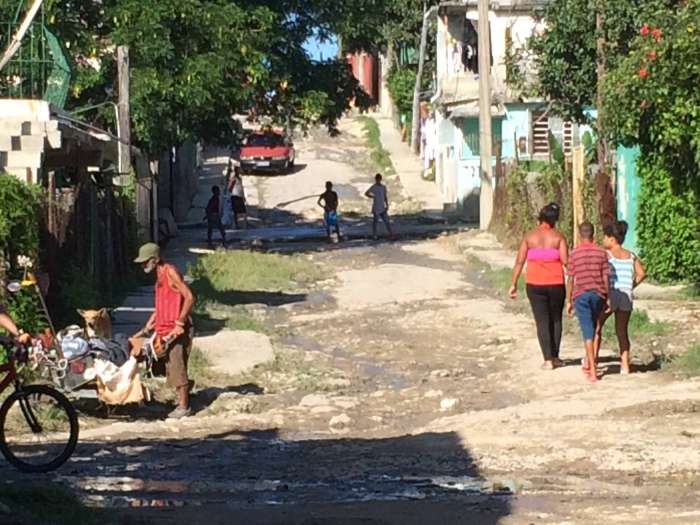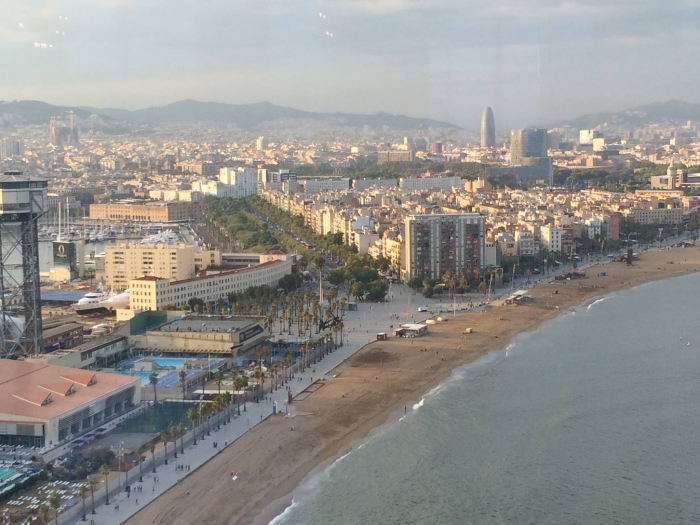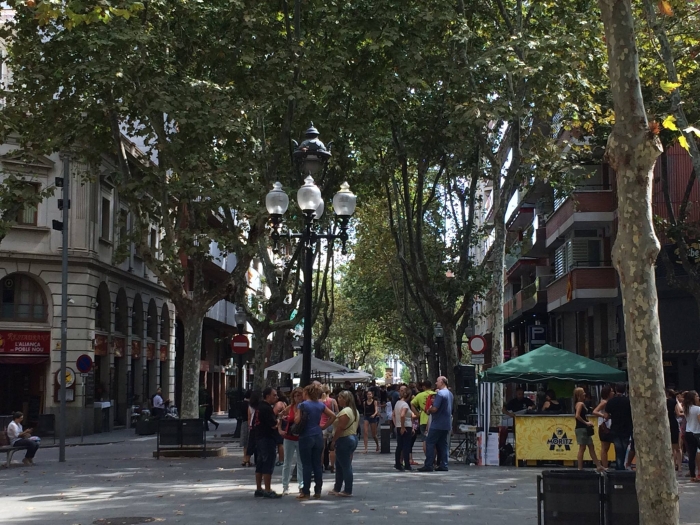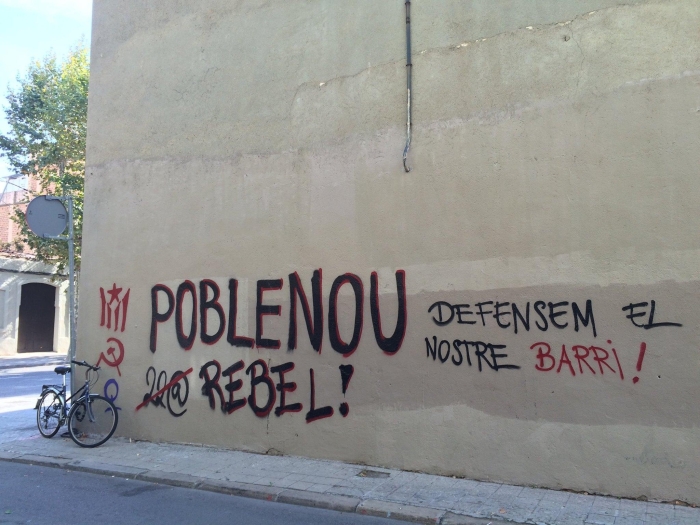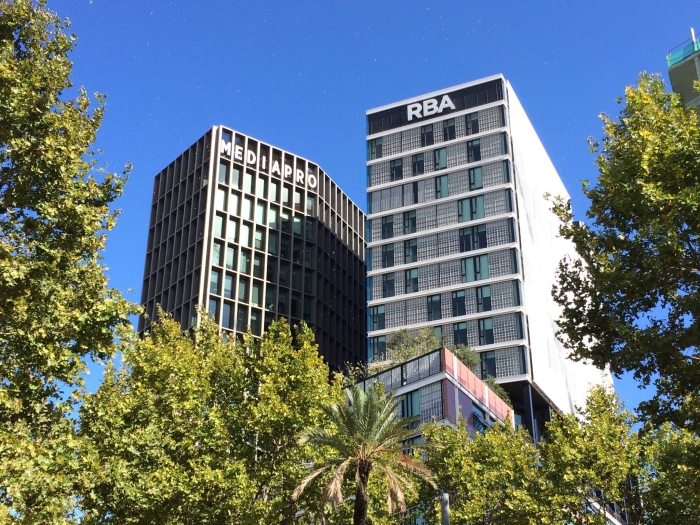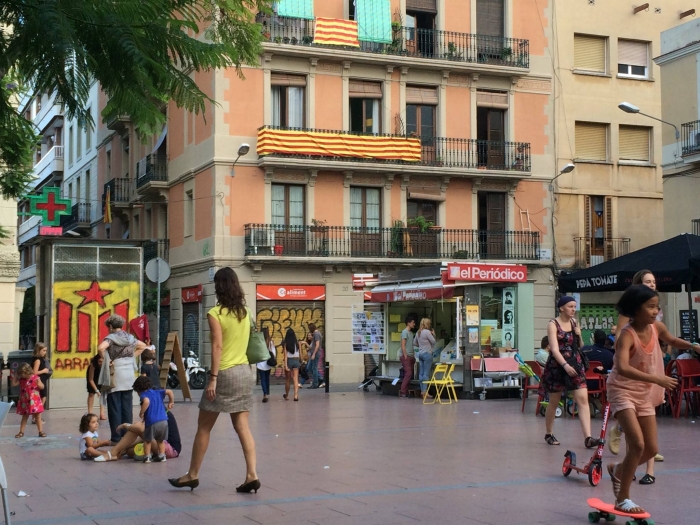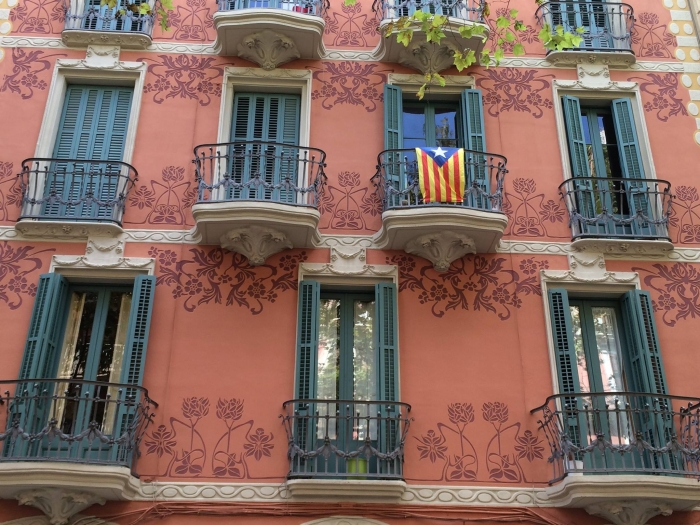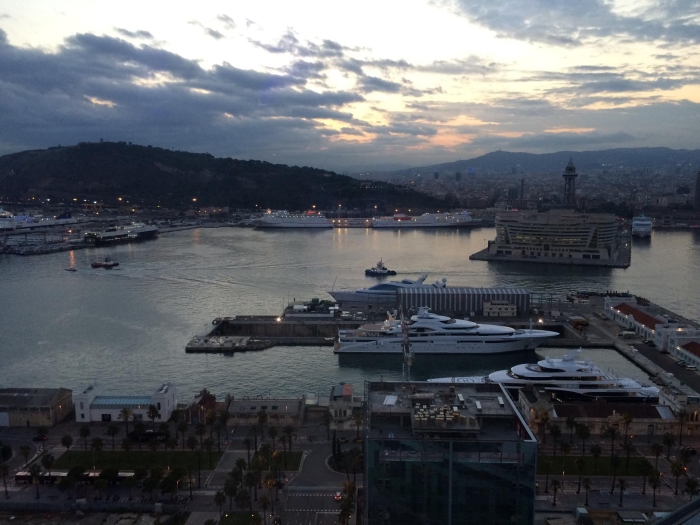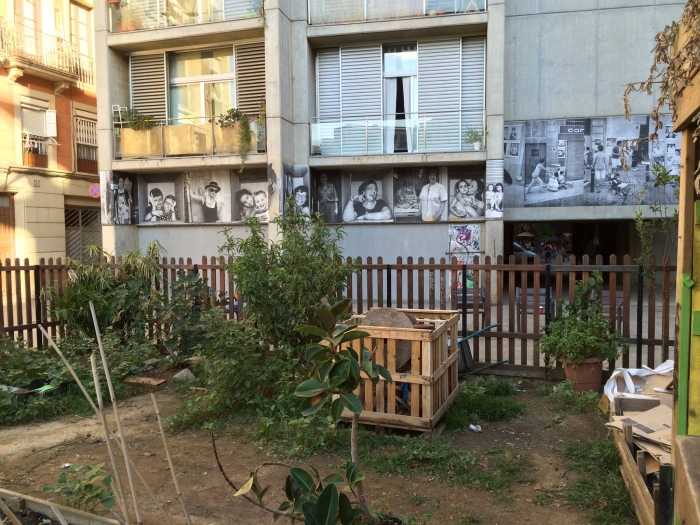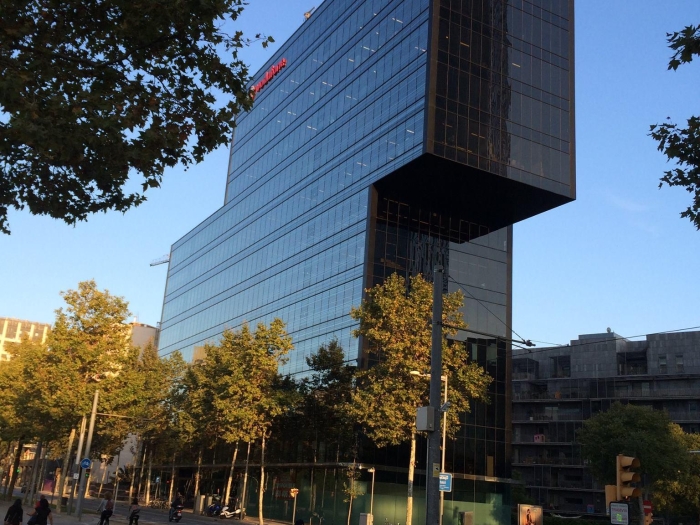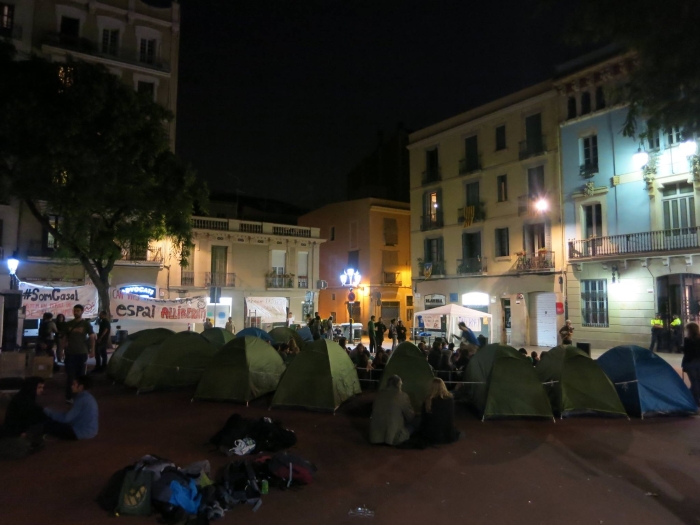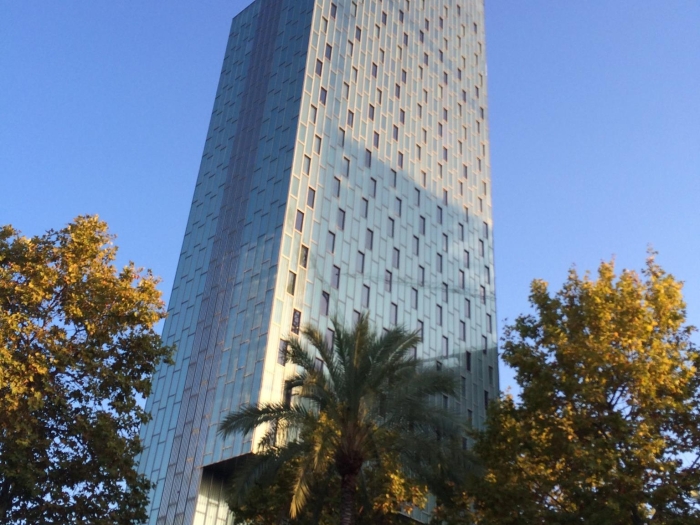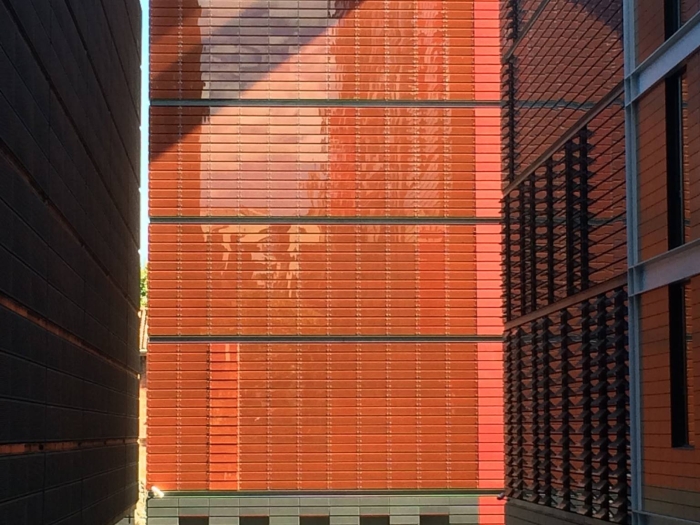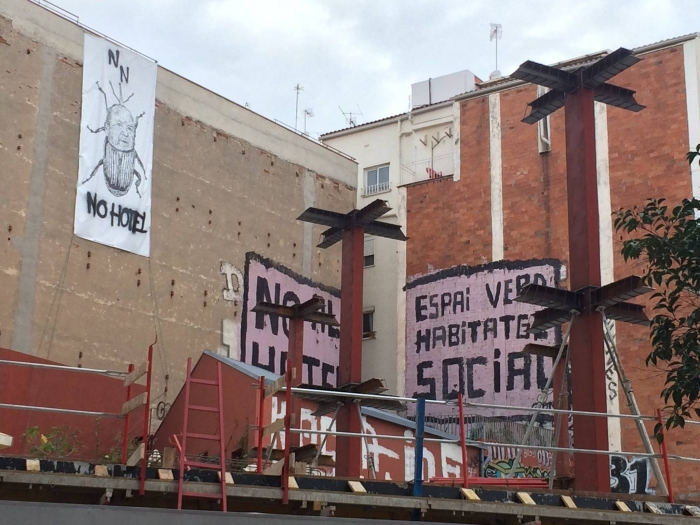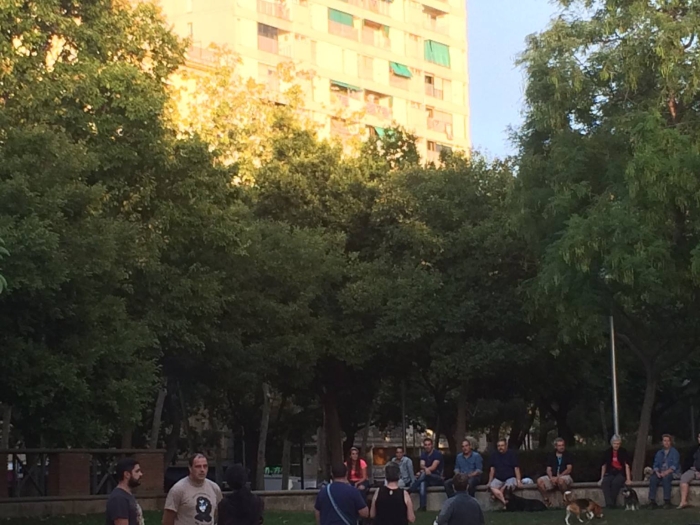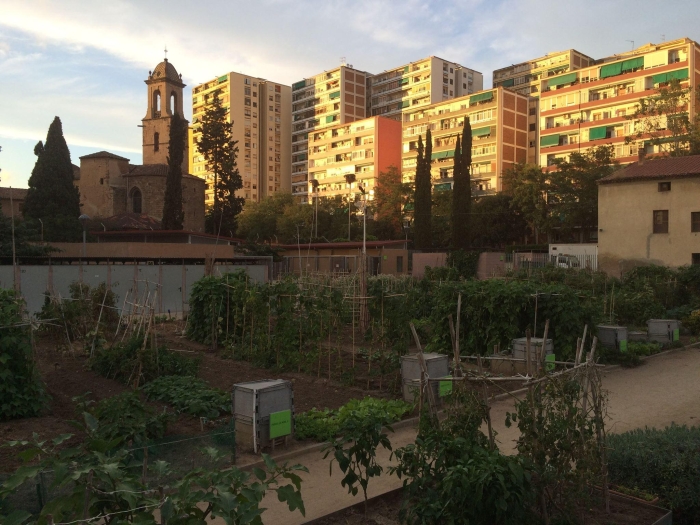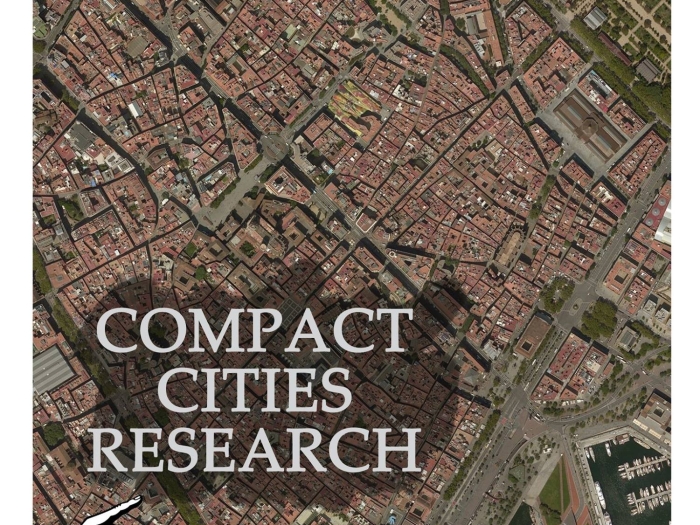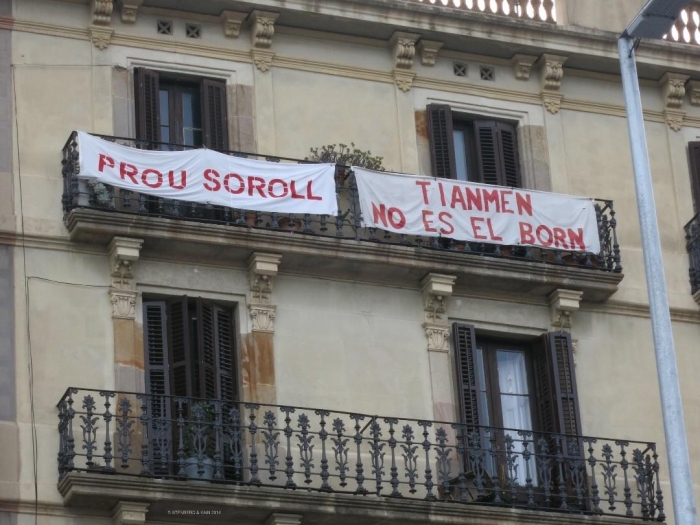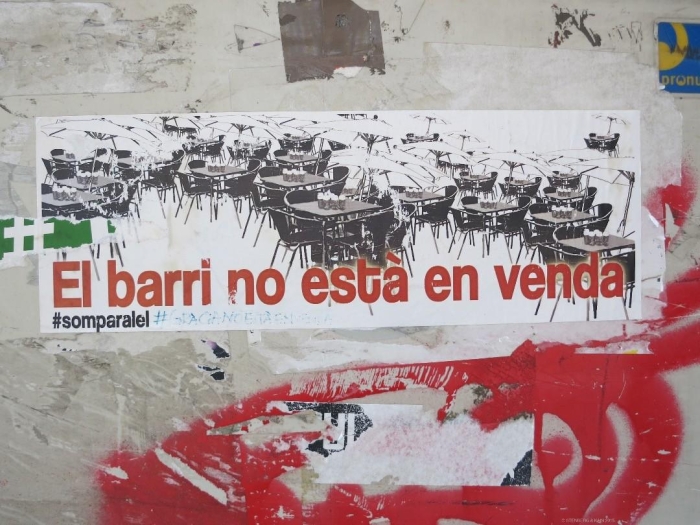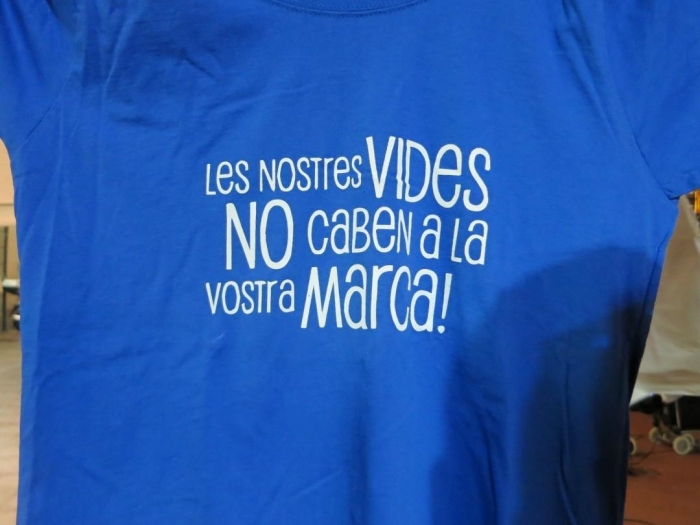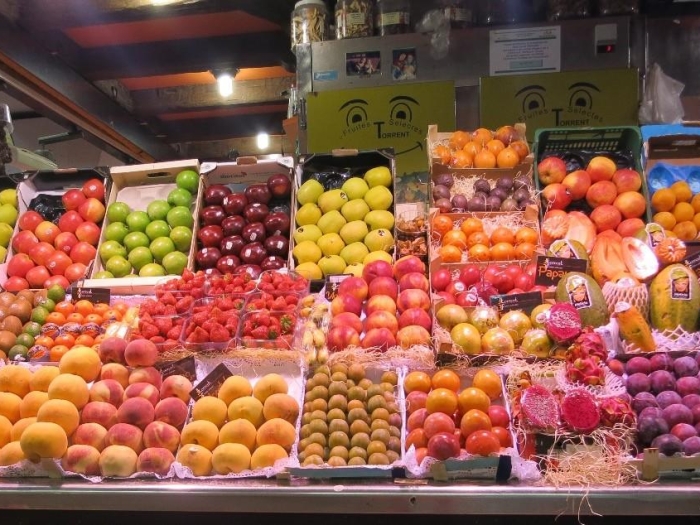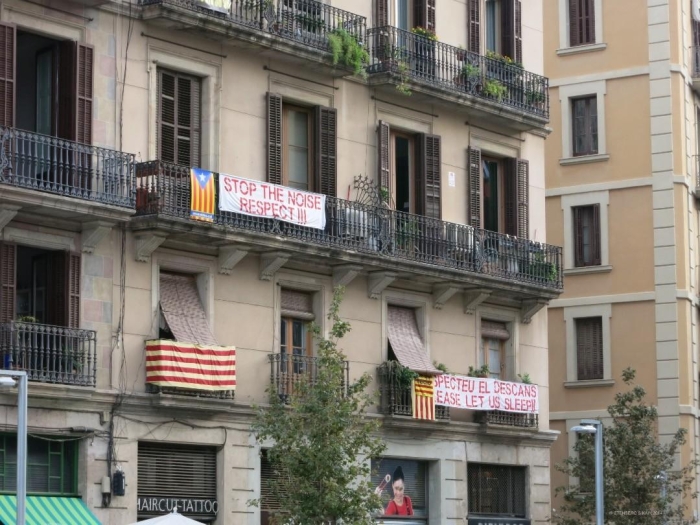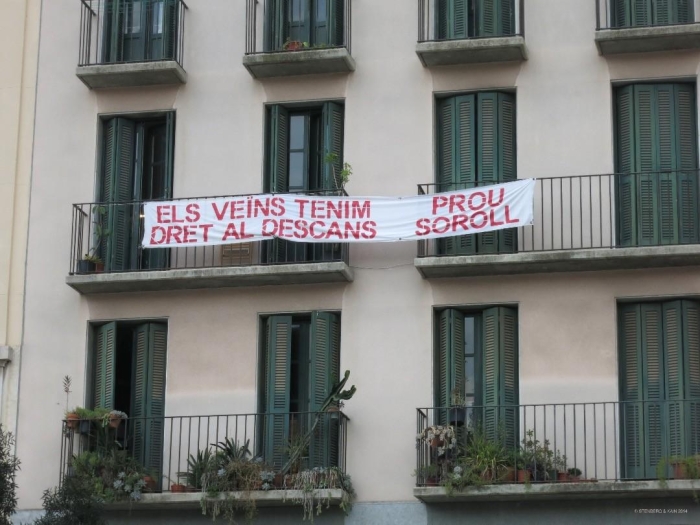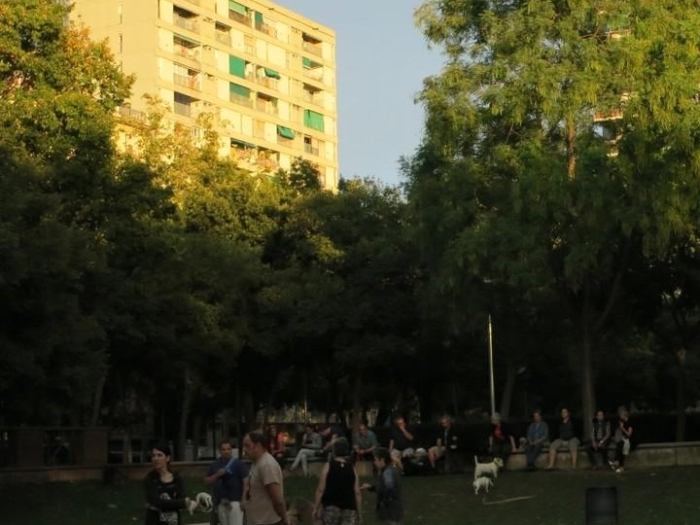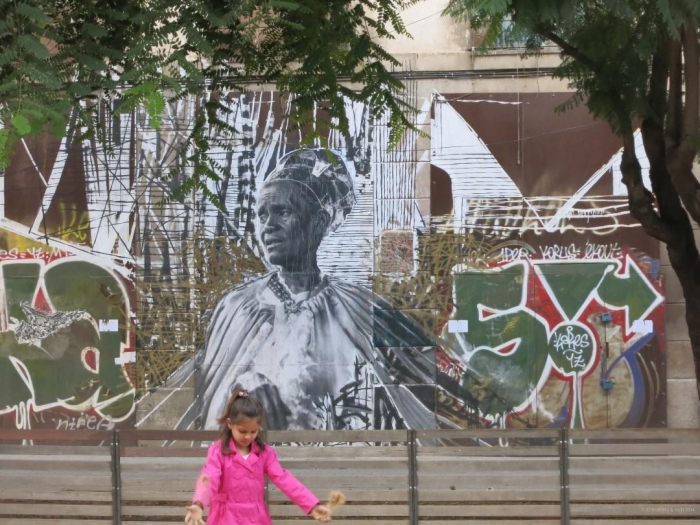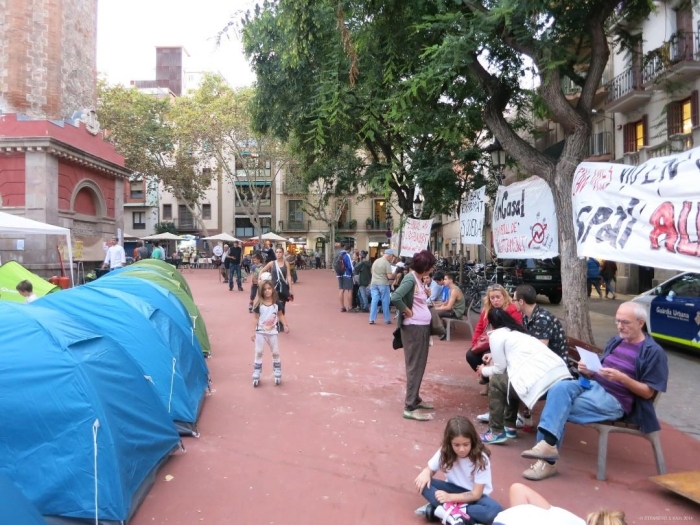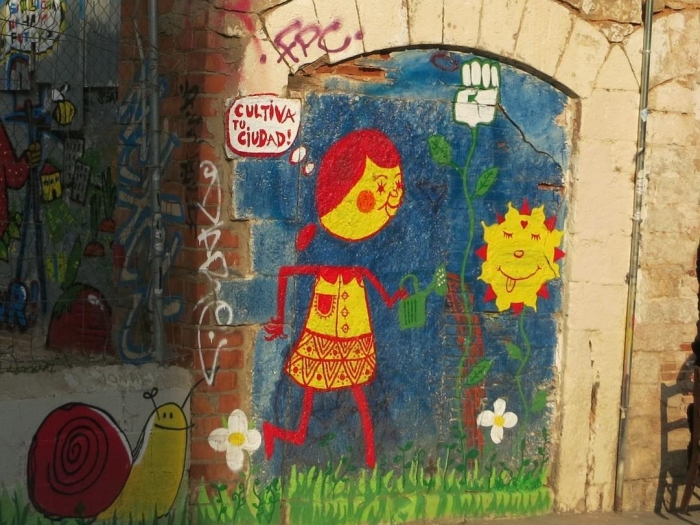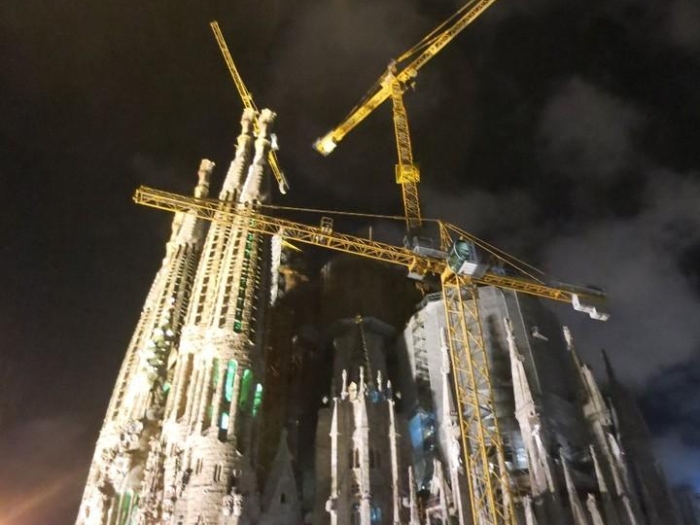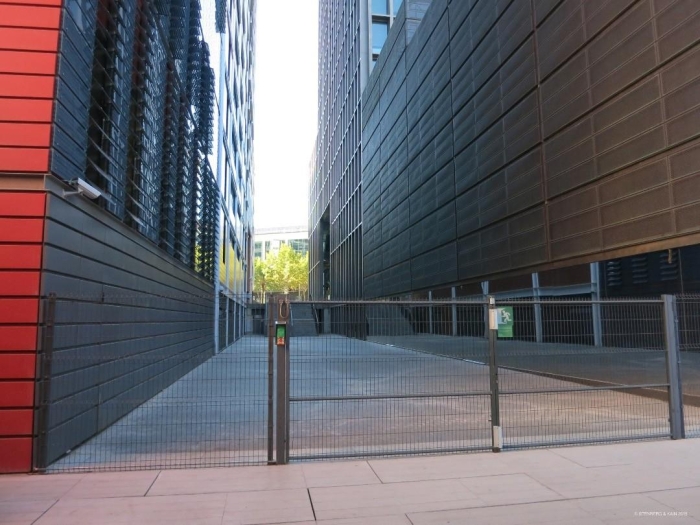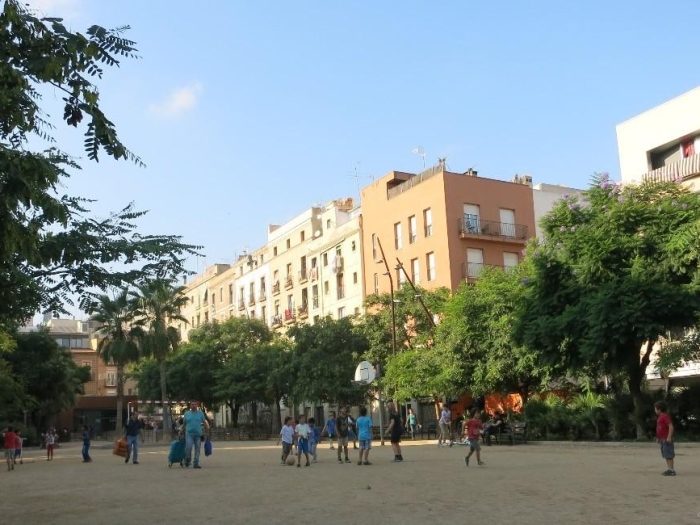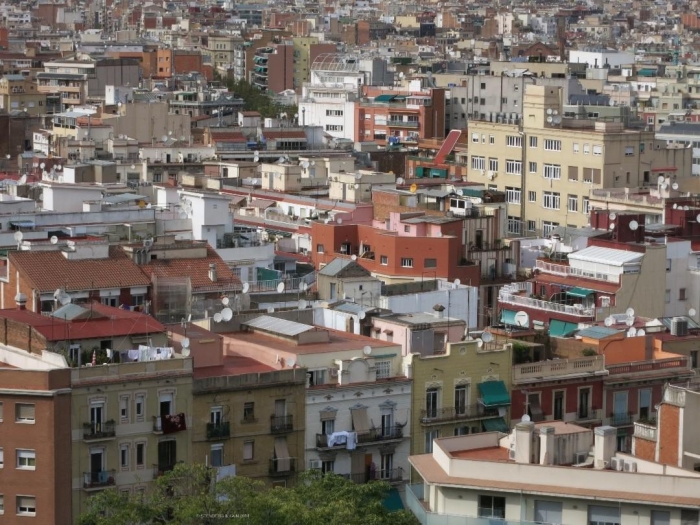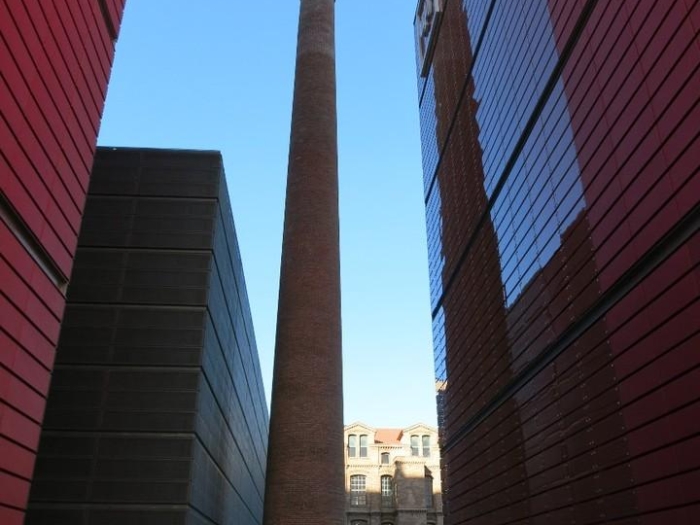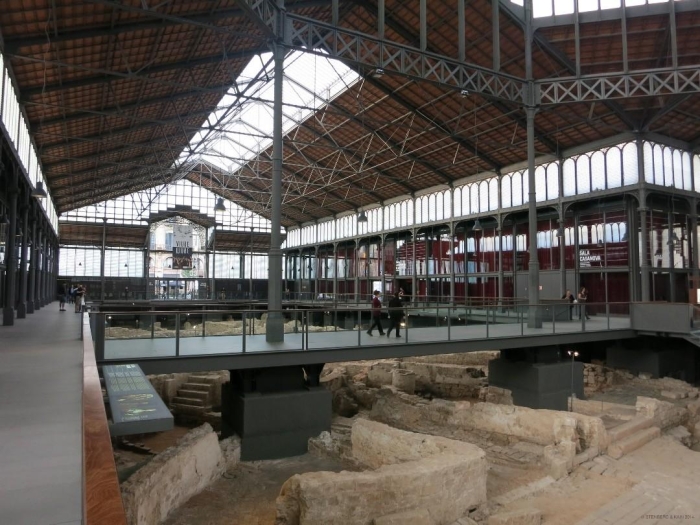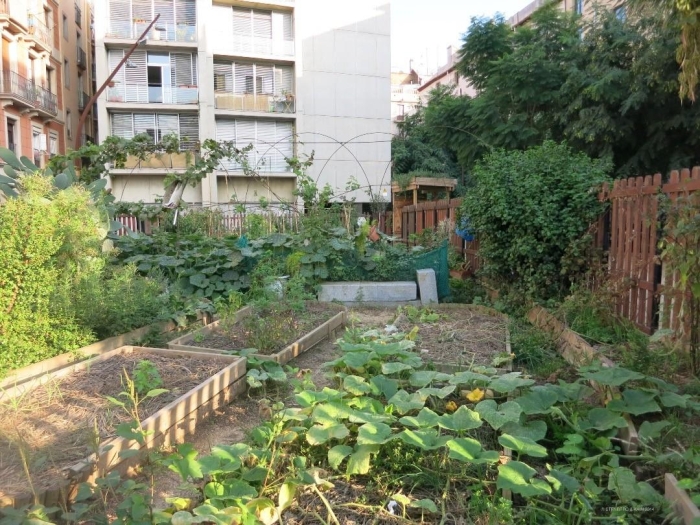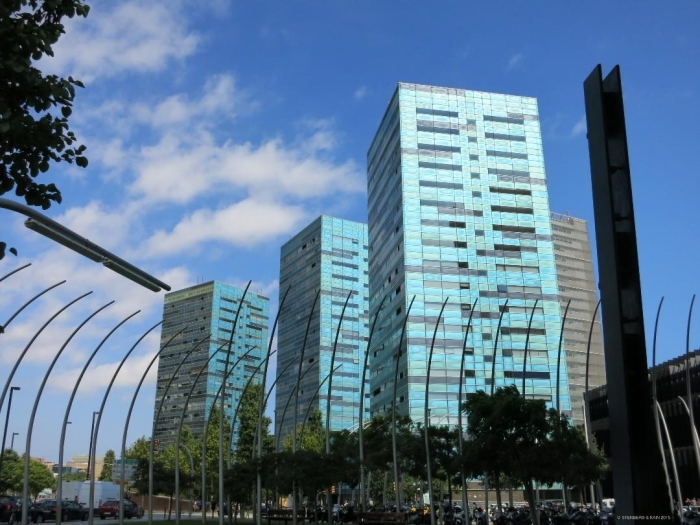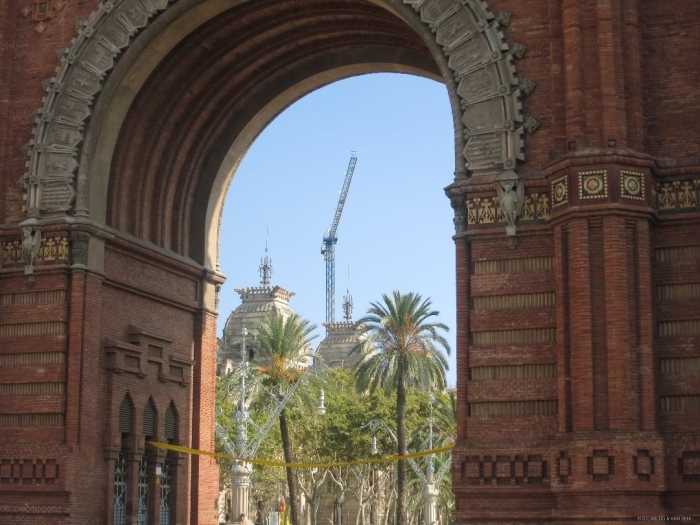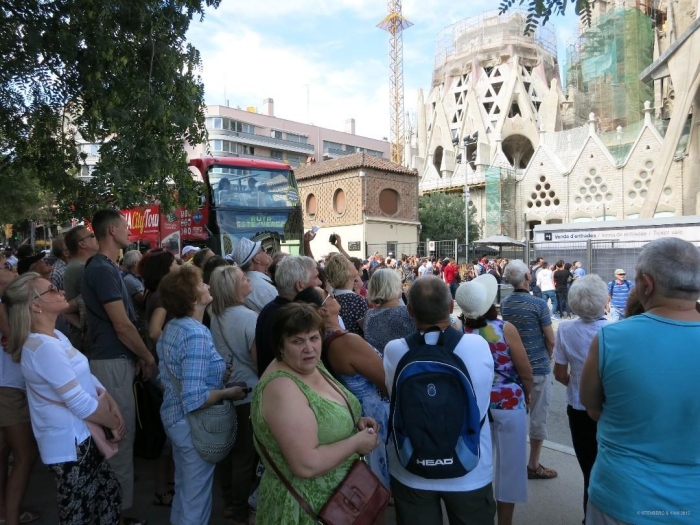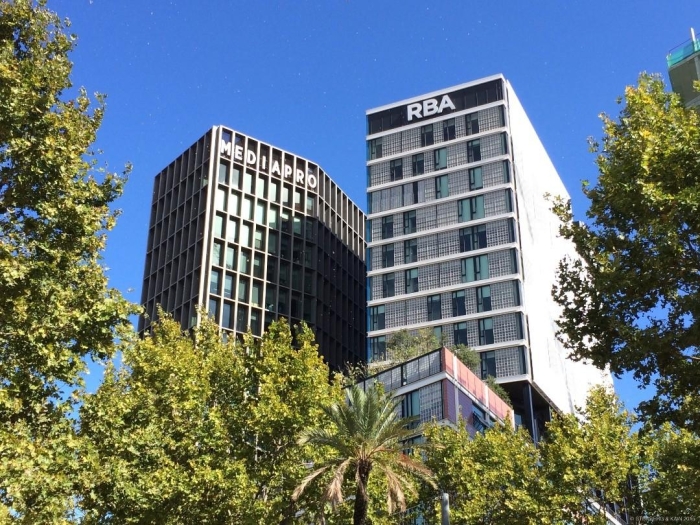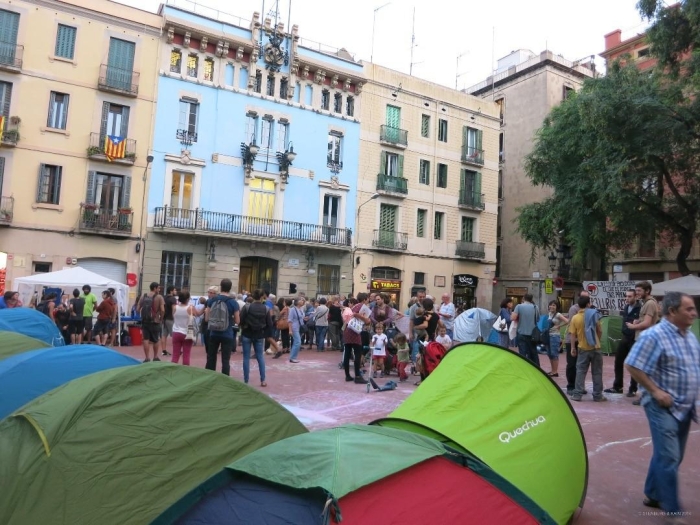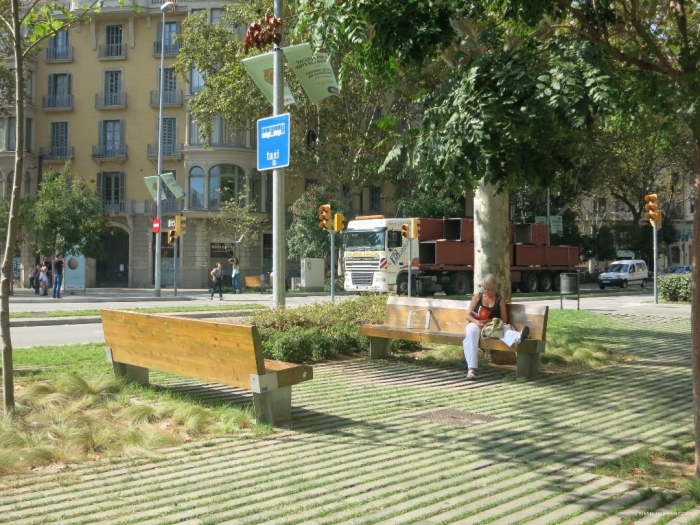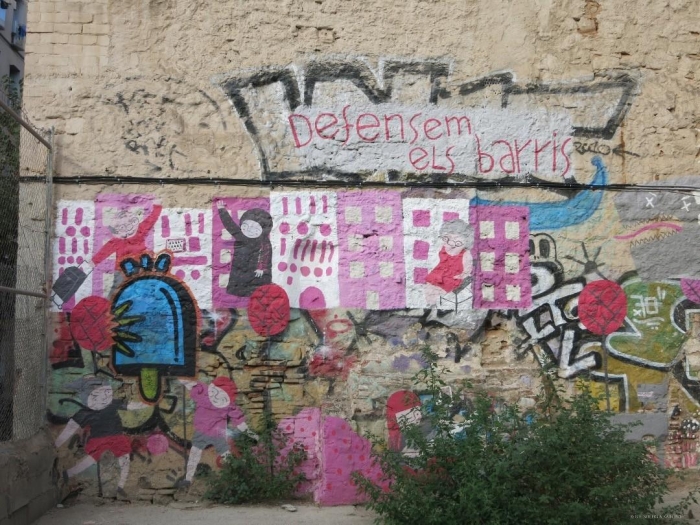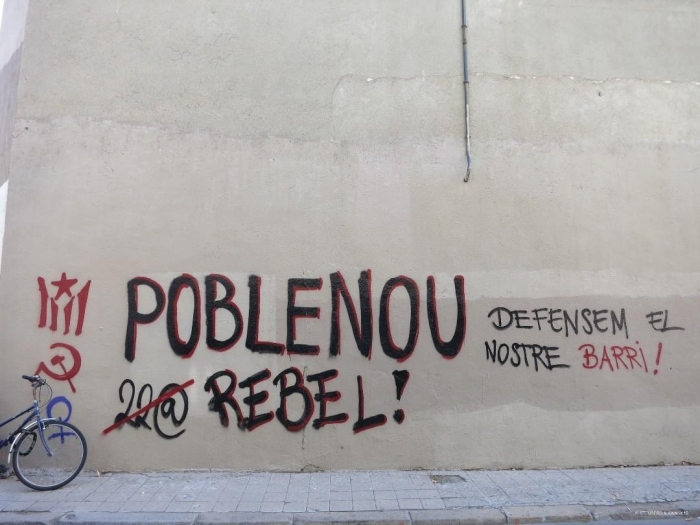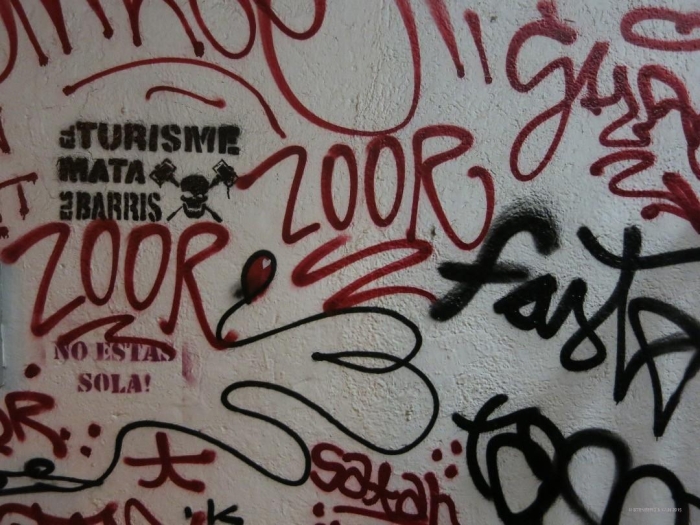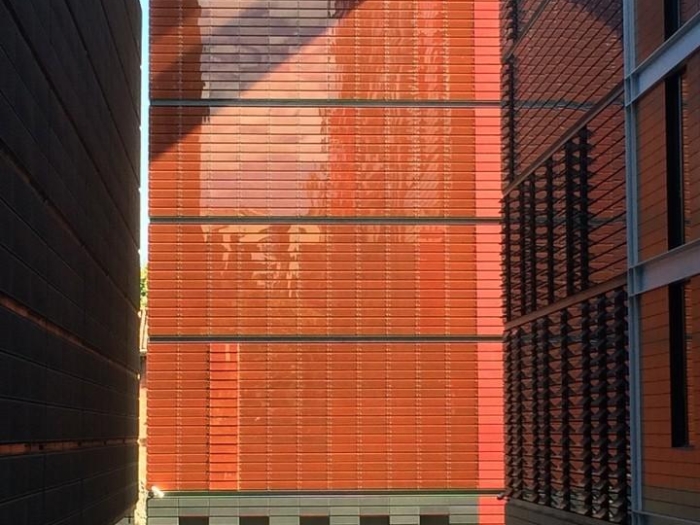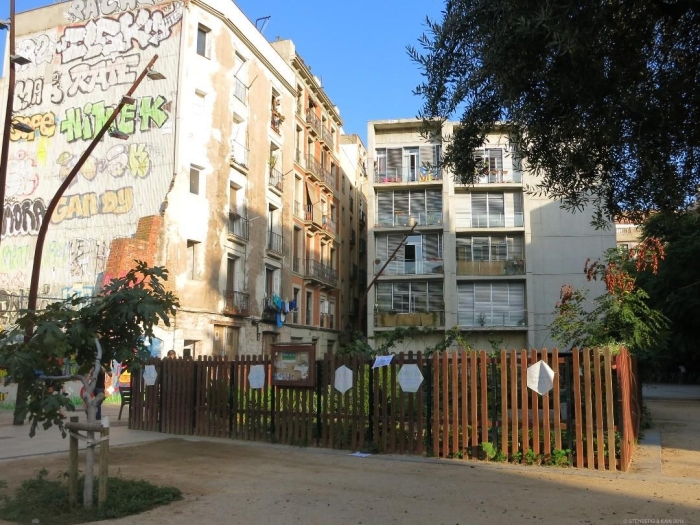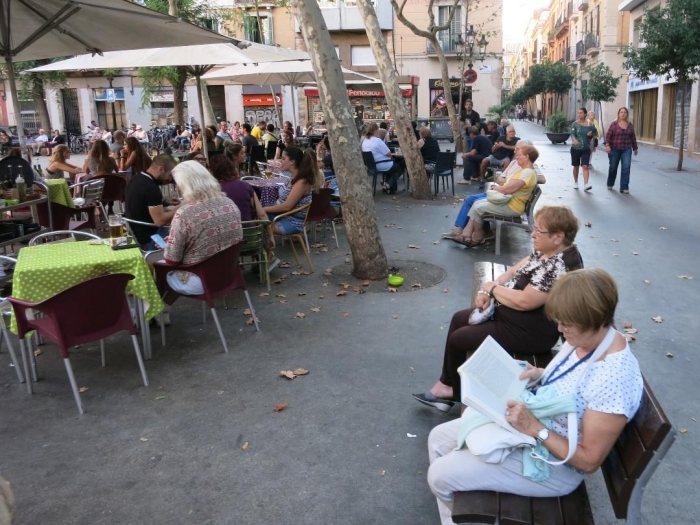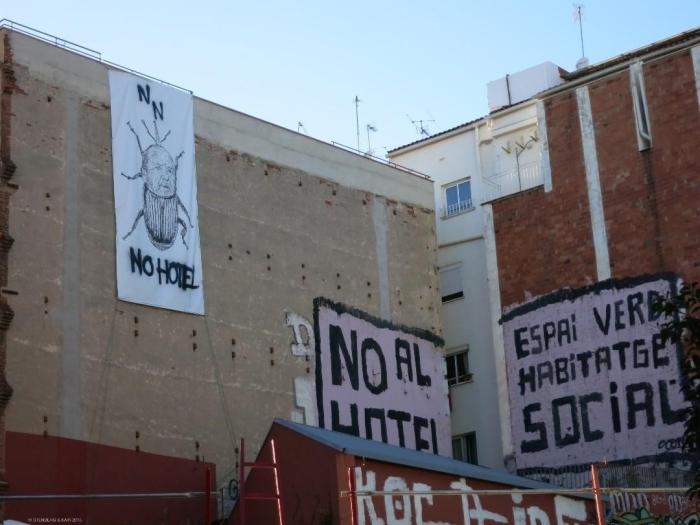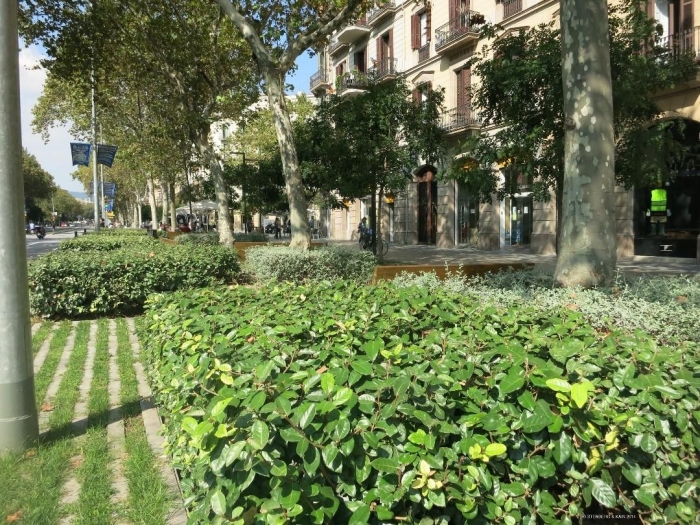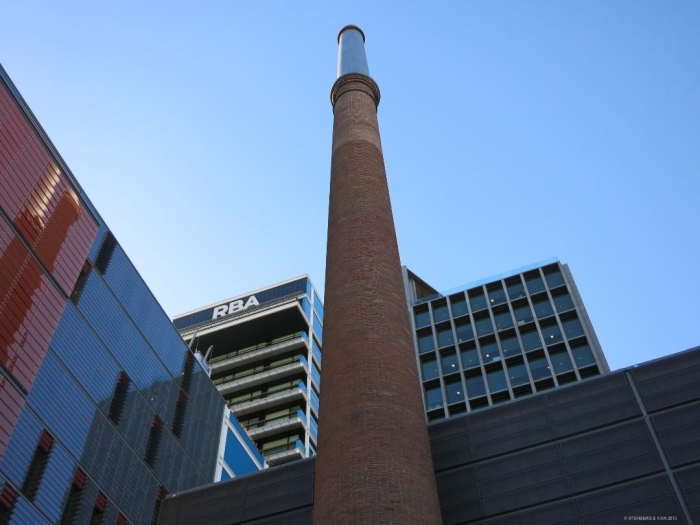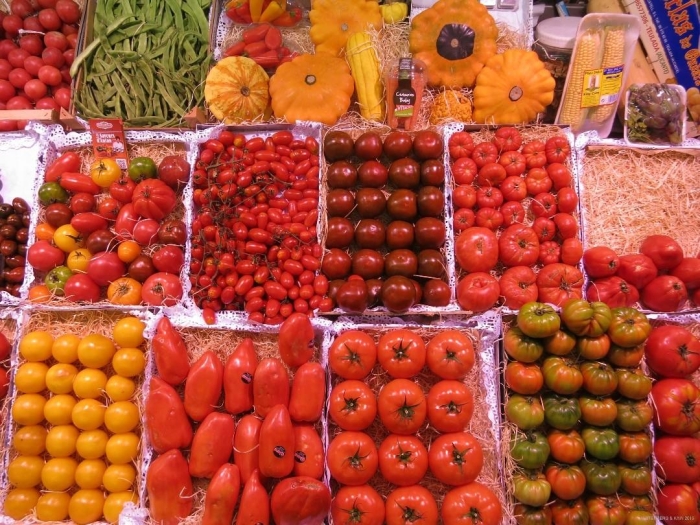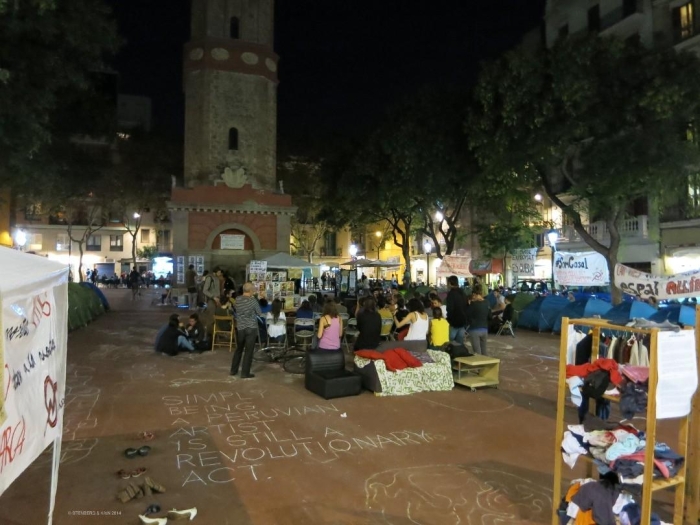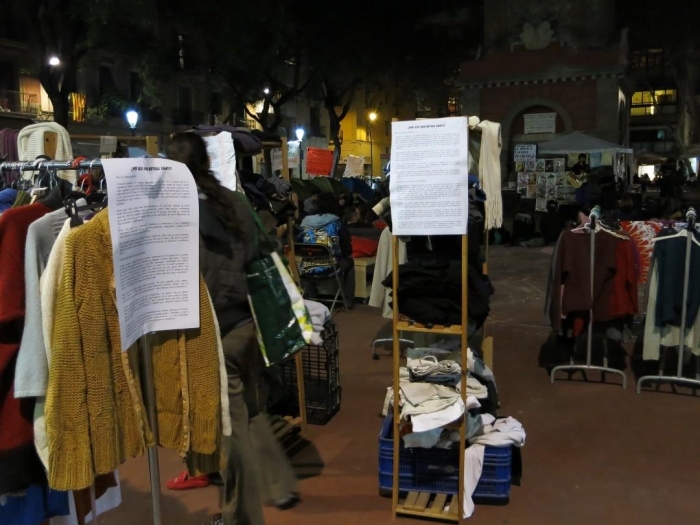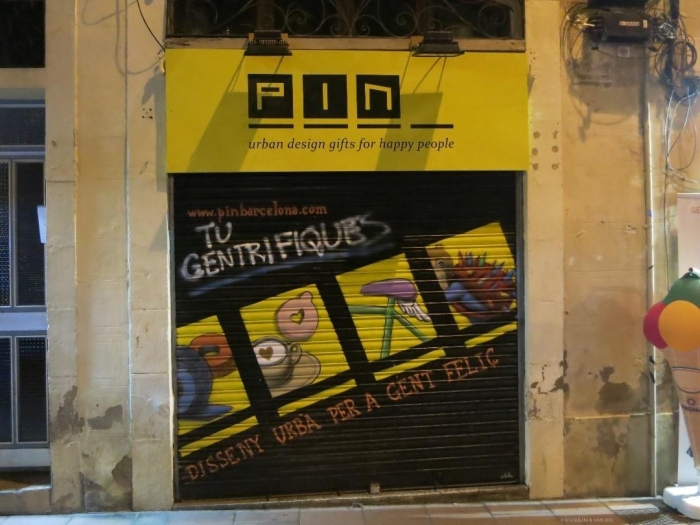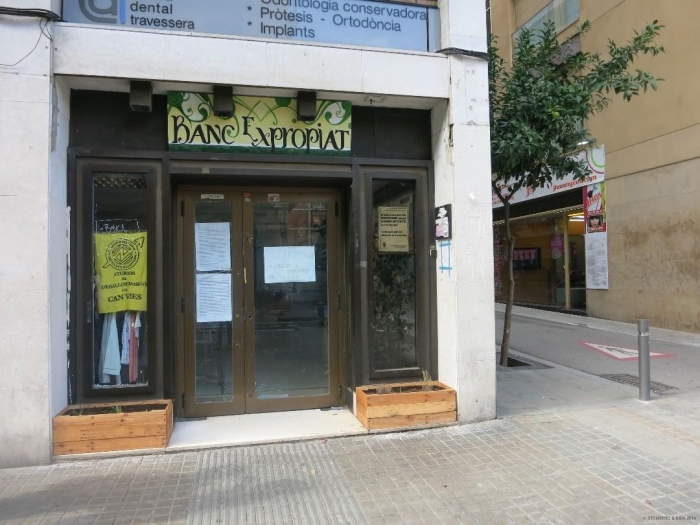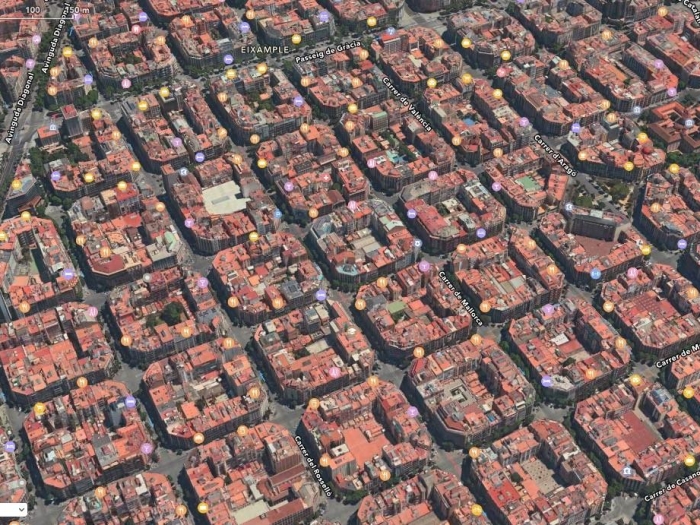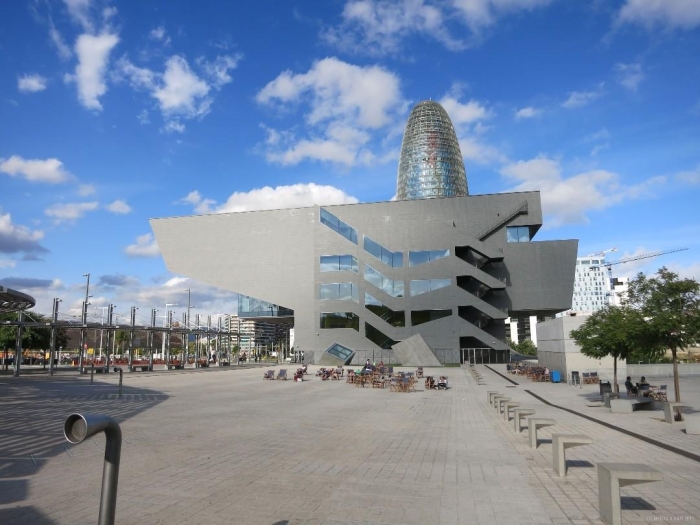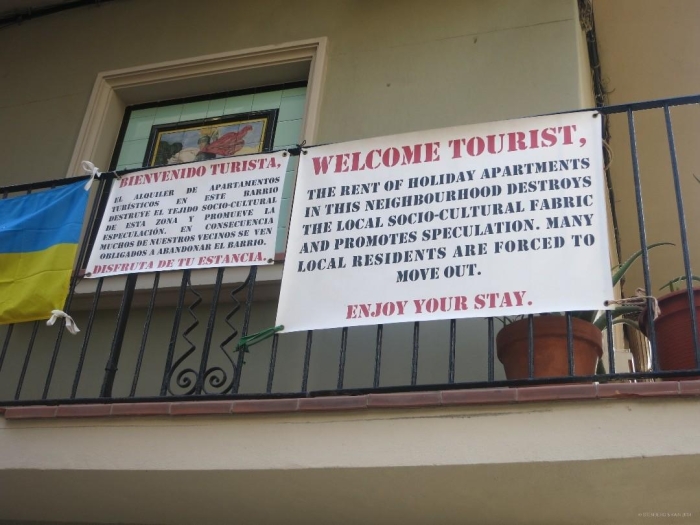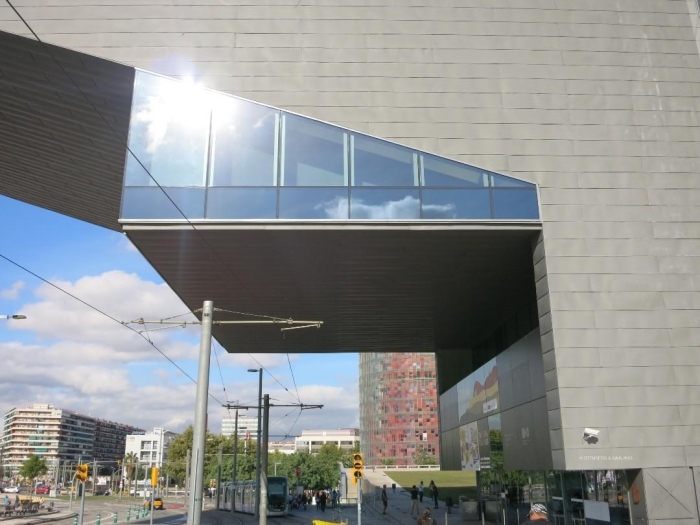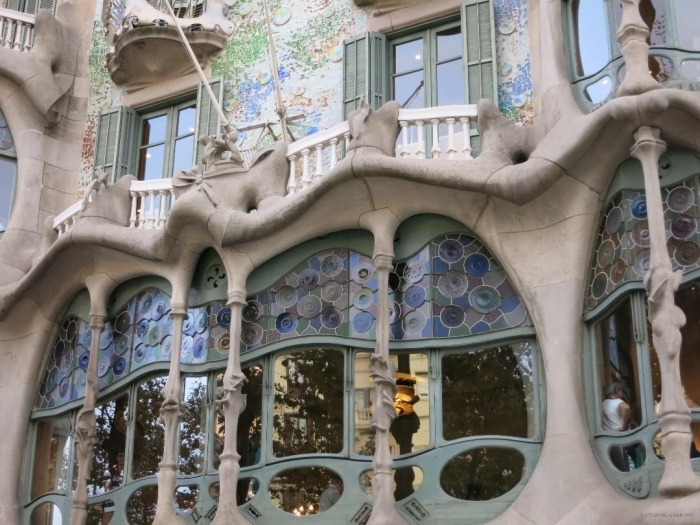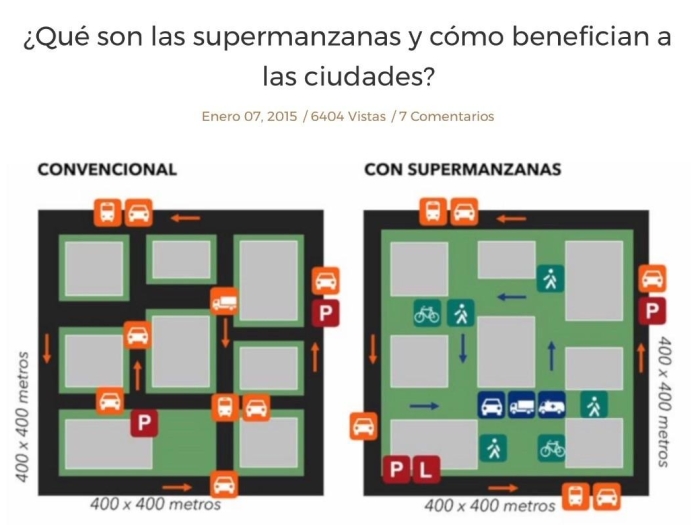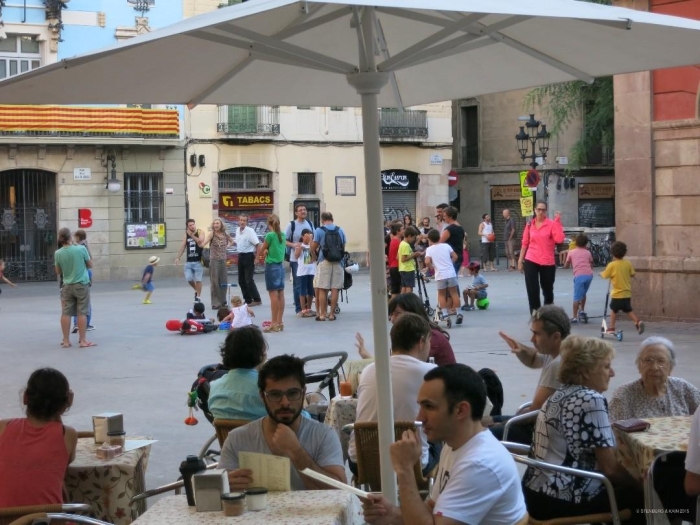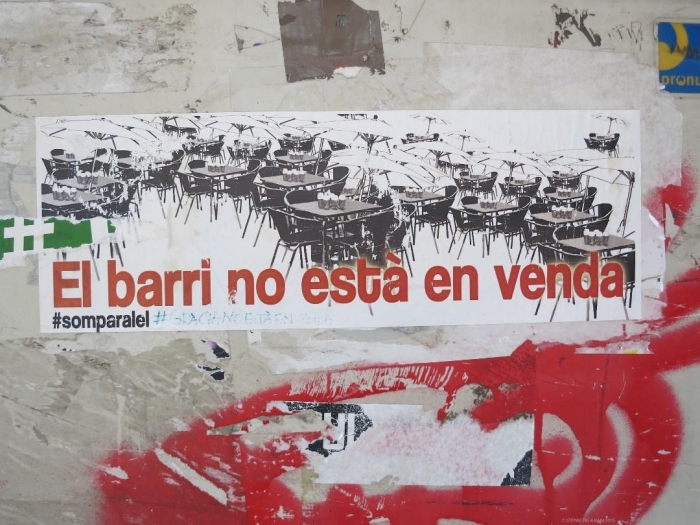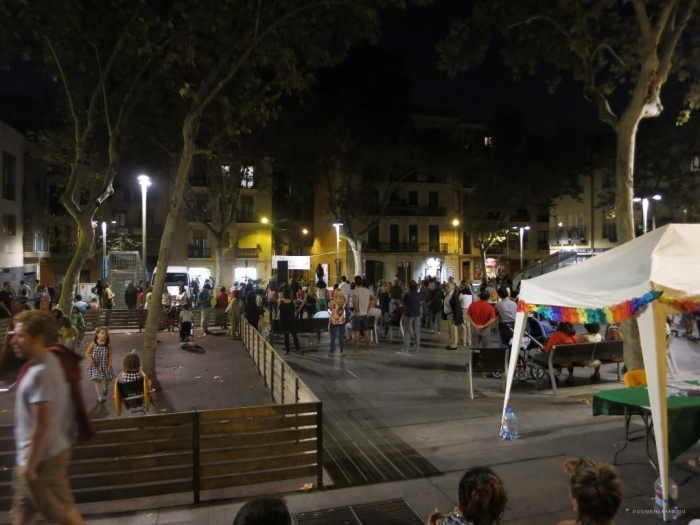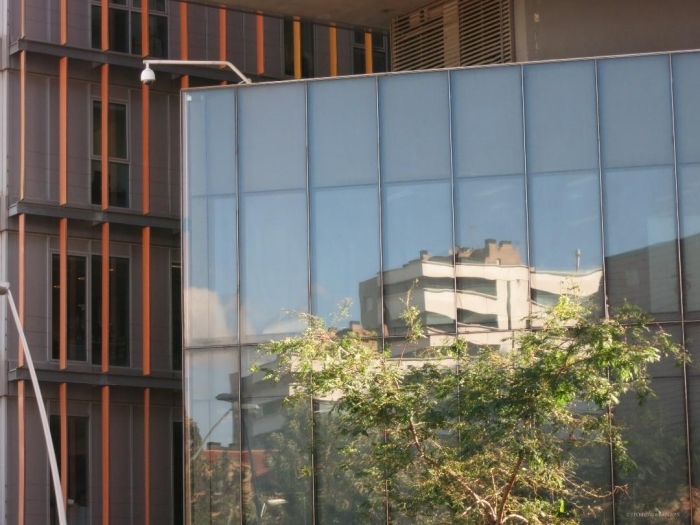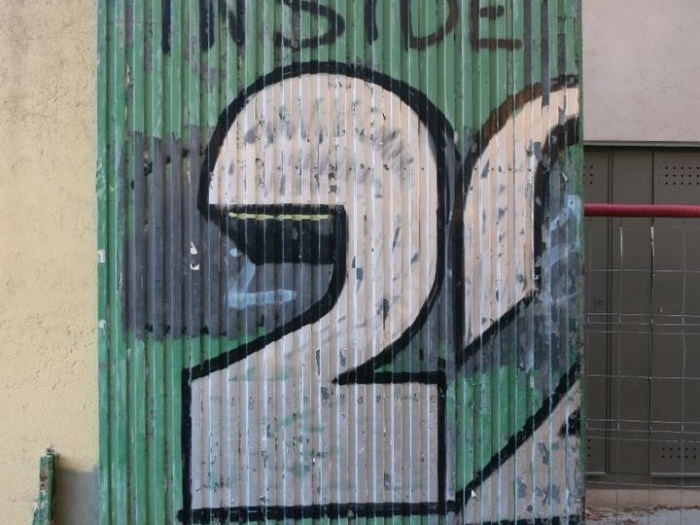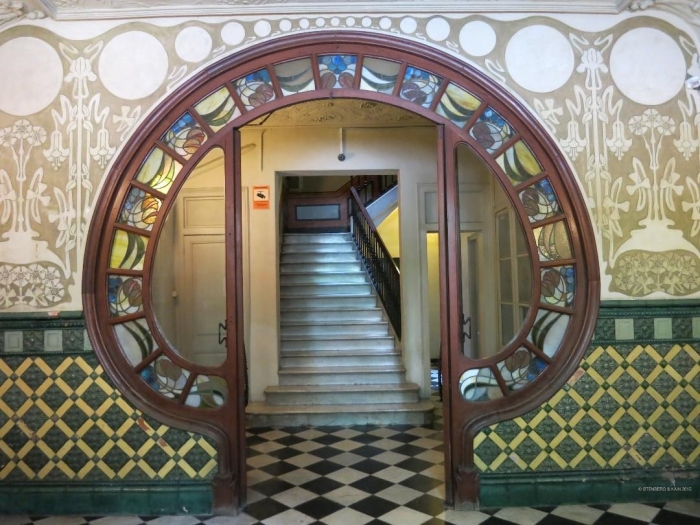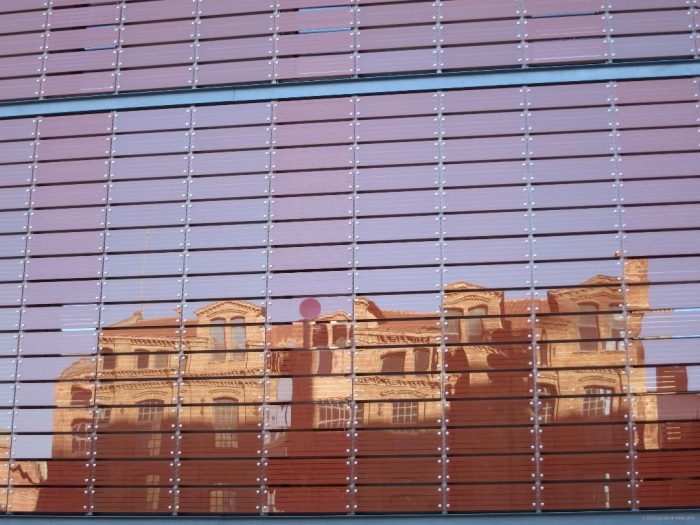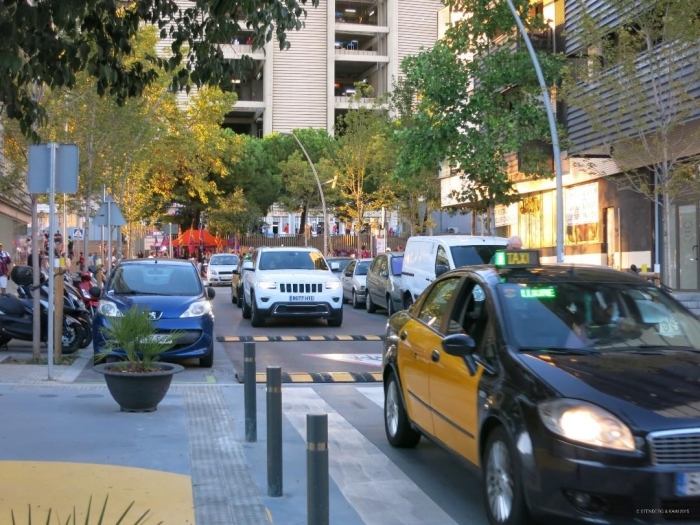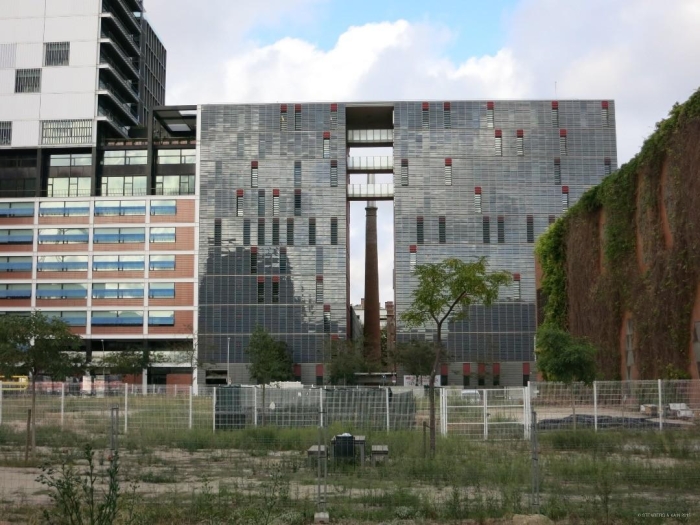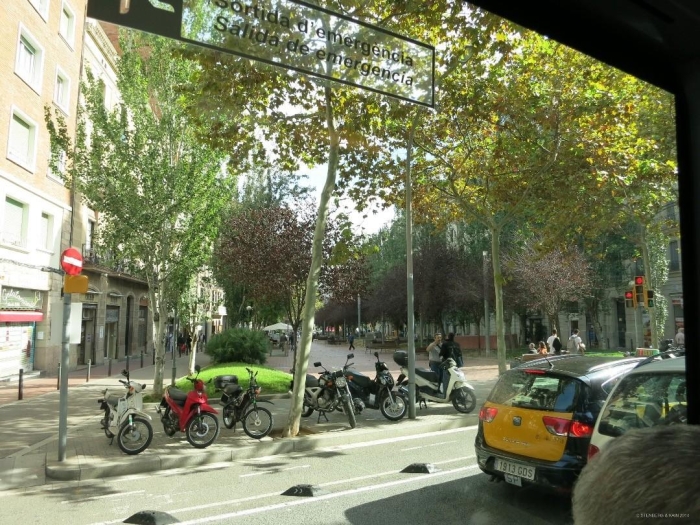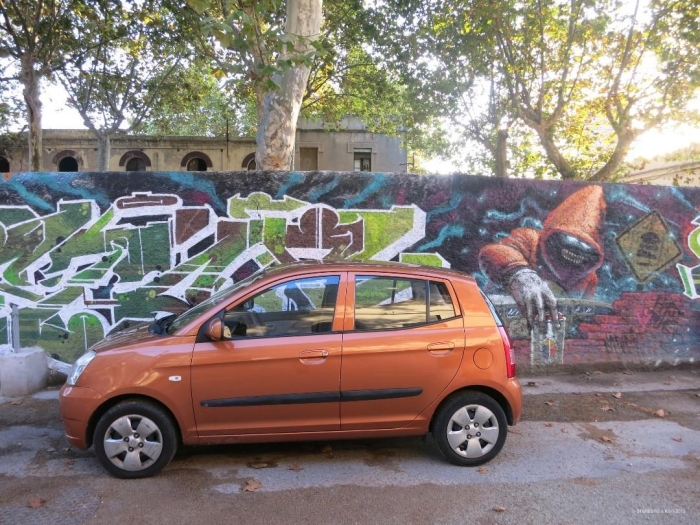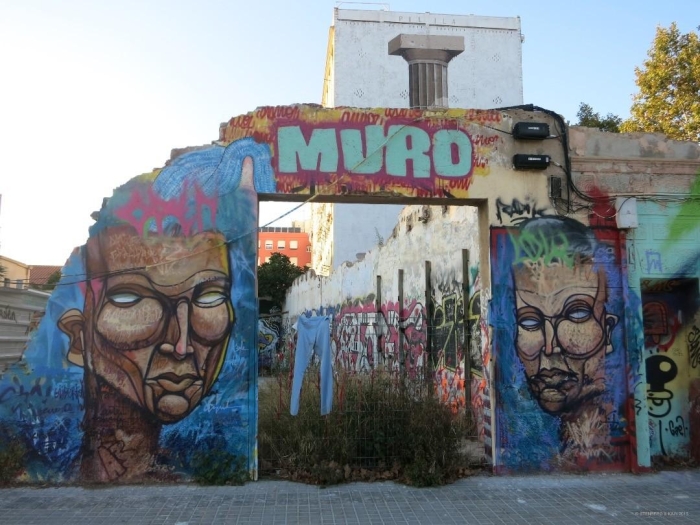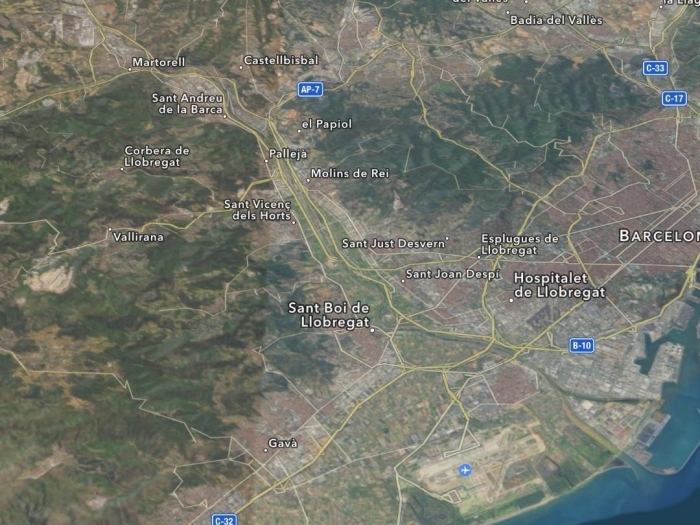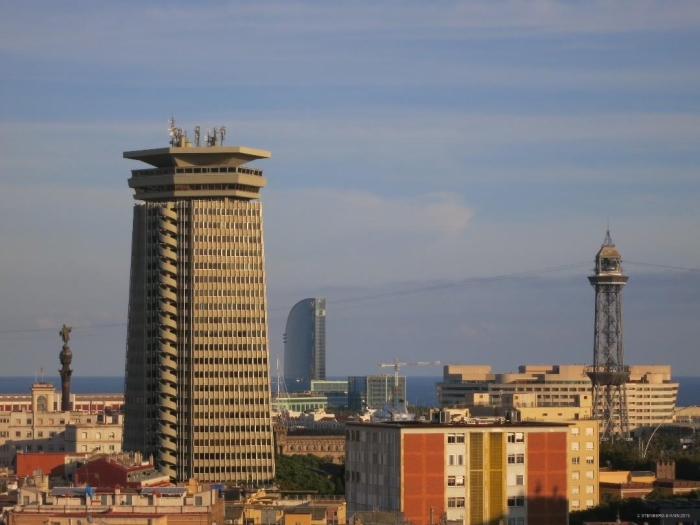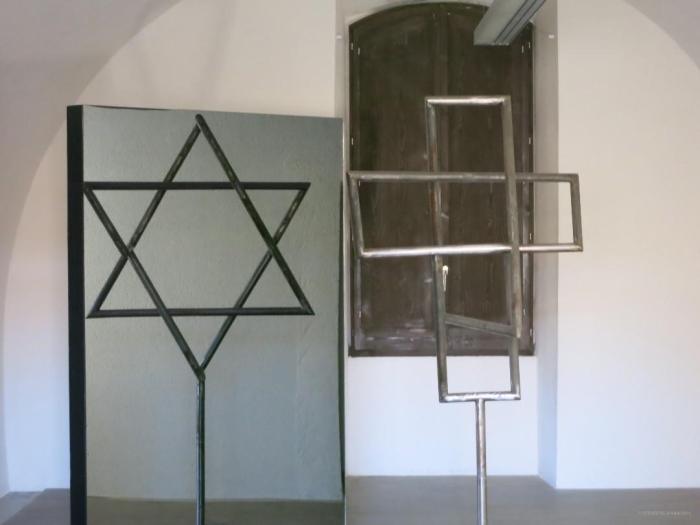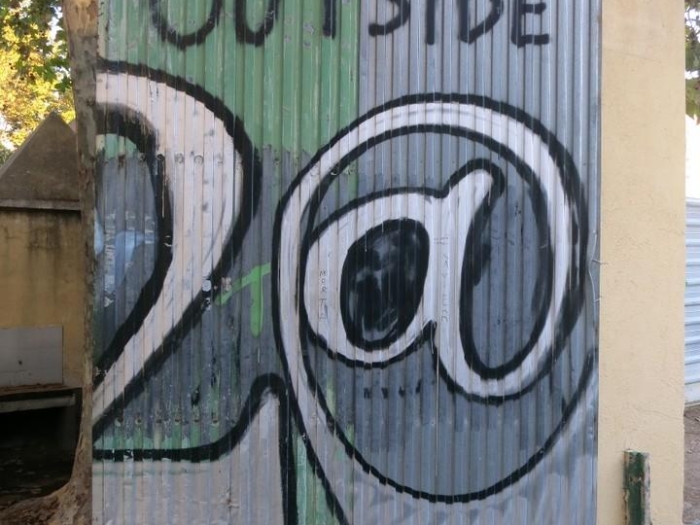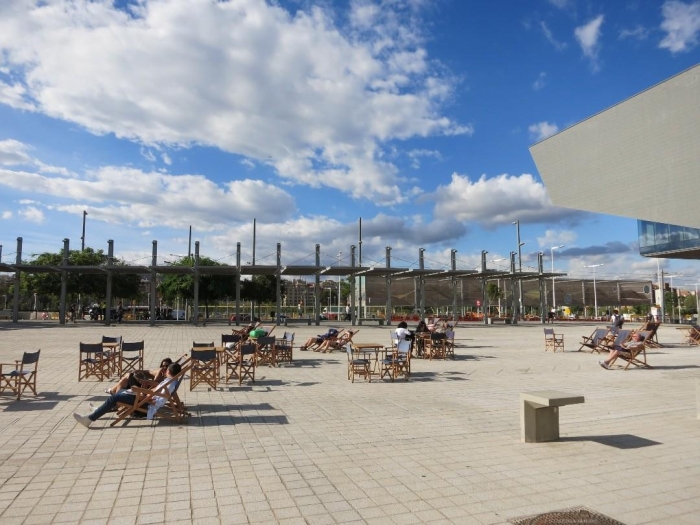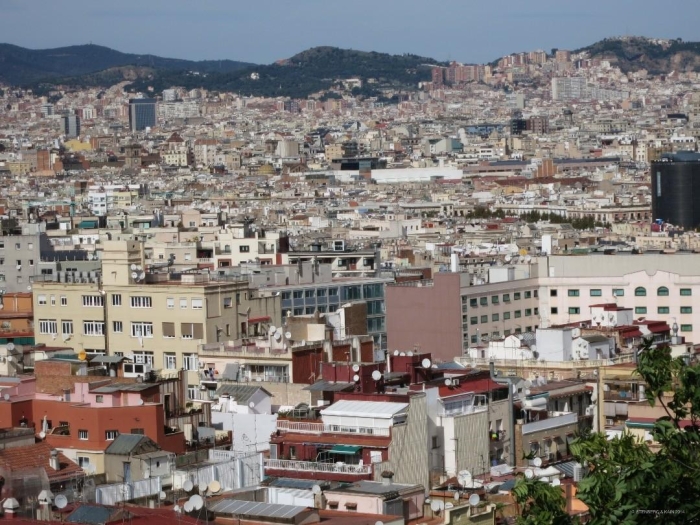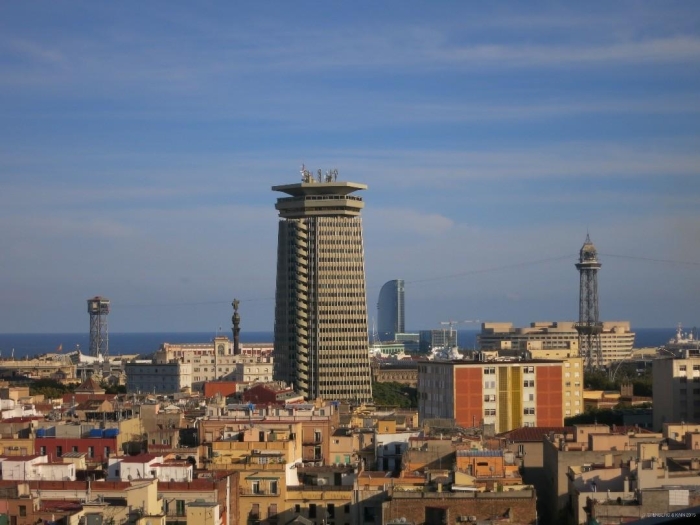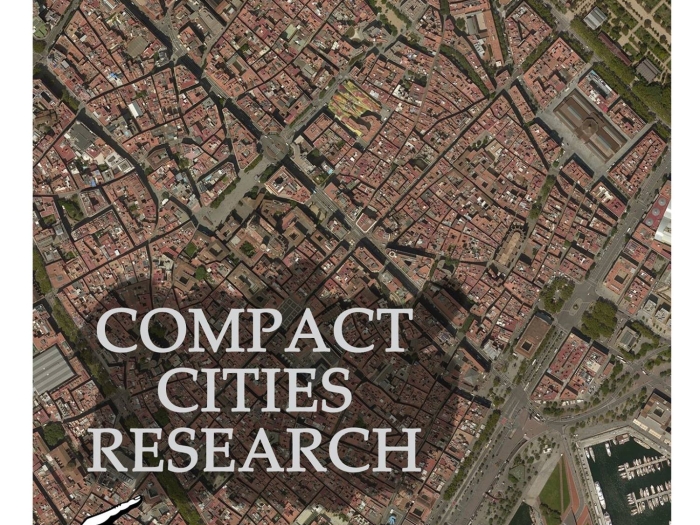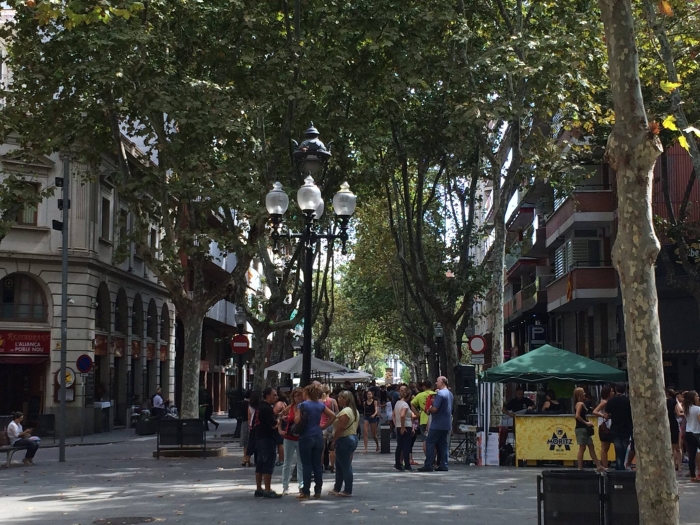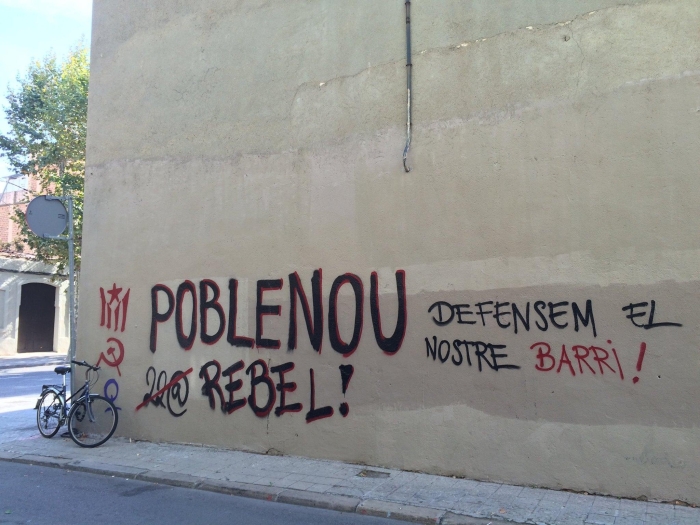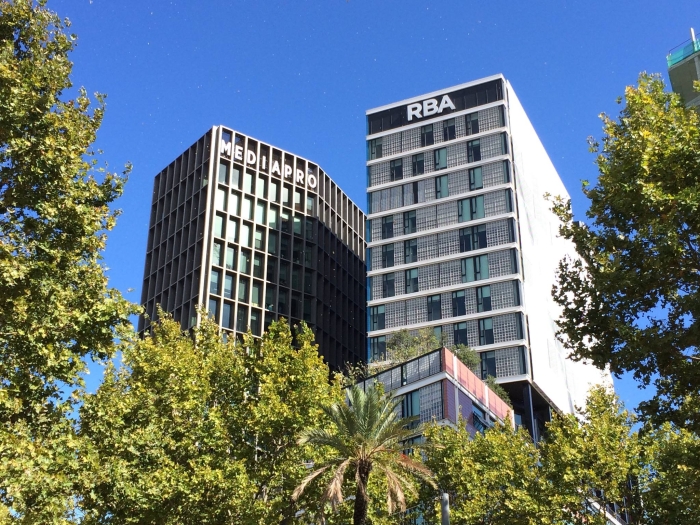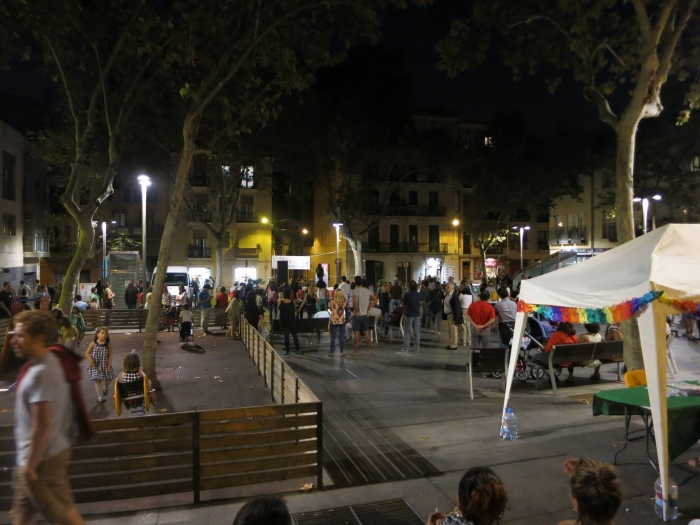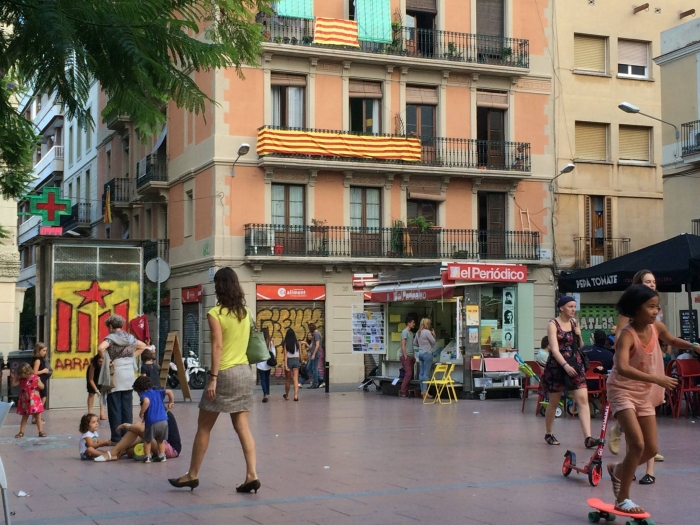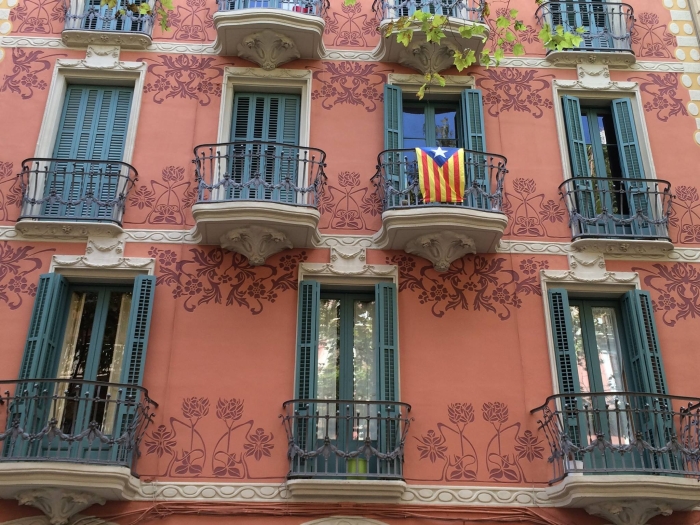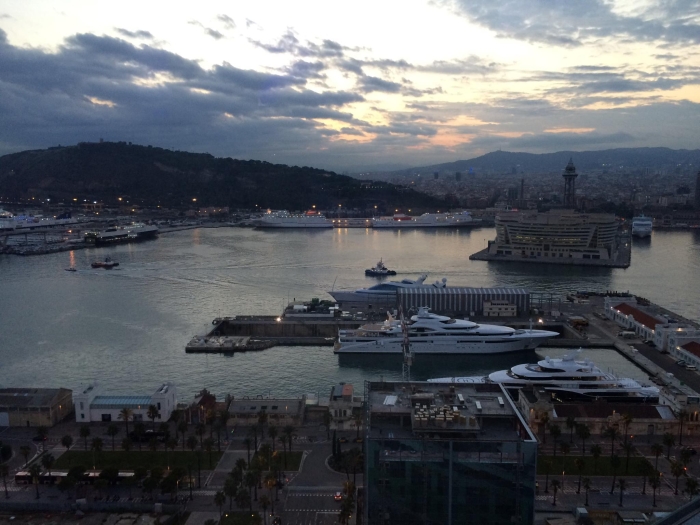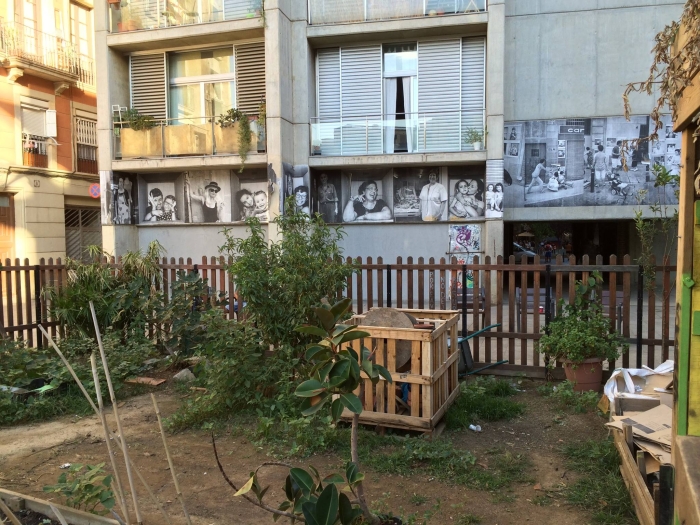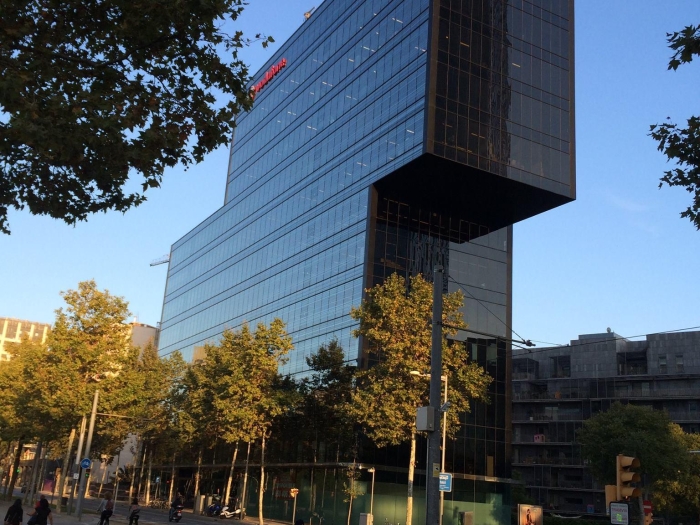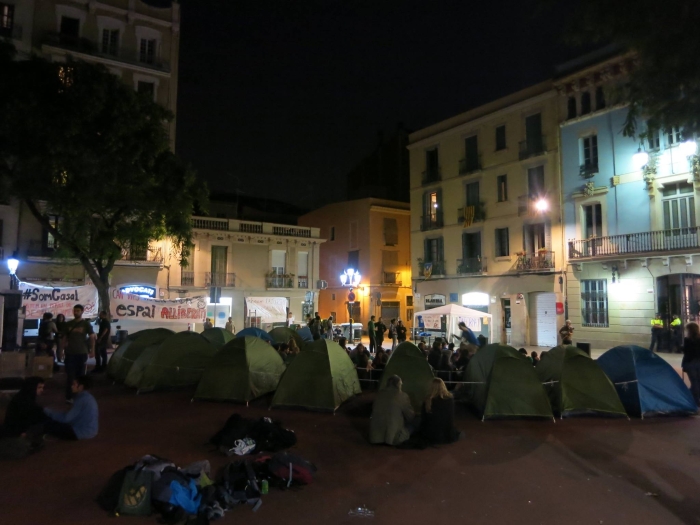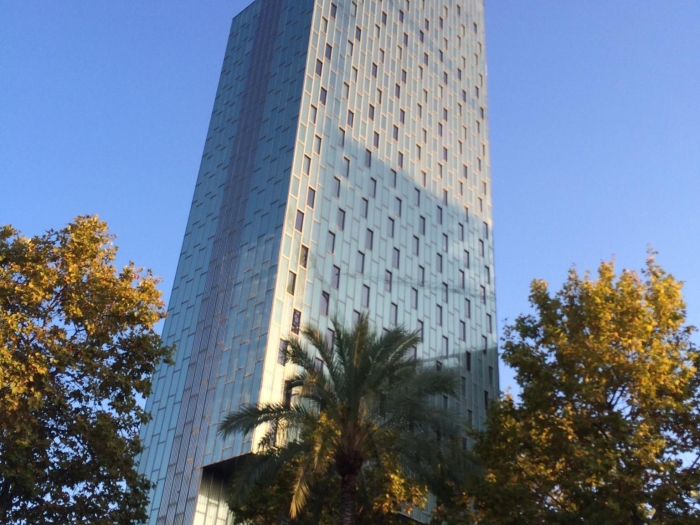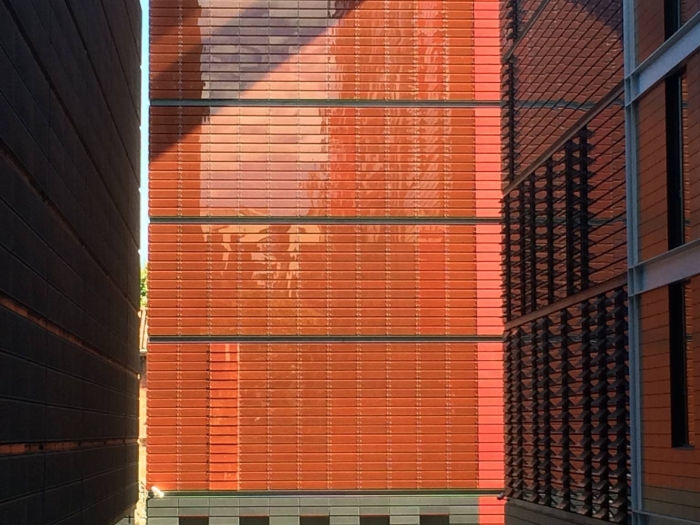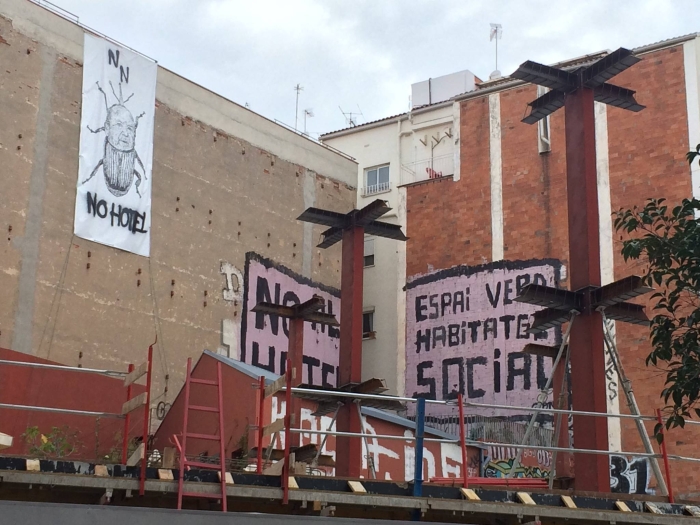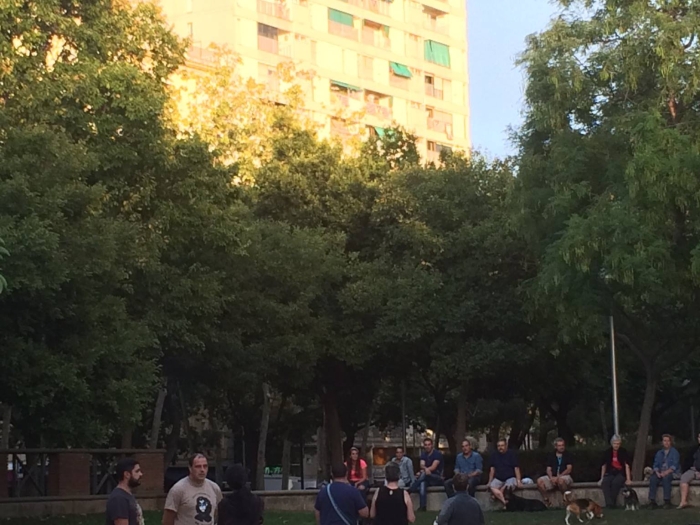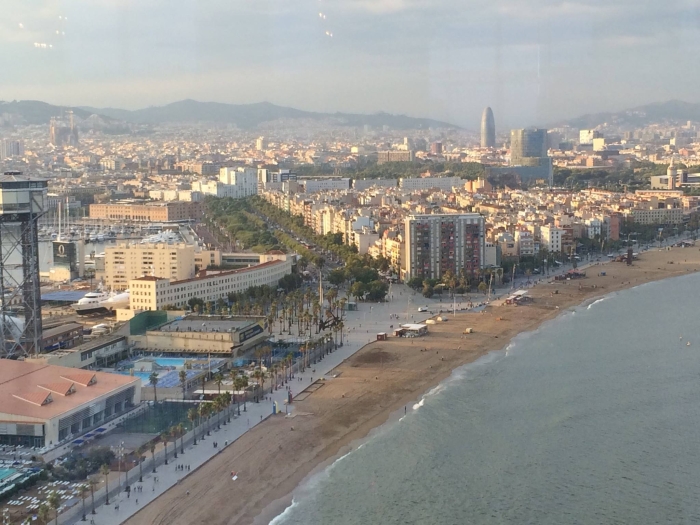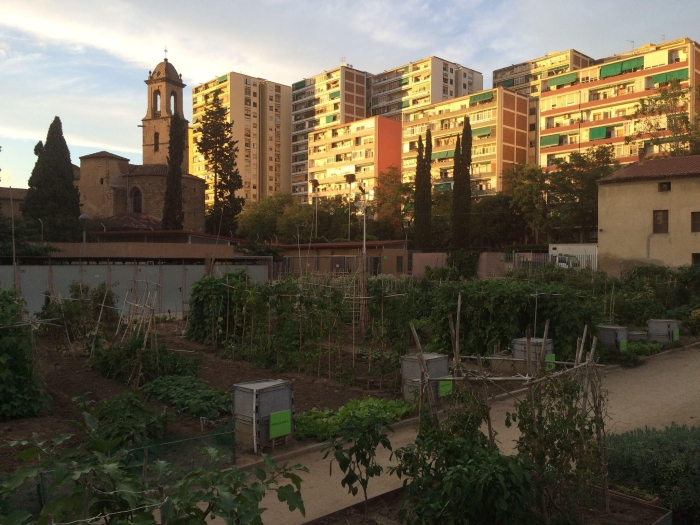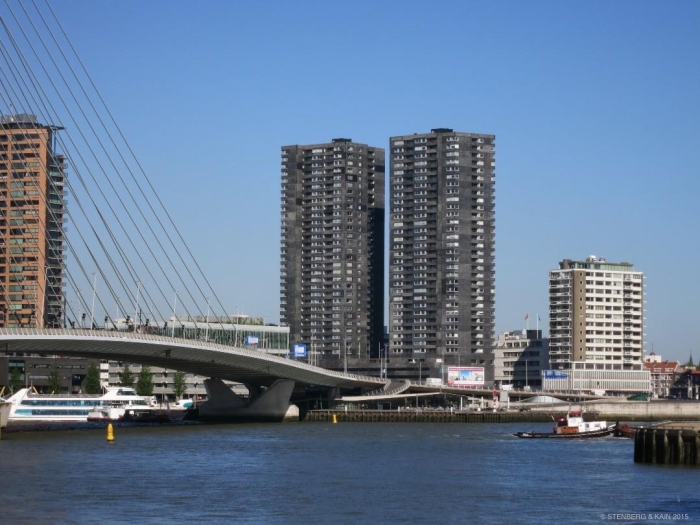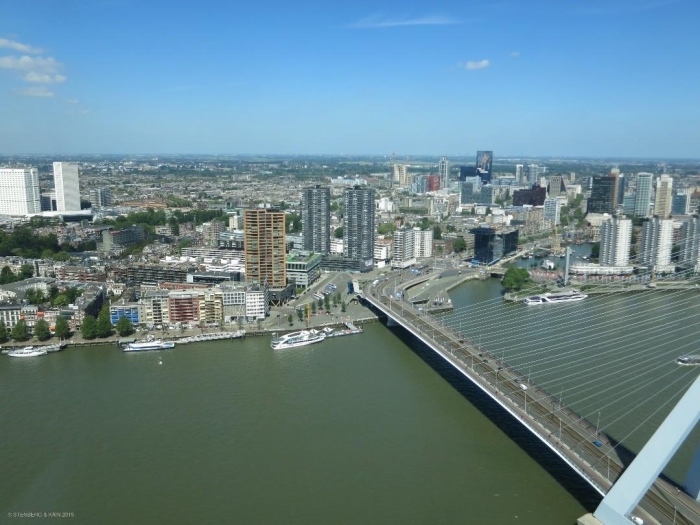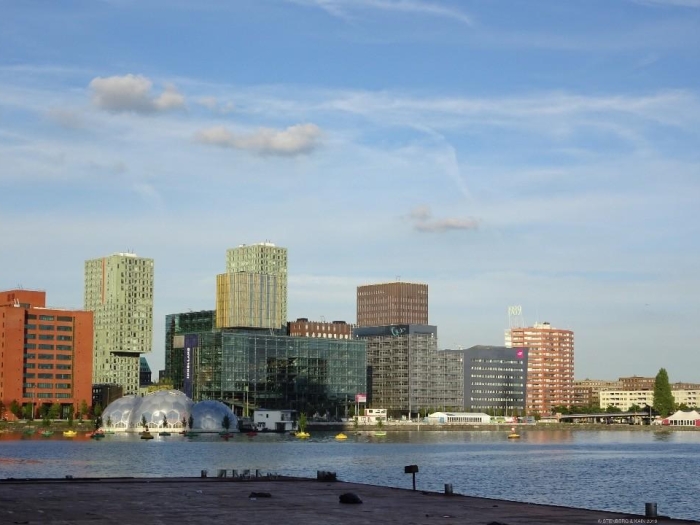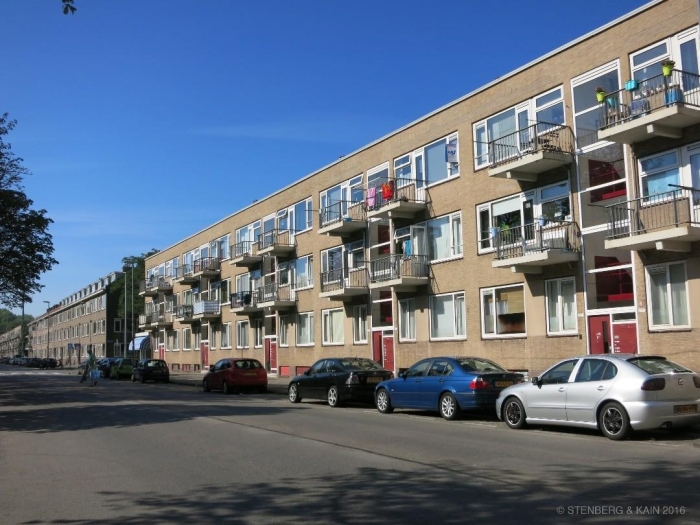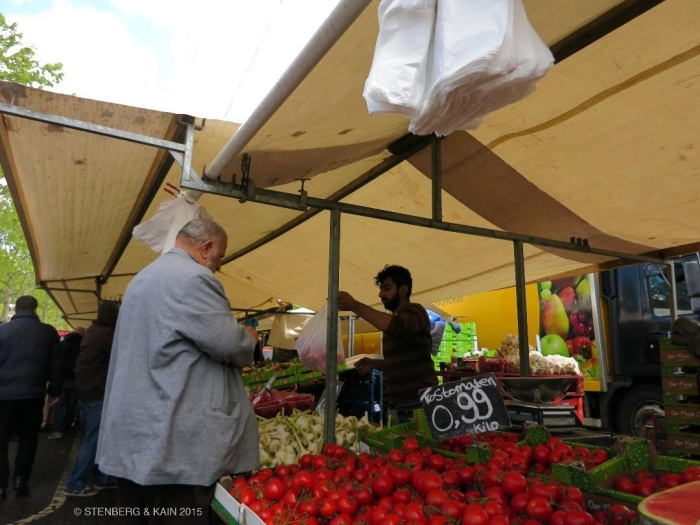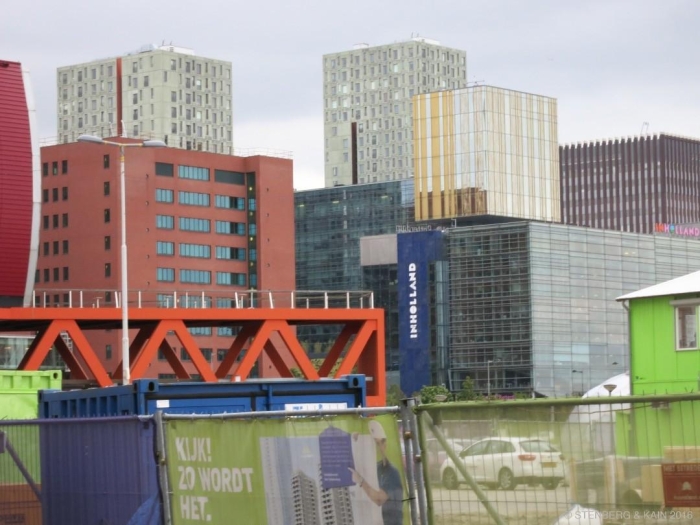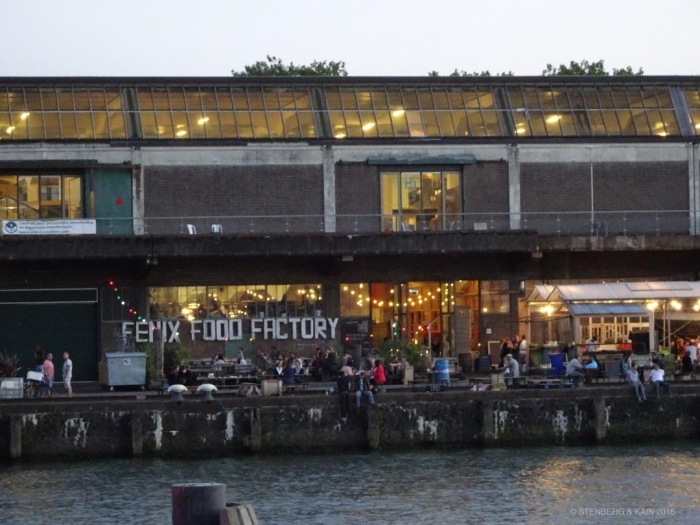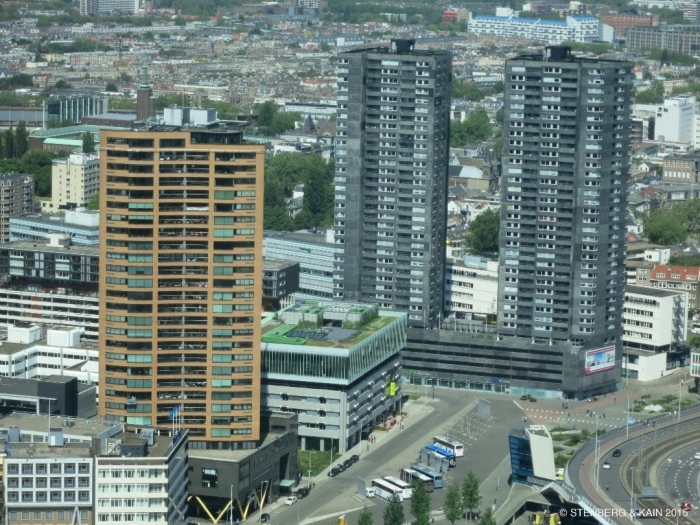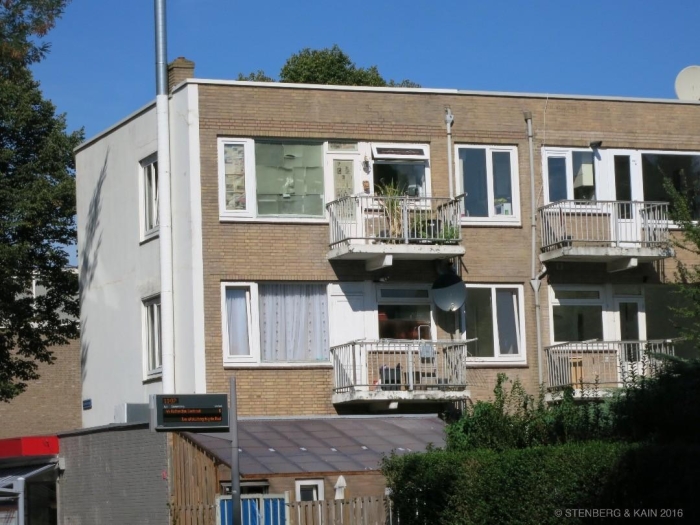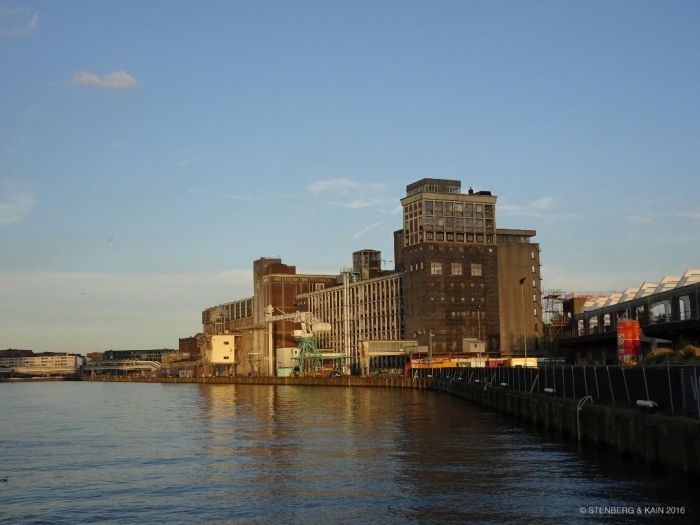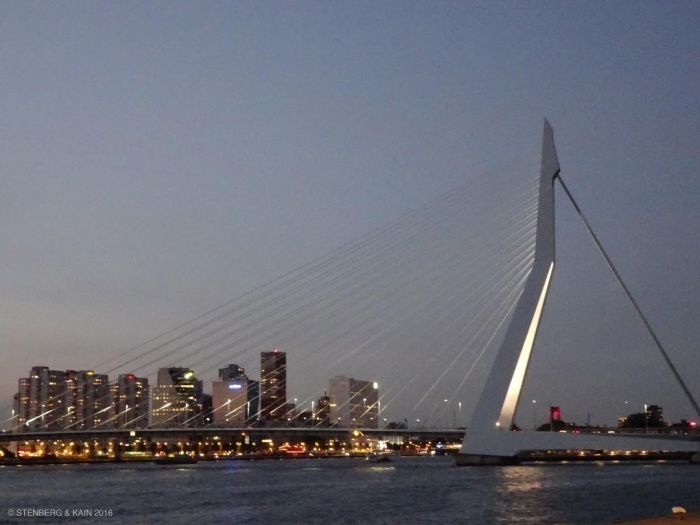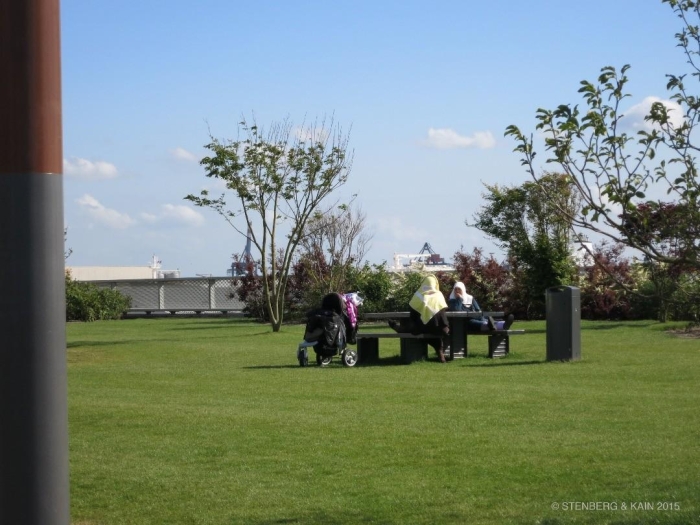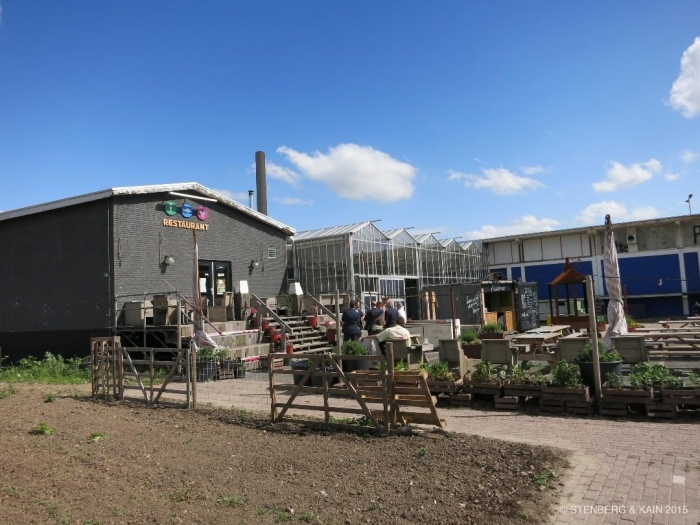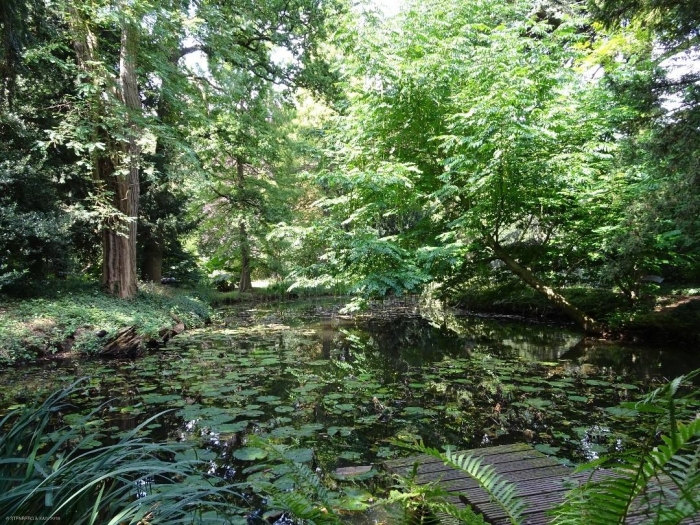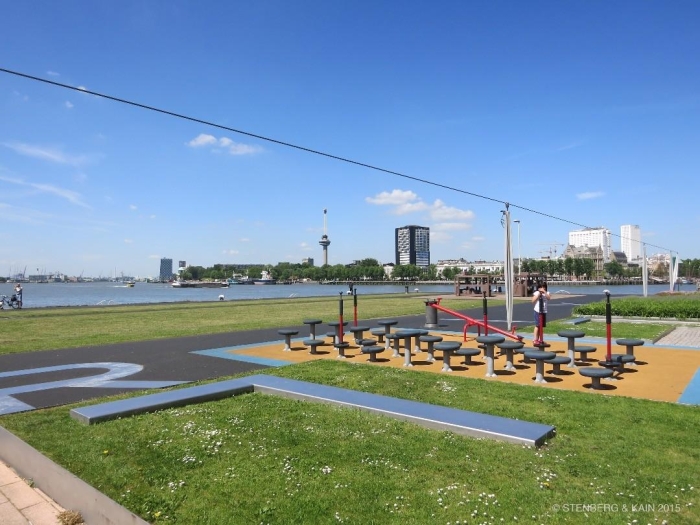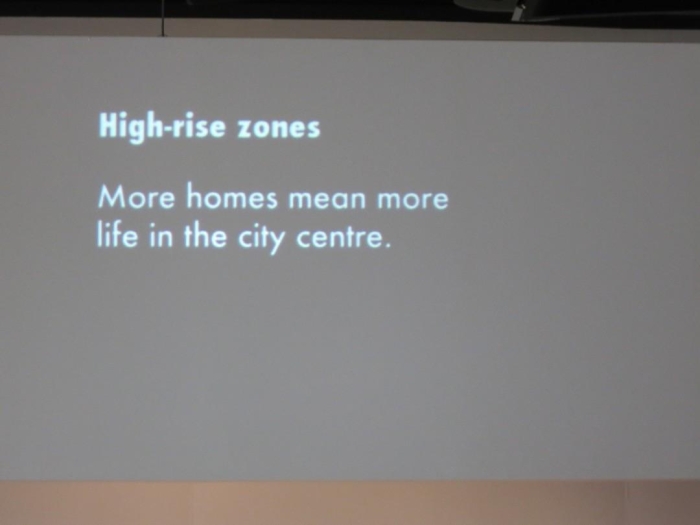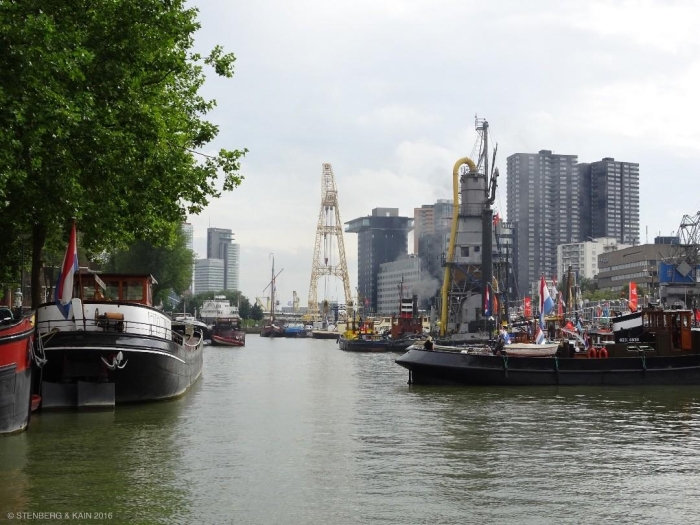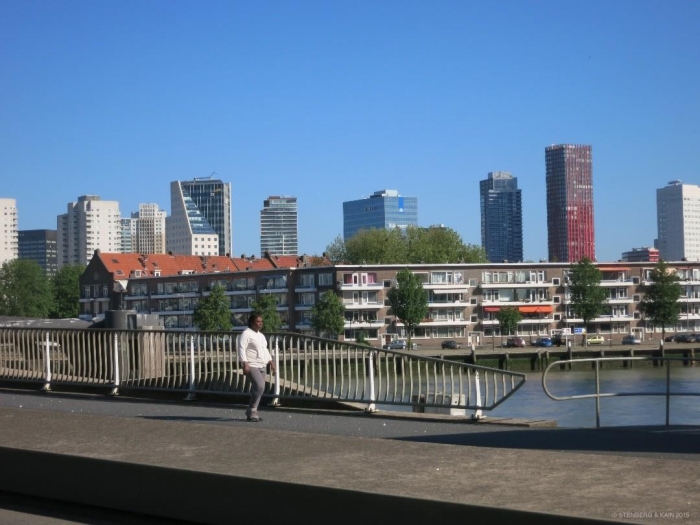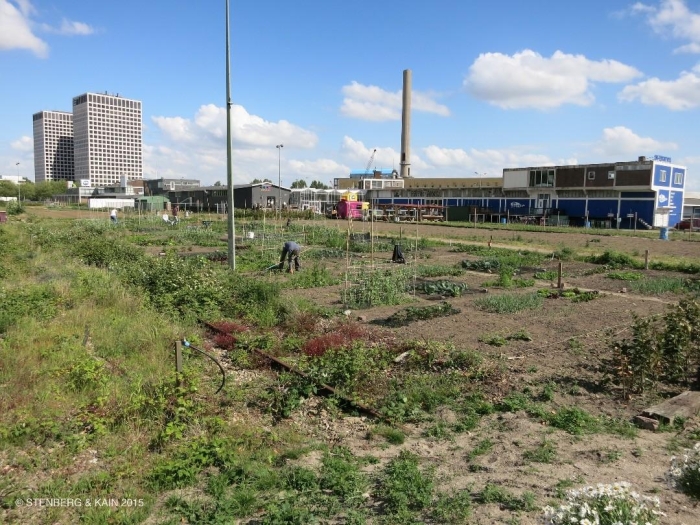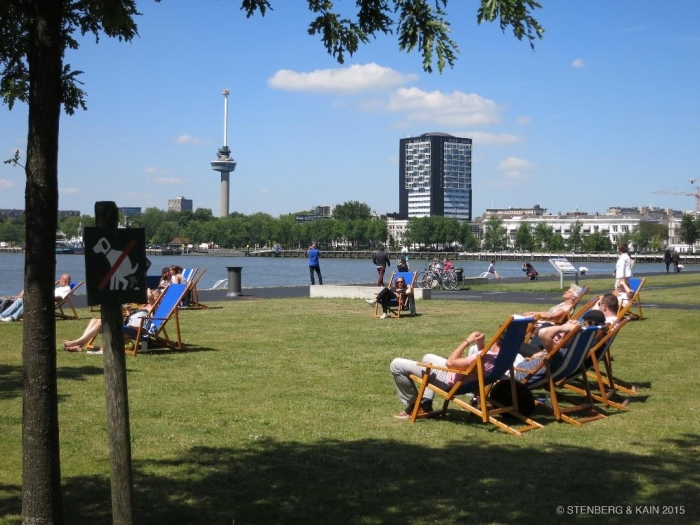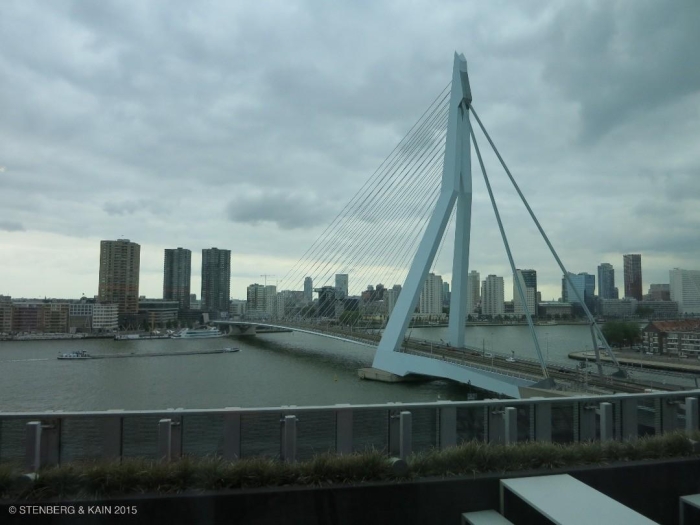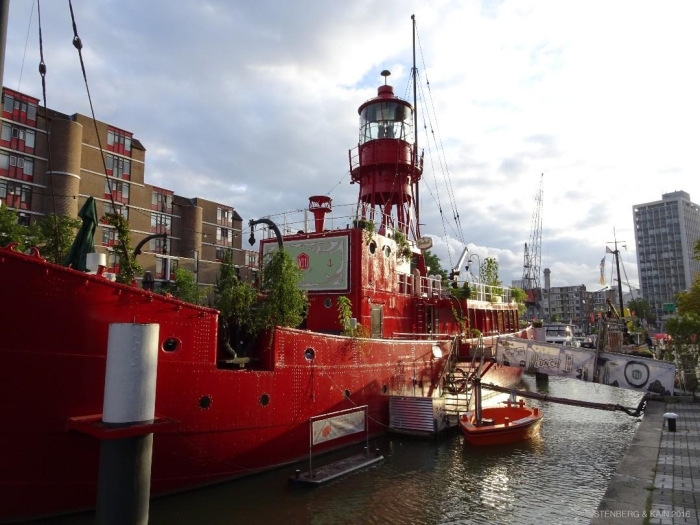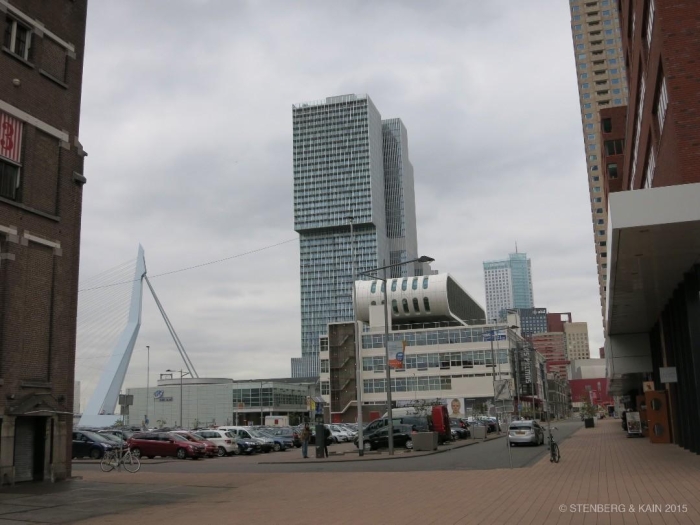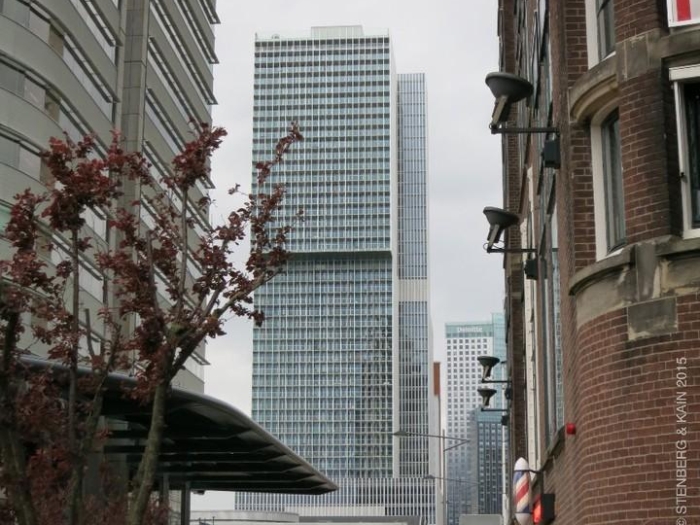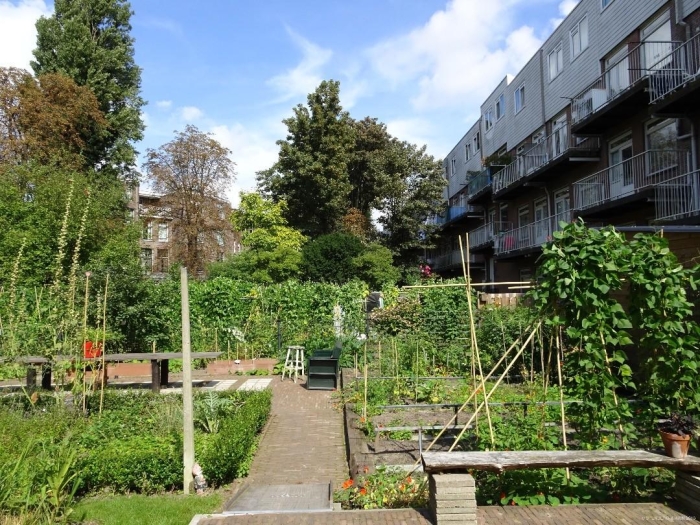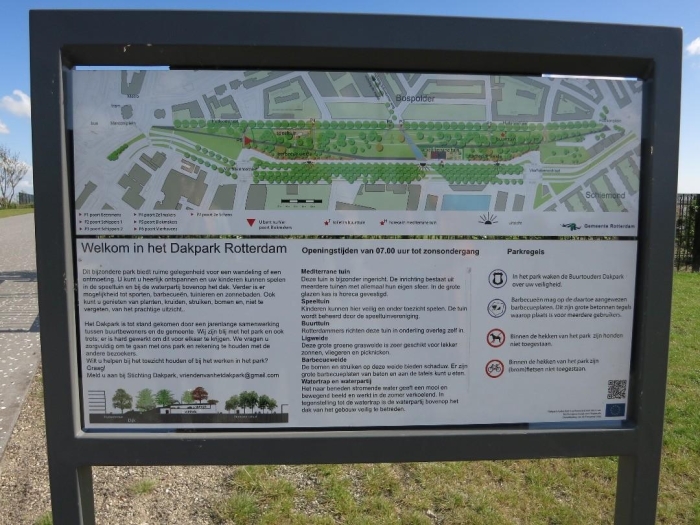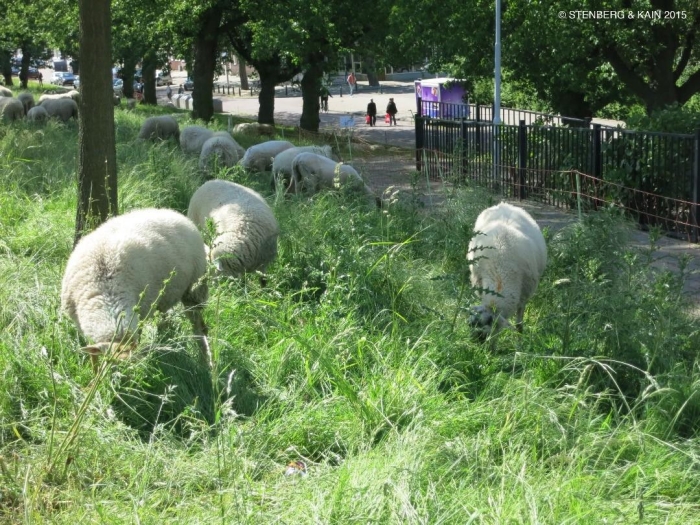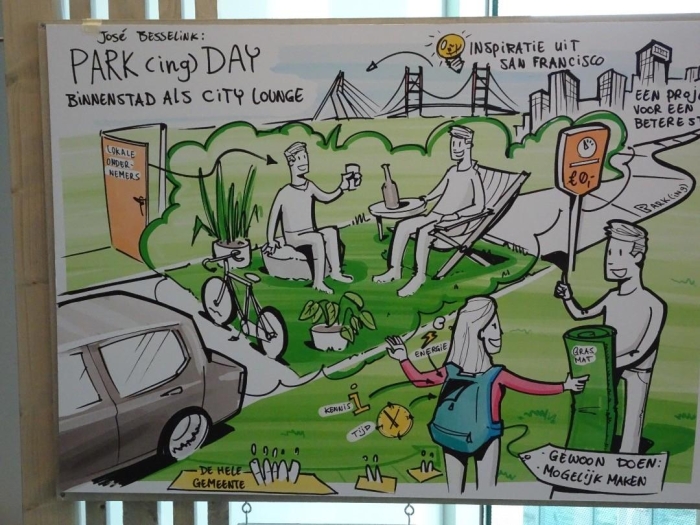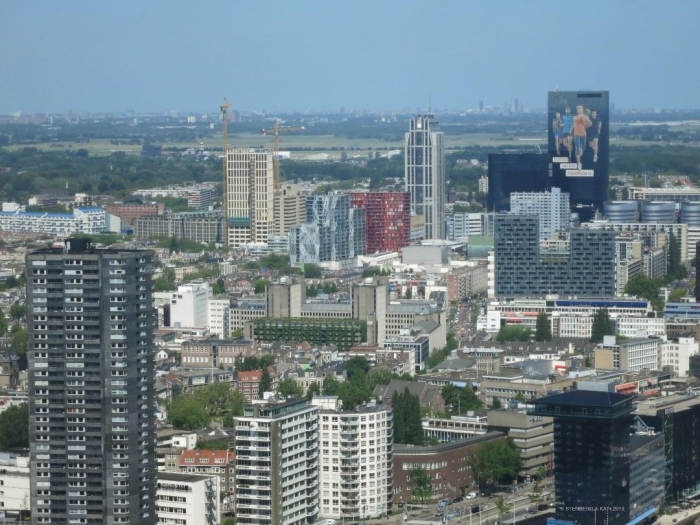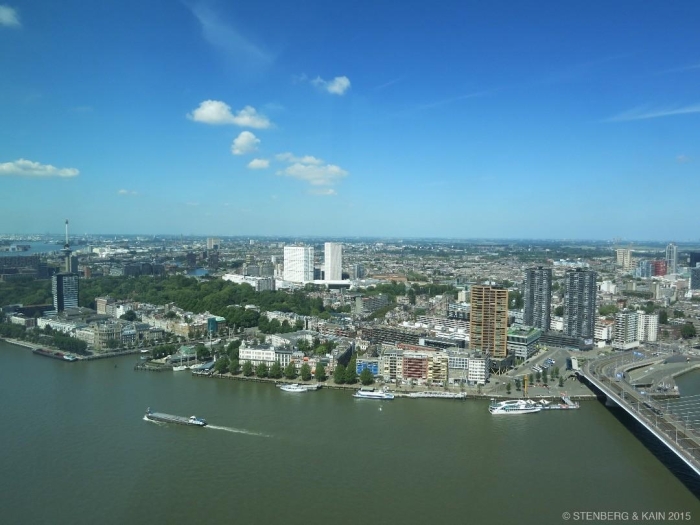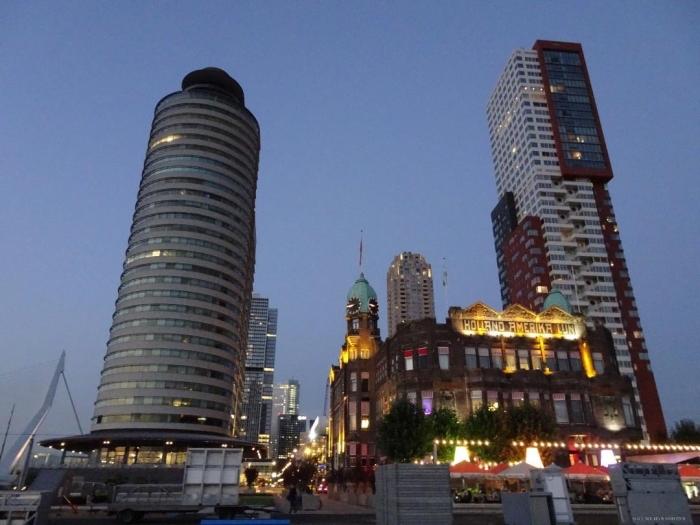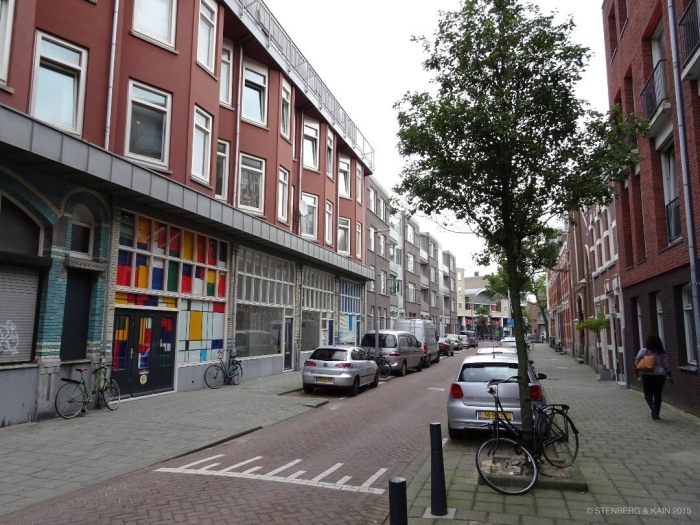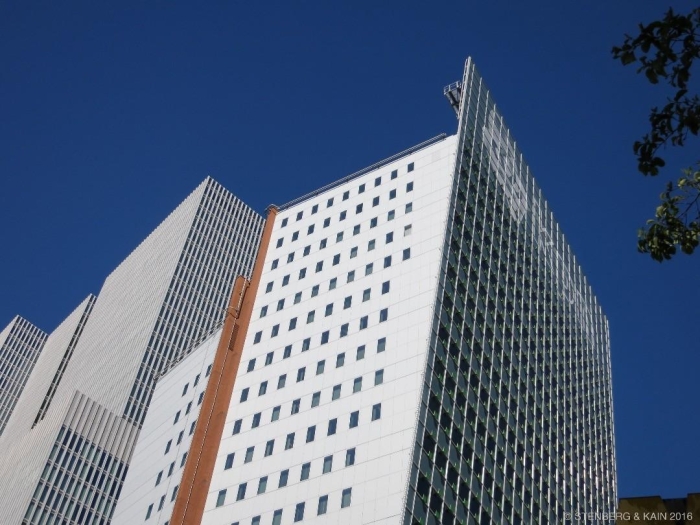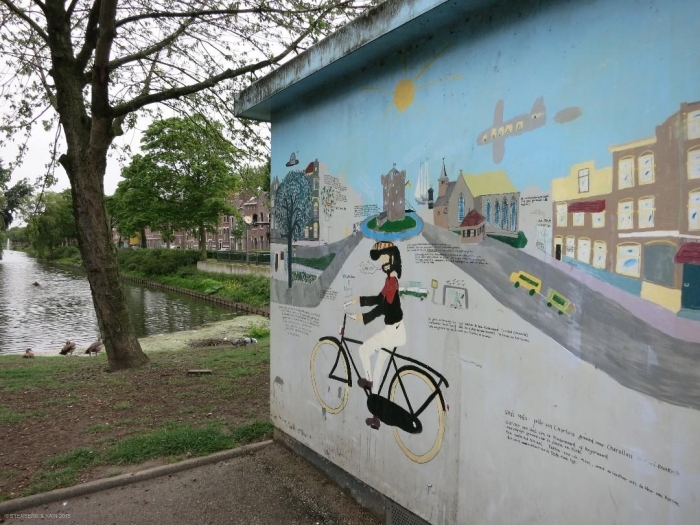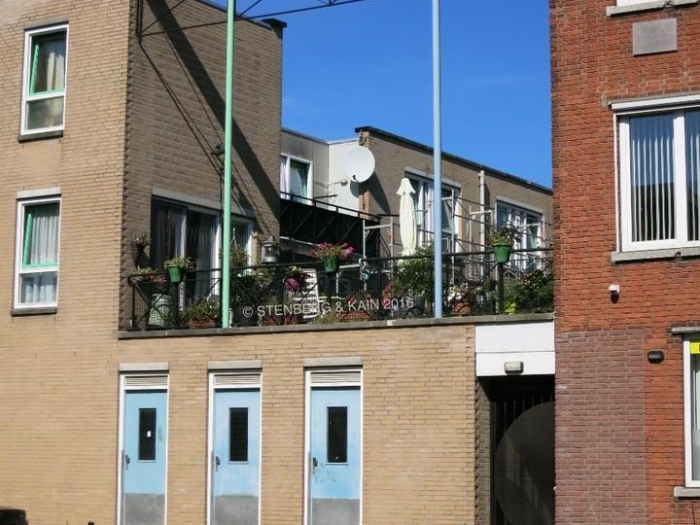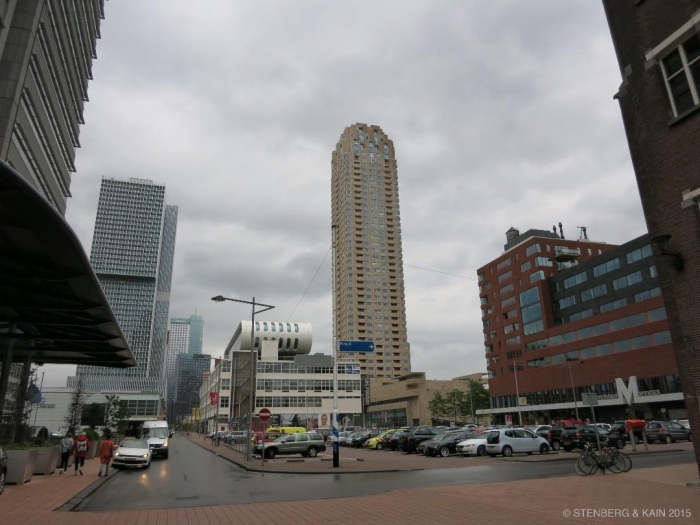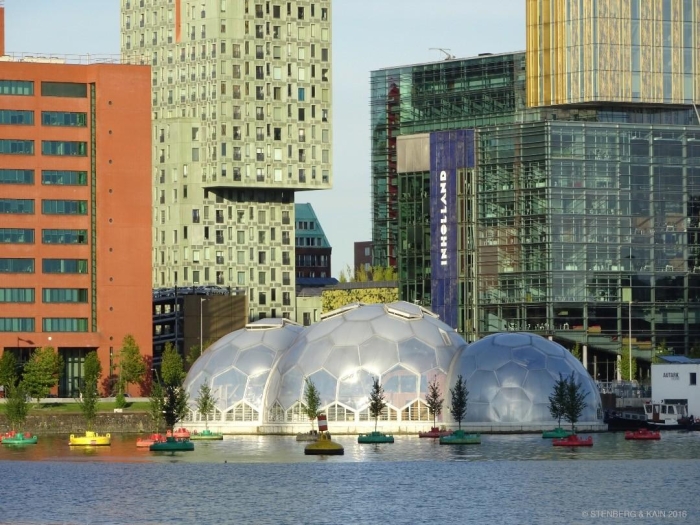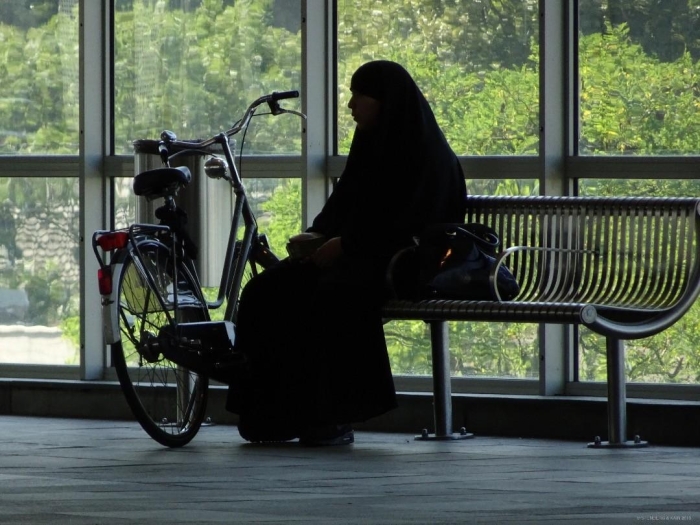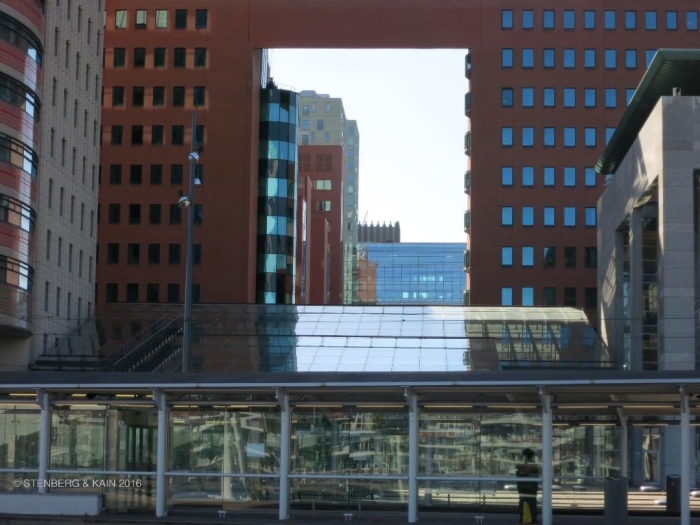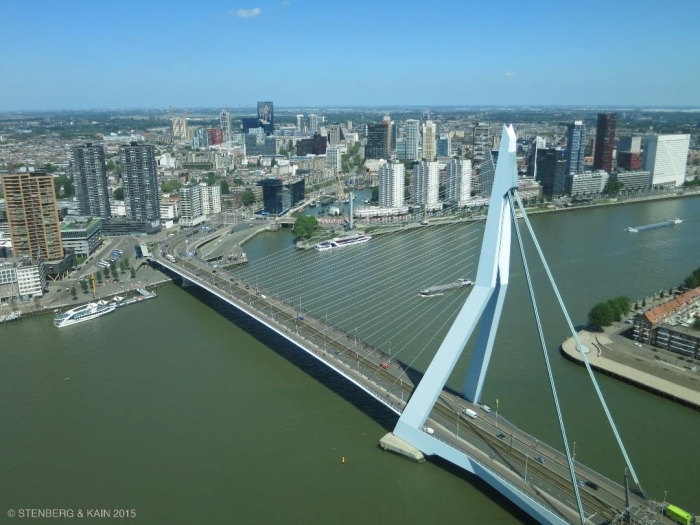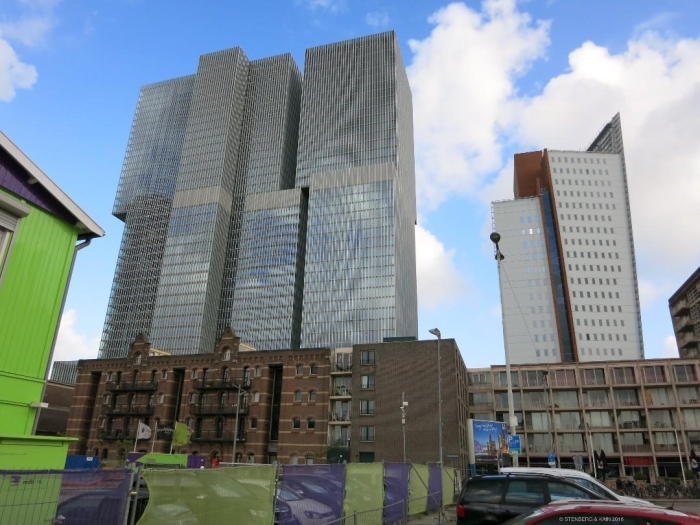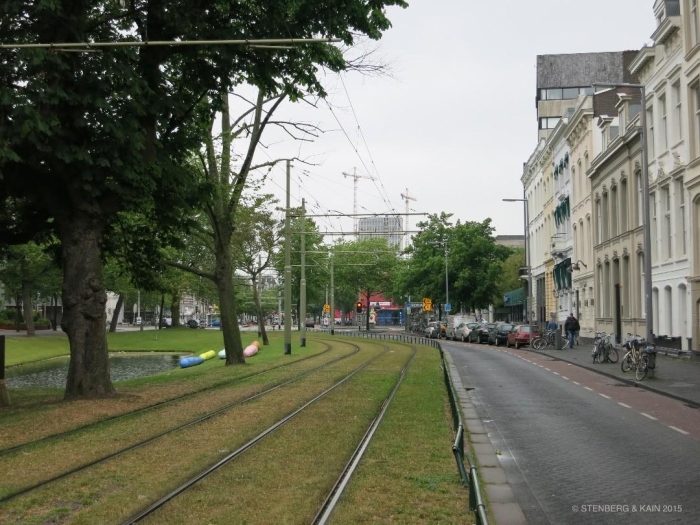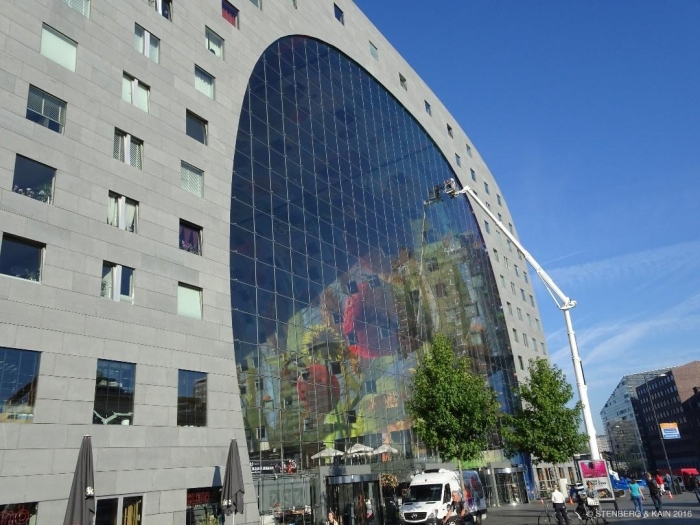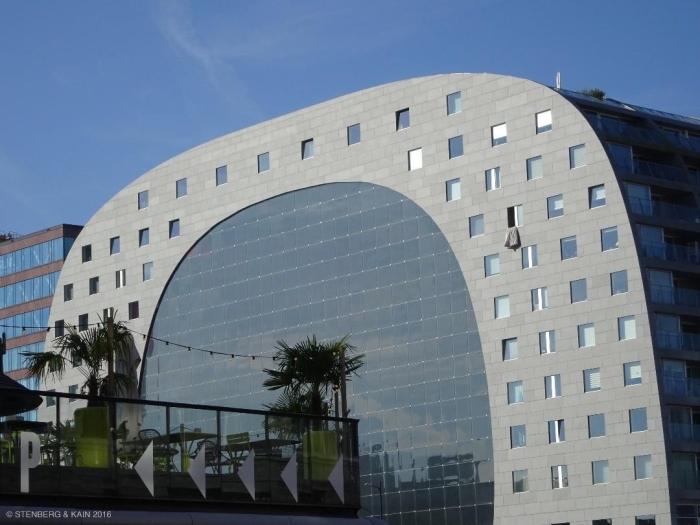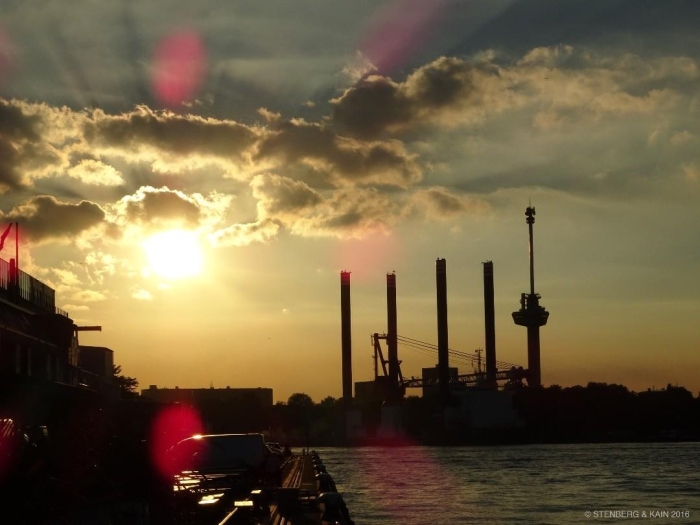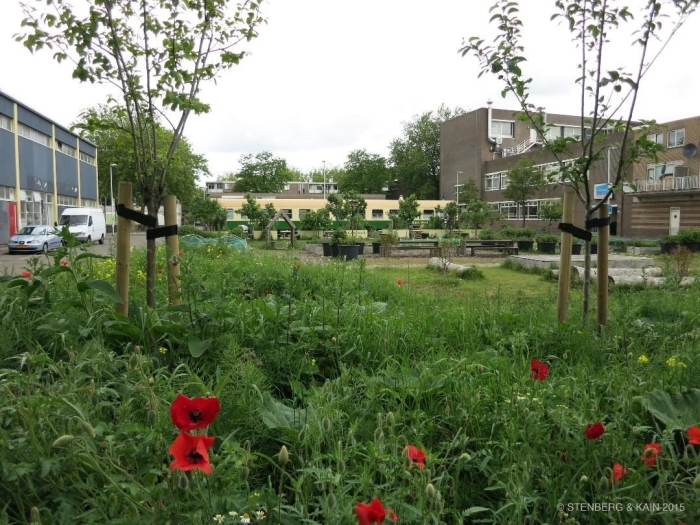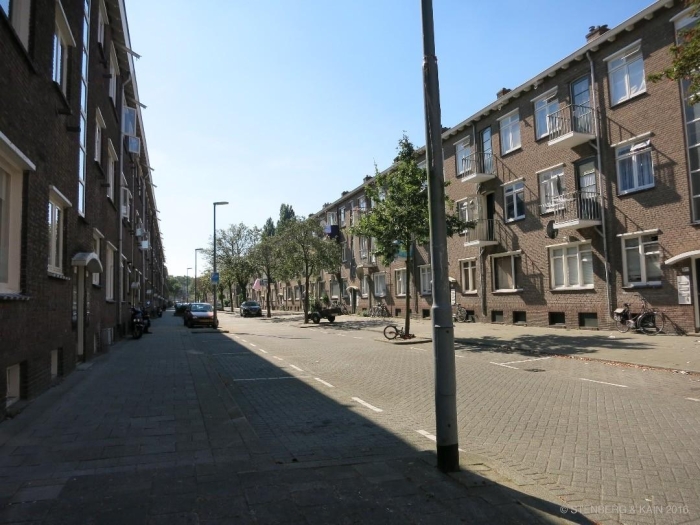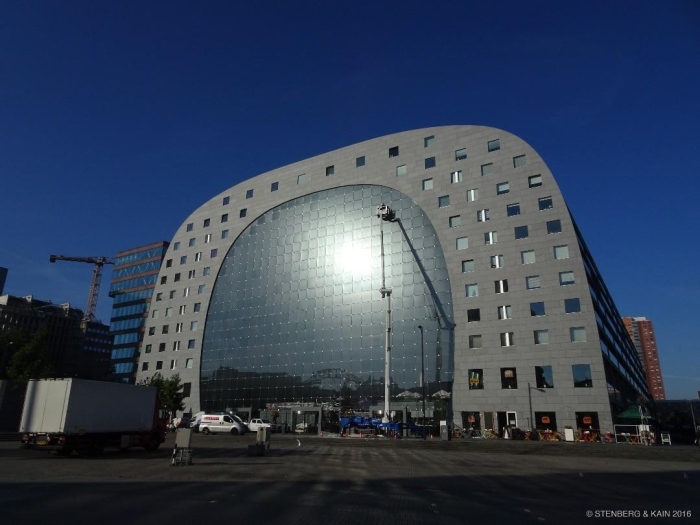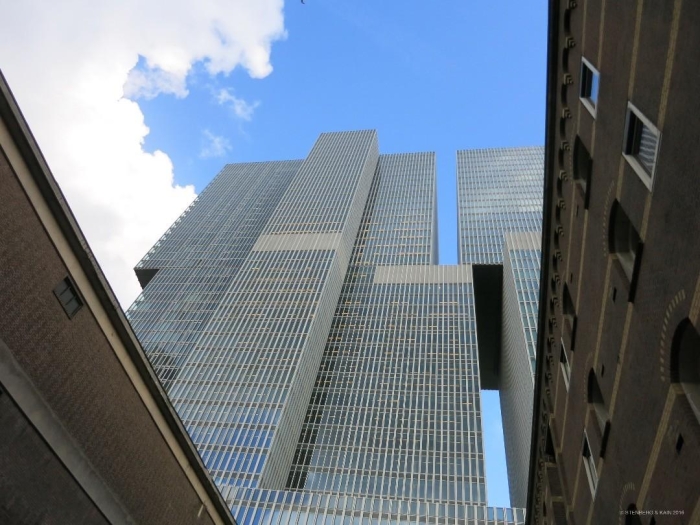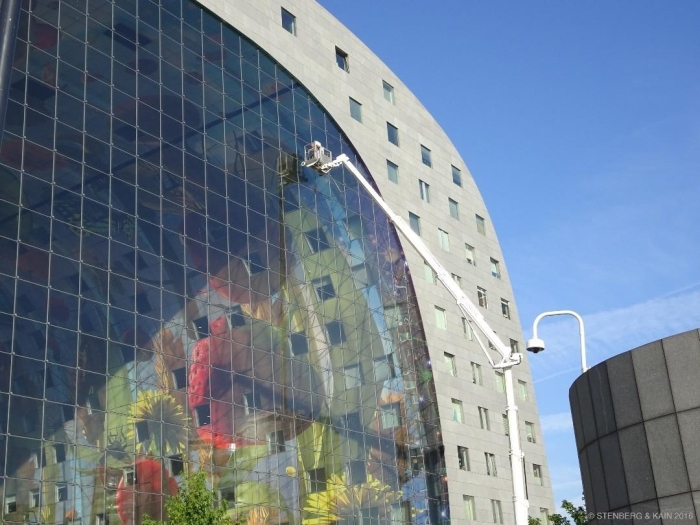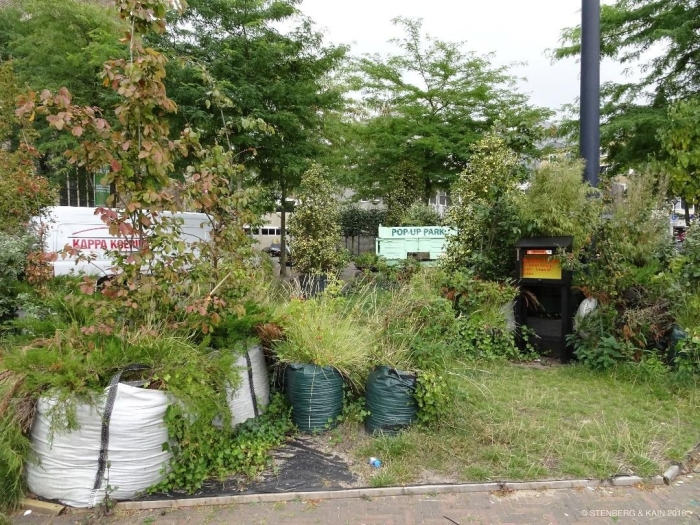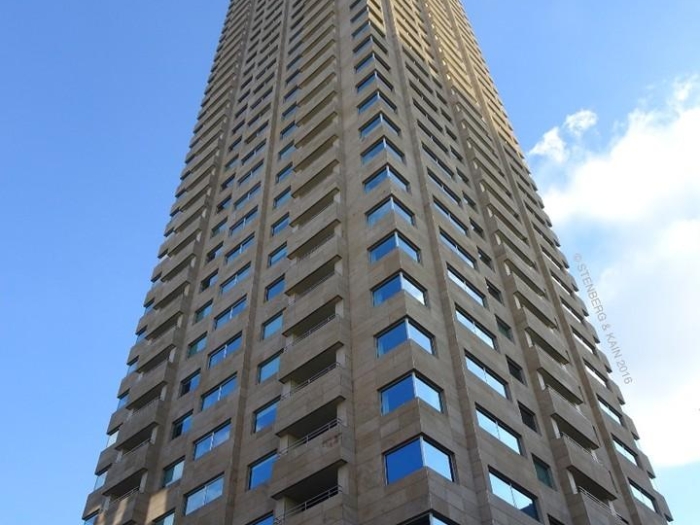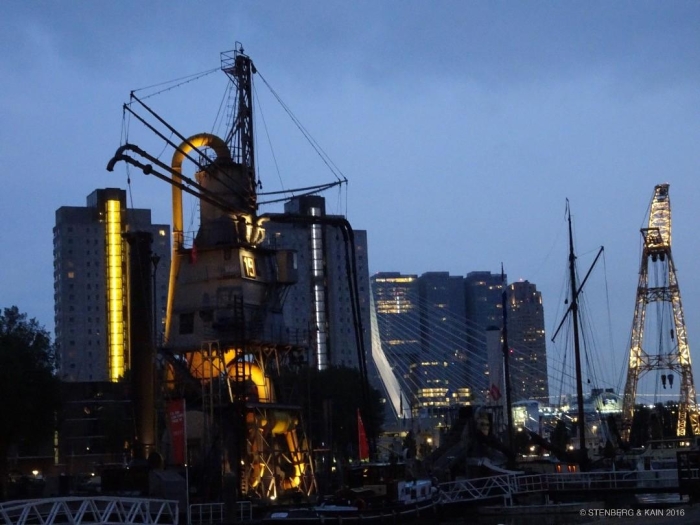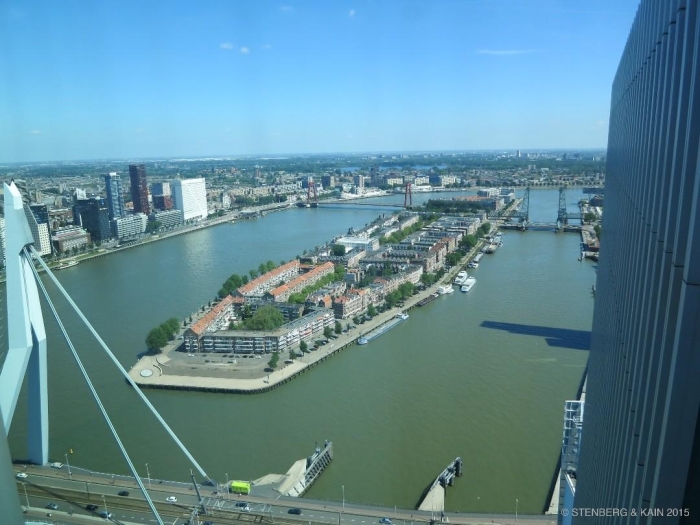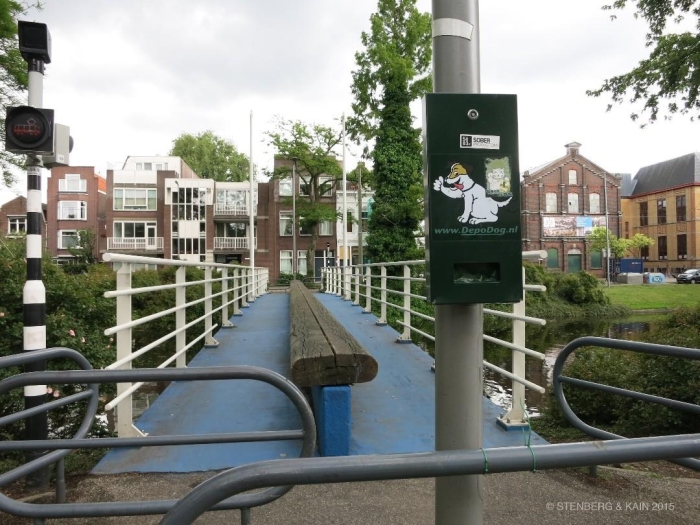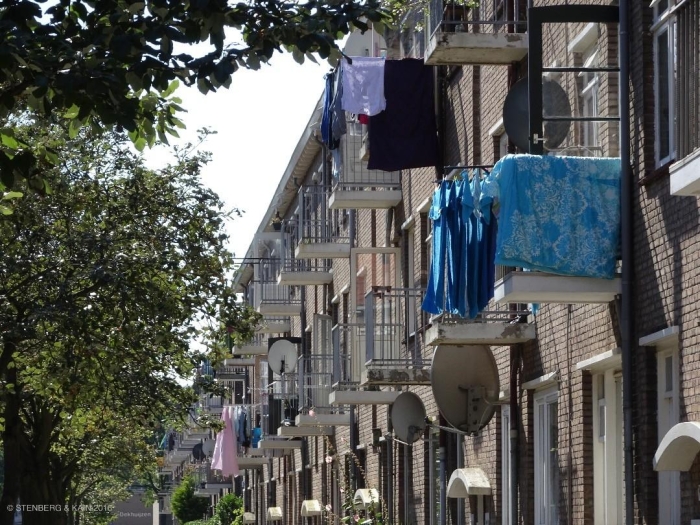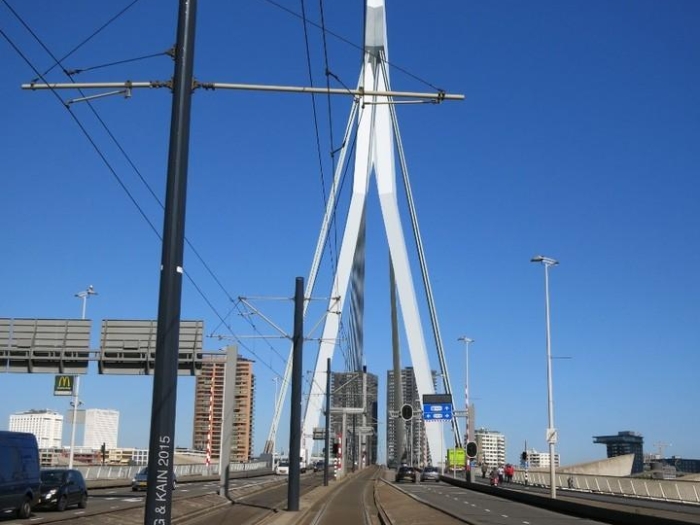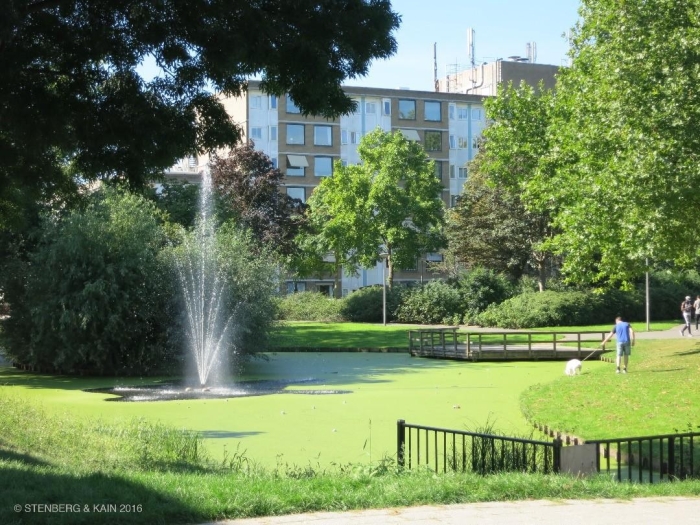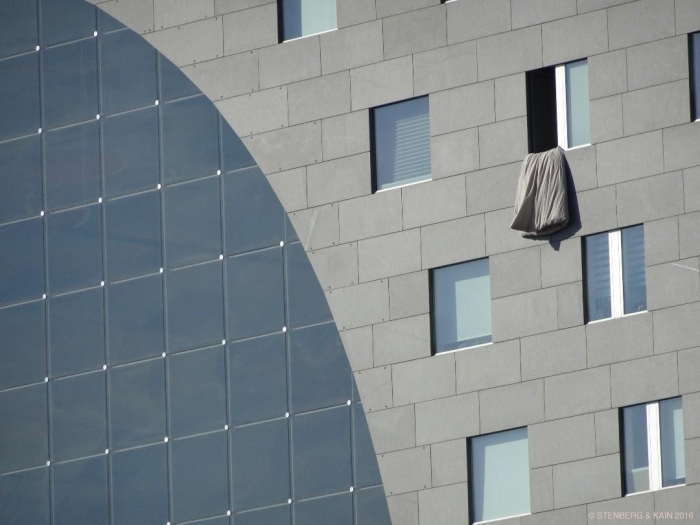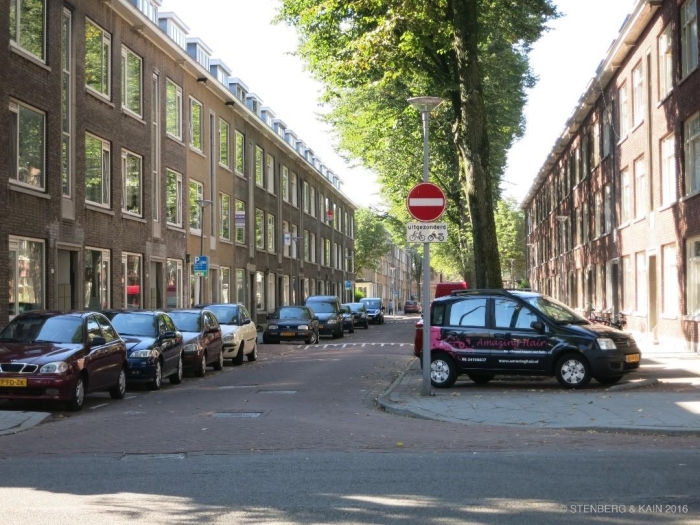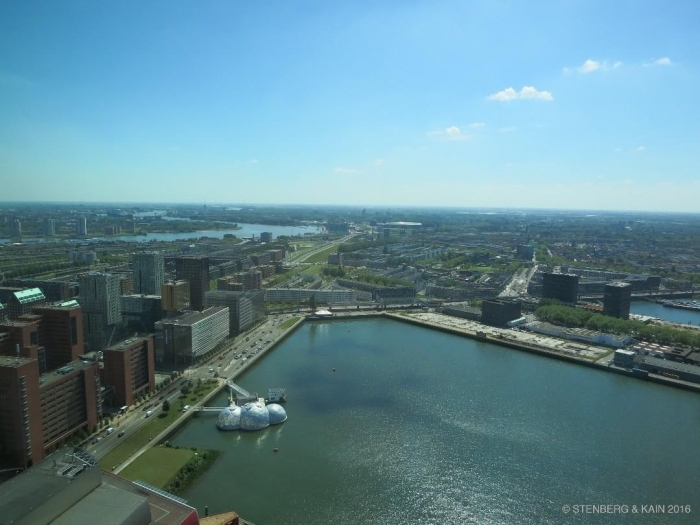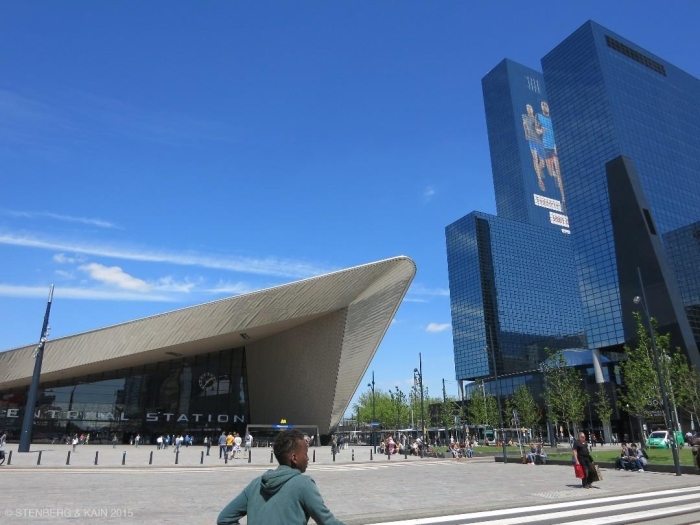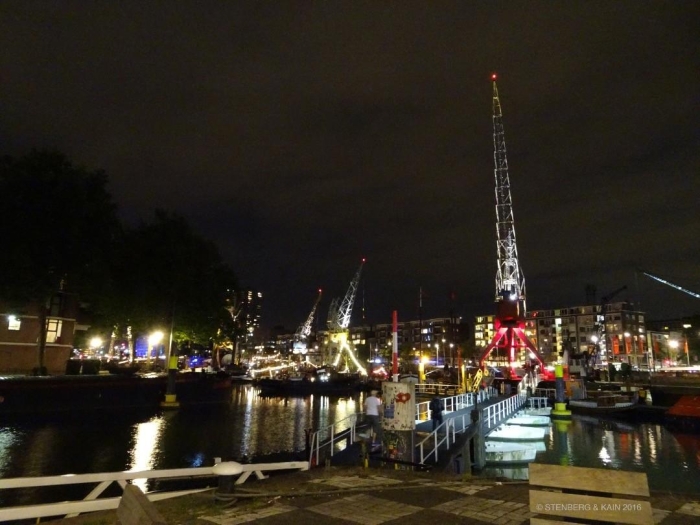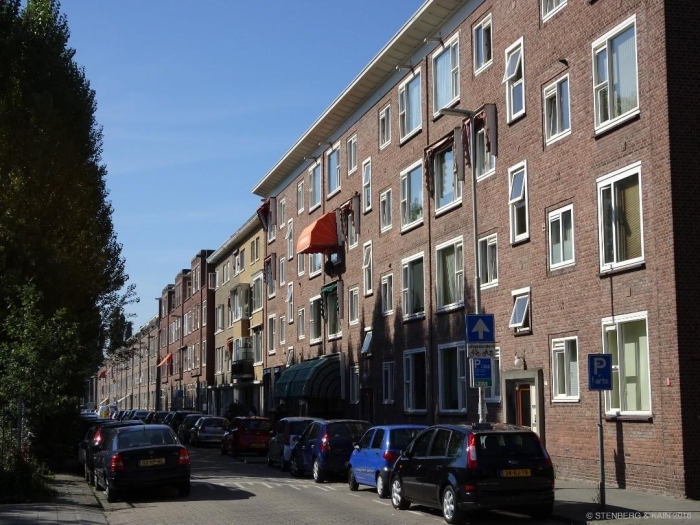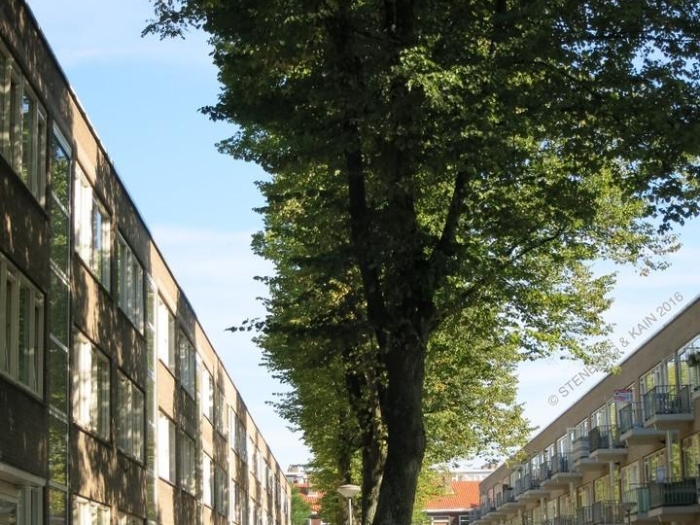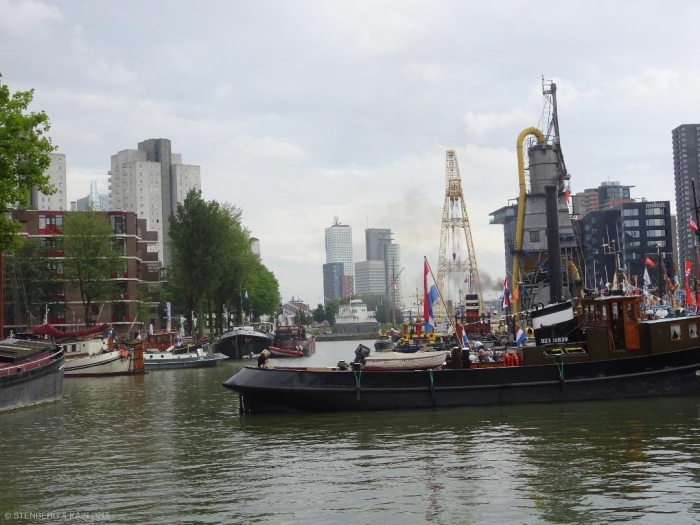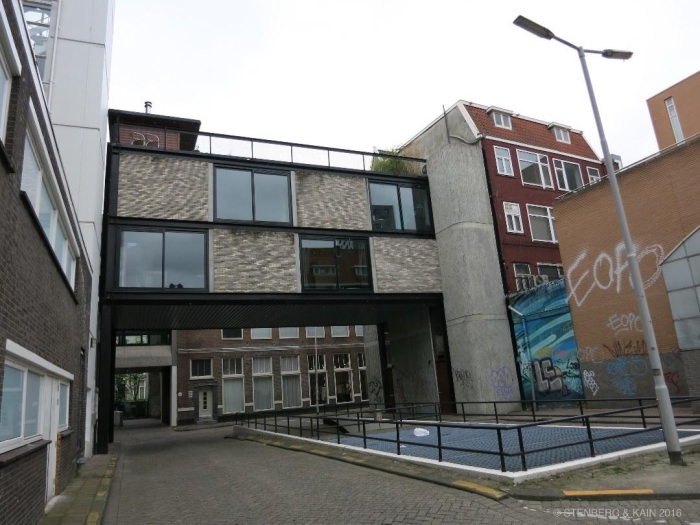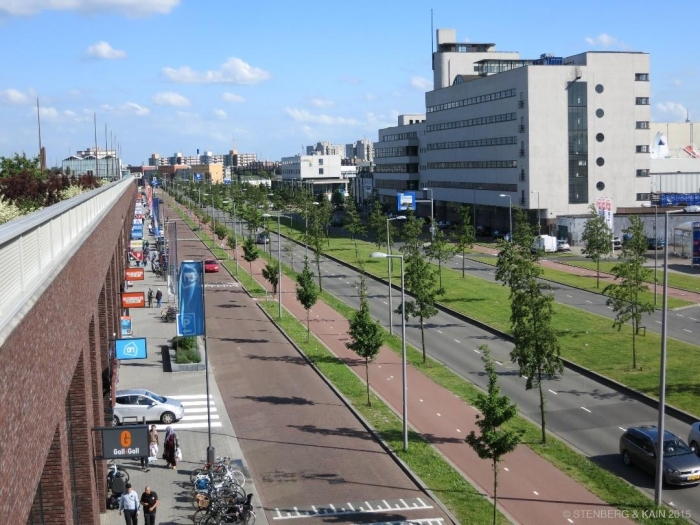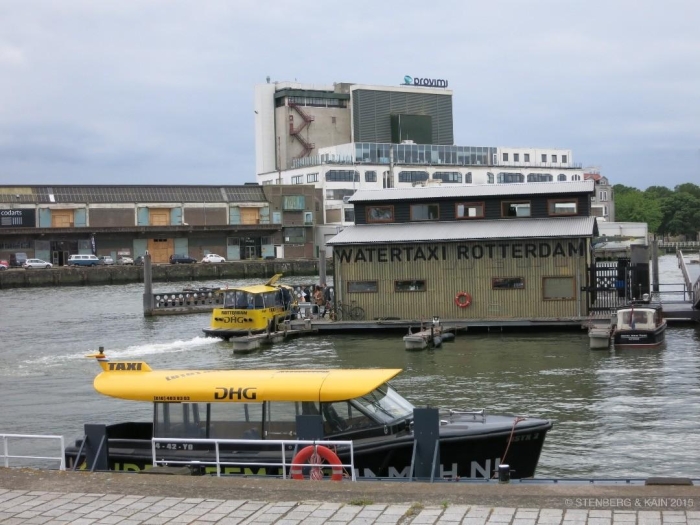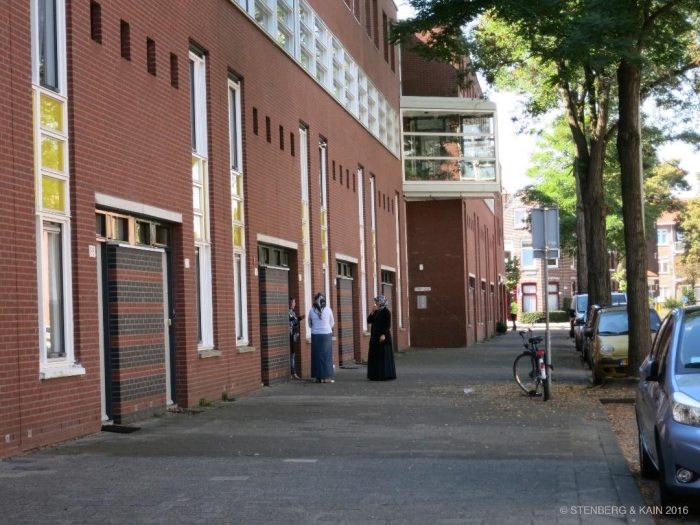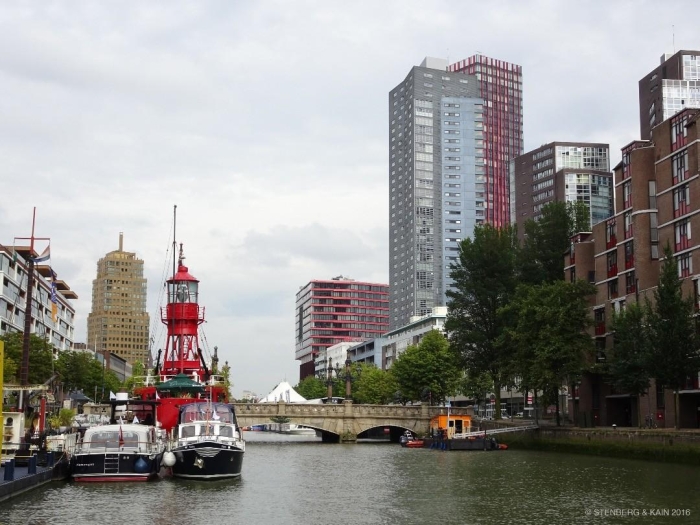International Research | two sister projects
Compact Cities?
Exploring qualities, drivers and strategies for promoting mixed-use urban development
Barcelona | Rotterdam | Gothenburg
Research and policy argue for more compact cities – referring to higher urban densities and mixed use – but there is little clarity on what actually needs to be made more compact to achieve all the purported benefits. There is also poor understanding of how different development drivers co-produce or counteract compact cities, where such drivers are active within multiple sectors and at multiple governance levels. Additionally, knowledge is lacking regarding how compact cities could best be achieved through strategy-making and transition processes taking place within the different sectors and at different levels.
The aim of the present project was to contribute to a more precise and operational understanding of which qualities a compact city actually needs to include and how they can be promoted and realized. This was achieved by meeting the following objectives:
- To develop a consistent, efficient and useful system of metrics for urban qualities linked to urban compactness.
- To develop a framework for an integrated understanding of urban development drivers of different kinds and at different levels.
- To develop recommendations for how strategies and strategy-making processes may support transitions towards
Urban densification was studied in Barcelona, Rotterdam and Gothenburg, and developed knowledge was applied to the Gothenburg context.
Funder:
Formas
Budget:
6 million SEK
Time period:
2014–2016
Compact Cities?
Exploring qualities, drivers and strategies for promoting sustainable urban development
Buenos Aires | Cape Town | Havana | Kisumu
Research and policy argue for more compact cities to respond to sustainable development challenges. However, there is little clarity on what actually needs to be made more compact. This is especially the case for informal settlements in Sub-Saharan Africa, where generic, North notions of urban qualities, are even detrimental to positive urban change. This project contributes to a precise and operational understanding of which qualities should be the result of more compact cities and how such qualities can be promoted.
The aim of the present project was to contribute to a more precise and operational understanding of which qualities should be resulting from more compact cities and how such qualities can be promoted and realized – all of this with a focus on informal settlement contexts in the global South cities. This was achieved by meeting the following objectives:
- To develop a consistent, efficient and useful system of metrics for urban qualities linked to urban compactness and informal settlements of the global South.
- To develop an integrated understanding of urban development drivers of different kinds and at different levels in contexts of prevalent informality and urban compactness.
- To develop recommendations for inclusive strategies and strategy-making processes supporting transitions towards beneficial urban development patterns in informal settlements.
The project applied case study methods, including document studies, ethnographic and participatory observations, interviews, focus groups and stakeholder workshops. The focus of the project was on urban change in informal settlements in Kisumu in Kenya, but field studies in Buenos Aires, Cape Town and Havana facilitated comparative learning and enhanced validity. Insights and recommendations are useful in wider South (and potentially North) contexts, as they contribute to the understanding of how to improve living conditions and life opportunities for the urban poor.
Funder:
Formas
Budget:
3,6 million SEK
Time period:
2016–2018
Participants
Chalmers University of Tecnology:
Jaan-Henrik Kain, project leader of Compact Cities
Jenny Stenberg
Marco Adelfio
Liane Thuvander
University of Gothenburg:
Maria José Zapata Campos, project leader of Compact Cities and Informal Settlements
Patrik Zapata
Maseno University Kisumu:
Michael Oloko
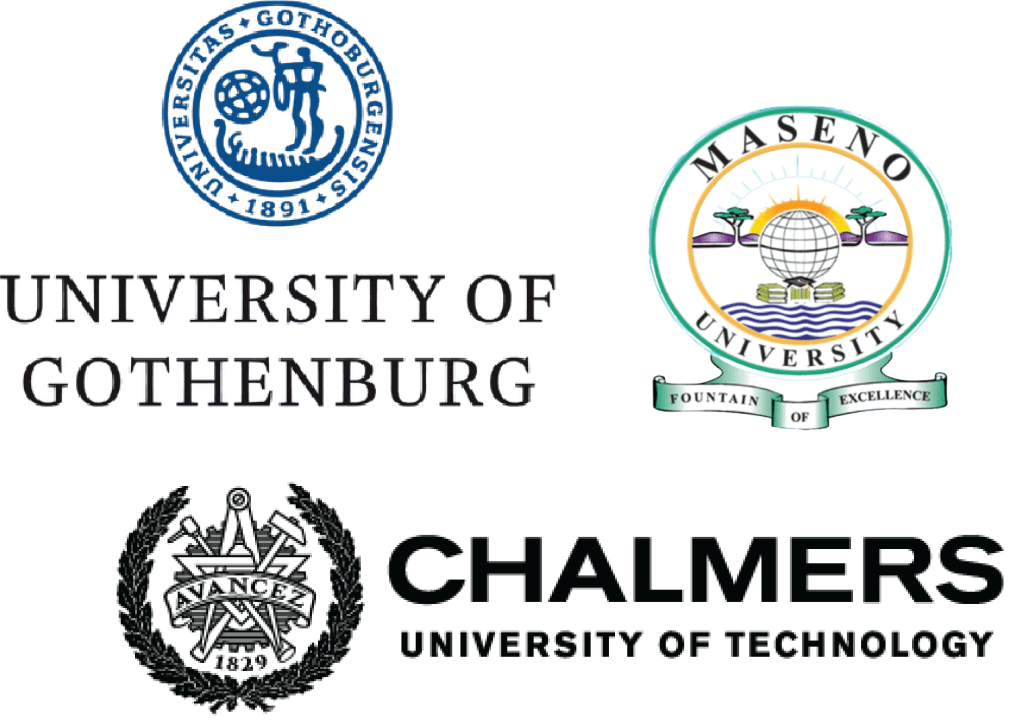
PROJECT RESULTS
— What we learned
”When densifying cities in both the global North and South, residents are affected by problems and movements arise that try to persuade politicians and officials to collaborate with civil society, so that densification will benefit those who already live there, which civil society believes is possible, so they are often positive about densification in itself, as long as densification is carried out in the right way – that is, a quality improvement that benefits them. We found four types of strategies: How to get a home; How to earn an income; How to create a community; and How to defend your home, income and community.”
Publications
Zapata Campos; Kain; Oloko; Scheinsohn; Stenberg & Zapata (2022). Residents’ collective strategies of resistance in Global South cities’ informal settlements: Space, scale and knowledge. Cities 125. –>
Stenberg, Jenny; Liane Thuvander; Kain, Jaan-Henrik; Marco Adelfio (2021) Linking research, education and citizen codesign: compact cities as social intensification. SN Social Sciences 1:248 –>
Zapata Campos, María José; Jaan-Henrik Kain; Michael Oloko; Jenny Stenberg; Patrik Zapata (2022). Urban qualities and residents’ strategies in compact Global South cities. The case of Havana. Journal of Housing and the Built Environment. –>
Kain, Jaan-Henrik; Jenny Stenberg; Marco Adelfio; Michael Oloko; Liane Thuvander; Patrik Zapata; María José Zapata Campos (2020). What Makes a Compact City? Differences Between Urban Research in the Global North and the Global South. Scandinavian Journal of Public Administration 24 (4): 25-49. –>
Adelfio, Marco; Jaan-Henrik Kain, Jenny Stenberg, Liane Thuvander (2019). GISualization: visualized integration of multiple types of data for knowledge co-production. Geografisk Tidsskrift–Danish Journal of Geography. –>
Adelfio, Marco; Jaan-Henrik Kain, Liane Thuvander; Stenberg, Jenny (2018). Disentangling the compact city drivers and pressures: Barcelona as case study. Norsk Geografisk Tidsskrift–Norwegian J of Geography 72(5): 287-304. –>
Activities
2019-11-15 Kisumu
In November 2019, we were in Kisumu to report back what we learned in Buenos Aires, Cape Town and Havana, and take the common learning a step further, by carrying out workshops in the informal areas of Nyalenda and Obunga with around forty participants in each neighbourhood. The workshops started with a slide show with photos presenting the three cities we learned from and how qualities and problems in informal areas in these cities were presented by the inhabitants living in them. We then presented some of the results on what strategies inhabitants have had in the three cities, to overcome the challenges they face in everyday life. We found four types of strategies: How to get a home; How to earn an income; How to create a community; and How to defend your home, income and community. The strategies took different forms in the three cities and this was shown by examples in the slide show.
After that presentation, the participants were working in groups, gathered around large aerial photographs of their neighbourhood. The task was to choose a few of the important challenges that the area is facing in their opinion, and propose some kind of concrete solution of something to create, to meet each challenge. The creations should be location-based and pointed out in the aerial photo and it should be discussed how the creations can be accomplished on the initiative of themselves and other appointed actors.
Their results were then presented to everyone. Some officials from the county, the municipality and the academy, who also had joined, expressed great interest in passing this knowledge on to their organizations. Hopefully, this imply that inhabitants’ own knowledge, experience and opinions will be brought into urban transformation processes and influence planning to some extent. Some examples of results were that they in Nyalenda highlighted the need to safeguard certain places as public space, since such areas, which are very important for the community, tend to disappear when all land is built up when the city becomes more dense. They also, both in Nyalenda and Obunga, emphasized the need to improve important neglected service such as sanitation and waste management, hand in hand with practical training of young people who otherwise face unemployment with crime as the tempting way out. They proposed such a focus to be manifested with a building for education and linked to safeguarding public space. In another example, from Obunga, they focused at the status of access roads to the informal area and evacuation routes when someone is sick or when they are going in and out with goods and services. The participants were very engaged and seemed to think that the workshop method strengthened them in their efforts to improve the areas. Their results in the form of maps and texts were handed over to the communities after the workshops. The maps can be seen here among the attached photos.
The research project of Compact Cities and Informal Settlements has with this last visit to Kisumu formally come to an end. We warmly thank everyone involved and hope to see you again in new collaborations!
2018-11-17 Cape Town
A last roundtrip in Langa before leaving South Africa. Our tourist guide Siviwe Mbimda showed us where he grew up and took us around in the areas close to it. Last but not least the kids and youth he is training – Happy Feet – showed their skills. Very professional dancing and drumming!!
2018-11-05 Cape Town
Here are all the posters presented in the exhibition 2 Nov 2018 at Guga S’tebe in Langa. The posters were handed over to the community after the exhibition. All material was also handed over to the community on a USB to be spread to interested inhabitants in Langa.
2018-11-03 Cape Town
The exhibition in Langa showed the final results of the 110 Maptionnaire surveys carried out by community workers in collaboration with visiting researchers and architects from CS Studio. The results were discussed by Langa inhabitants. They came to the conclusion that it is now very important for them to form a Local Development Plan for Langa – and make use of the Maptionnaire results for that purpose. They decided to initiate such a process immediately, starting with a public meeting next Thursday.
2018-11-02 Cape Town
We have also made Household interviews with inhabitants in Langa. We walked around and knocked 41 doors during two days. These interviews were about the background, thus we asked where people came from if not born i Langa, the reason to settle down there, the qualities and problems they face, what drives the development in their opinion, and the strategies they have to tackle difficulties.
2018-11-01 Cape Town
Another method was to walk around and make our own observations, documenting what we saw using the software GIS PRO in a cell phone.
2018-10-29 Cape Town
During three days we made 110 maptionnaire surveys together with community workers in Langa. The inhabitants were asked about places they like and dislike in Langa and the motivations. They were also asked which routes they prefer and why, and if they would like to add or remove things on certain spots in the neighbourhood. The results were then imported to a software (maptionnair.com) and the results were shown in maps of Langa. These maps were presented for the community in a mid-way-workshop last Friday and the participants commented the results and added their views. We continue working with it this week, adding some more surveys from missing parts of Langa, and there was a final exhibition and discussion of the results at Guga S’tebe in Langa.
2018-10-27 Cape Town
Ikhayalami also work with re-blocking which is to replace shacks with new very cheap sheet metal housing, making them safer and adding bathrooms and a sink for the kitchen in each house. They have developed a participatory design method where the inhabitants design the area together, thus the replacement of all the shacks and the spaces in between.
2018-10-26 Cape Town
We have also made visits to other townships. In Khaylicha, Andy Bolnick showed the very interesting work of her nonprofit organization Ikhayalami. They are constructing new two-storey houses for people already living in the area, thus there is no eviction taking place. They also hire some people from the area for the work. Some photos are from their facebook page and their web page Ikhayalami.org
2018-10-25 Cape Town
Langa was one of the first townships in Cape Town, starting to develop in 1927. It was originally designed in a way to allow the authorities maximum visibility and control of residents. The census for Langa from 2011 says 52 401 inhabitants (16 958 per km²) and 1 7402 households (5 632 per km²). People we talk to think there live considerably more residents now.
2018-10-24 Cape Town
As part of the research project »Compact cities and informal settlements« we in October 2018 are in Cape Town for three weeks doing research in informal settlements together with Carin Smuts and colleagues in CS Studio Architects. The informal settlement we worked with in Cape Town was Langa.
2018-03-09 Gothenburg
Maptionnaire is a tool that the Swedish Union of Tenants in collaboration with research uses to give tenants influence in their residential area. The method inventory the tenants’ common voice/response and turn it into visualization to be used to communicate and put pressure on the municipality.
2017-12-15 Bolivia
The compact city’s counterpool – Salar de Uyuni.
2017-12-04 Buenos Aires
Here is the results of the Maptionnaire studies in Villa 31. We presented them in Canal Comunitario 5, Urbana Tevé, Buenos Aires.
2017-12-03 Mendoza
We spent the weekend in Mendoza and visited Barrio Brandsen in Rivadavia where we worked as architect students 30 years ago. The work was organized by teachers and students at the University of UTN and we were there to learn self-construcion of houses. Except from participating in their work during six months we made a participatory design of a community building, chased for material and built it together with the residents. This house in very cheap cross-cutting technology held for 30 years and had recently been replaced with a new community house built by the municipality. It was very emotional meetings with the inhabitants when we came to visit and it was great to see that many of them who constructed their homes still stay there and developed their houses.
2017-12-02 Buenos Aires
We visited two housing cooperatives in Palermo where members with help from the cooperative act developer and construct their own homes in the form of social housing. The government have had a tradition of supporting housing cooperatives that are developing social housing but the new government is in the process of withdrawing this support. The first house we visit is an almost completed building with ten apartments in a three storey building. Here will live people who has been fighting for many years for an accommodation with dignity – it takes long time to fulfill cooperative housing. The second visit is a housing cooperative that has been existing for around 25 years. They occupied a semi-finished seven storey building that lacked surface materials, windows and furnishings and gradually together finished the construction.
2017-12-01 Buenos Aires
Villa 20 is an informal area situated alongside a highway not far from the new housing area of Villa Olympica. There is an ongoing governmental project which consists, of among other things, to tear down houses for opening up wider streets within the area to allow entrance for ambulance and fire fighting, and densify with new social housing at the boarder of the villa for the residents concerned. Some people in the area say that the new construction has been planned so that Villa 20 will not be visible from the highway where everyone will pass under the olympic games.
2017-11-30 Buenos Aires
We visit an area called Santander which is situated in one side of the informal area of Villa 15. Santander consists of narrow streets, lined with small apartments or rooms. These streets were on the initiative of the residents closed so they have dead ends which was done to increase the security. As far as we know there is no large govermental initiative in Villa 15 which means that the inhabitants rely on their social networks to develop the area.
2017-11-29 Buenos Aires
This is Villa 21/24, the first informal area we visited when we were here 30 years ago as architect students. The area has been densified a lot sinse then of course. Now there is a large governmental project going on to tear down houses along the river and densify with new social housing at other places within the area. In one way this is positive, as the houses close to the river were exposed to major problems of various kinds, however, the new apartments will cost more to live in.
2017-11-19 Buenos Aires
Maptionnare studies in Los Hornos in Moreno in Buenos Aires.
2017-11-18 Buenos Aires
Villa 31 close to the city centre where we were today is one of the oldest informal areas in Buenos Aires, starting to grow already in the 1930s. The houses are quite high here, up to 6-7 floors sometimes, and there are plenty of shops and street life. Now the authorities plan to move the highway from the area, which cut through over the area. Houses are demolished. New houses are also built. The project is controversial in many different ways. What problems will it solve, what qualities will it give? Could the resources be used better, for schools and other local needs? With the help from researchers, teachers and students from UNGS we made around 50 Maptionnaire studies in the area, showing places the interviewed inhabitants appreciate and places with problems. The last pictures are new municipal houses in construction, with very critizised architecture.
2017-11-17 Buenos Aires
Today we were visiting two recycling cooperatives giving income to residents from informal areas. They convince residents in the prosperous areas to sort out recyclables, which they come and collect and divide into fractions and sell. In that way, they help to change the behavior of the middle class, while getting an income. The next step is to get the municipalities to understand that this participative waste collection is worth paying them for on a regular basis, i.e. to recognize residents from the informal areas as workers and to contract them. One of the cooperatives also built a school for adults and serve kids from the surroundings lunch, they also take care of kids when the parents work.
2017-11-15 Buenos Aires
This is Los Hornos in Moreno in Buenos Aires. The area started to grow around 10 years ago and quite recently it suddenly growed very rapidly, in just one month half of the area was urbanized. Here we also have done around 50 Maptionnaire studies with students from UNGS. Yesterday we left the results – the maps – with the engaged women in the area and they are also available here soon.
2017-11-14 Buenos Aires
Here we are in Lugano in Buenos Aires, a modernist area with function divisions, large green courtyards and car-free options to move across the area, social problems, lack of health care, lack of renovation, ect. Really interesting to compare with Swedish similar areas – pros and cons.
2017-11-13 Buenos Aires
This is the very dense informal area La Cava of in San Isidro in Buenos Aires with around 5.000 inhabitants. Here we are doing Maptionnaire studies together with activist women living in the area and university students from UNGS.
Interesting article | Myths about slums
2017-03-25 Kisumu
As part of the research project ”Compact cities and informal settlements” were in Kisumu in Kenya for three weeks doing research in the informal settlements of Obunga and Nyalenda. We investigated qualities and challenges in these areas, to be managed when Kisumu grow as a result of urbanisation processes. We also searched knowledge about what drives the development and what strategies there are for dealing with the challenges and changes. Together with local associations we asked the inhabitants in Obunga and Nyalenda what they thought are the most important qualities to safeguard when the city grows and which challenges are most urgent to deal with for policy makers, planners and investors when taking an interest in the areas where the formal settlements are.
Except from doing interviews with inhabitants and municipal actors, we made focus group discussions with local leaders, landlords, sanitation and waste workers and other local entrepreneurs living and working in the two ares. We also with help from students and teachers from Maseno university did so called Maptionnaire interviews with inhabitants about what places in the areas they liked and disliked most, and how these places could be developed in order to improve quality of life for the inhabitants. The research project also learned from experiences in other cities: Buenos Aires, Cape Town and Havana.
2016 Havana
As part of the research project ”Compact cities and informal settlements” we visited Havana in Cuba to do research about compacting cities —what happens to informal structures there when cities become more dense and grow? The cultural heritage in the central parts of Havana is often stunningly beautiful and in great need of renovation in order not to be destroyed — a burning question is how to avoid gentrification. One thing was clear: Lots of apartments in Old Havana were for sale —the number of such signs had increased a lot in two years.
»Barbacoas« is a very common kind of resident-driven densification implying a very compact living —it’s a second floor built in the bottom floors to make space when families grow. Another kind of resident-driven densification is workers and sellers of different kinds in the streets, inhabiting the public space and coexisting with inhabitants using the streets as living room —it gives a feeling of safety and familarity. Street selling of vegetables is a common strategy for supply for immigrants coming from Eastern Cuba.
Most people walk, a car costs a fortune —thoroughly guarded at night. Recycling is part of the lifestyle due to scarcity —how can that be used to spread environmental-friendly development on a larger scale? Large scale housing in the outskirts of Havana —also in great need of refurbishment to save it from decay. Small scale housing in the outskirts of Havana —informality. The more informal —the harder to build.
2014–2015 Barcelona
We went to Spain to understand pros and cons with a compact cities, what do inhabitants and other actors say — is Barcelona the model? Or not…? If allowed to pick three problem with compact Barcelona? —1.tourism, 2.tourism, 3.tourism! However, at the same time, if it wasn’t for tourists it would never have been possible to survive the economic crisis —many agree on that. But, the number of tourists was far too many now —there was also consensus about that. The economic crisis in Barcelona and in the entire Spain was severe when we were there. It lead to banks forcing people out in the streets even if their homes remained empty —citizens demonstrated against bank expropriations of housing and got a great response from politicians as well as the establishment.
The city is known as very dense in terms of inhabitants —but it was not planned to be compact, it’s rather a result of the physical limitations of the sea and the mountains. The lack of green in the city is described as a severe problem by inhabitants —and there is also far too much motor traffic. Even if streets are narrow, still all types of vehicles are there —it’s messy but also slows down velocity. The harbor is important economically and the beaches are a recourse for tourism —lately motor traffic has been put in tunnel to link the city to the sea.
Democracy is not only voting, but also to meet inhabitants in-between elections — and in Barcelona they have special strategies to reach people that doesn’t vote, e.g. homeless inhabitants. The authorities have four other organized stategies for democracy than voting. As it seems activism has also a more significant role here than in Sweden. Same thing concerning the practice of place making. Very interesting also that people we met actively express their will for more social housing in their neighbourhood, as they consider continued social mix a prerequisite for a good life also for the middle class.
A traditional market is obligatory in all districts, and it’s affordable and well used —always put together with a super market to give synergy effects. Street life is vivid. Walkability is an important quality in a compact city —in Barcelona there are many roller staircases linking different levels of the city to facilitate for elderly to stay on in their homes and for all citizens to move more easily. Dogs are a motor for social life —they often meet every night at the same time and play freely while the owners talk.
The civil society is strong in the city. In one case we studied, the inhabitants had taked over their square instead of giving it up for the market economy —even if they were arrested for their protests. The city planned an underground garage and new buildings for apartments but the inhabitants in the surrounding social housing understood that the strategy was gentrification —pushing them out. They protested heavily and they made place for urban cultivation —effective ‘place making’. The entire place was now very lively with locals —even if the massive tourist life in Old Town was just around the corner.
2015–2016 Rotterdam
We went to Rotterdam to understand pros and cons with a city that wants to become compact, what do inhabitants and other actors say? Rotterdam is not at all dense —only five procent of the population live in the city centre, to be compared to an average of ten in other European cities. There is a gap between Rotterdam north and south —bridges is a strategy to link them, both physically and in people’s minds. Wilhemina pier is inbetween —can it be densified in a way that contributes to bridge north and south? There is plenty of empty space in former harbour areas —densification of them is high on the agenda. In the harbour area it is possible to compacting the city in new ways, taking into consideration mixing light industy and housing —taking advantage of the entrepreneurial spirit that exists in Rotterdam.
Facilitating for biking is very high on the agenda in combination with striving for high quality of public transportation —together this is considered a key factor for sucessful urban transformation. Adding more green to the city, or safeguard the existing, is discussed but not yet very visible.
The blue is considered a resourse and water may go may go hand in hand with green areas —there are actually ideas to cultivate and make smaller parks at the water. Icon buildings such as the new central station and the market hall are part of the strategy to populate the central city with conference visitors and tourists (instead of criminals and prostitution) and the idea is that this will enhance the city’s qualities also for the inhabitants —many municipal actors seem to agree that it is successful.
Social housing make up a large part of the housing stock —almost all municipal actors strive to reduce the proportion of it. Carnisse in south have small-scale apartment buildings that look nice at first glance —but for various reasons the houses hold many social problems and the criticism of the standard is extensive. Oude west, with quite a lot of social housing, borders to the central station area — is Oude west gentrifying or not? there are divided opinions. The large proportion of social housing, compared to other cities, is the main reason why actors consider gentrification a positive term i Rotterdam.
It is an explicit strategy to get the middle class wanting to stay in the city centre and in new housing at the piers —what qualities will that strategy give the city and which problems will it solve? The preconditions for social housing has changed radically —social housing associations are no longer allowed to integrate housing for the middle class with social housing. The critical issue is if the city’s densification plans, the flirt with the middle class, and the focus at conference visitors and tourists, will increase the city’s qualities even for the lower middle class and the working class or if they will be forced to leave Rotterdam —heading where?
2014 Havana – slideshow with sound
We made the first study visit to Havana and Cuba in 2014 as part of a previous research project funded by Adlerbertska. The idea of the visit was to learn more about citizen influence in planning, something that a Cuban researcher had talked about at a conference in Denmark, a method called ”Talleres para la transformación integral de los barrios” (TTIB). In addition to very interesting knowledge about this and participating in TTIB-workshops in different neighborhoods, we learned something completely new, namely a co-design method developed by an Argentine architect, Rodolfo Livingston, which was implemented in all municipalities in Cuba in the late 1990s. Being a “community architect”, as this role is called, is something that all architect students learn and can do. This knowledge was made use of in later research about collaborative housing. As architects, we also had a fantastic experience of a cultural heritag: Old Havana is one of the most beautiful and lively cities we have seen —hopefully it will last also when renovation of the cultural heritage continues.

